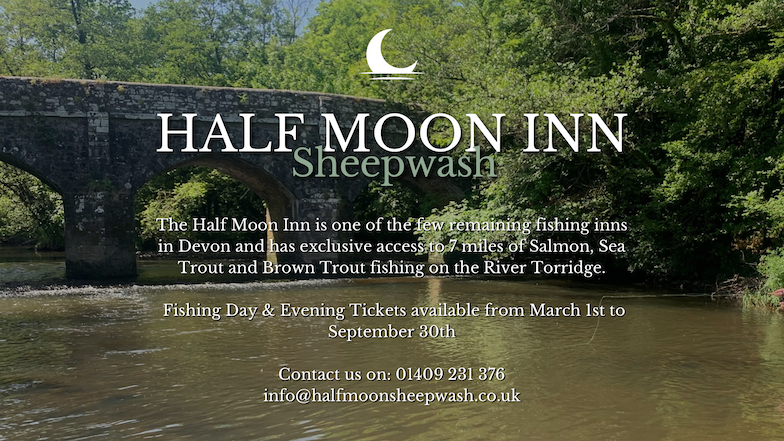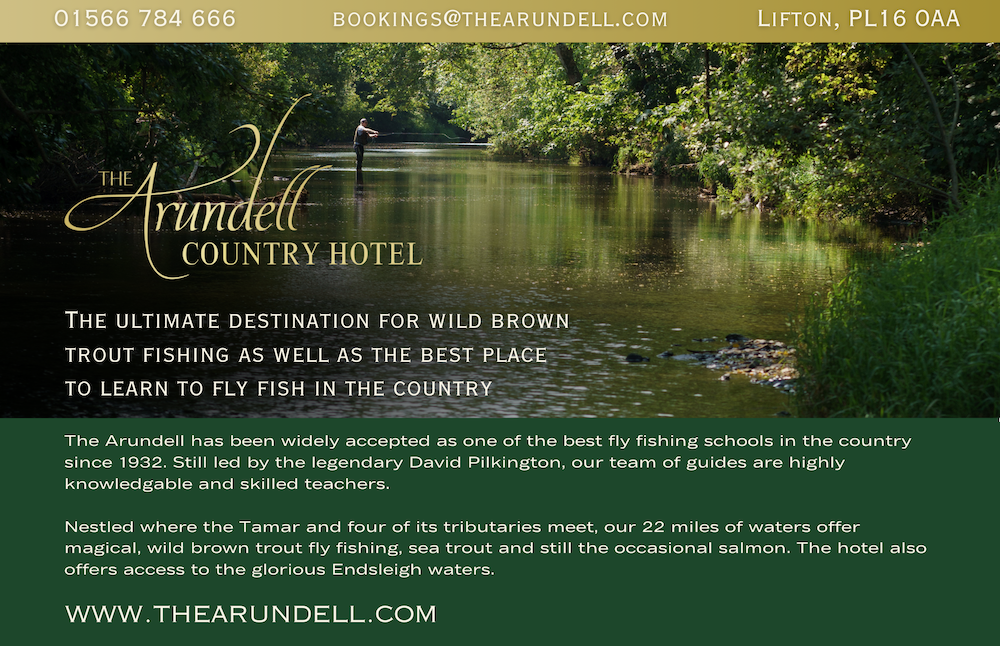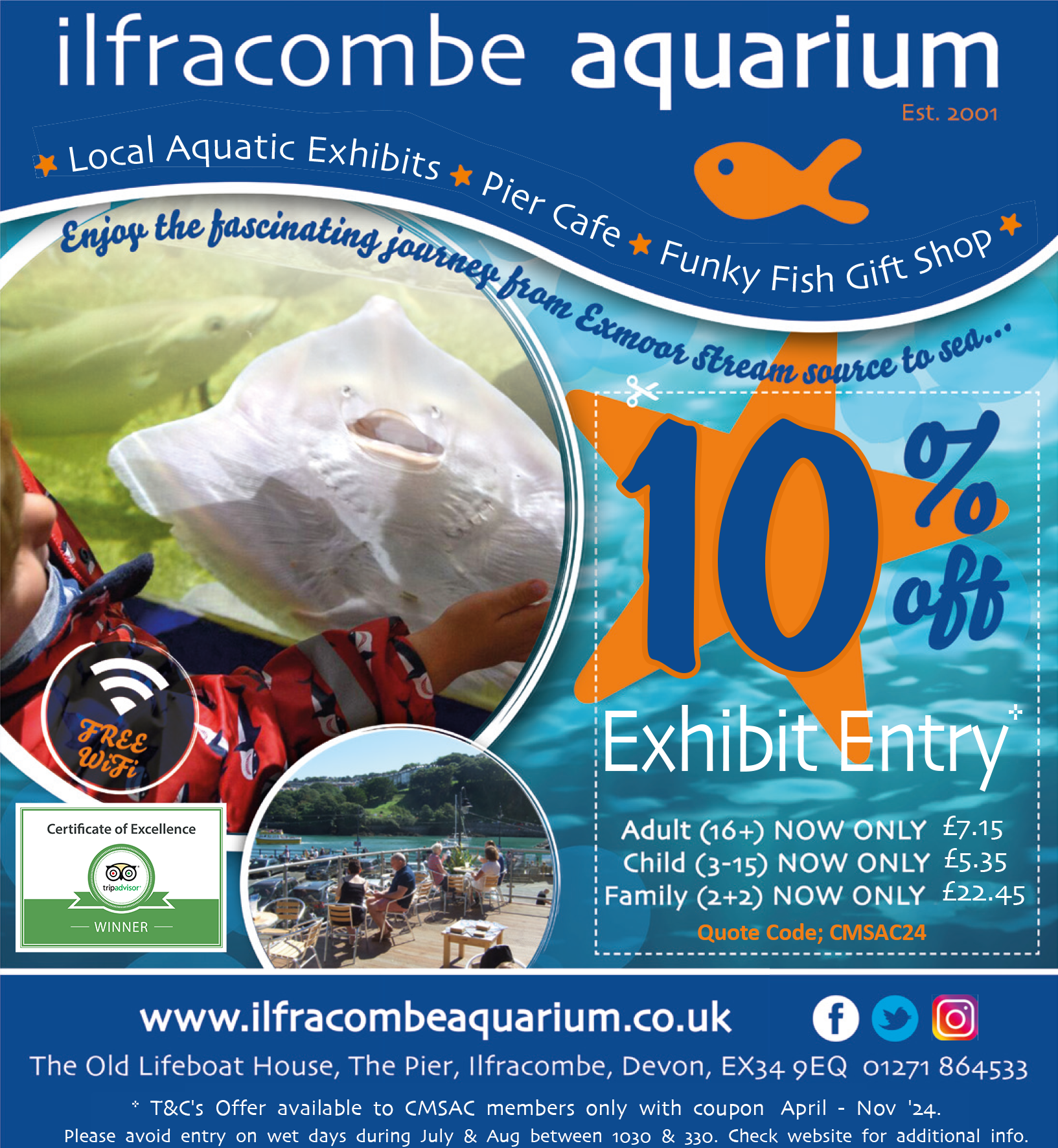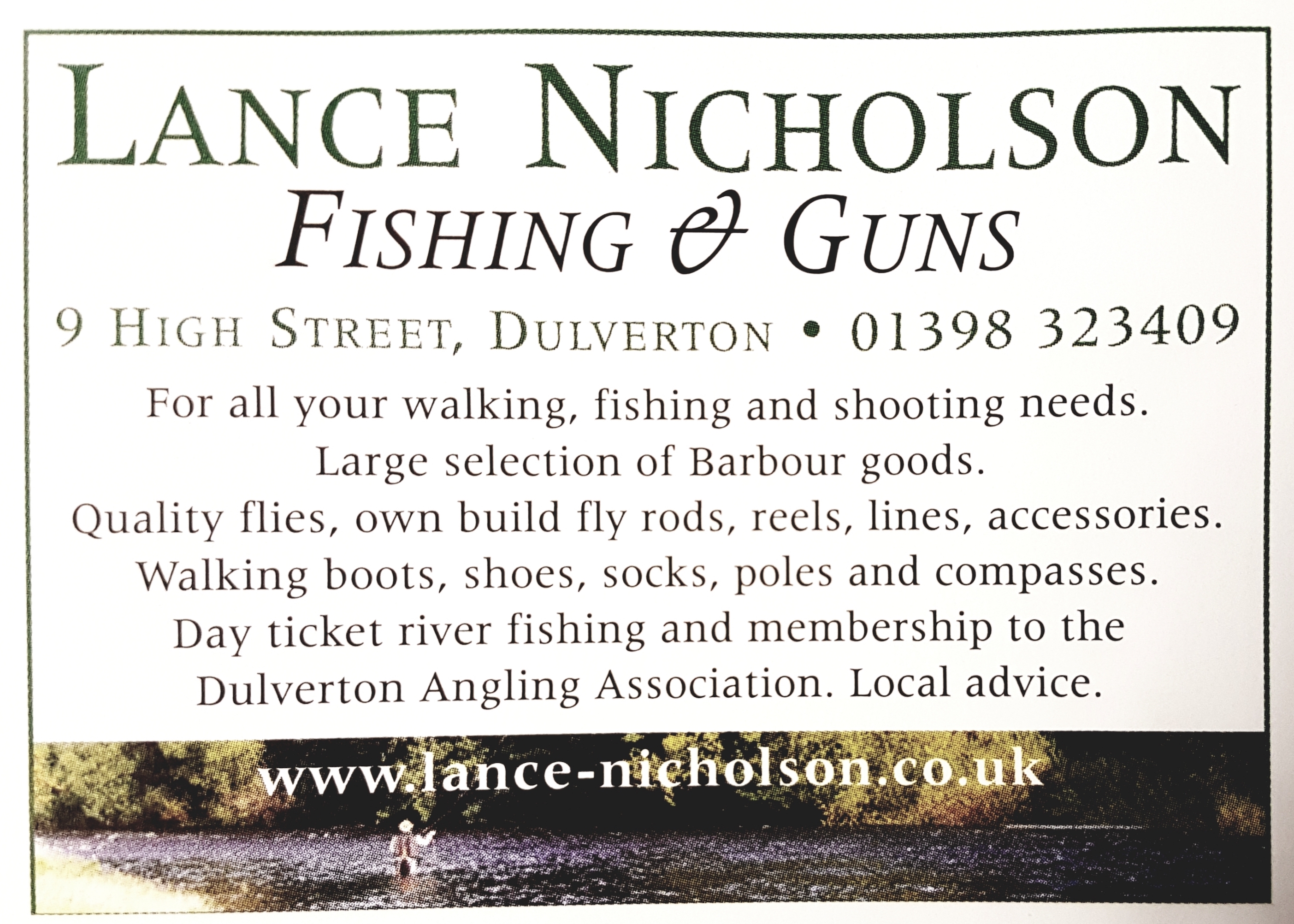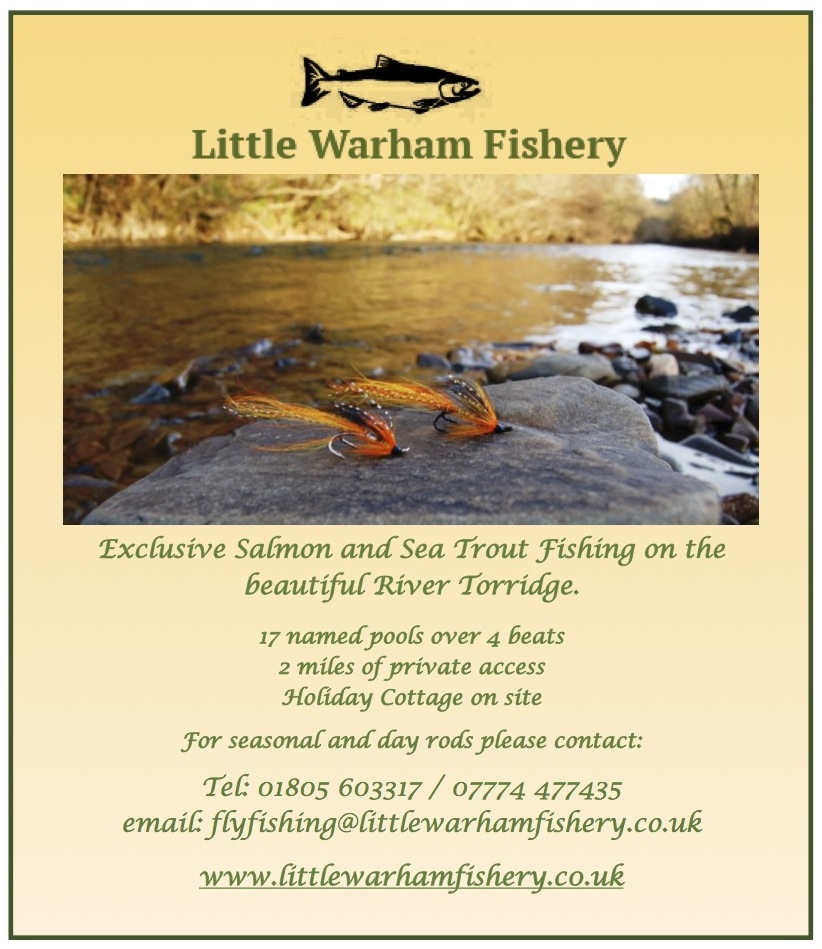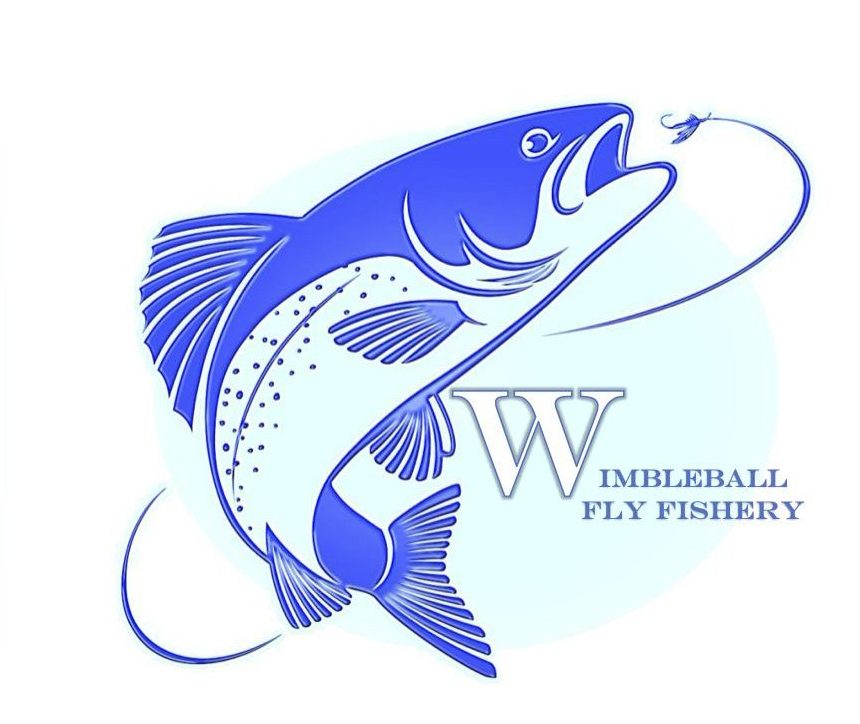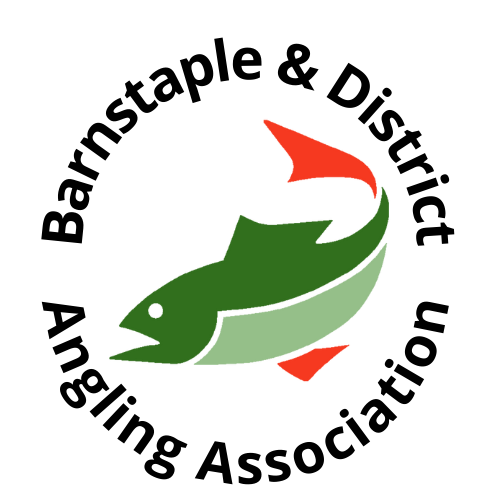 Water Temperatures on the River Taw have hit 20 centigrade and as a result The Barnstaple and District Angling Association have advised angler to cease salmon fishing on the River Taw this advice is suggested acroos the river system to protect these valuable fish from undue stress during these heatwaves.
The Barnstaple and District Angling Association
Due to current low water conditions and the very high temperatures we have been advised to cease all salmon fishing on the river Taw from today.
To save stocks we, your committee are in full agreement so there will be no further salmon fishing until the situations improves .
We will continue to monitor and advise you when salmon fishing can resume.
Best regards
Committee B&DAA
– The Barnstaple and District Angling Association
|
West Country Rivers Trust – Shad Survey
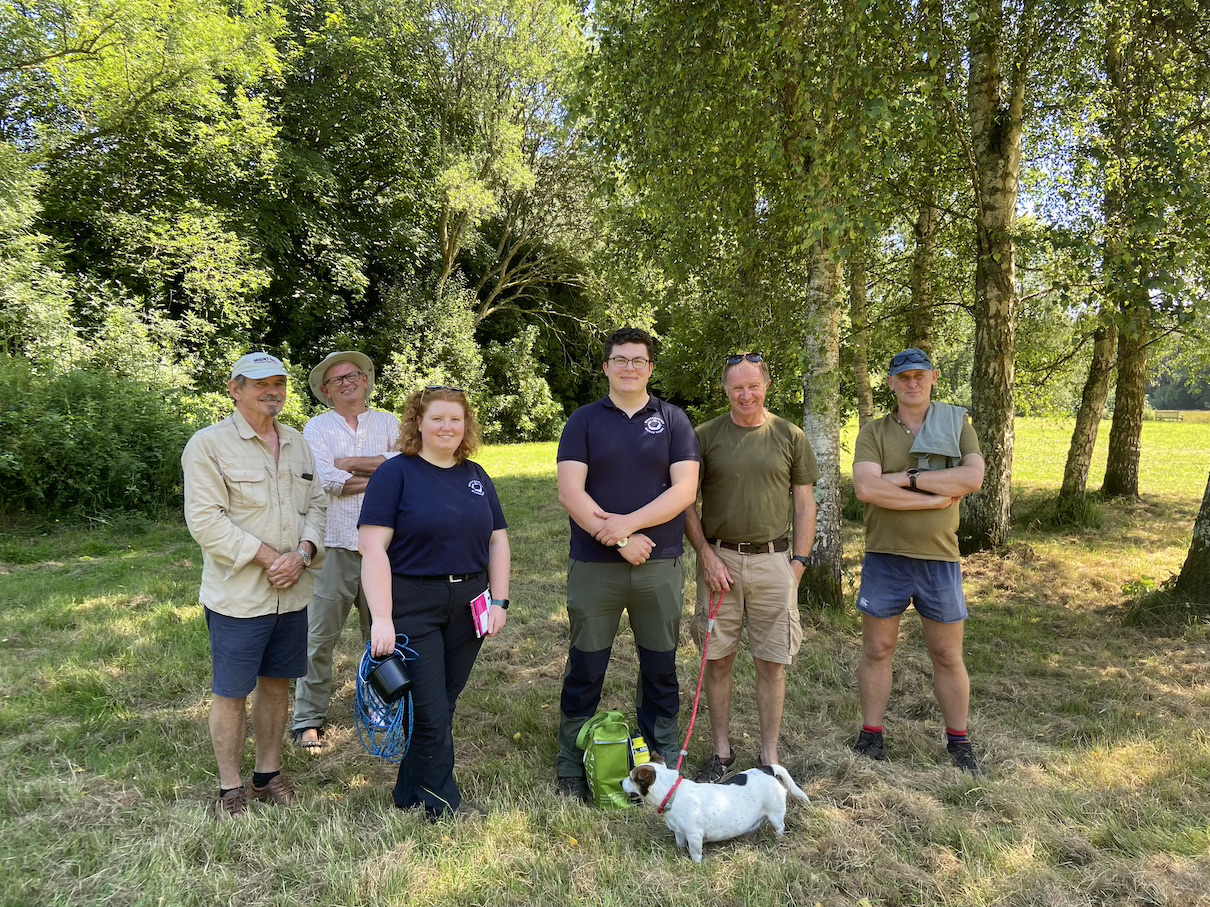
The Westcountry Rivers Trust recently arranged a volunteer workshop at the Fox and Hounds Hotel at Eggesford to train members of local angling clubs to embark on DNA data collection in relation to shad migration in the Taw catchment. Barnstaple & District Angling Association, South Molton & District Angling Club, Taw Fishing Club and the River Taw Fisheries and Conservation Association were all represented and issued with sampling equipment.
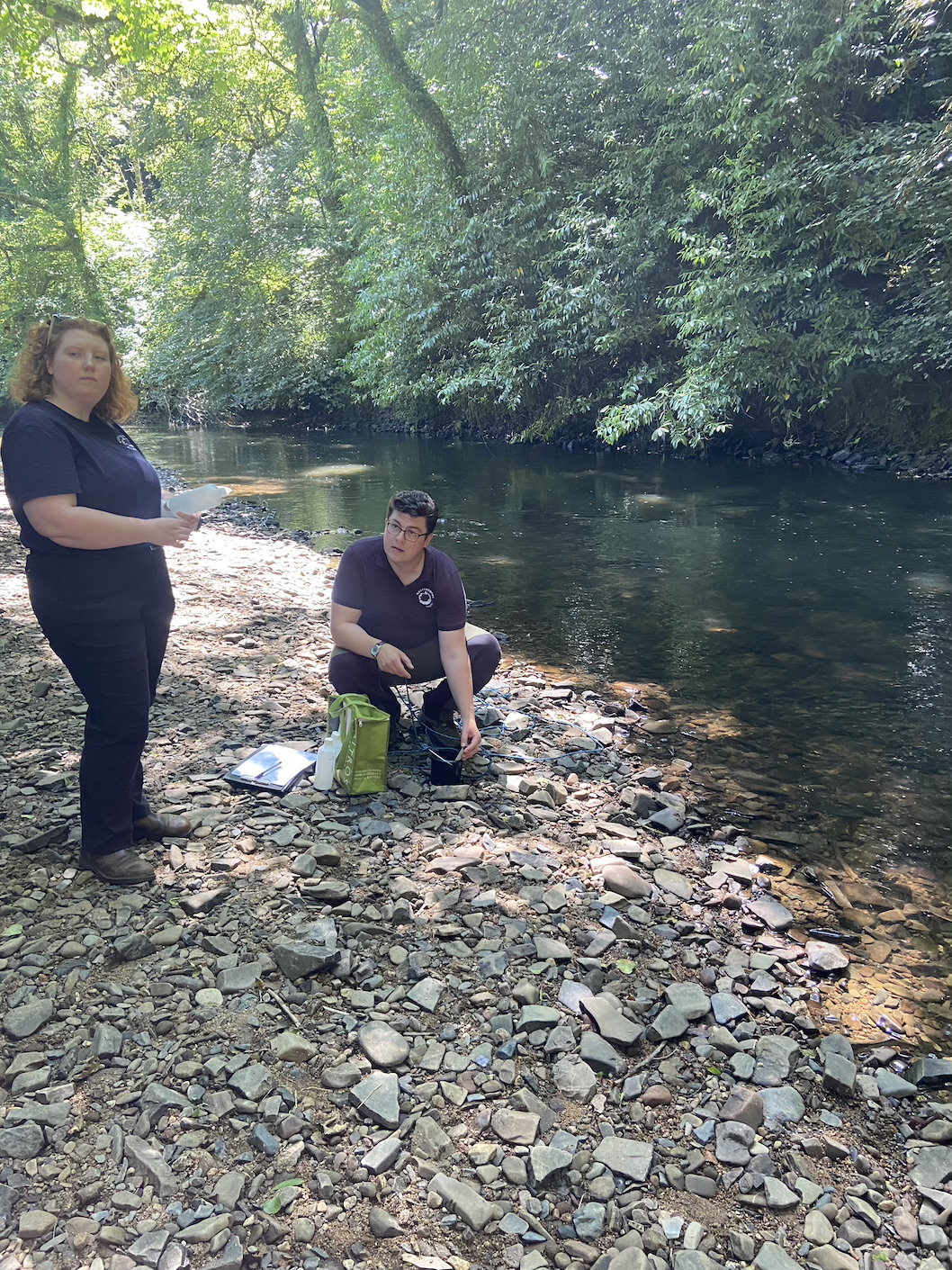
Samples have now been taken from selected sites ranging from the estuary in Barnstaple, tributaries on Exmoor’s fringe and the central stem of the river in deepest rural Devon. Exeter University will be analysing the samples to trace where shad have been present in the catchment.
I joined fellow South Molton Club Member and River Taw Fisheries and Conservation Association member Ed Rands to sample various tributaries of the Taw. It was an enjoyable way to spend a Sunday morning visiting various locations including the River Bray and Mole at Meeth Bridge, The Bray at Stags Head, Filleigh, The Mole at Alswear ,the Little Dart at East Worlington and Chulmleigh Bridge. Along with the Taw at Nymet Roland.
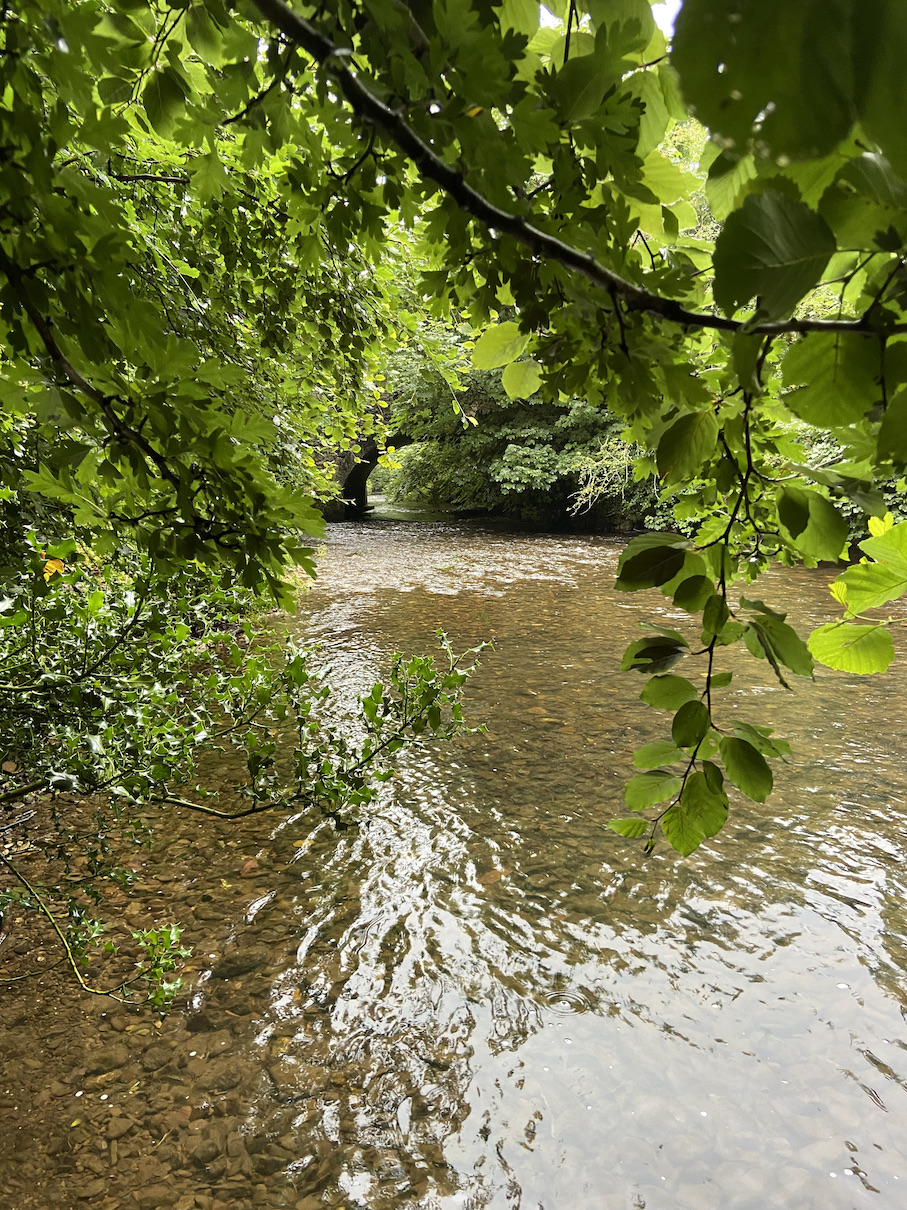
Ed’s intimate knowledge of the Devon countryside and its people proved fascinating and his reminiscences of fishing at the various locations was revealing. Devon has countless miles of narrow country lanes and meandering rivers that dissect a rich and varied landscape. Pretty thatched cottages, manor houses and country churches that exude a rural idyl.
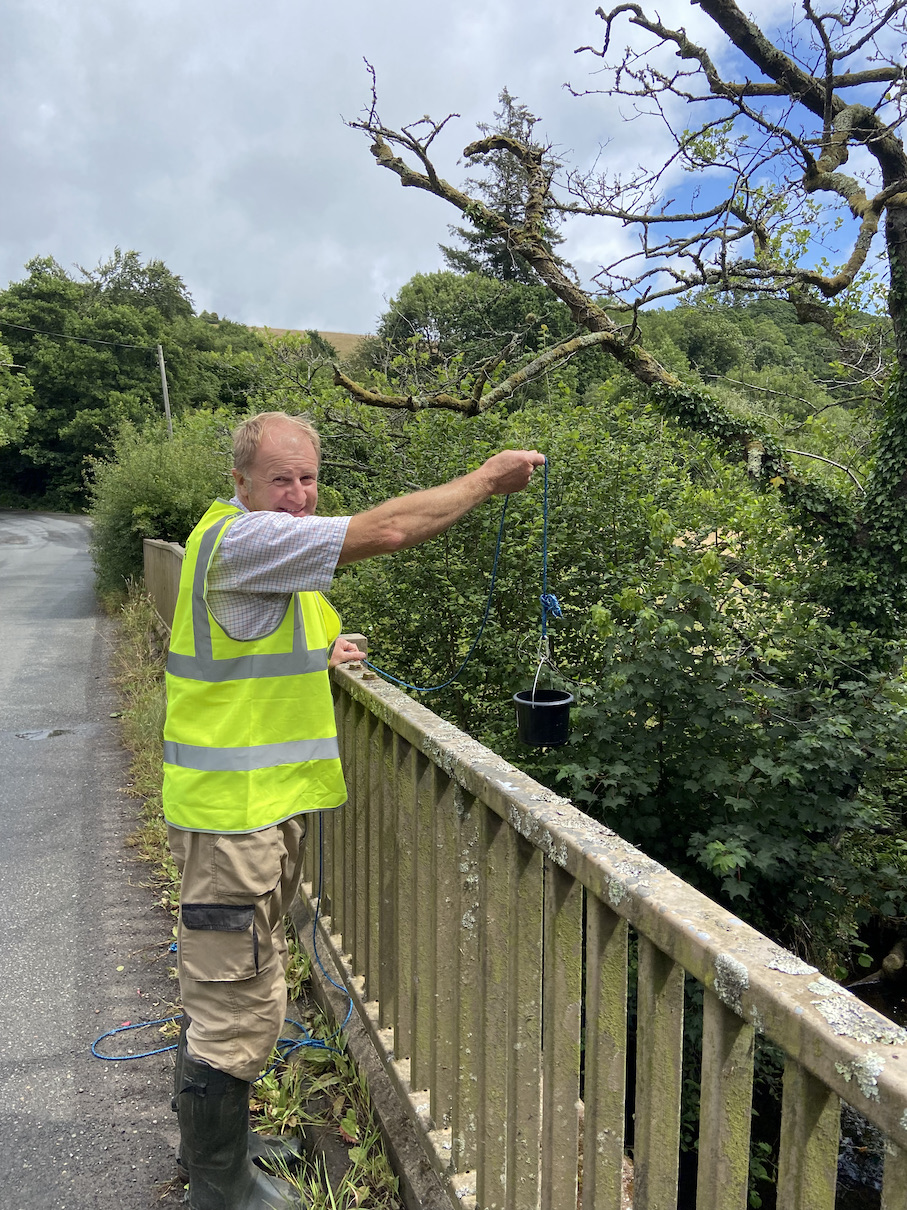
Through this seemingly perfect rural idyl flow the rivers that are the proverbial arteries of this green and pleasant land. If you talk with anyone who has spent time over the years beside our rivers a picture develops of a much degraded eco system. It is tragic that we have allowed this to happen over recent decades as industrial farming and extensive development spreads across the region.

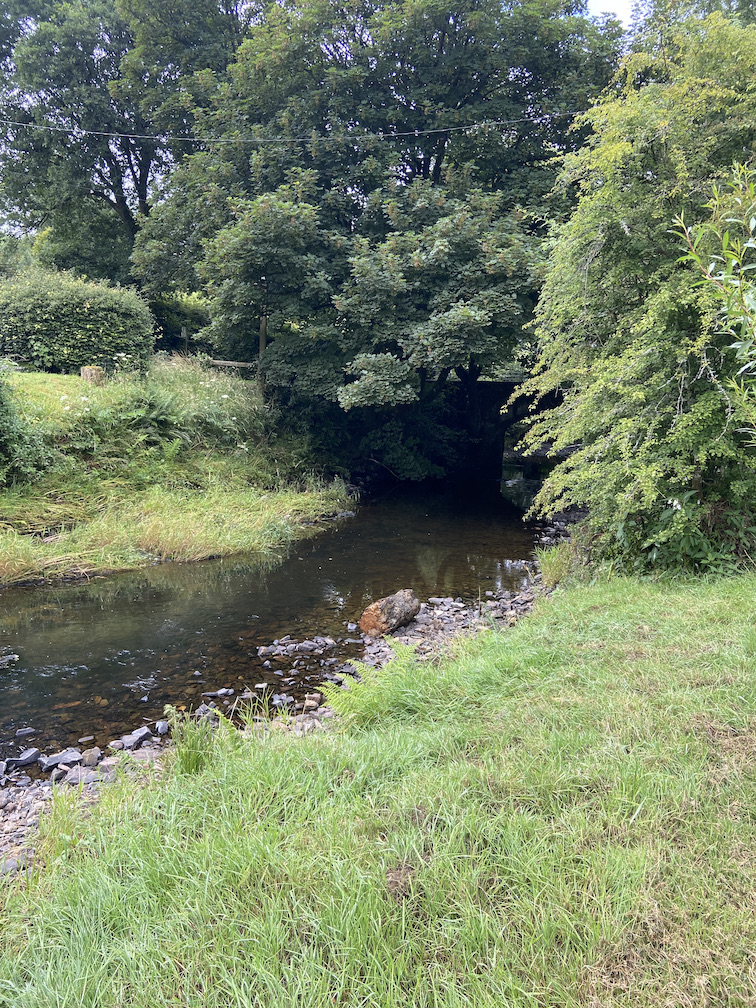
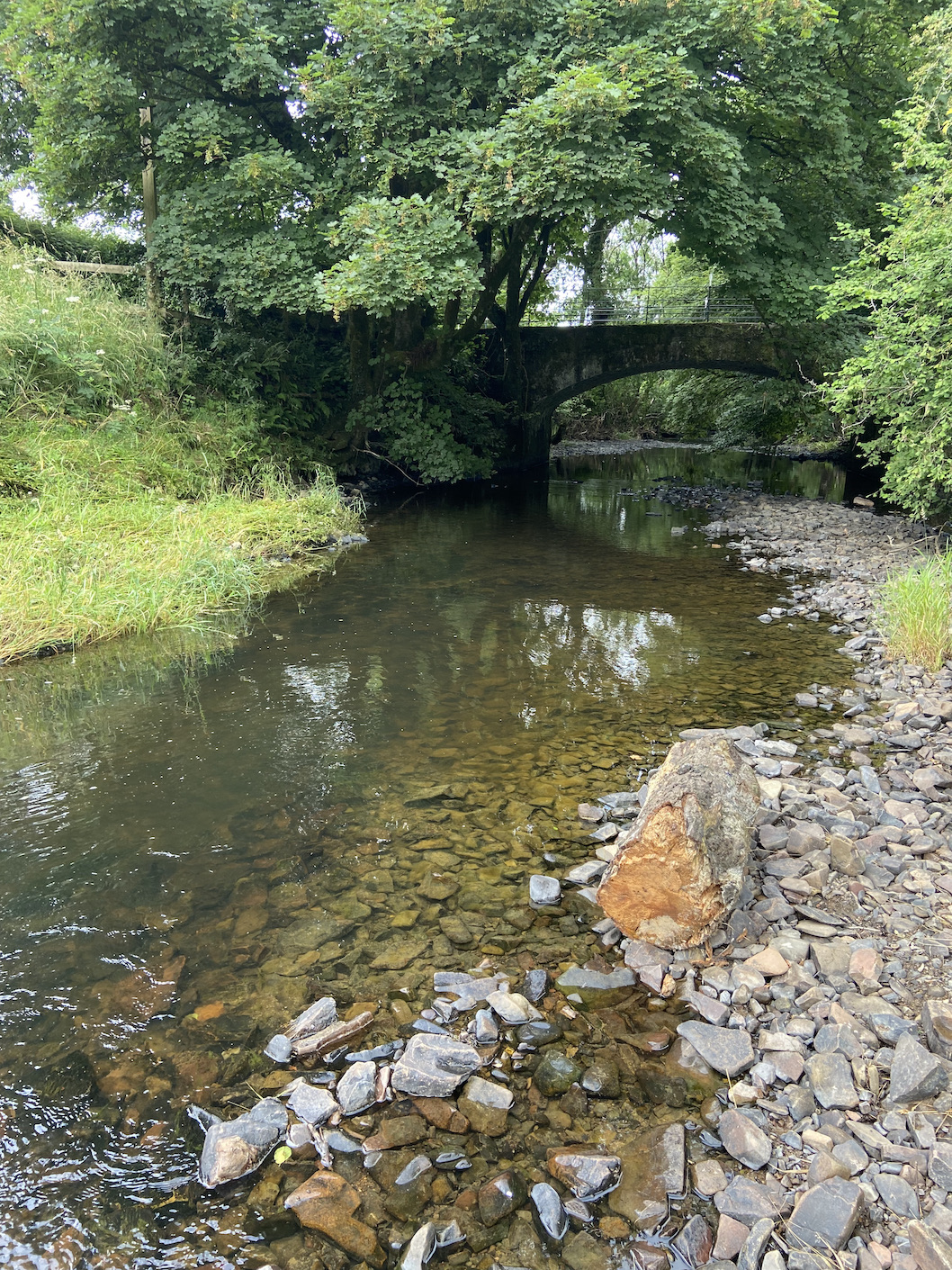
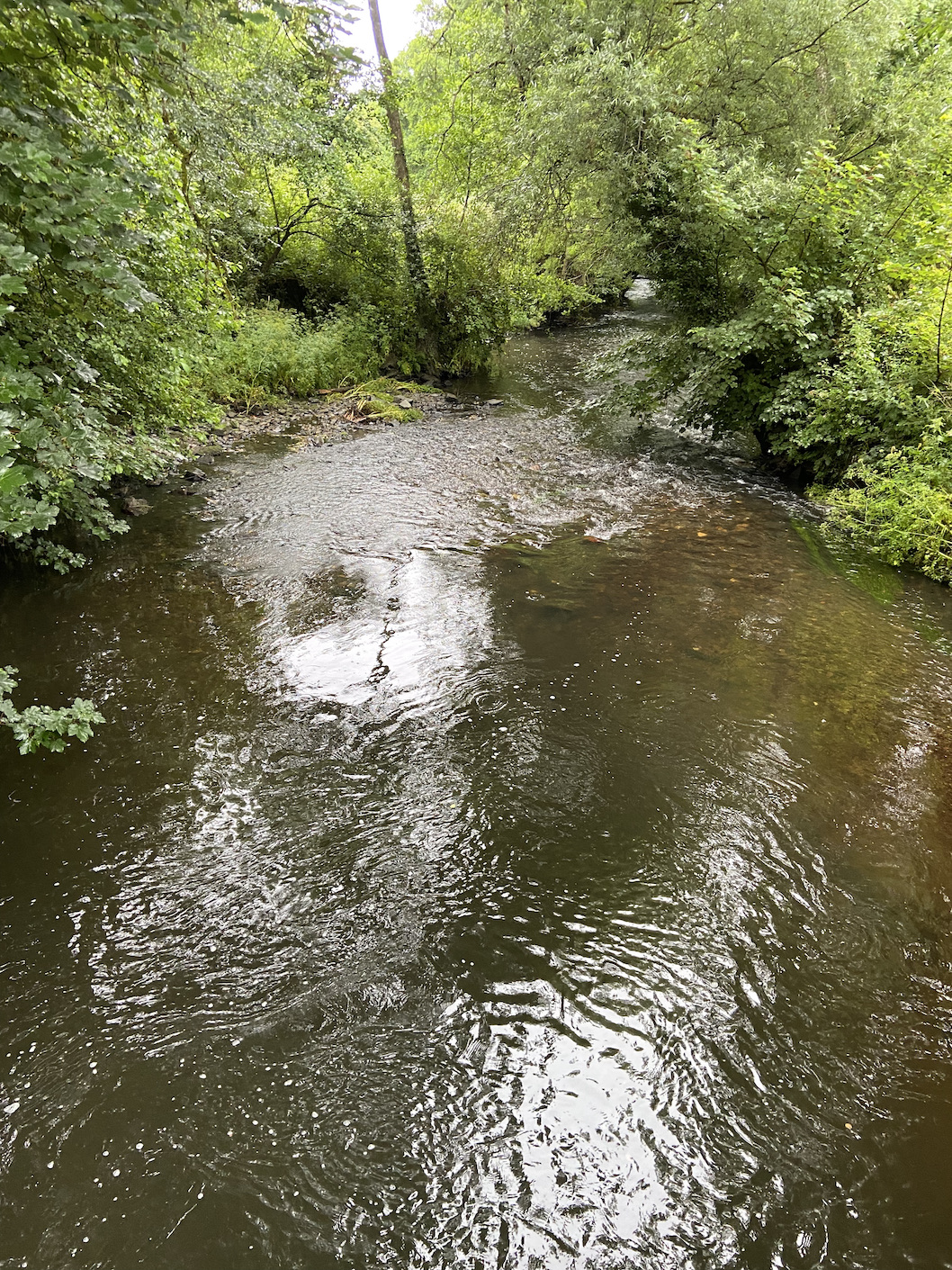
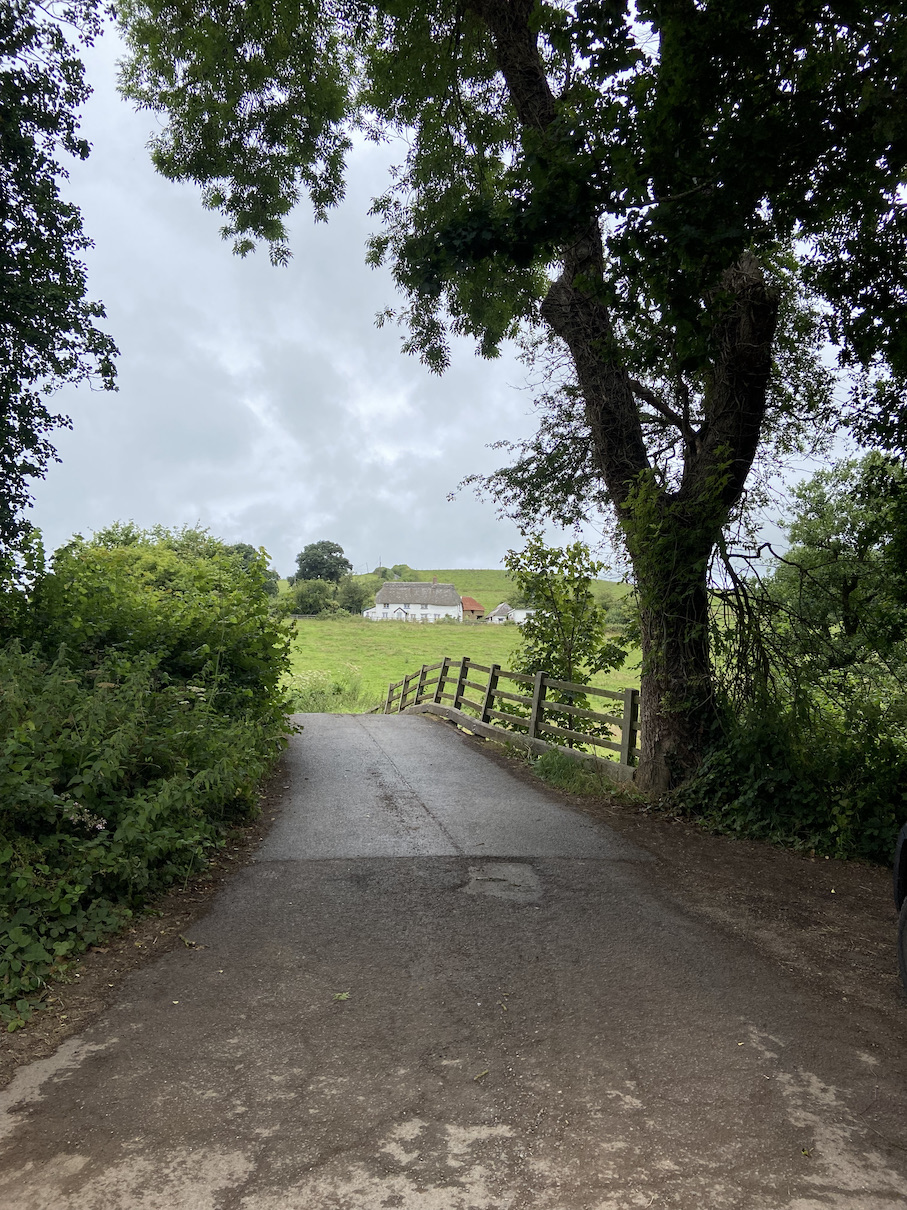
Whilst there is a need for progress and growth in our economy this should be tempered by a respect for the environment. A healthy environment can bring us wealth both spiritually and economically. Healthy rivers with good numbers of fish can provide an escape from urban life as sporting hotels offering fishing and outdoor pursuits prosper. Sustainable farming can produce healthy food. We just need to work with nature not against it.
In addition to this further DNA testing will look for salmon, eels and lamprey. Whilst this testing is not a panacea to extensive knowledge it will start to build a valuable indication of fish migration within the river system. It seems strange that even today we only have limited knowledge of what swims beneath the surface with angling records over decades often the only data available. We have without doubt lost much life in our rivers over recent decades without knowing what we once had.
Shad migrate into rivers in May and June to spawn with the tiny fry returning to the sea in early autumn. There are two species, the allis shad and the twaite shad both of which migrate up a small number of rivers in the West Country and South Wales. The River Severn and Wye are undoubtedly the historic strongholds for the species.
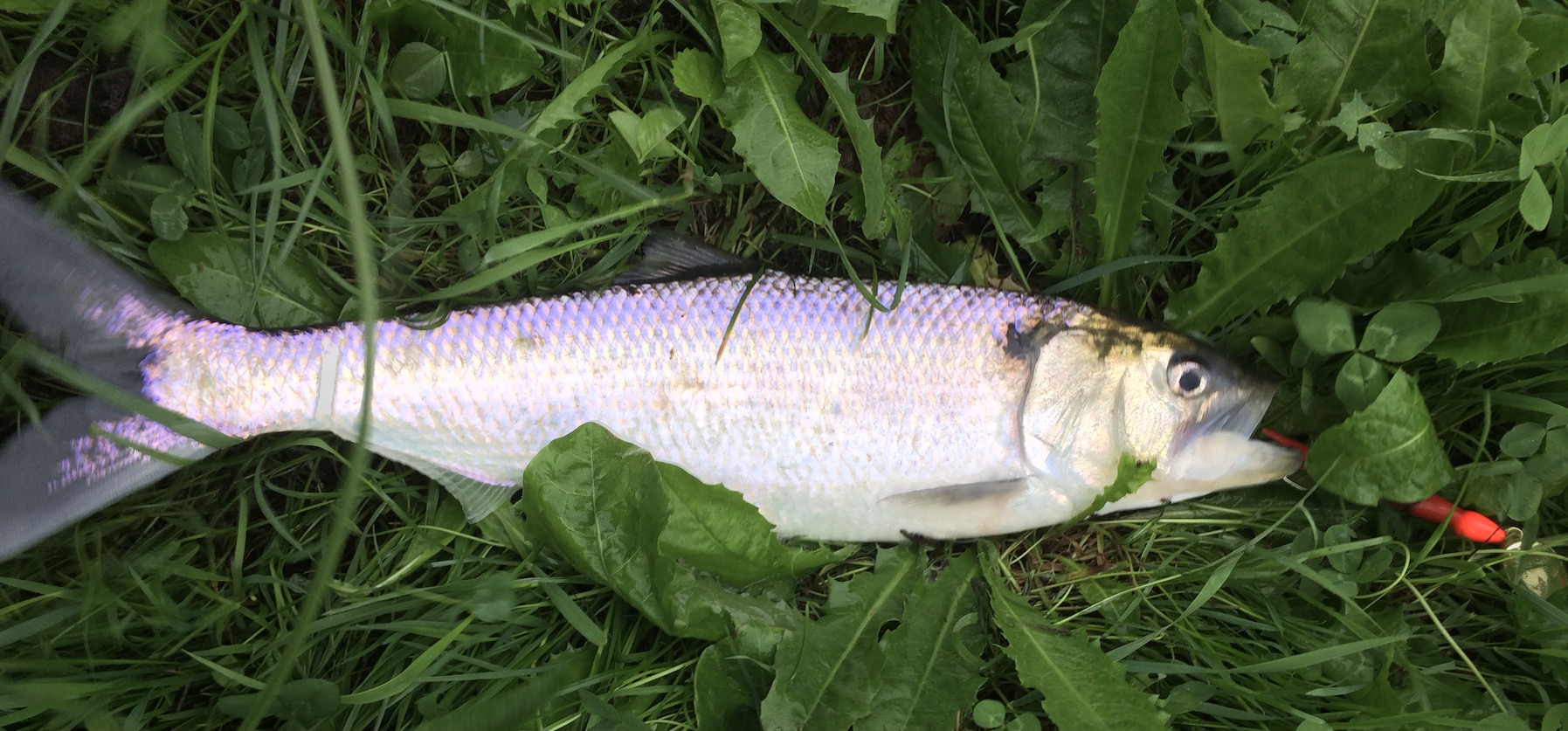
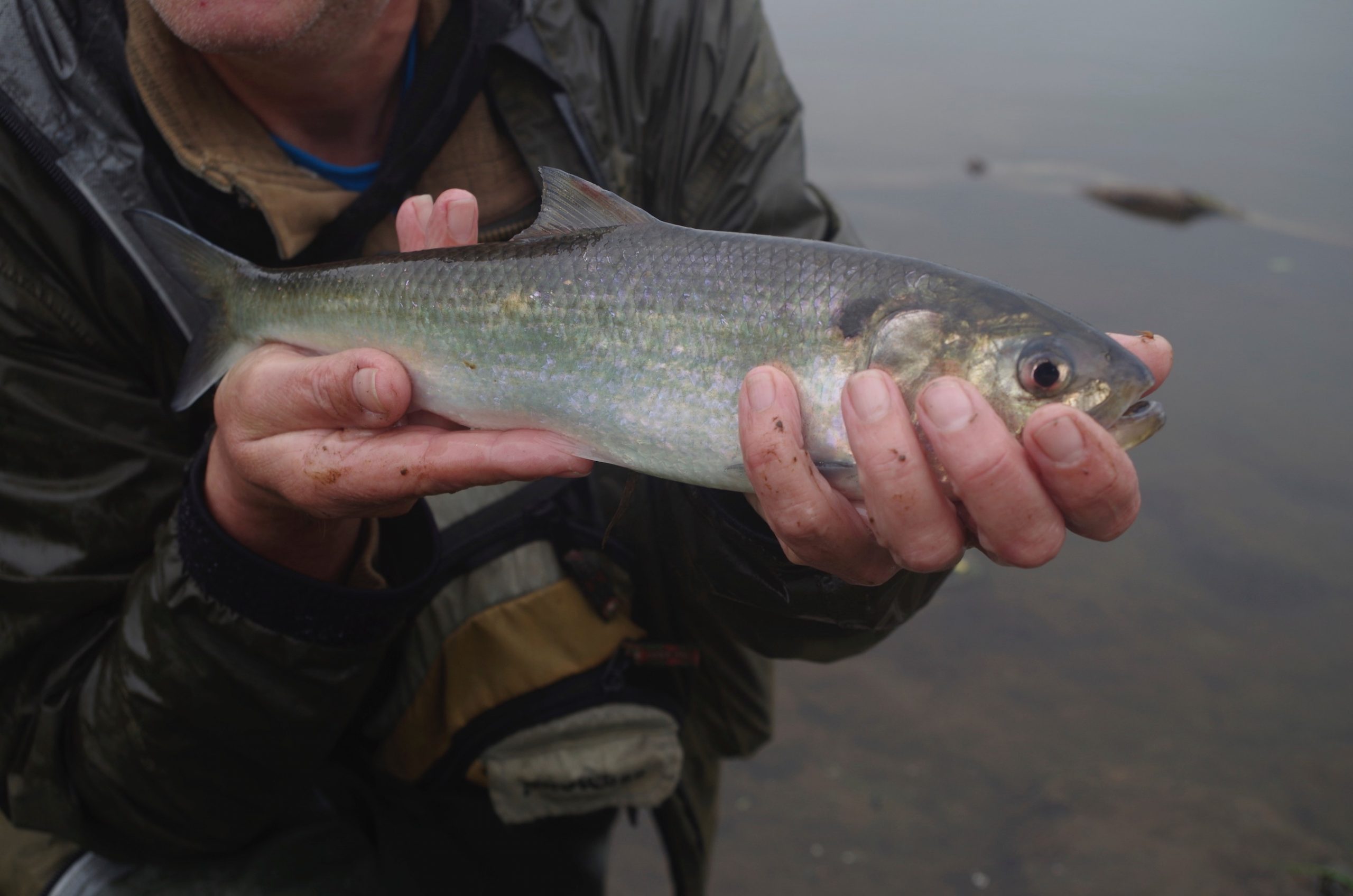
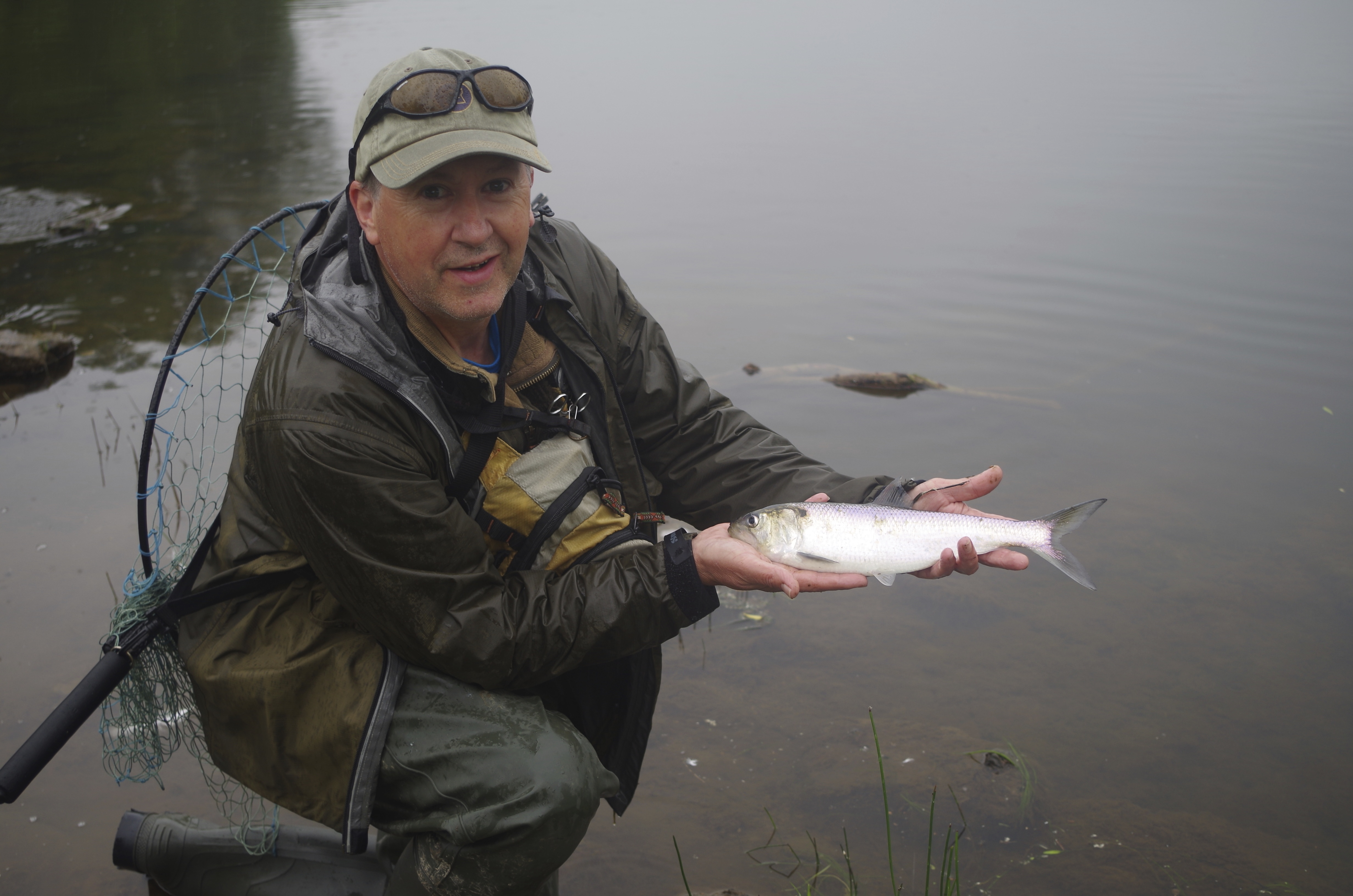
PREDATOR 2 – LUNDY ISLAND
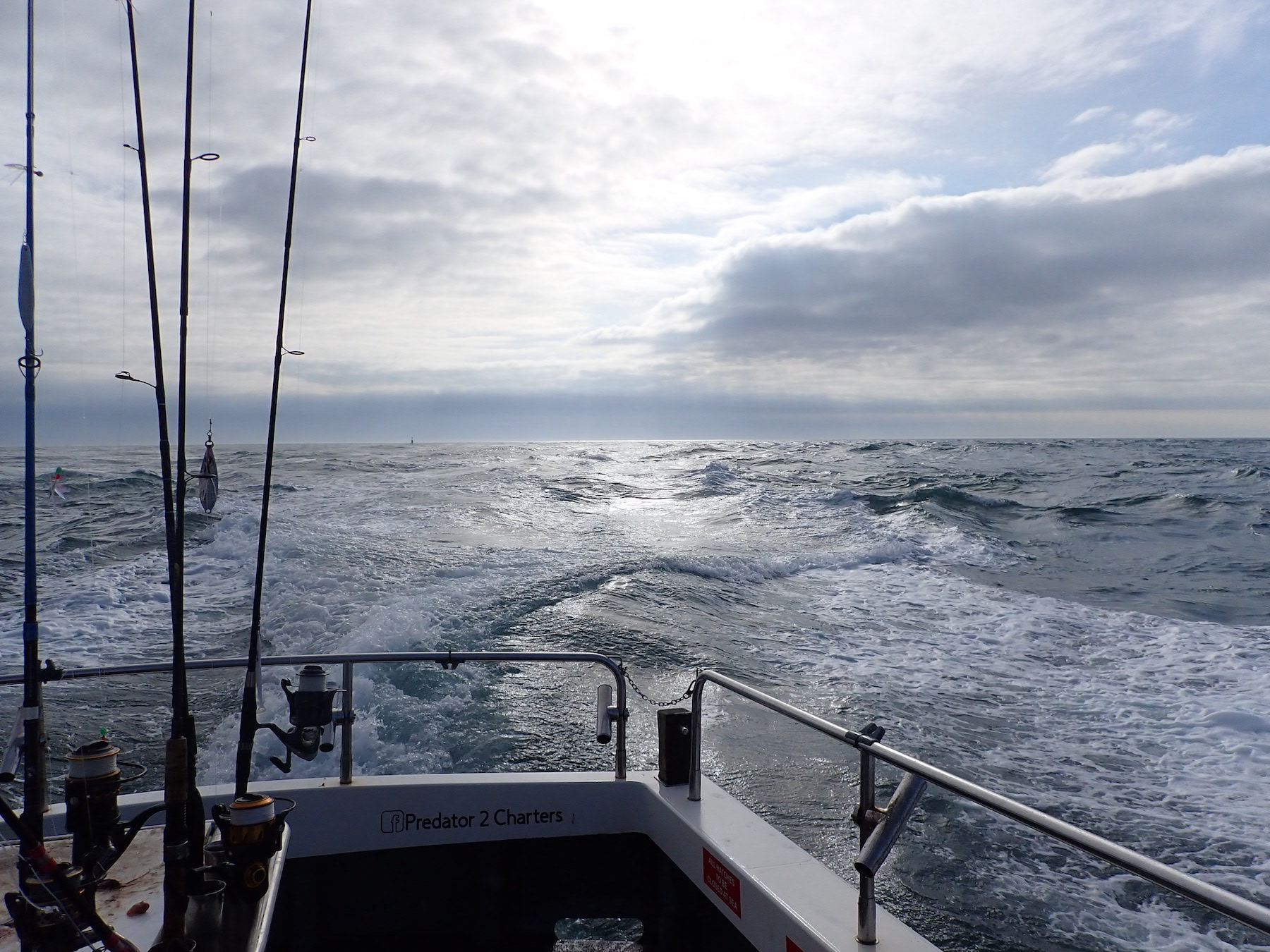
I joined fellow Combe Martin SAC members on a trip on Predator 2 out of Ilfracombe. With a promising weather forecast and a good tide Lundy Island was our destination with many options on the days agenda including lure fishing, drifting the sandbanks and anchoring for tope.
It was a civilised 9:30am sailing from Ilfracombe harbour to coincide with the morning tide and it was a cheerful and optimistic group of anglers who watched Ilfracombe slip into the distance as we sailed down the coast passing the spectacular cliffs West of the port. The sea was lively off Morte Point as the ebbing tide pushed over the rocky strata.
Skipper Dan suggested stopping off to drift lures over a wreck a few miles off Baggy Point. We dropped a variety of lures to seek fish over the rusting hulk 100ft or so beneath. Rods were soon hooped over as powerful pollock with olive and silvery flanks seized our offerings in the clear water.
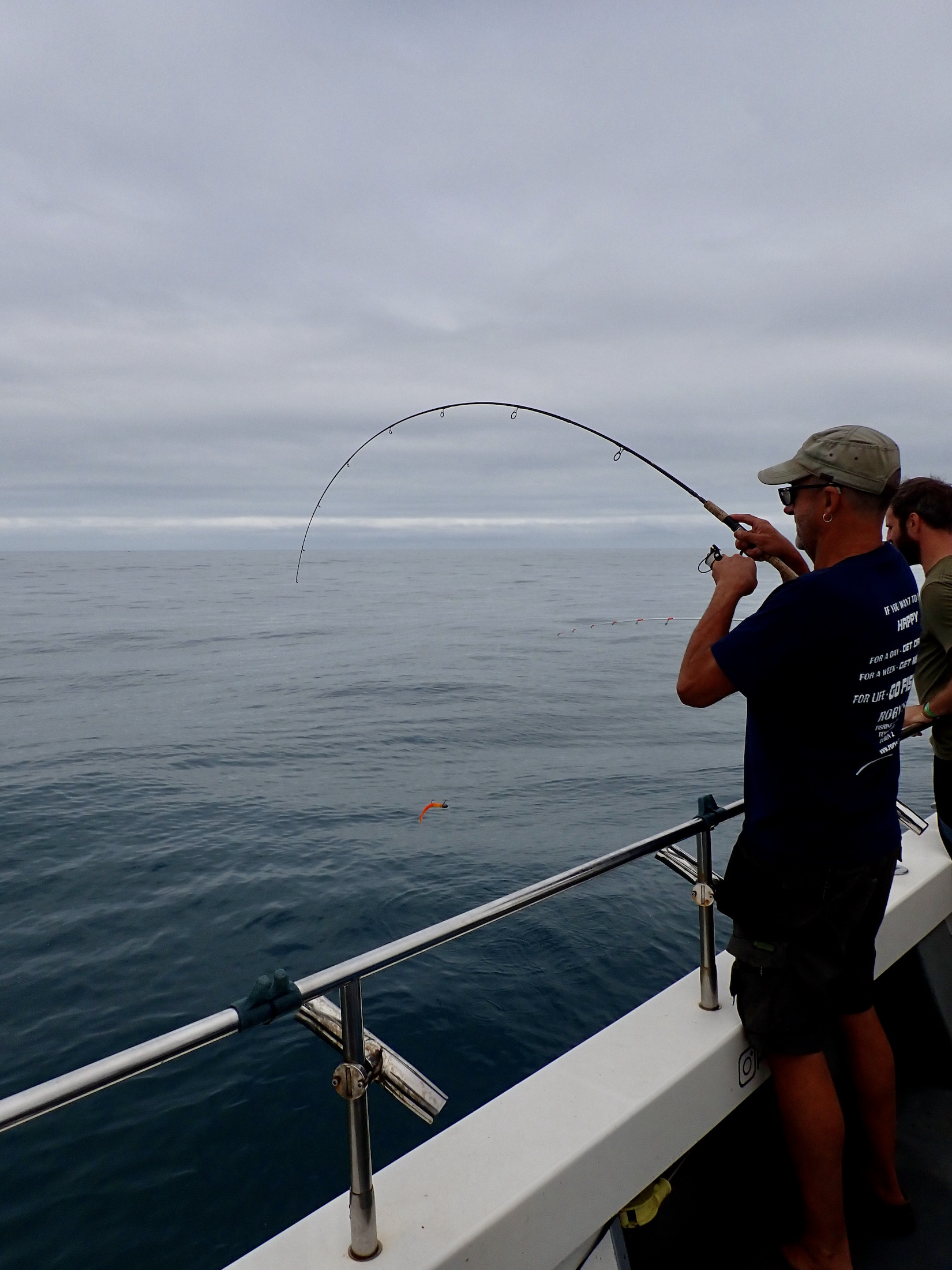
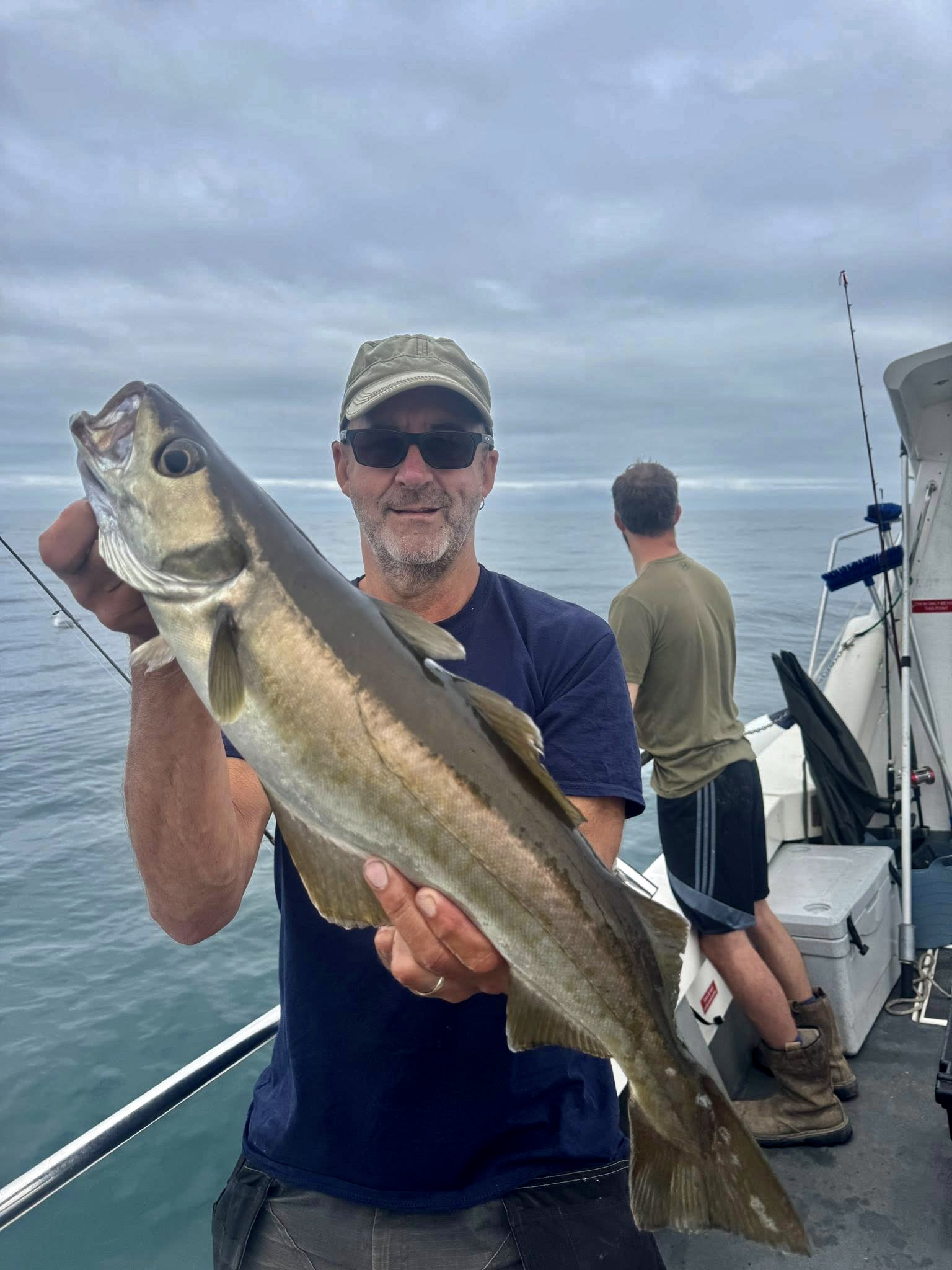
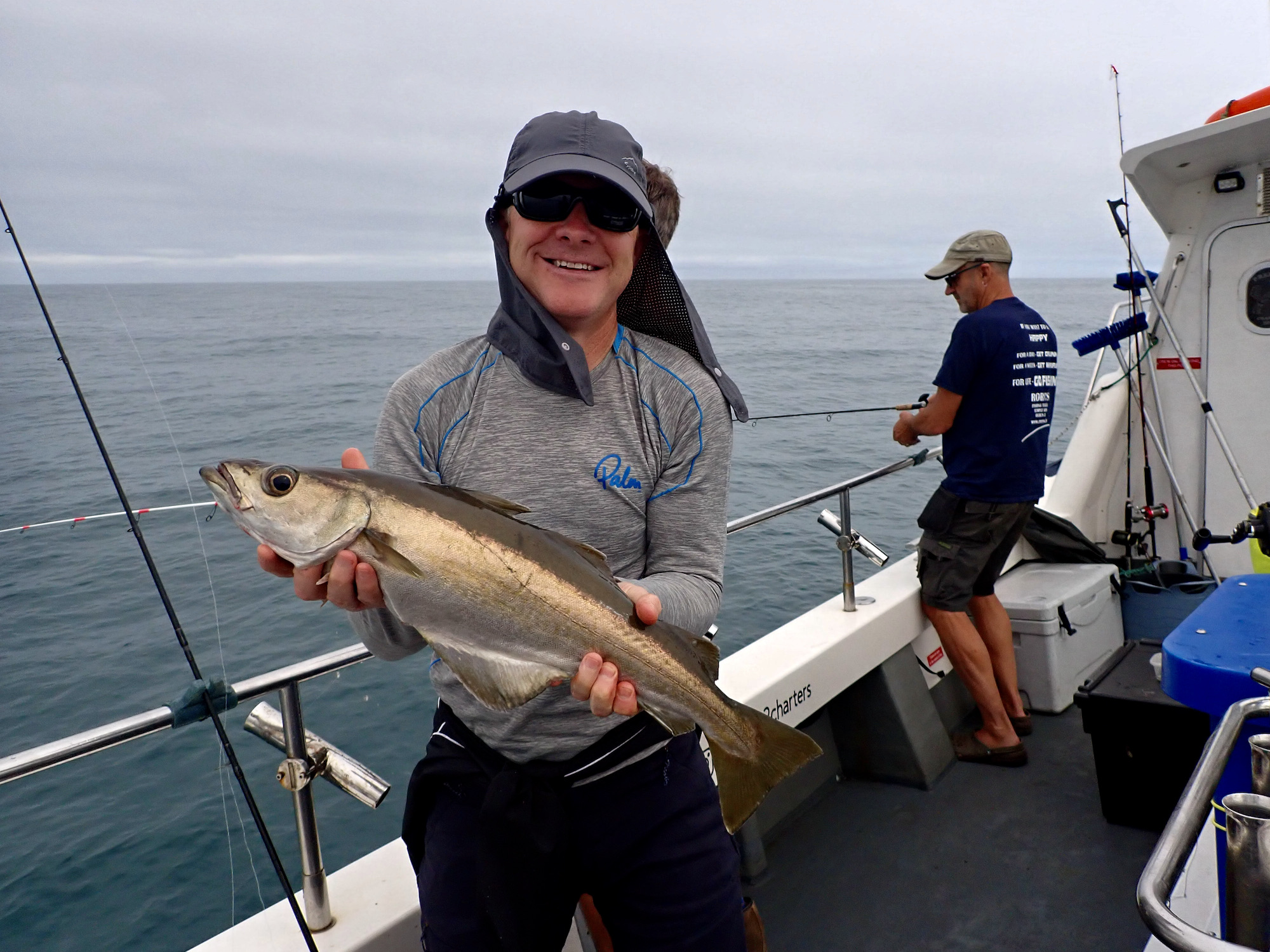
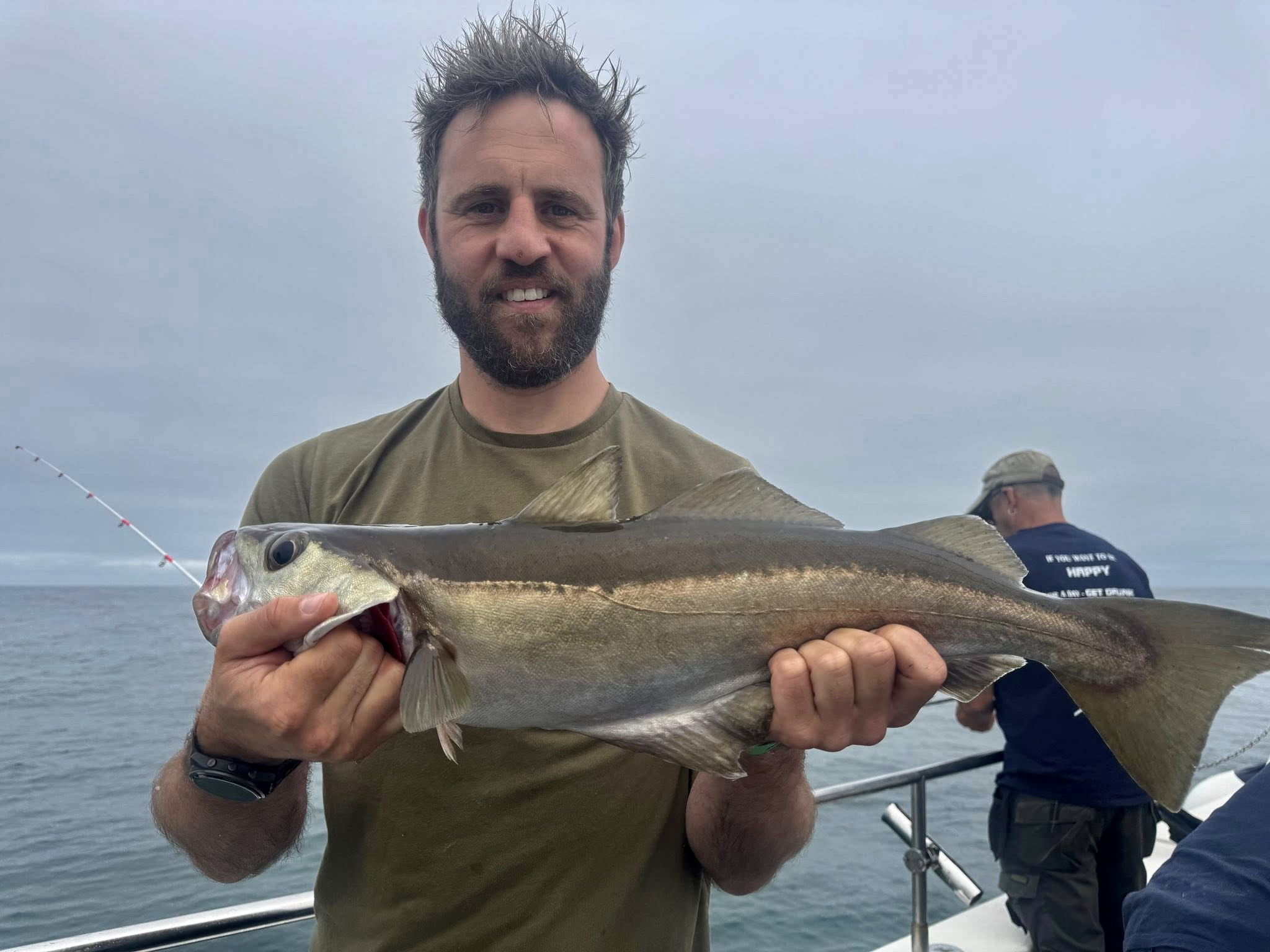
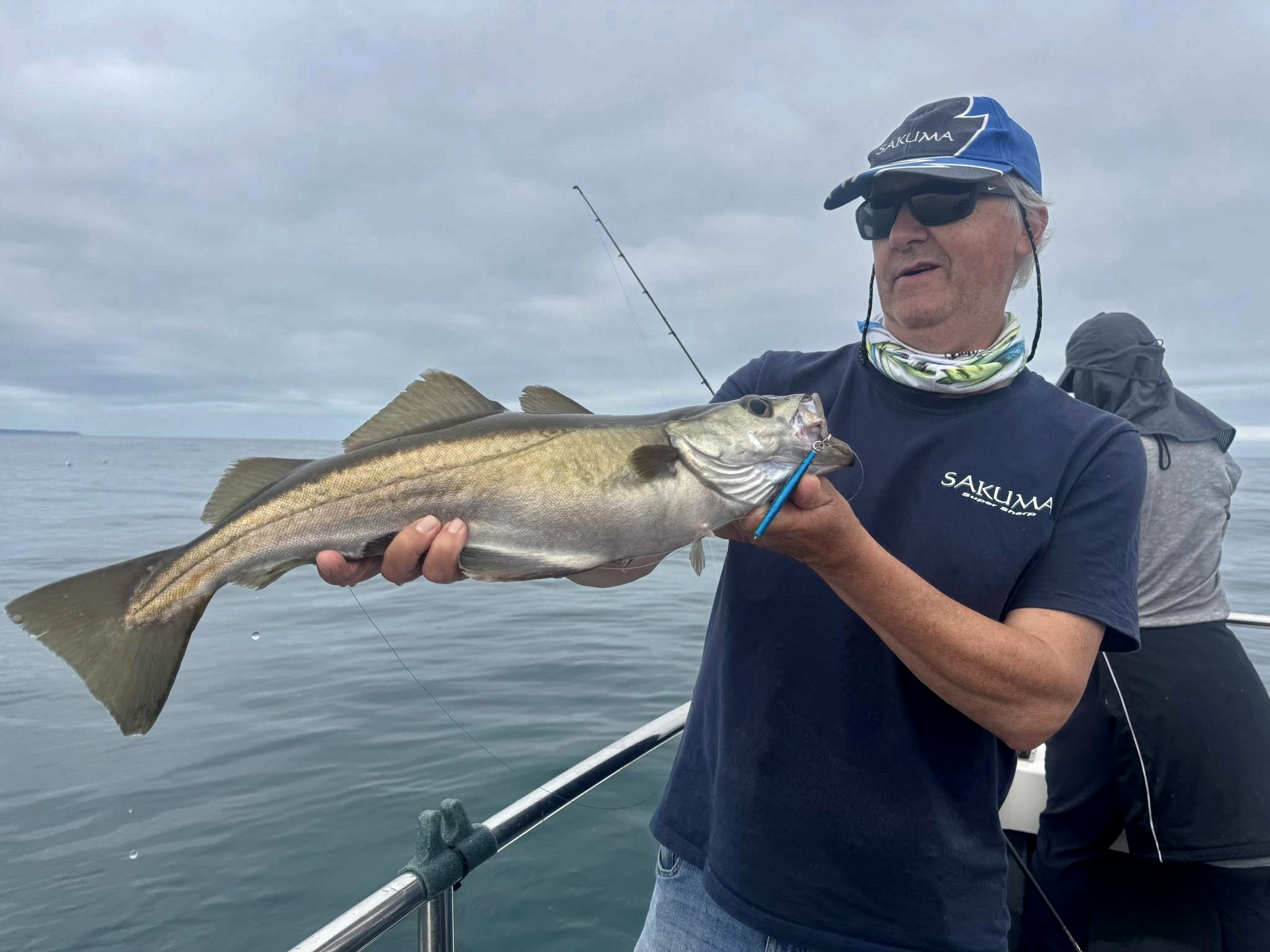
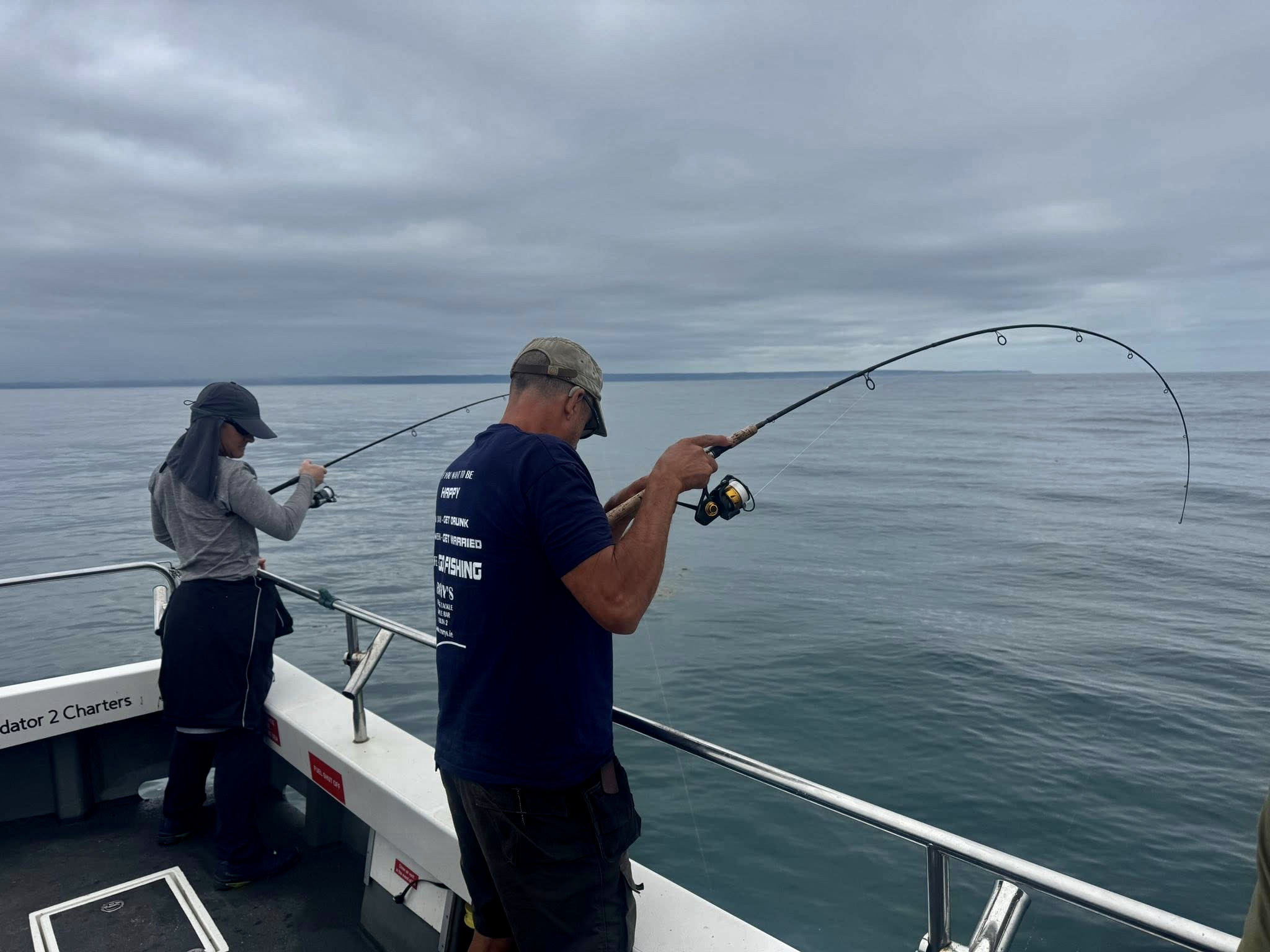
After several drifts the sport slowed as it often does and Lundy Island beckoned far out at the mouth of the Bristol Channel.
Despite a forecast of high temperatures and sunshine the grey cloud still shrouded the sky and Lundy was hidden by a misty haze. We steamed across smooth waters and watched as Lundy slowly appeared as warm sunshine burned away the cloud.
A trip out to Lundy is always special the granite outcrop towering above the sea always seems to have a hint of Jurassic park or Sir Arthur Conan Doyle’s ‘Lost World’. Those fabulous tales that have enthralled the young at heart.
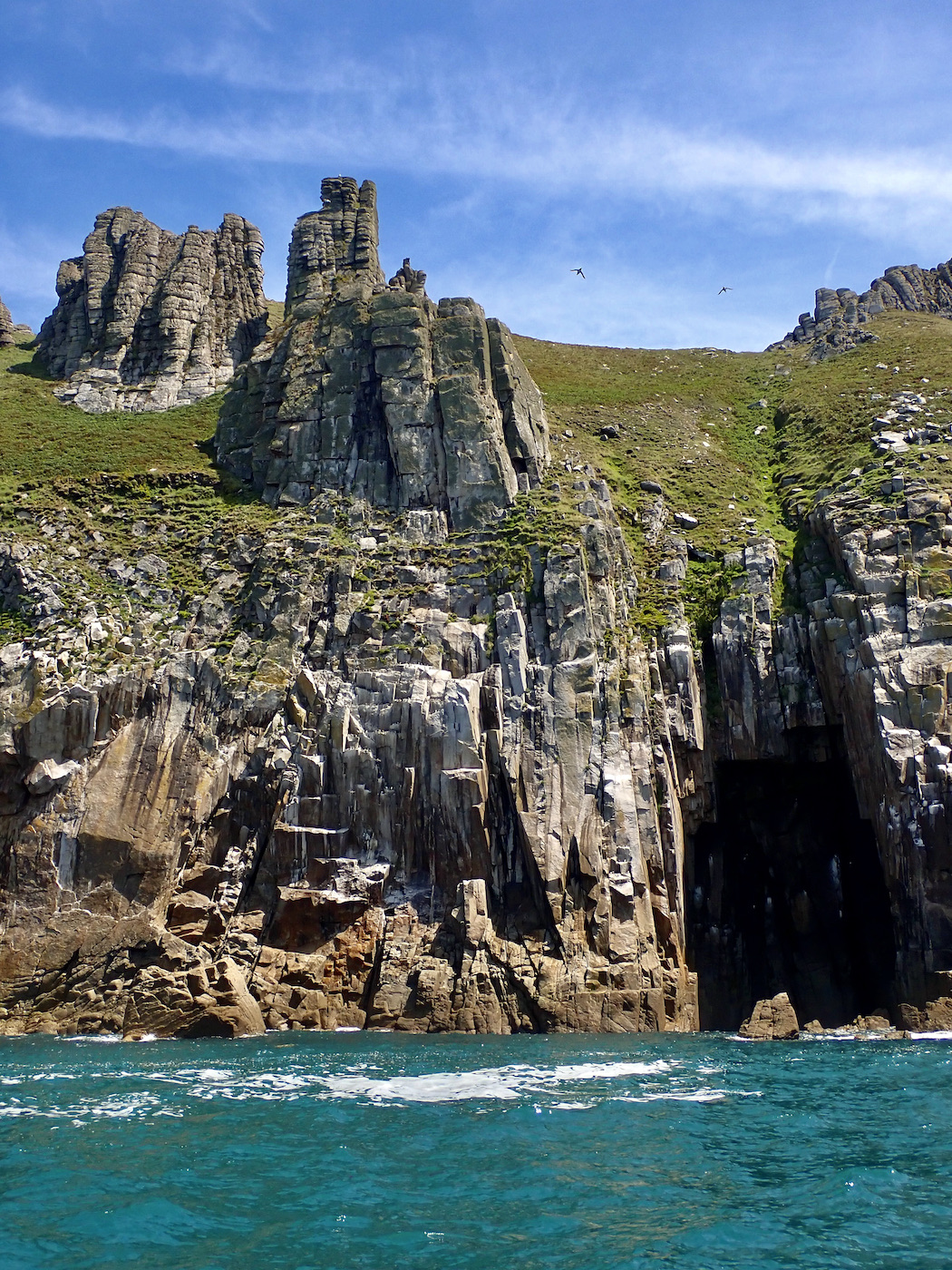
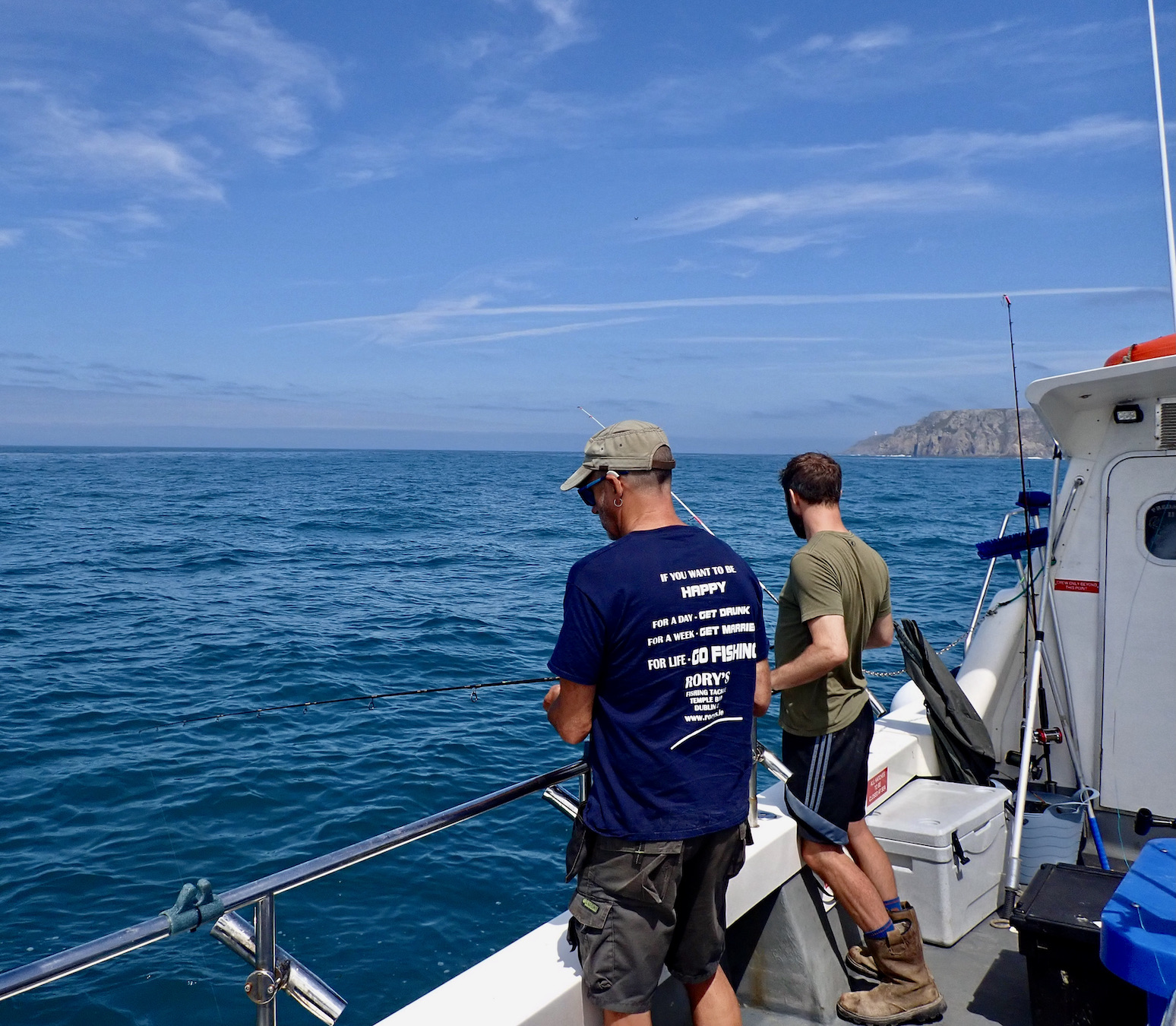
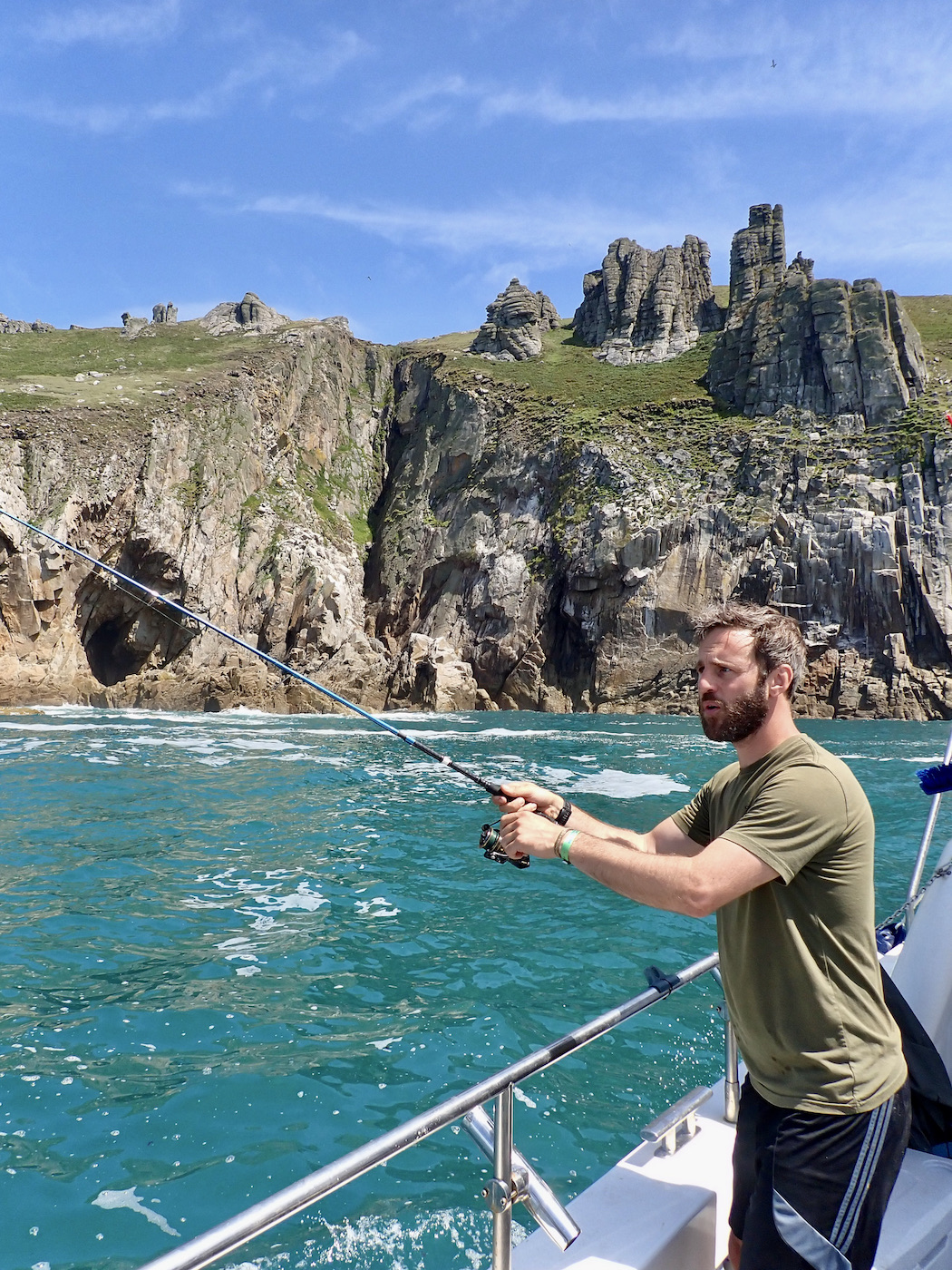
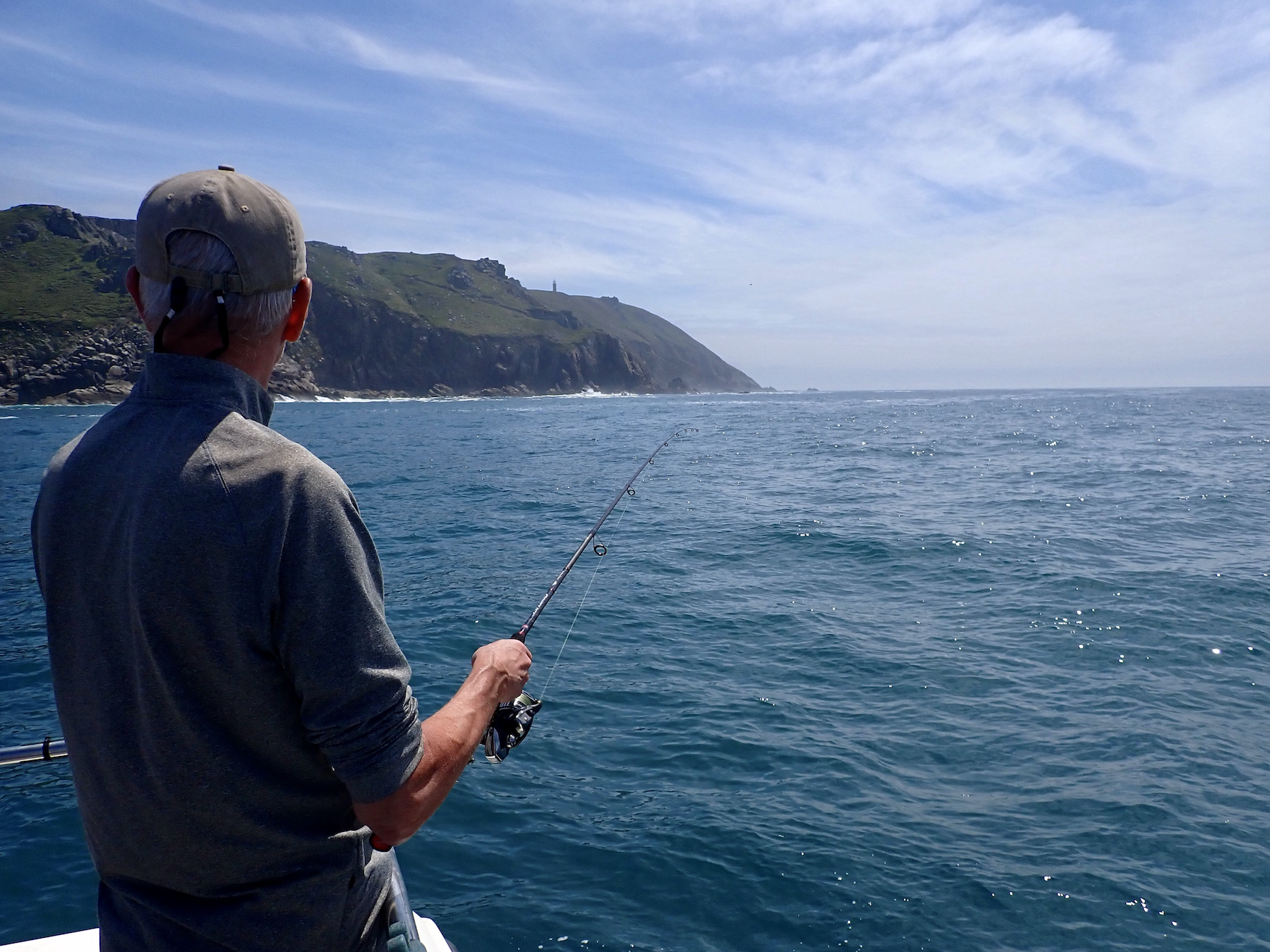
There were no dinosaurs as we drifted the North of the Island though several puffins bobbed cheerfully upon the water. A large swell caressed the base of towering granite cliffs. The white water, aqua marine and blue sky of a perfect hot summers days lifted the spirits. A few wrasse and the occasional pollock succumbed to our lures but fishing was slow. Dan tried several marks before moving to the tidal race off the North end. Again fish proved hard to find and all soon agreed it was time to move to the sand banks and drop the anchor for a go at the tope.
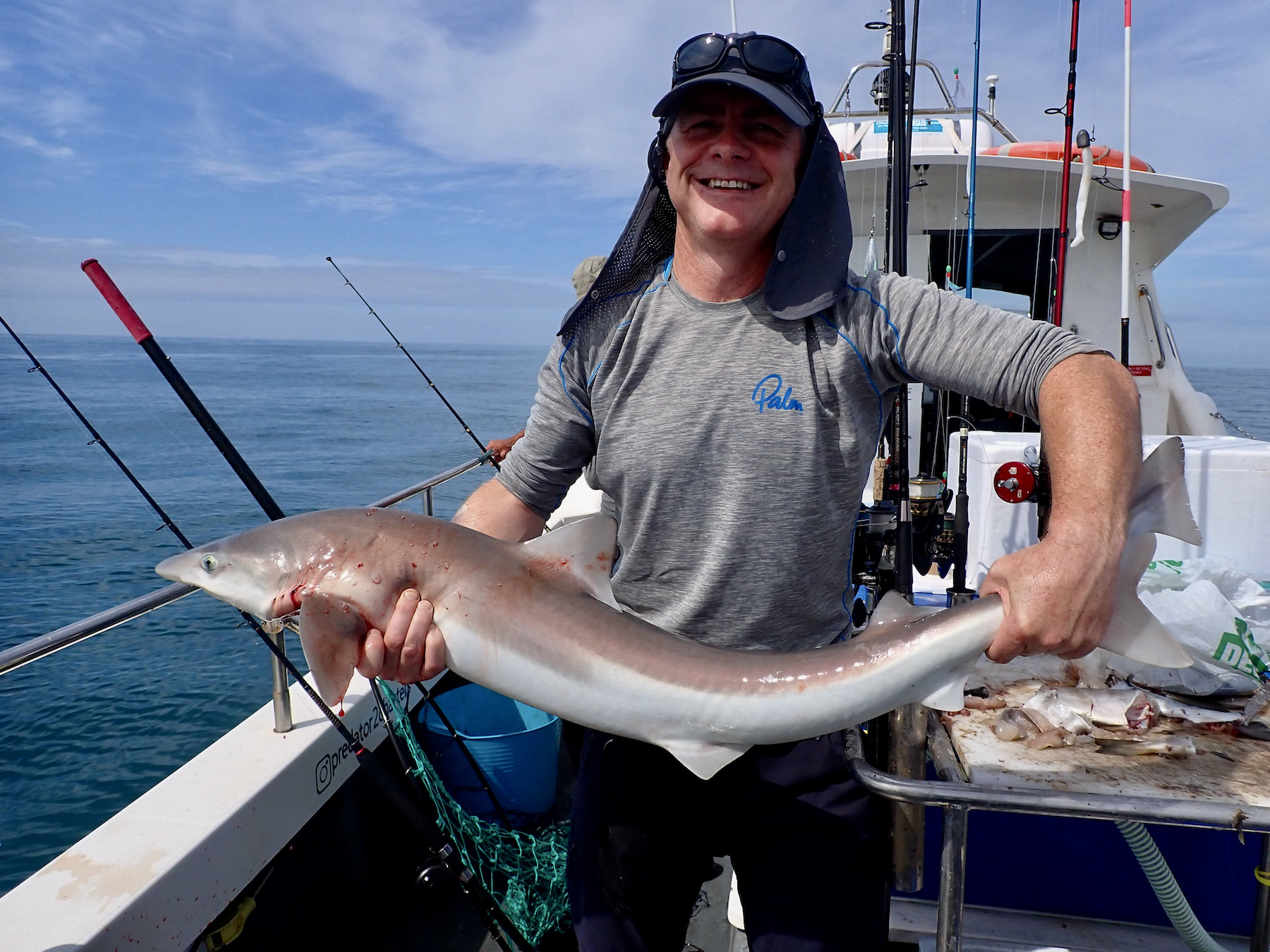
After several hours steaming about and drifting it was good to relish the silence as the boats engines were cut and the boat settled at anchor. The tide was still running but 1lb of lead was adequate to keep the baits on the sea bed. We all opted for large offerings of fresh pollock or mackerel mounted on large strong hooks. My own choice being Sakuma 8/0 465 Kong hooks crimped to Sakuma 130lb B.S 49 Strand stainless steel wire. On the way out I discussed the pros and cons of wire versus heavy mono when fishing for tope. Dan showed me a couple of his tope rigs that he had based upon carp fishers hair rigs. The use of circle hooks and a 250lb plus mono trace could indeed have an edge over the traditional heavy wire trace from both a number of fish hooked and fish care?
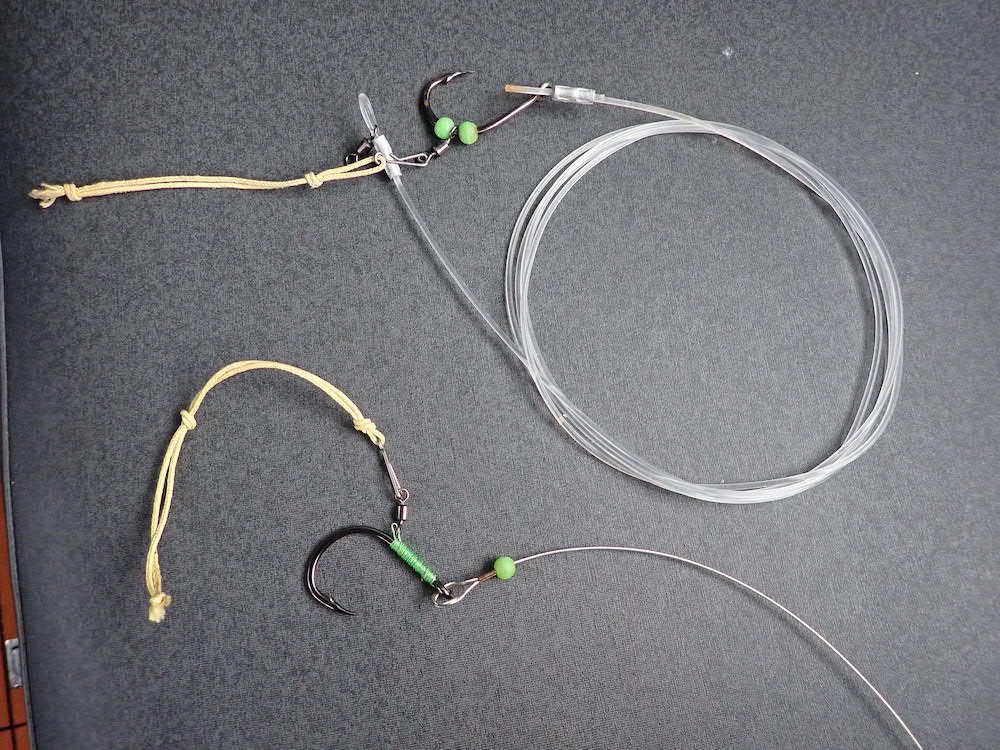
It often takes a while for the scent trail to build but on this occasion it was only ten minutes before I had a powerful take from a tope that shed the hook after a few moments. This signalled a flurry of activity as several rods took on fighting curves as tope ripped into baits. Several were soon boated with Peter Robinson boating a beauty of 37lb. This pattern followed throughout our time at anchor with flurries of activity resulting in eight tope to the boat with several close to thirty pounds.
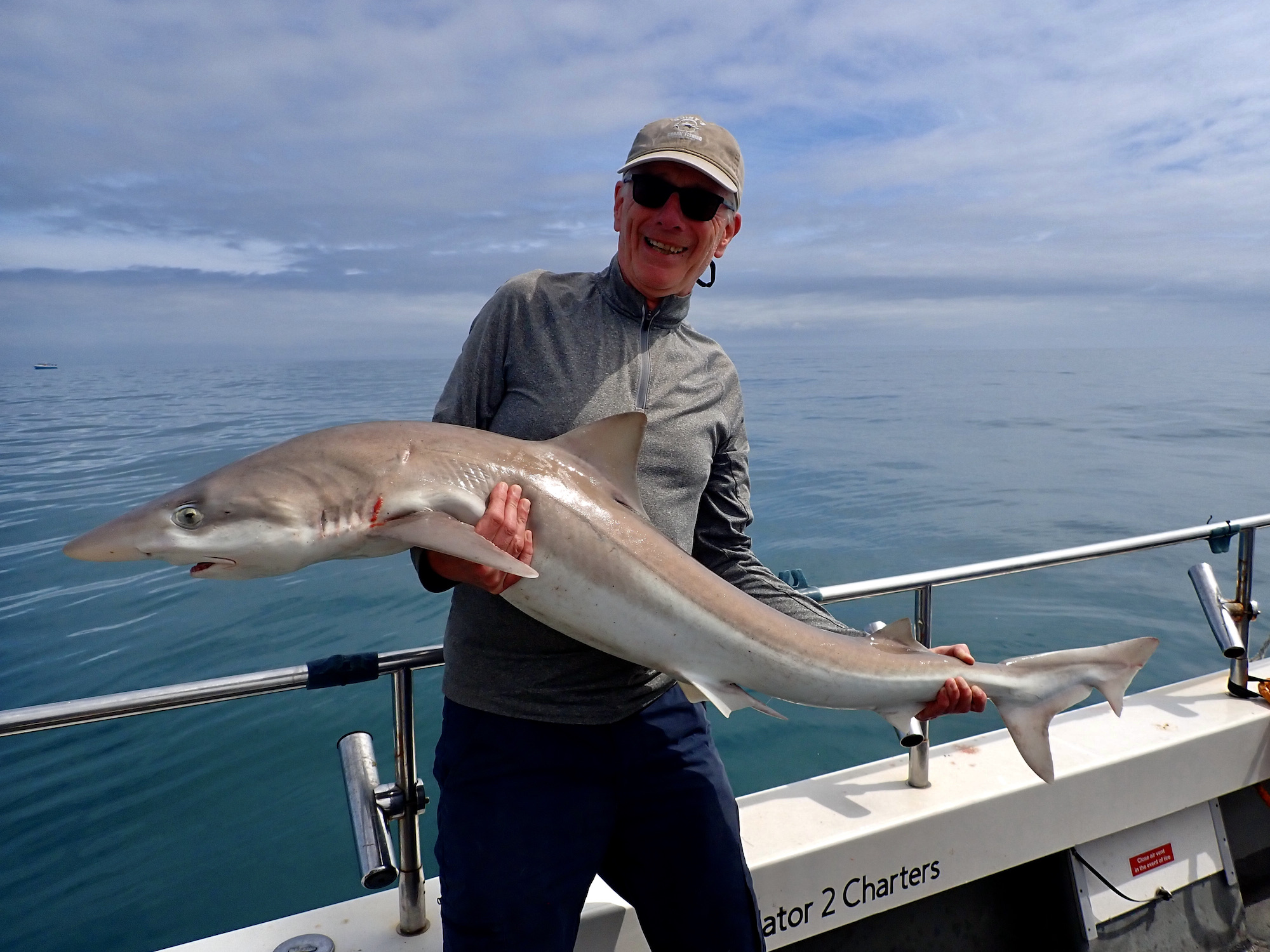
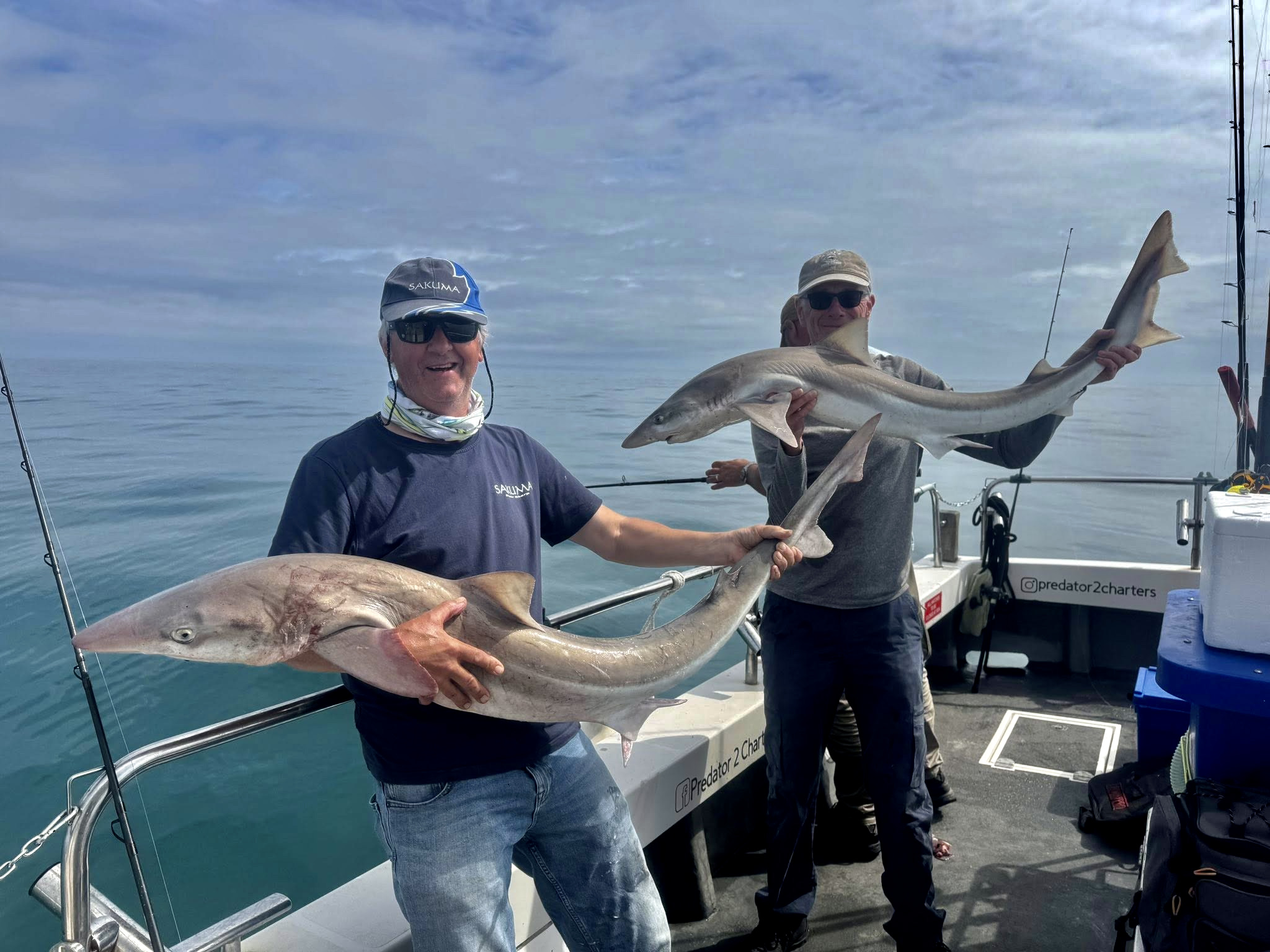
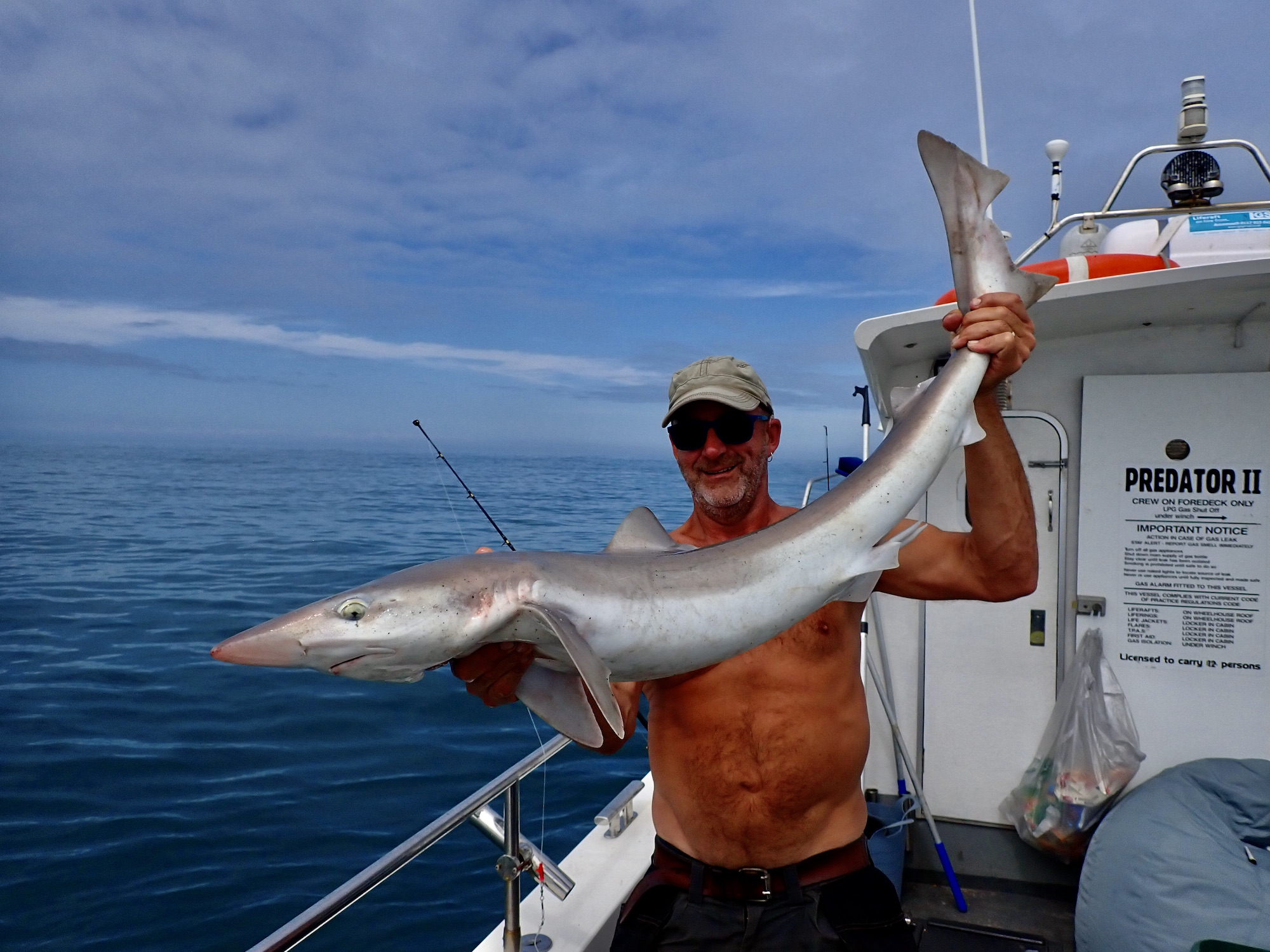
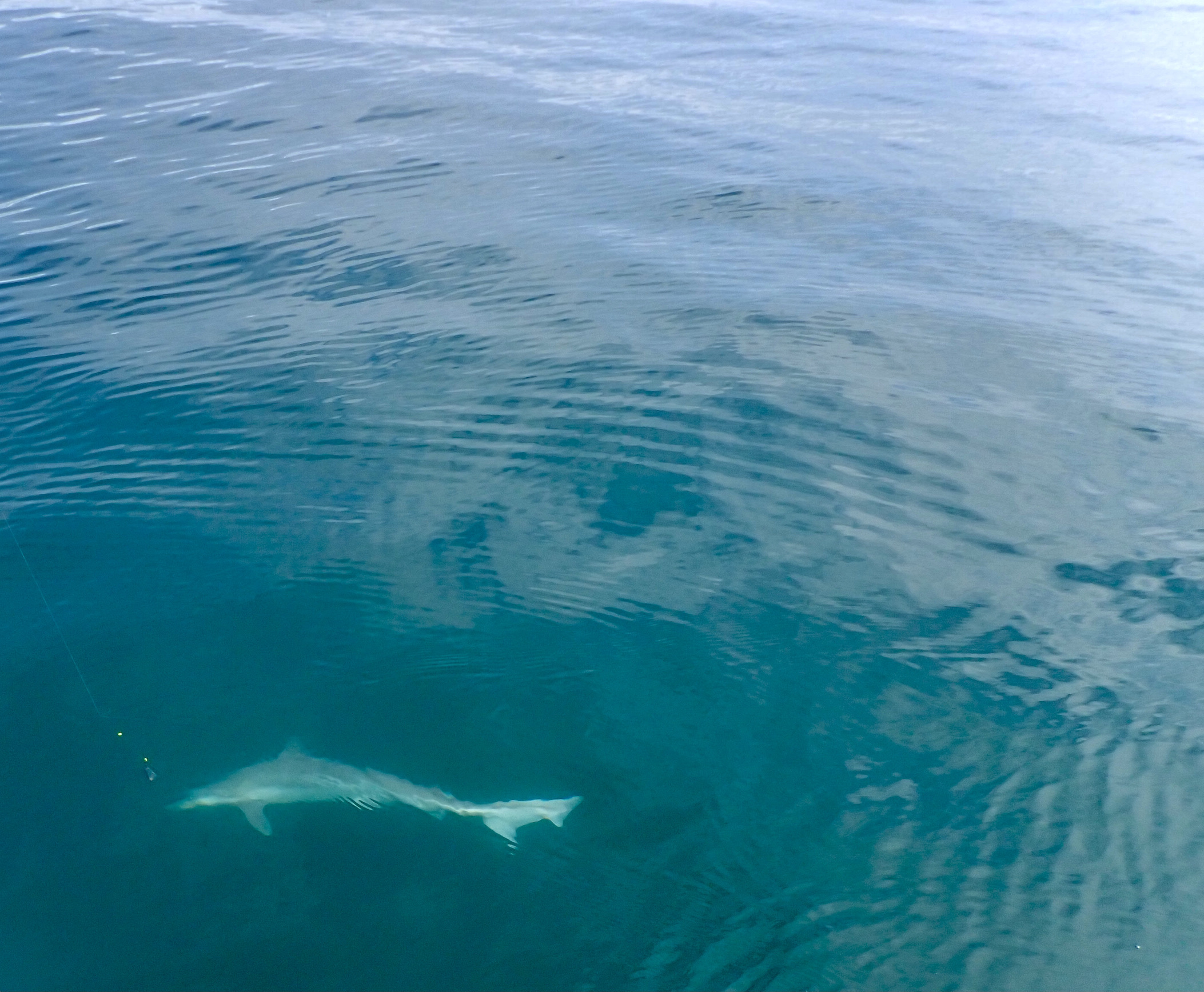
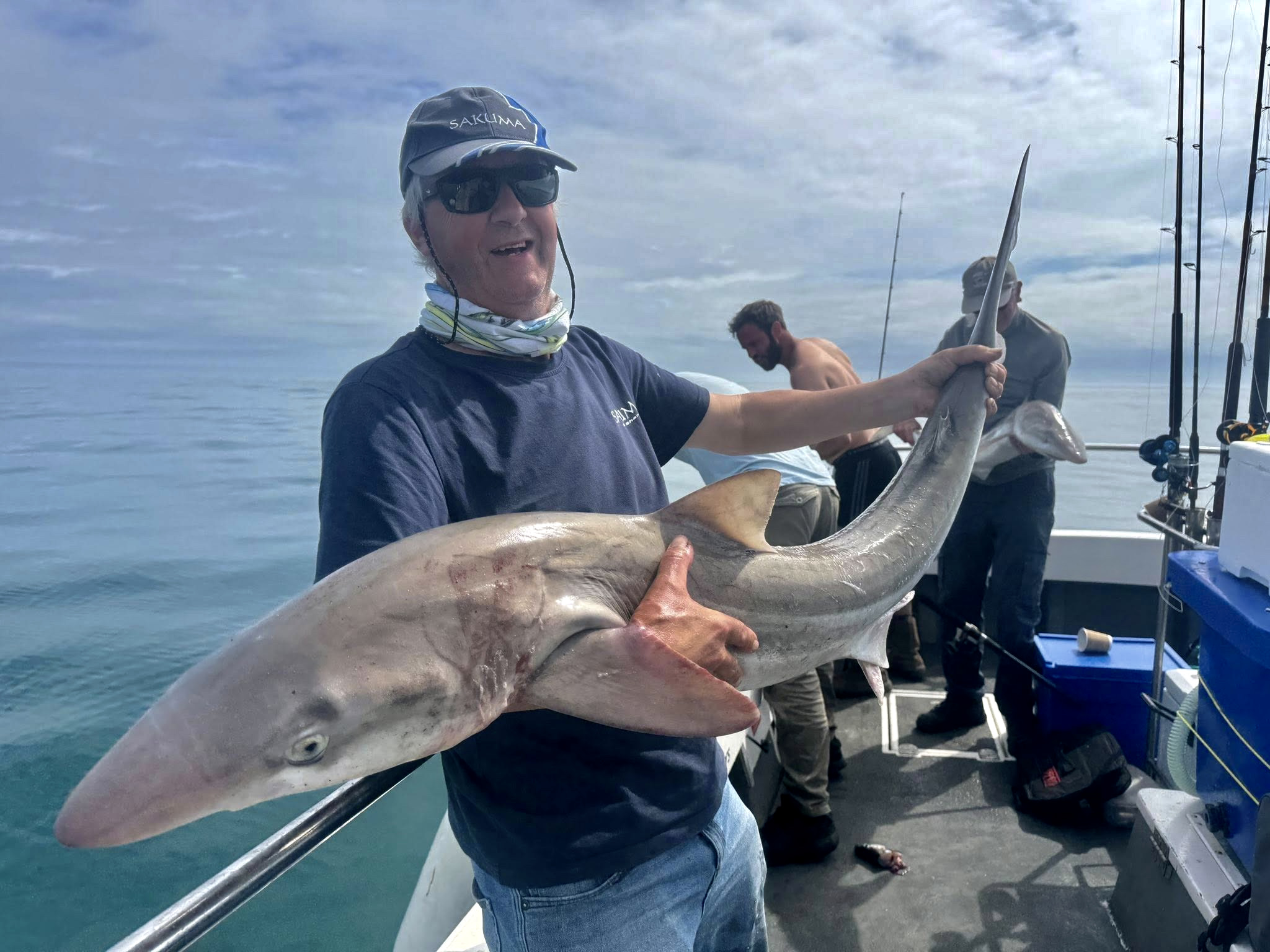
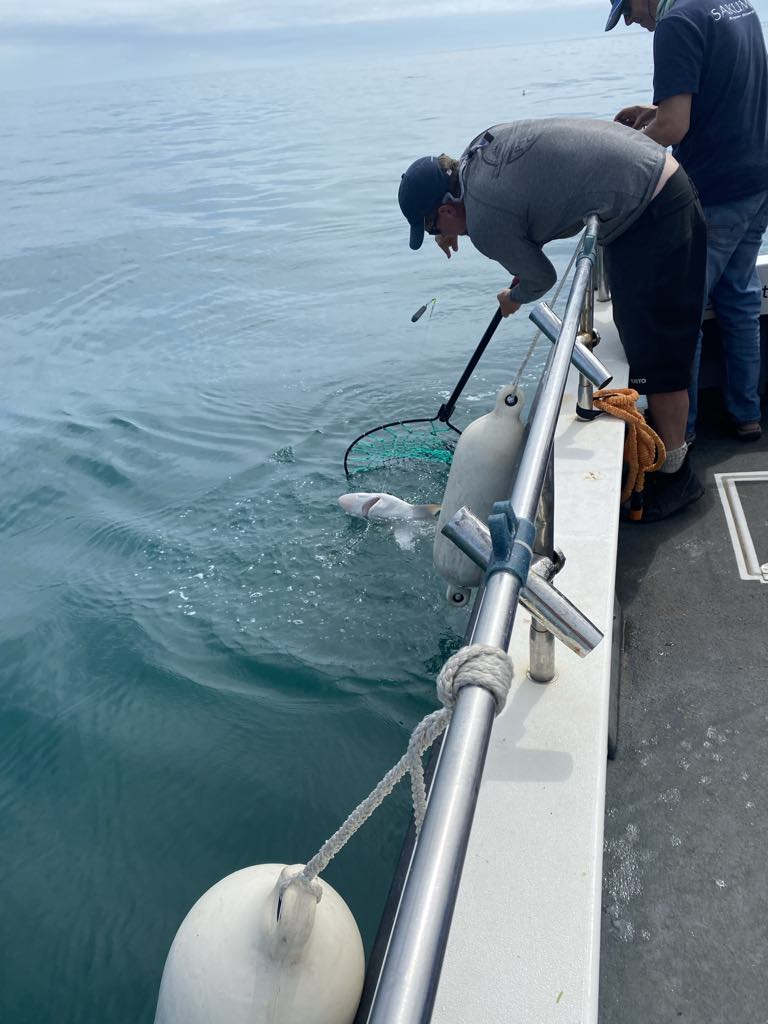
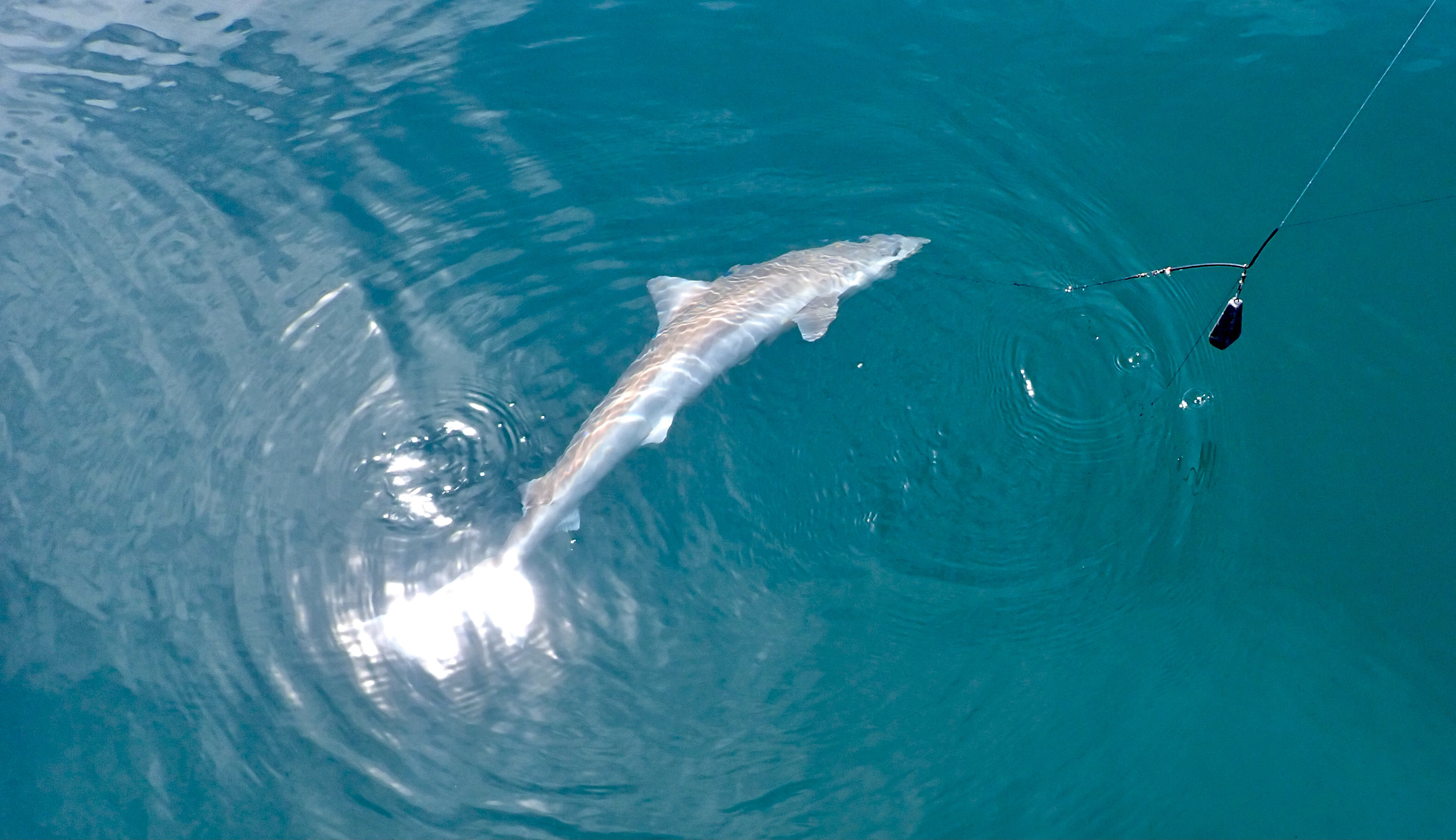
As late afternoon approached the tide turned and action slowed. Dan suggested we head back and stop off for a short lure session in the racing turbulent waters off Morte Point.
Lundy slowly faded majestically away into a bank of mist as we steamed towards the North Devon coast .
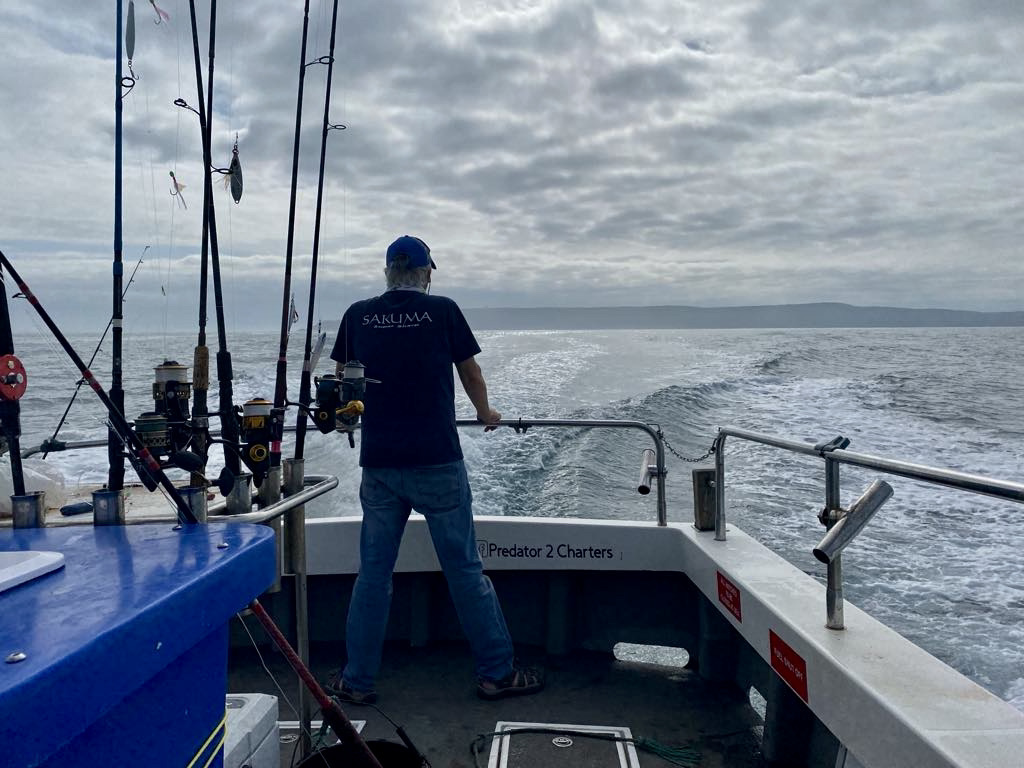
It was early evening when we started to cast our lures close to the maelstrom of Morte race. It wasn’t long before rods were hooped over as silver flanked bass seized the lures along with a few mackerel. The best bass topped five pounds for Peter Robinson and Bruce Elston with several fish in the 3lb to 4lb size range.
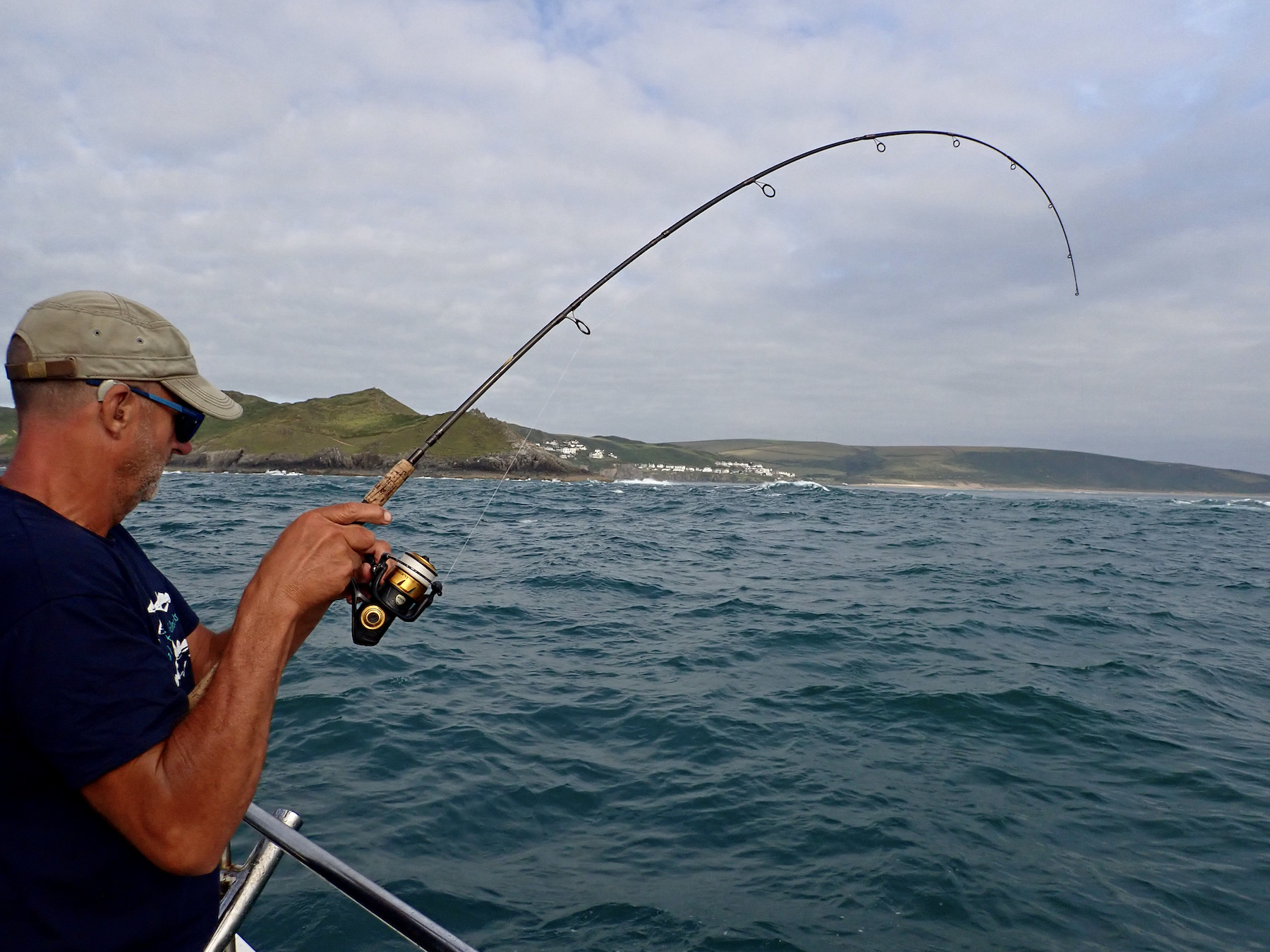
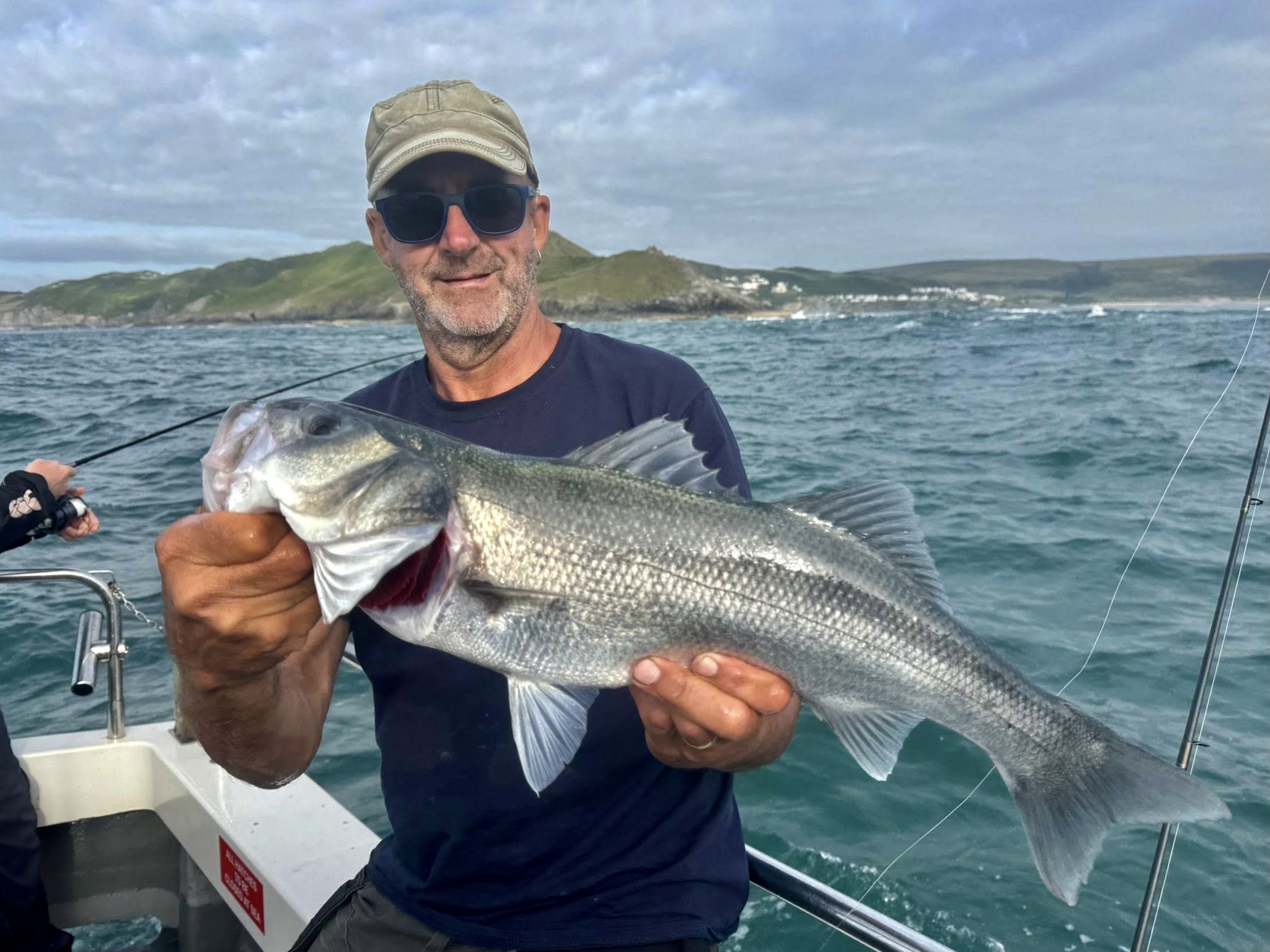
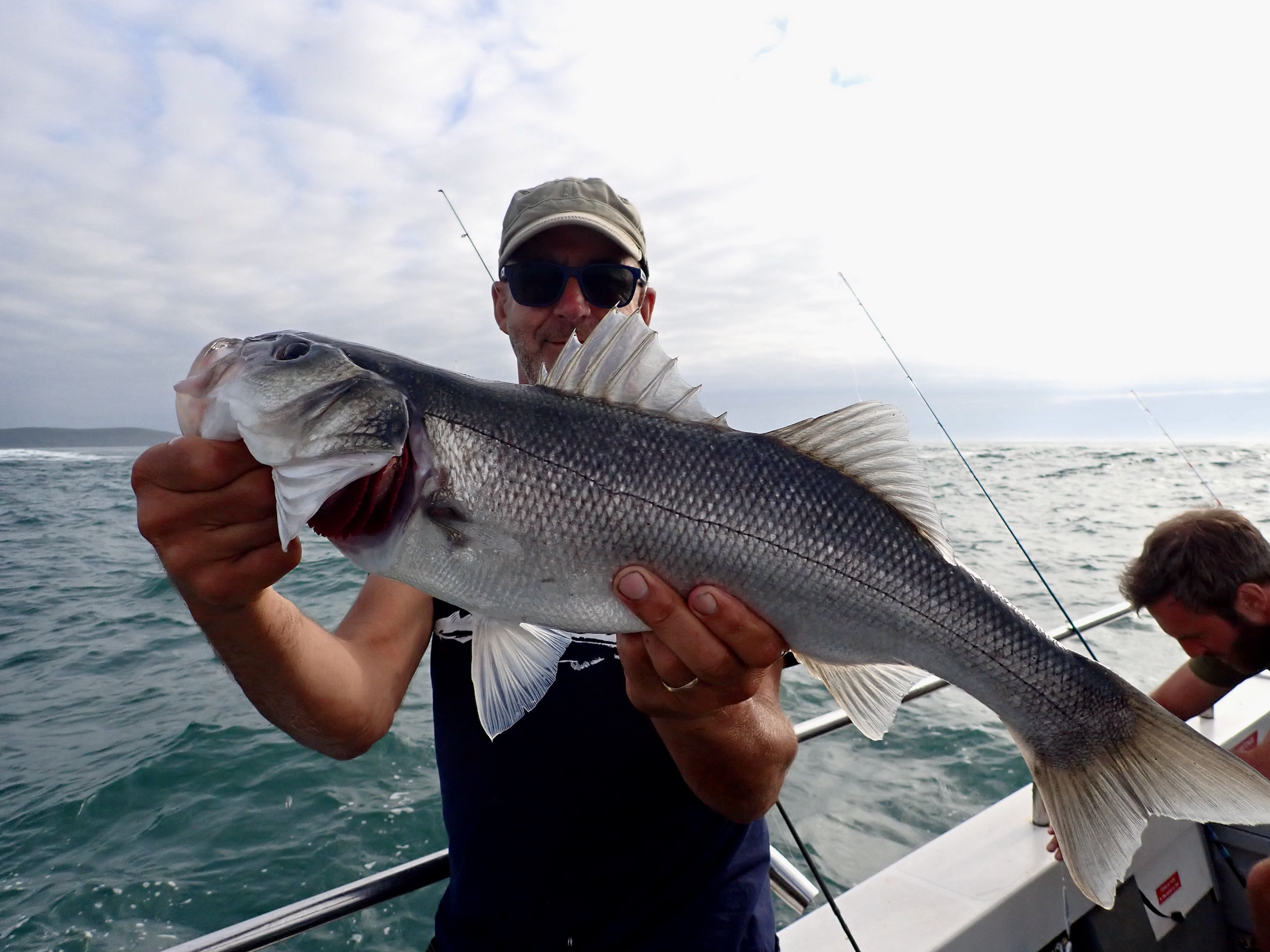
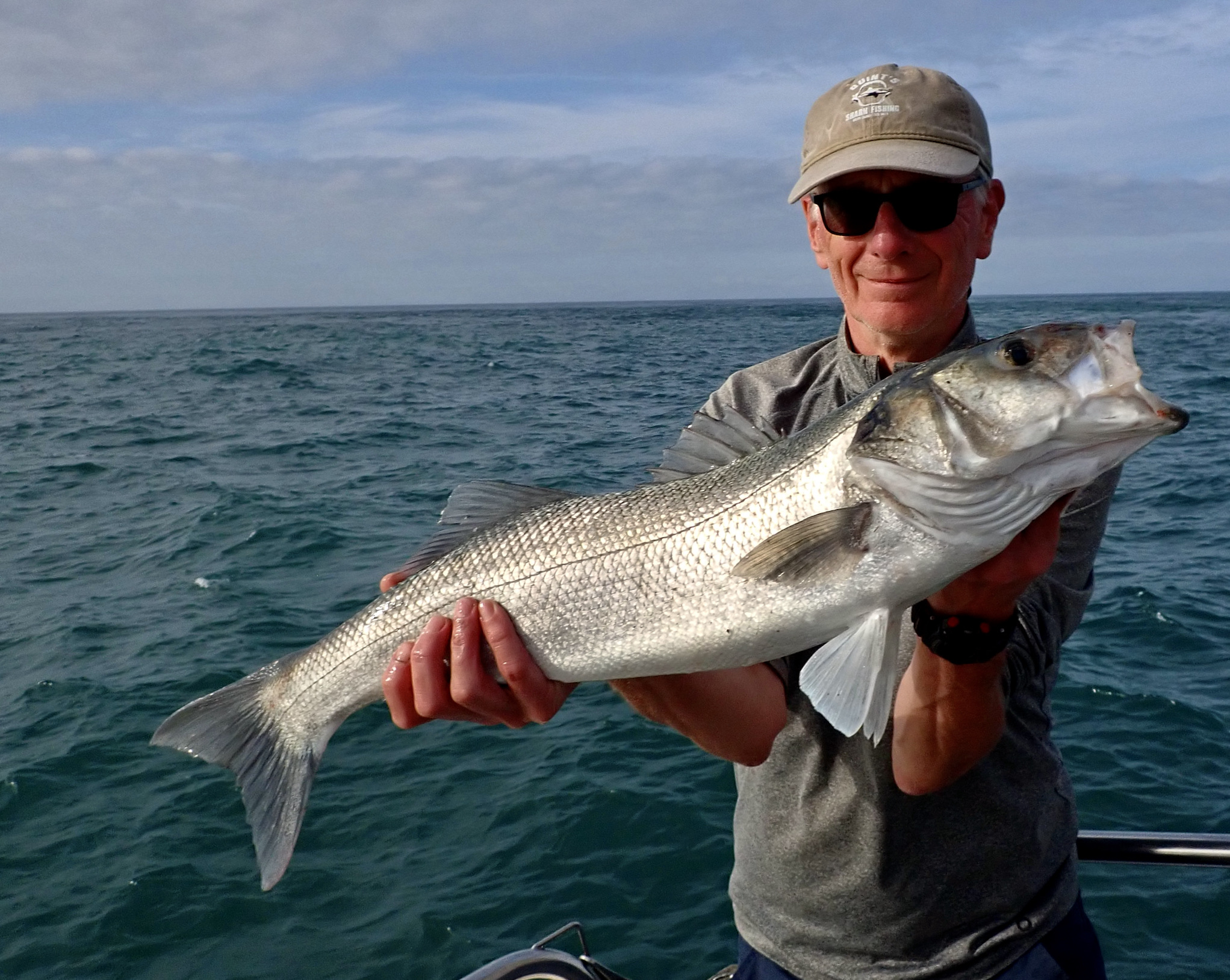
After enjoying a thrilling session to end the day it was time to head back to Ilfracombe and the bustling harbour on a warm summers evening. We thanked Dan for a great day afloat and all look forward to the next adventure on Predator 2.
MOTLEY CREW AND CATS IN PARADISE
Many thanks to my good friend Bruce Elston for sending North Devon & Exmoor Angling News a full report on their trip to Anglers Paradise. Whilst I was unable to attend due to grandad duties I was very much there in spirit and watched developments keenly on our Watts-App group.
It was with much anticipation that a motley crew of like minded anglers assembled at my place for breakfast, prior to annual cat fishing trip on carp and cat 2 at Elderado. This was to be our fifth year targeting the catfish on this prolific lake and we always have a lot of laughs with a few nice fish thrown in along the way.
Unfortunately Wayne Thomas couldn’t make it this year so Noel Jones readily agreed to take his place.
With the bacon and egg butties and copious amounts of tea and coffee consumed we set about allotting swims by pulling names out of a hat. Unfortunately for Johnny ‘Fat bloke’ Hughes he drew the short straw and had to fish with me!
This year we had been lucky with the weather. With the lake booked months in advance, it is always a worry but with hot and sunny conditions forecast for the 48 hours of fishing we had ahead of us, things looked good. I have always found found this to be good conditions for tempting our whiskered friends.
Arriving at the lake we noticed a few carp spawning which was not ideal. Hopefully our large baits and agricultural tackle needed to tame the large catfish that reside here , would put off any carp fancying a snack after their amorous endeavours.
Barrow loads of gear were quickly deposited in our allotted swims. Well, quickly might be a bit of an exaggeration for this mostly retired and less than spritely bunch of old duffers! Anyway, eventually we were all settled in our swims and sat back in the sunshine awaiting events.
It wasn’t long before I spied a bent rod across the water and Tony Ball was playing the first cat of the session. Only a kitten
at around 8 pounds but it was a good start and fair play to the old fella for thinking outside the box and trying out a float paternoster
fished with worms.
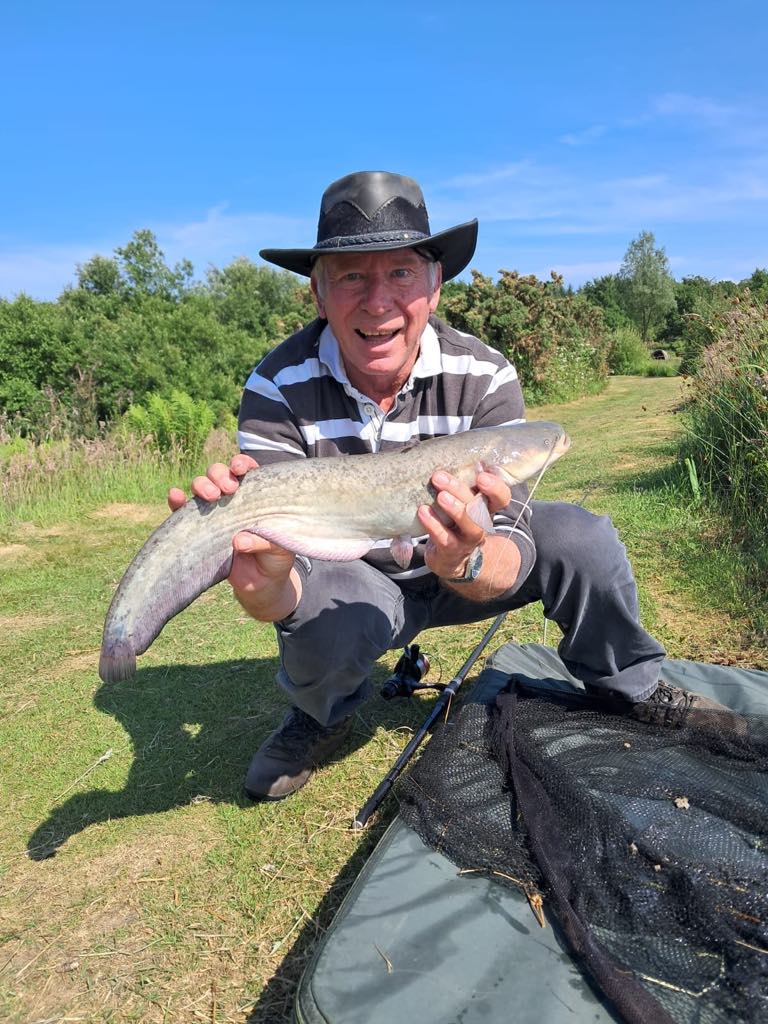
Soon after Alan Palmer also landed a Kitten of a similar size, this was closely followed by a 29 pounder also to Mr Palmer.
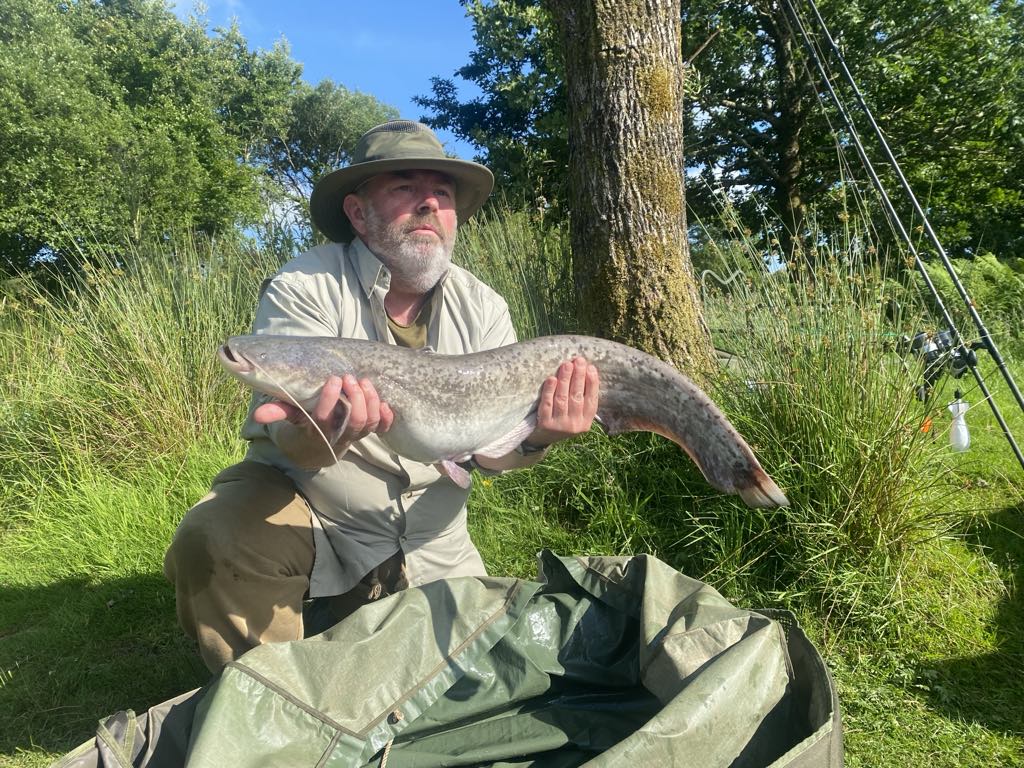
Things were looking good and got even better when my alarm sounded and I was suddenly attracted to something that was intent on pulling my arm off. The cats have got bigger and bigger, year on year in this lake and this was definitely one of the bigger ones! Bitter experience of lost fish making it to snags or taking me around islands have meant that I have upgraded the gear I have been using to try and tame these beasts. Despite now using 30lb line, 3 1/2lb test Armorlites and big pit reels the big ones still lead you a merry dance. This one was no exception and decided it wanted to visit Noel in the swim further up the lake to my left. Eventually it came around to my way of thinking and a nice cat of 40lb 8oz was juggled into
the net by Fatty Hughes.
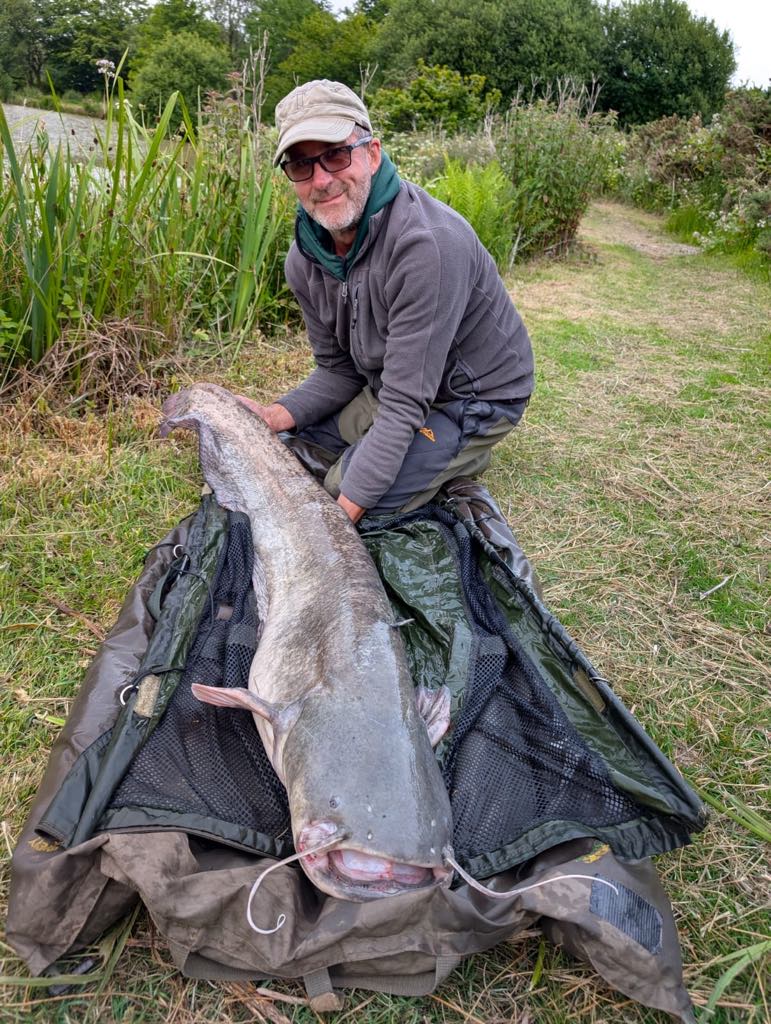
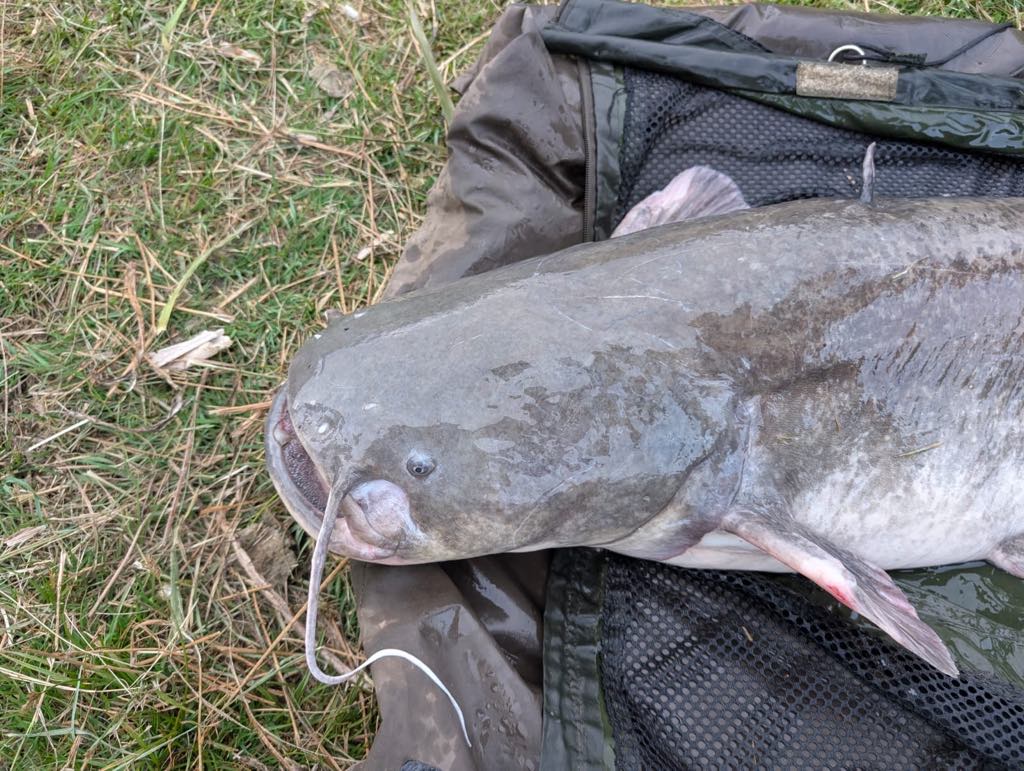
The action continued with Richard ’Bully’ Bull landing a 20.12.
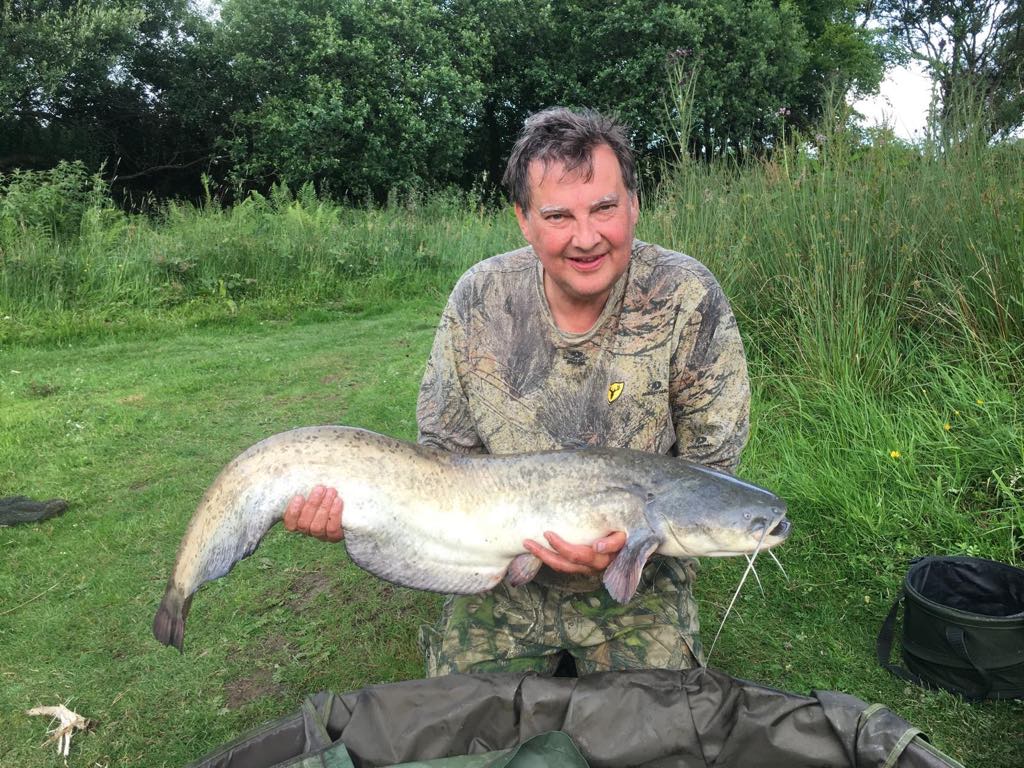
The cats were definitely on the munch and we were all expecting a busy night but apart from a couple of lost fish and a 15 for Bully it was relatively quiet. Oh, and Fatty Hughes had a micro cat on worms popped up to just under the surface.
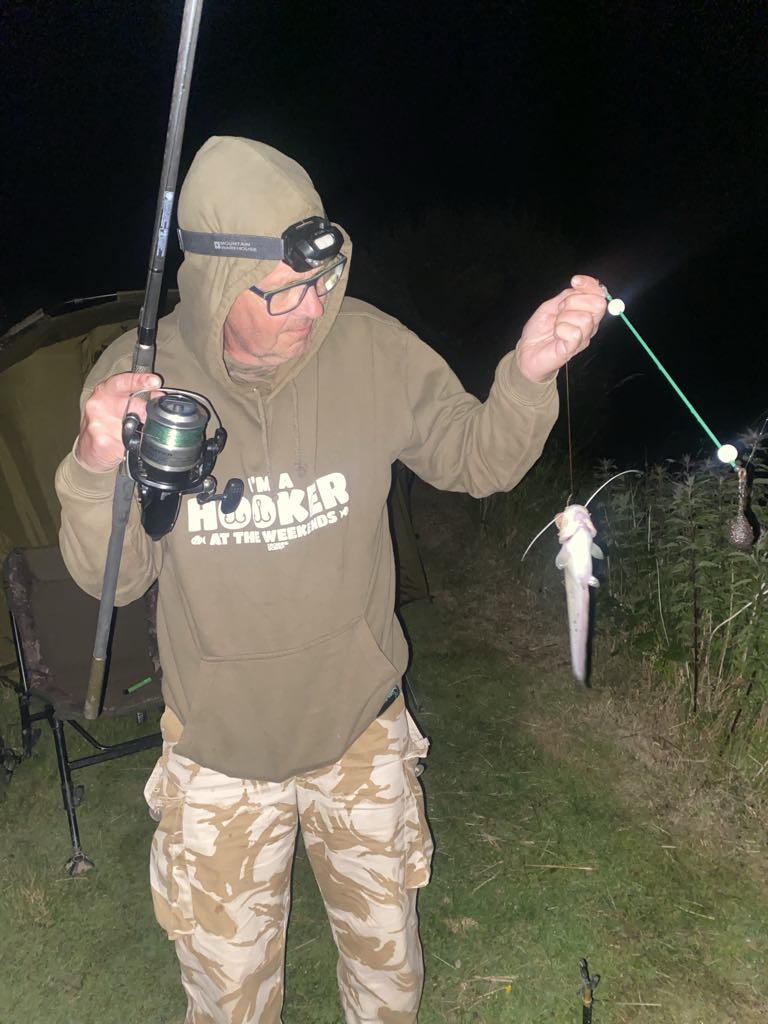
As the new day dawned, Noel was woken by lovely looking common carp that took a liking for a half tin of luncheon meat which was soon outgunned on the heavy gear and sent back on its merry way.
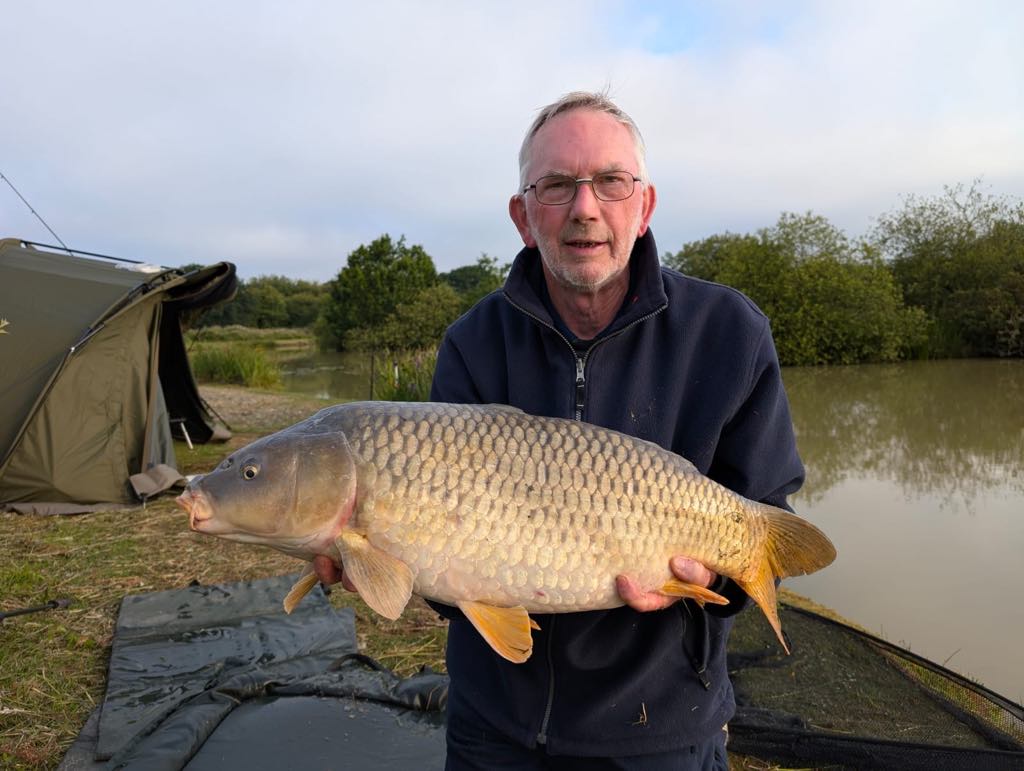
Father and son Team, Mitch and Ben Andrews had been quiet (at least fish wise up to this point) but this was about to change. Ben stole the show on day two with two nice fish of 30.08 and 32.14.
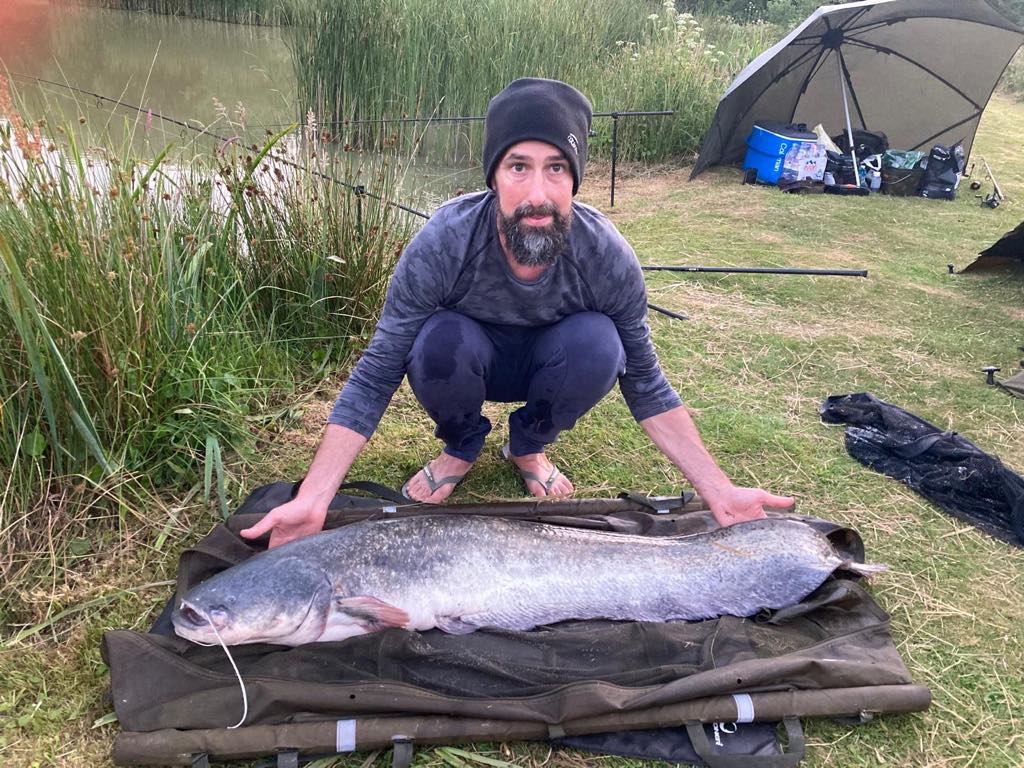

As the second night descend on us we could hear the call of a Nightjar nearby but Mitch spoilt the moment by declaring that it was in fact a farting Walrus.
Mitch has had some nice cats in the past but has not had the best of luck on our annual trips so we were all rooting for him as time was starting to run out on the session. Thankfully at 10.45 his bite alarm sounded and this time he wasn’t to be denied and after a spirited battle a 22 pounder was his.
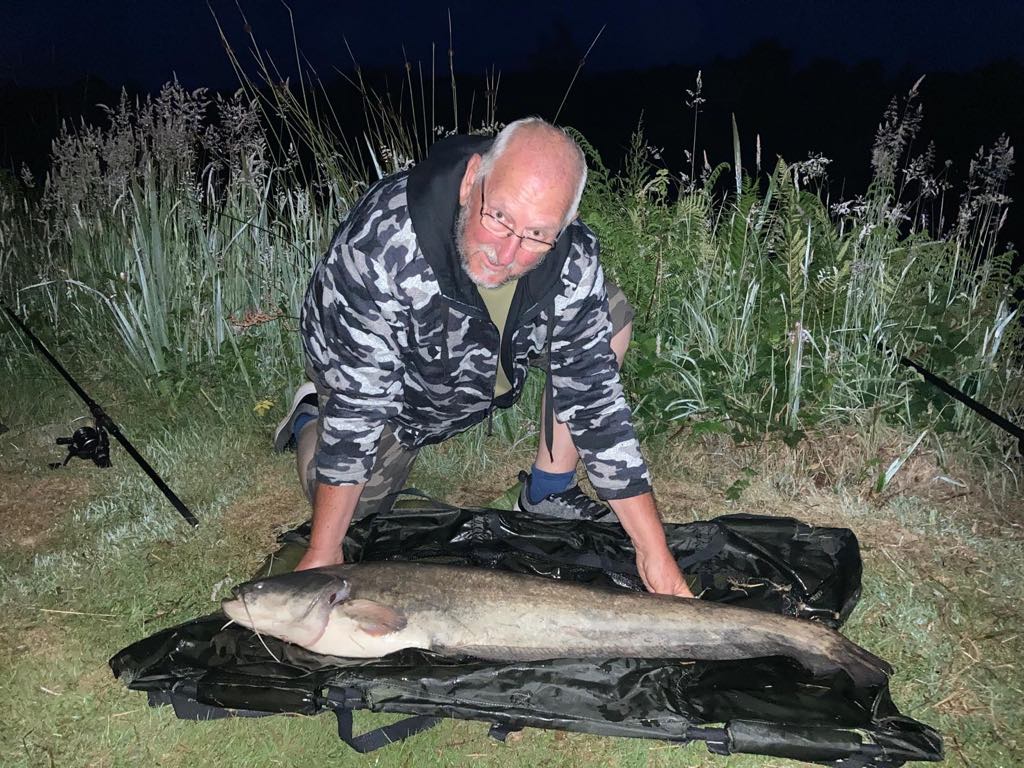
Several other cats were landed in the night including a 28 for Alan, a 27 for Ben and a 24 just before the first light for me.
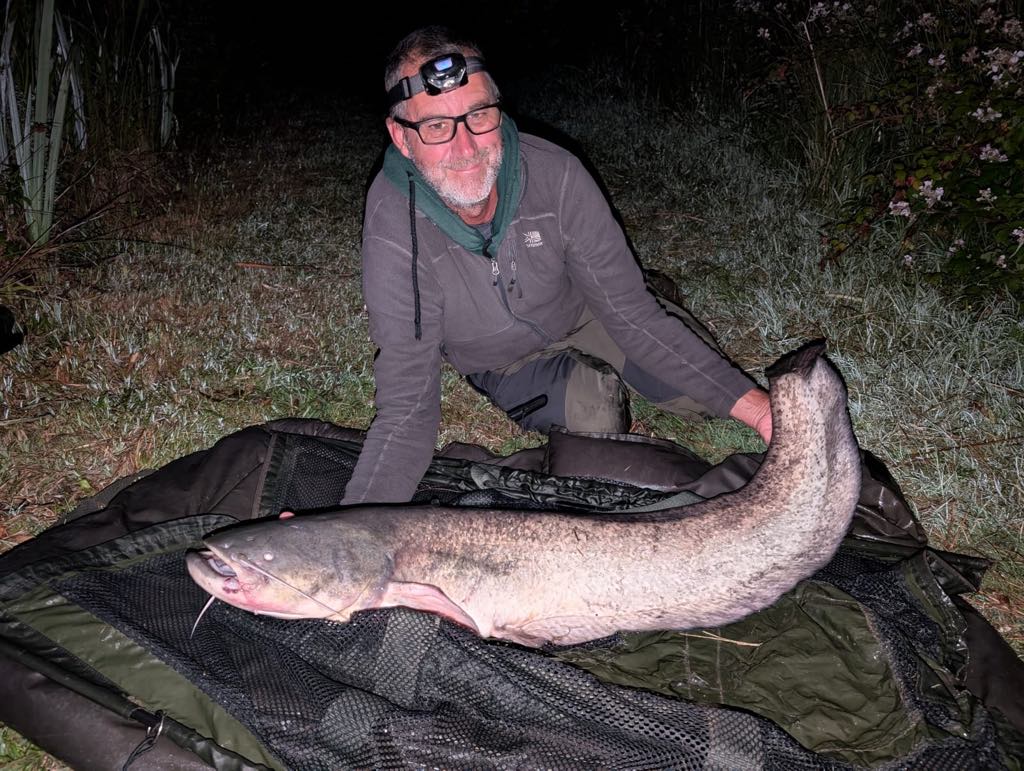
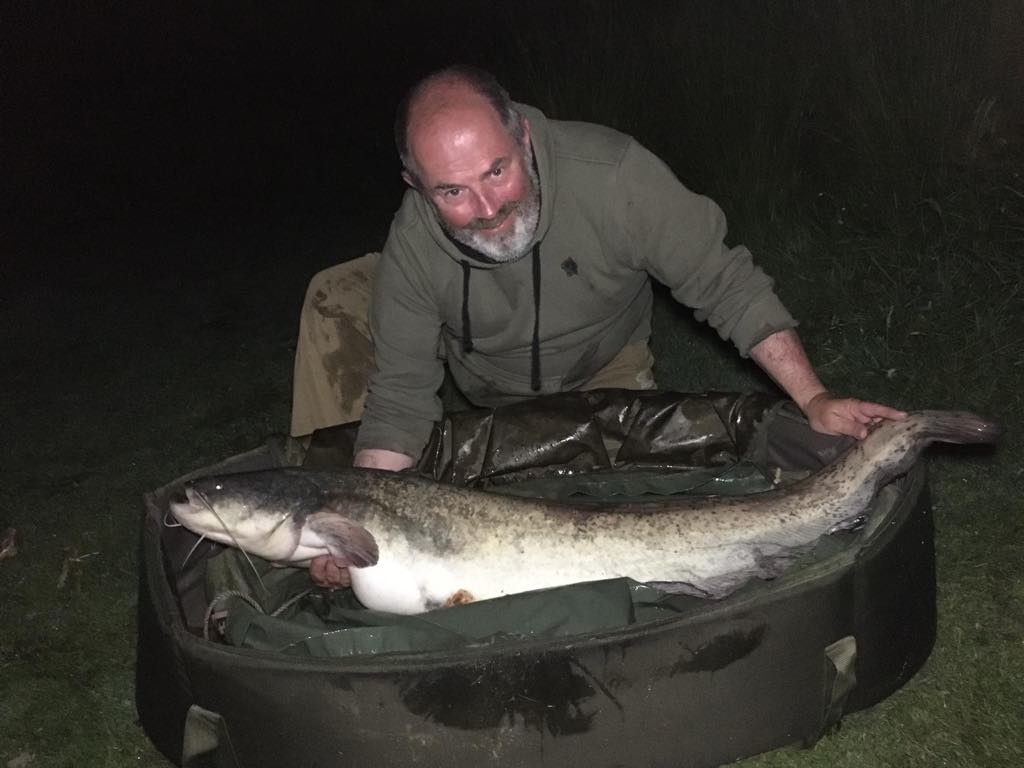
Fatty contributed to proceedings with another micro cat on worms.
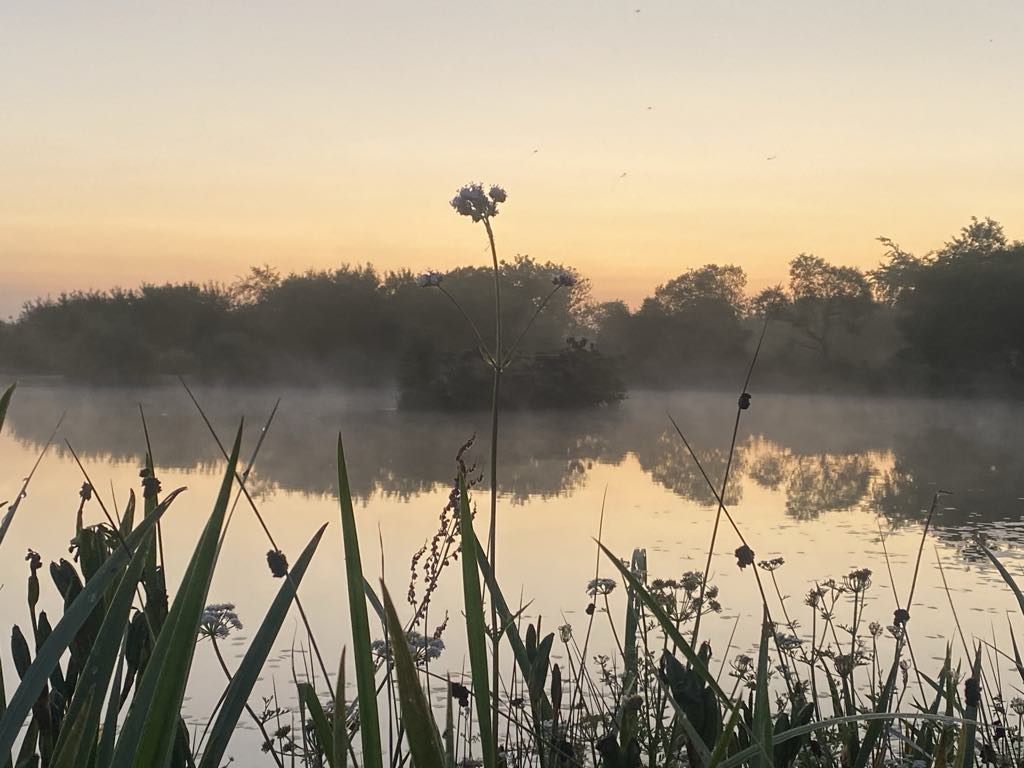
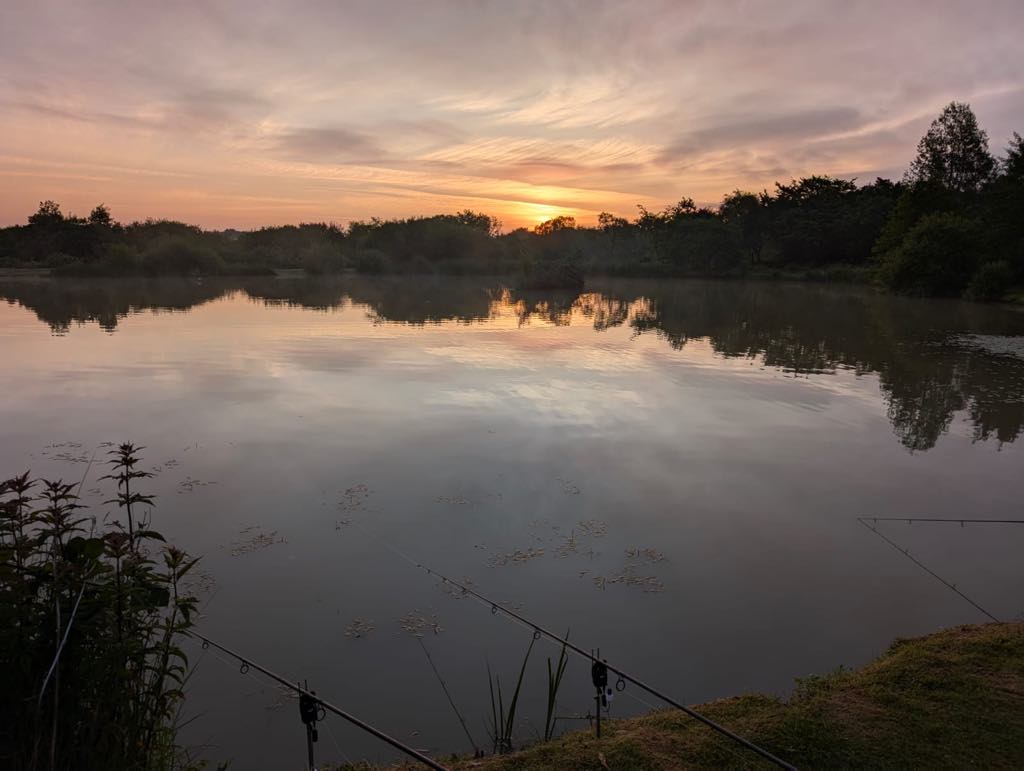
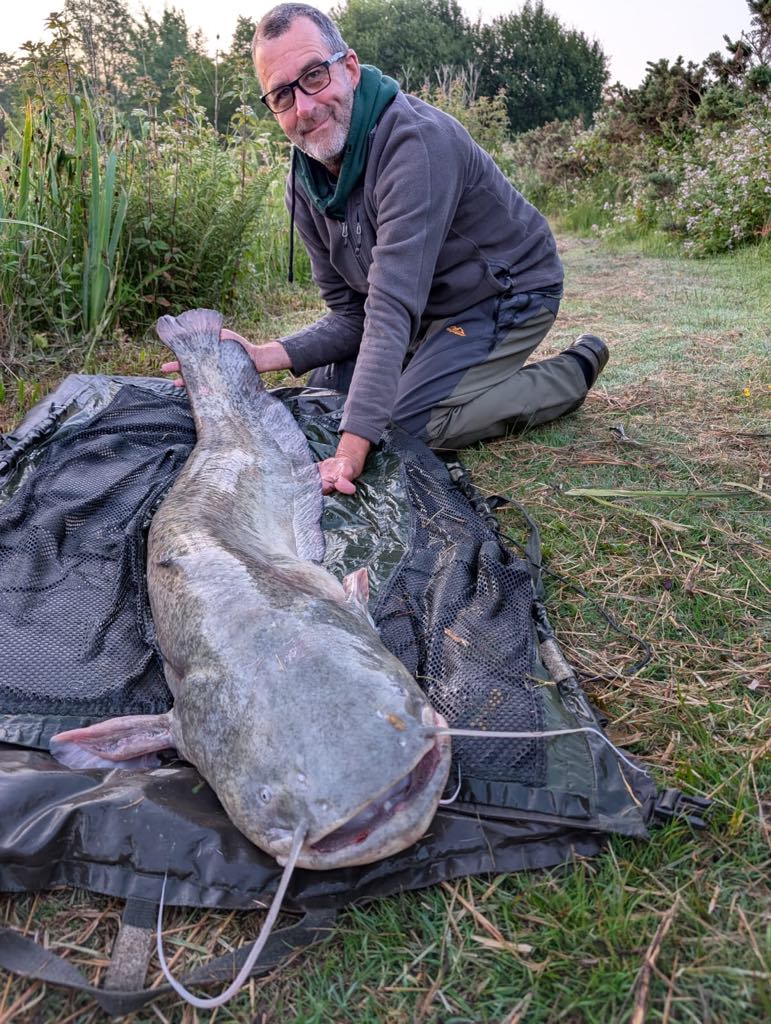
As the new day dawned with mist rising off the water my Alarm sounded for the last time and I was blessed with another 40 pounder to cap off what had been a fabulous trip. Unfortunately Elderado had a sting in its tail for poor Noel as despite the heavy gear he was using and not fishing too close to the snags a big fish managed to get into some sunken branches on the far bank just as he was about to pack up.
Still it was a great trip and fun was had by the old fogeys and a fitting end to our Elderado adventures. I say end as it is rumoured that it will not be available for day tickets next year. I had better make hay…
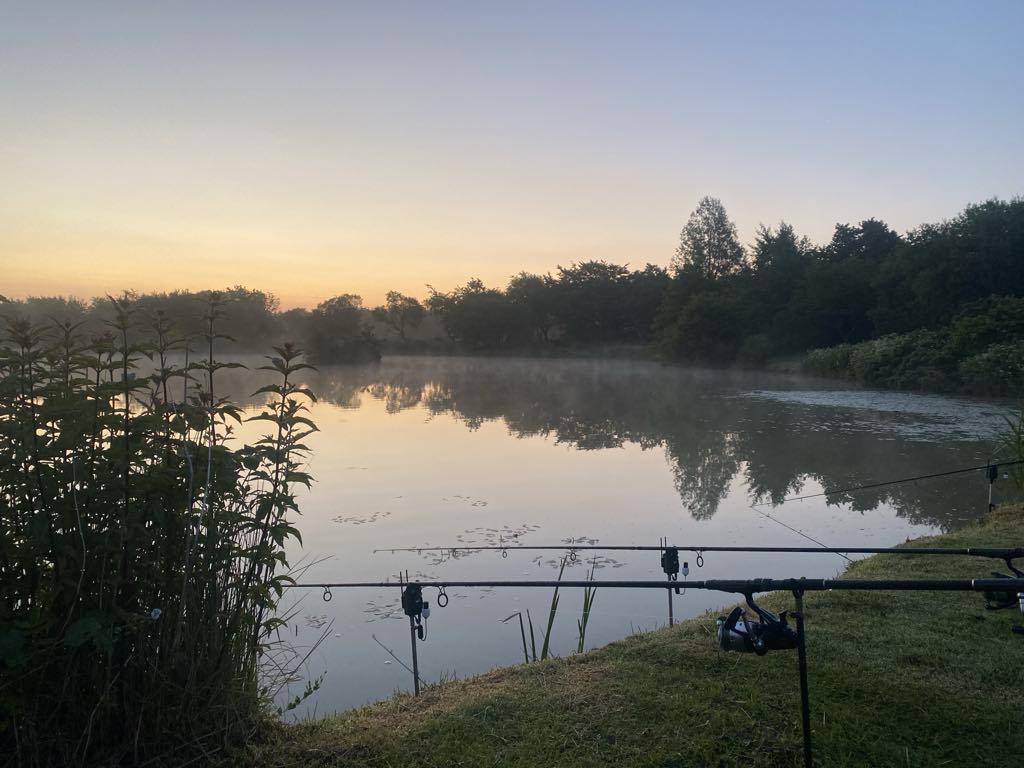
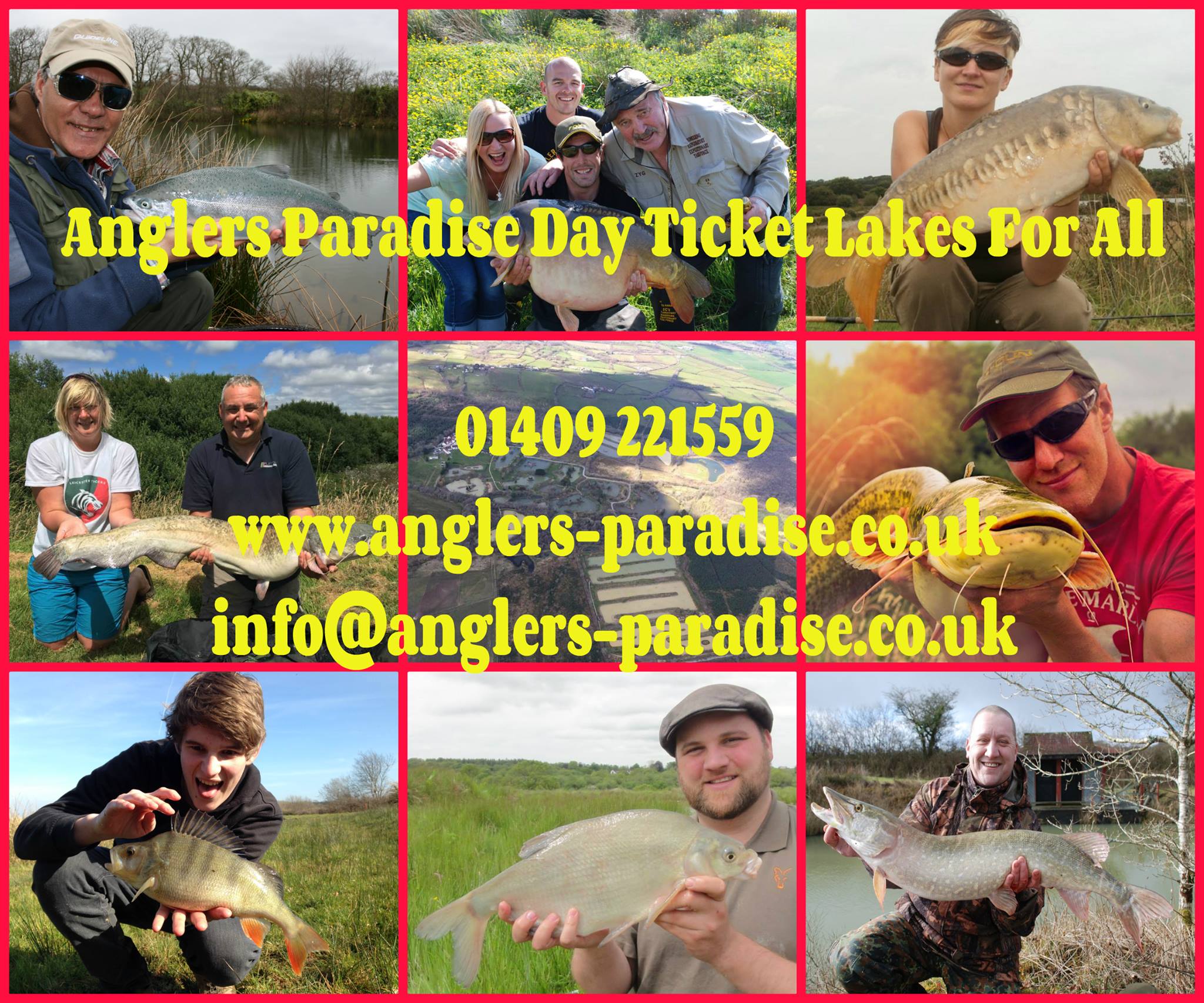
RIVER HEALTH – OPPORTUNITES TO RAISE AWARENESS
There are numerous threats to the complex life systems within our rivers and it is imperative that we all try and do what we can to give life a chance. Whilst salmon are perhaps the most iconic of fish they are perhaps the proverbial canary in the coal mine and their plight is an indication of the overall health of our planet. See below issues sent to me by James at Lance Nicholson’s.
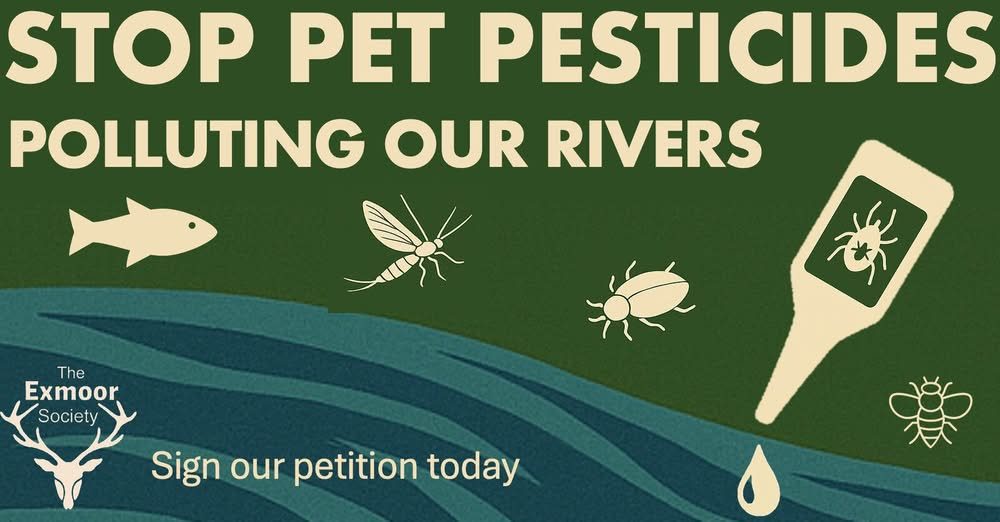
The Issue
🐾 MILLIONS of doses of pet flea and tick treatments containing imidacloprid and fipronil are sold without prescription in the UK every year. These powerful insecticides — which have been restricted in farming for the past 7 years — are freely available in supermarkets and online to use on pets and are contaminating our rivers, harming wildlife – and us.
Recent studies show they’re found in 100% of tested UK urban streams, harming the very species our ecosystems rely on — mayflies, dragonflies, beetles, and the birds and fish that depend on them.
This is chemical pollution on a national scale, and it could be stopped now…
✍️ PLEASE SIGN THE PETITION
To: Baroness Hayman, Department for Environment, Food and Rural Affairs
Call on the UK Government to end the non-veterinary sale of imidacloprid and fipronil pet flea and tick treatments
❗ THE PROBLEM
– Imidacloprid and fipronil are deadly to aquatic invertebrates even in minute quantities.
– These pesticides enter water systems when washed from treated pets, from their bedding, or even our hands
– One treated dog can contaminate 5 million litres of water above safe levels.
– Yet these treatments are sold without guidance, warning, or oversight.
🚫 WHAT WE’RE ASKING
We urge the UK Government to:
1. Ban the sale of imidacloprid and fipronil-based pet parasite treatments except by veterinary prescription
2. Immediately improve warning labels to highlight the environmental harm of these products
3. Support research into safer, eco-friendly alternatives for parasite control
✍️ PLEASE SIGN THE PETITION AND SHARE THIS WITH AS MANY OTHERS AS POSSIBLE
Let’s protect our rivers, wildlife, and national parks!
________________________________________________________________
About the Exmoor Society
The Exmoor Society is a registered charity working to protect and promote the unique landscape, wildlife and communities of Exmoor. We believe the environment and the economy must go hand in hand — and that protecting nature starts with knowledge, action and partnership.
A glimpse of silver – Arundell Summer Fishing
The season certainly seem to be drifting by on life’s current in an ever increasing speed and it seems only a short time since I was last at the Arundell for the grayling day back in early March. https://www.northdevonanglingnews.co.uk/2025/03/06/arundell-spring-grayling-day/
Over three months later and the grayling closed season has passed and summer sea trout are ascending the rivers of the Tamar catchment. The Arundell boasts twenty miles of water amidst lush landscapes of the Devon and Cornish borders. I had arranged a day’s fishing with my good friend Jeff Pearce and had arranged to meet at the Arundell tackle shop for 9:00am.
Traffic at Bideford delayed my journey and it was 9:30am before I arrived and apologised for my lateness. Jeff had enjoyed chatting with fellow fishing guests and James Christoforou who is the venues head of Fishing.
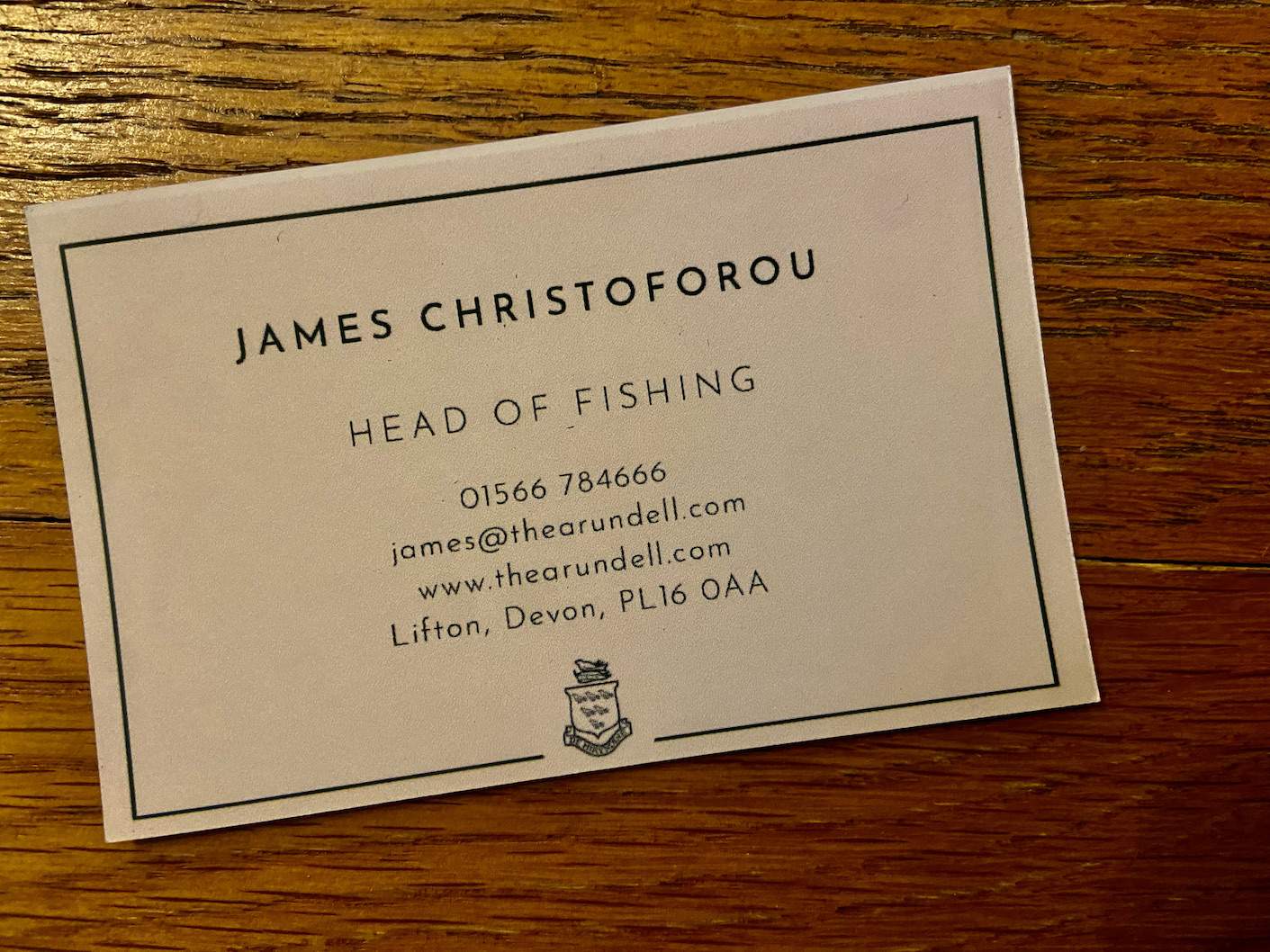
James is a breath of fresh air with an abundance of passion and optimism befitting an angler from a younger generation. James talked of the recent upturn in fishing in the rivers following a good summer spate with good numbers of sea trout showing along with a few salmon. These migratory visitors really are the icing on the cake with abundant wild brown trout and some stunning grayling providing consistent opportunity’s for anglers.
It is always well worth listening carefully to advice from experienced local anglers and James certainly knows the hotels waters intimately explaining to Jeff and I where to fish and suggesting which flies to use and how to fish them.
Jeff is a keen exponent of nymph fishing and engaged in an in depth discussion with James delving into the intricacies of fly design. Like many other anglers I know including myself he carries an extensive selection of fly patterns yet in reality only fishes with a tiny proportion of them. My own interpretation of the discussion is to some extent that there is some basis in certain flies working well on specific rivers. This could be in part be due to anglers following trends and traditions. It is also likely that certain colours are more visible in certain tinges of water colour. The weight of a nymph is undoubtedly vital in ensuring that a fly gets down to where the fish are so the stronger and deeper the pool the heavier the fly needs to be. So the perfect nymph for the Arundell waters is perhaps a tungsten silver headed jig style with black body and sprinkling of silver flashy sparkle.
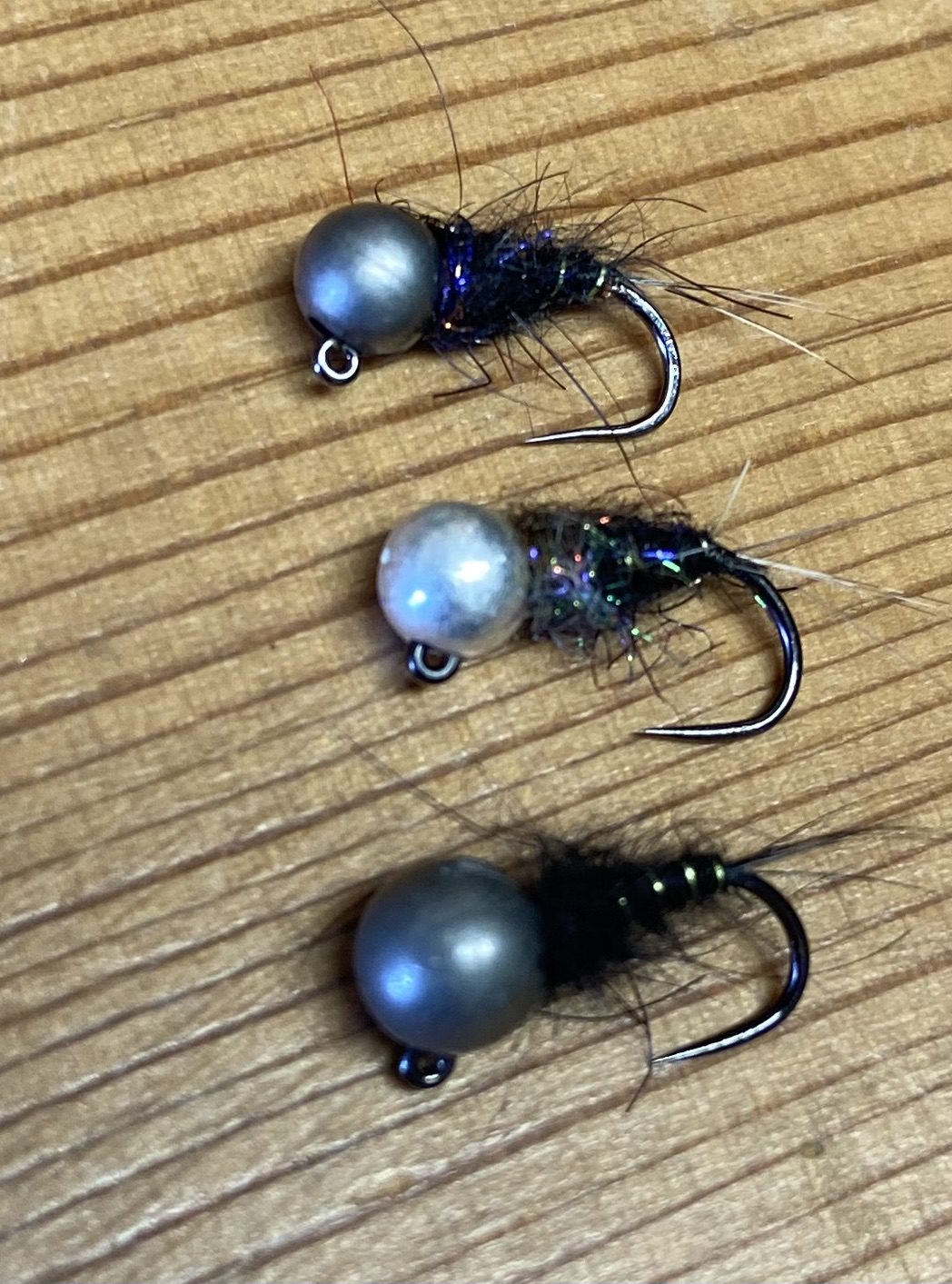
It was late morning by the time we actually arrived at the waters edge keen to start exploring the deep pools and runs. We both carried two rods one set up with a dry fly and the other with a nymphing set up.
We started fishing on Beat 2 and Bridge Pool where Jeff commenced the days quest drifting his team of nymphs slow and deep as a rather nonchalant duck observed proceedings.
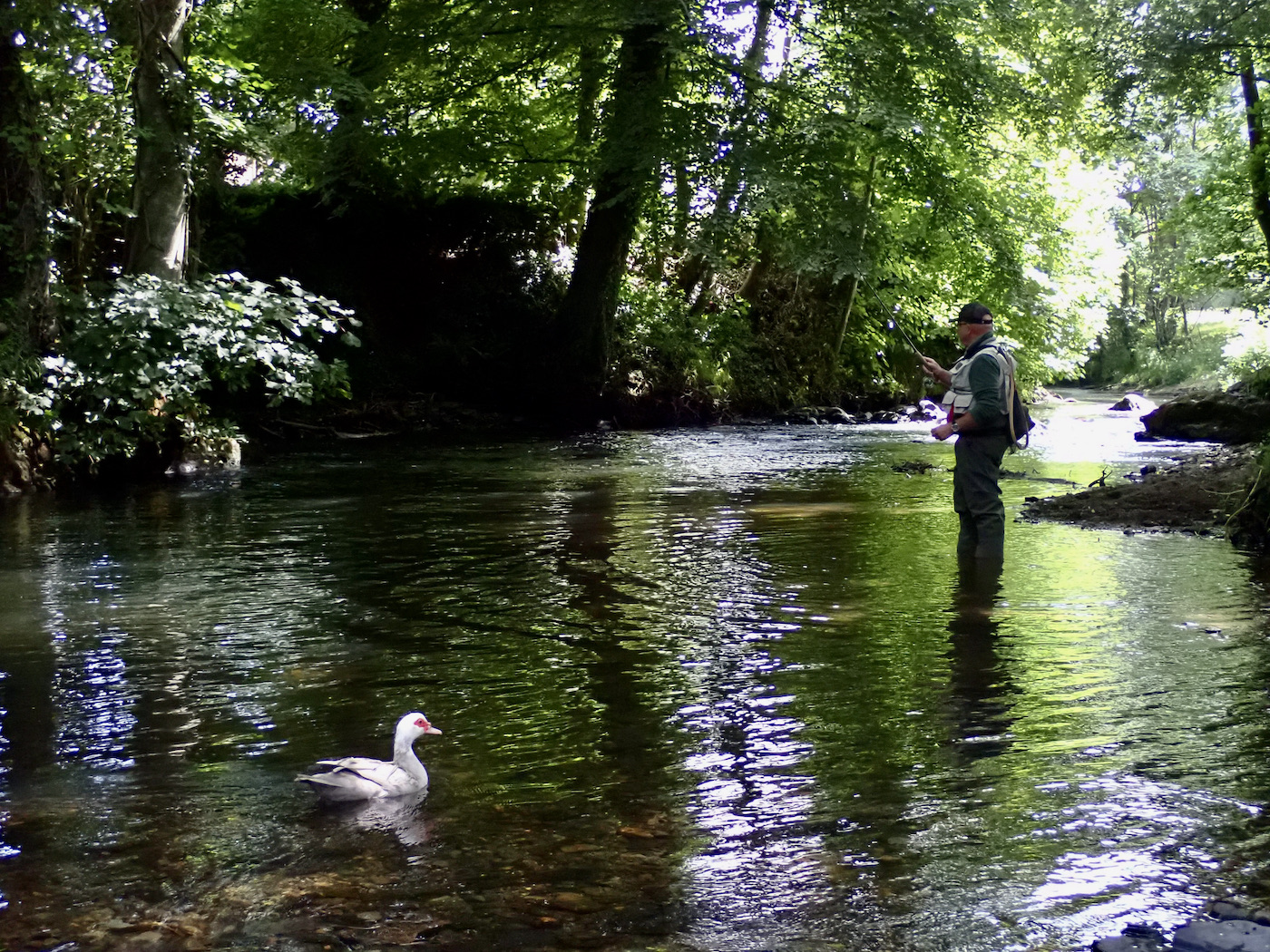
The lush green foliage of late June hung over the river its course carved through rocky bed rock over thousands of years. As I often say each river has its own unique character and the River Lyd is undoubtedly one of the West Country’s finest and after recent rainfall to flush sediment its waters seemed to be in sparkling health.

BB that great Countryside Writers Children’s Book ‘The Little Grey Men’ is a classic tome that captures the magic of a rivers journey and the shaded waters of the River Lyd somehow resonated within the pages of the book. This morning could easily have been a day BB describes “ After a soft grey morning, the sun had slowly broken through the clouds, and every blackbird and thrush in Lucking’s Meadow began to warble and tune up; the first opening bars of a great symphony in praise of life”. My ponderings on gnomes dwelling in the shady banks of the River Lyd are undoubtedly deluded for BB states “ For secrecy was of utmost importance, especially in these modern days when discovery would mean the end of everything. Why these little creatures had survived for so long is puzzling, because though they lived in this rural countryside, it was by no means ‘wild’ in the sense that some parts of Devon and Cornwall are wild, and there are, to my knowledge, no gnomes left now in either of these last two localities, though I understand they are still to be found in some parts of Ireland”.
We fished carefully up through deep shady pools that hid their secrets as sunlight broke through the vibrant green canopy of midsummer. We were both using bright indicators to suspend our nymphs to just trip the riverbed. This was not traditional fly fishing and the purist would certainly not approve. We are going through a revolution in fly fishing at the moment as technics from across the wider world are embraced by a younger generation who push the boundaries and break down the barriers between disciplines.
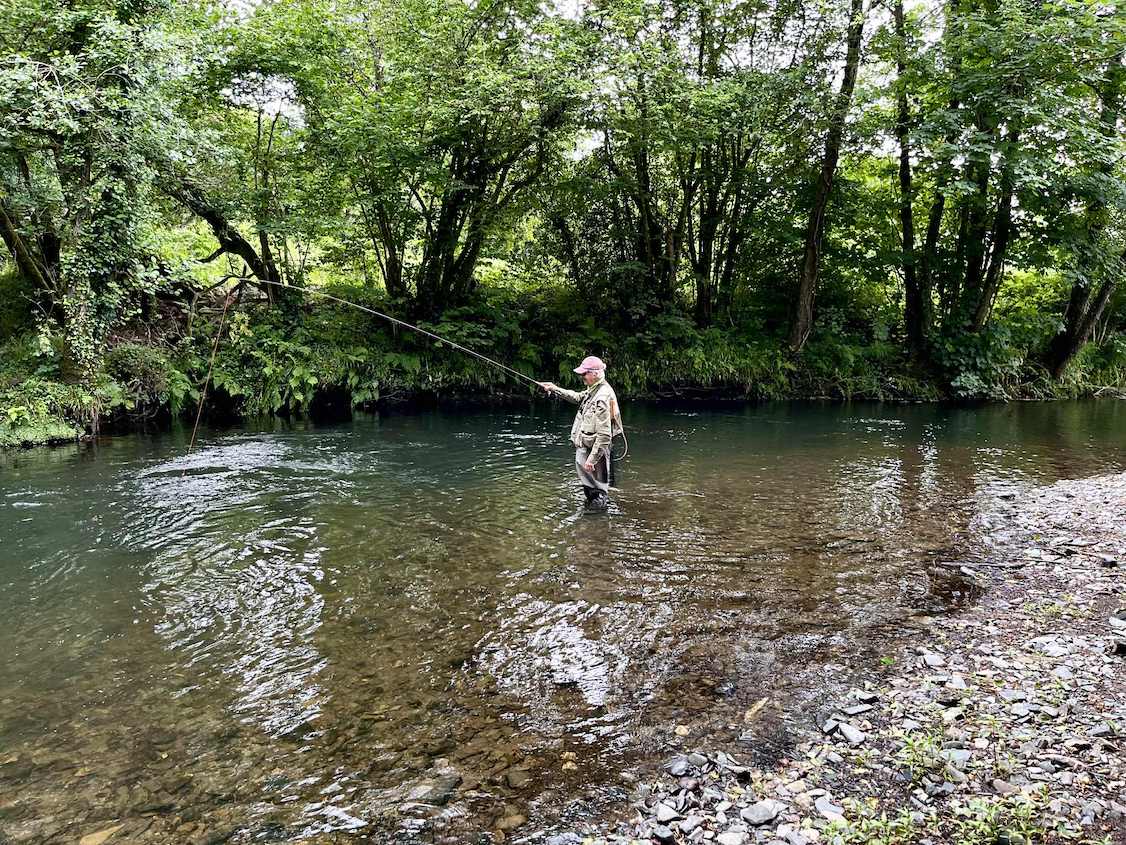
Watching our bright indicators drift slowly through deep calm pools is little different to trotting with a float and what’s wrong with that?
There is no doubt that catching on an upstream dry fly is more satisfying and that delectable moment of deception is one to savour. However life is short and in these modern times if we want a younger generation to embrace the sport then perhaps we have to accept a wider range of tactics and values. It is perhaps possible to draw comparison with today’s cricket scene. The traditionalist will always extol proper Test match cricket; five days of endeavours to be savoured and analysed. A younger generation will perhaps prefer the wham bam thrust of 20/20 cricket that is all over in just a few hours.
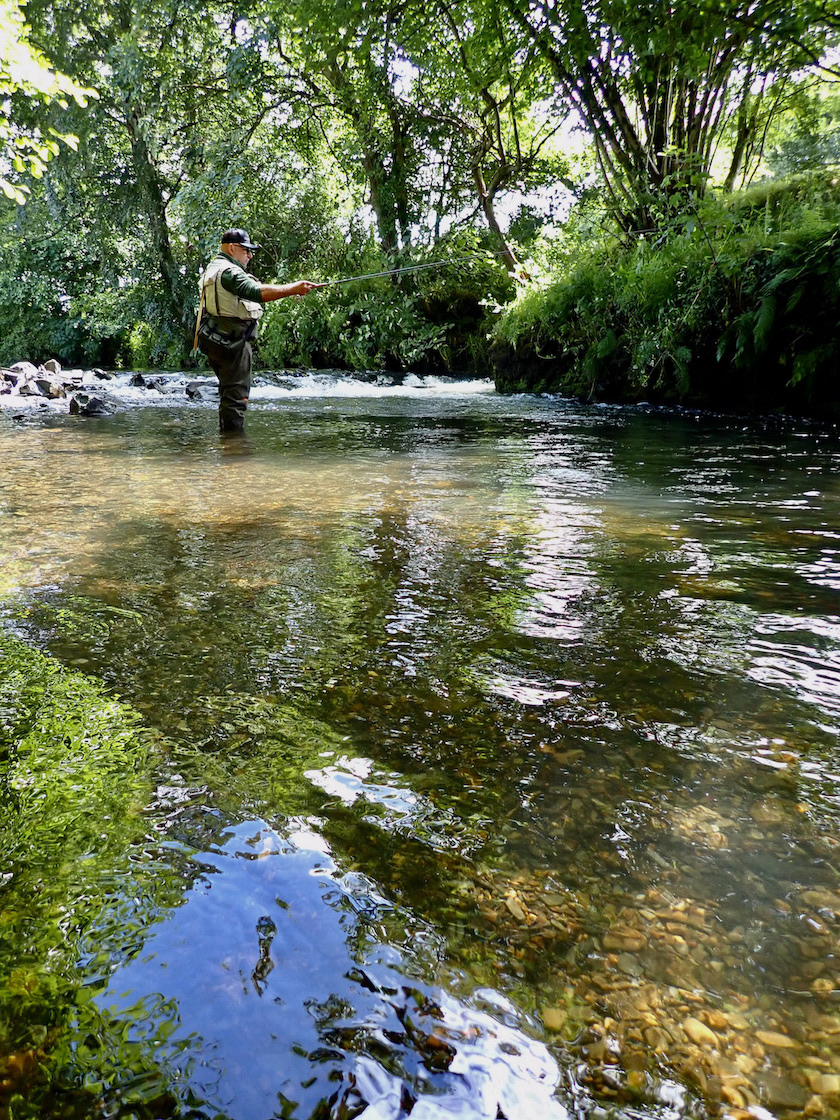
Jeff was first to connect and I watched as a sea trout gyrated in the strong current as it was persuaded to the waiting net. The silver flanks glistened as we admired its beauty before slipping it back into the cool waters.
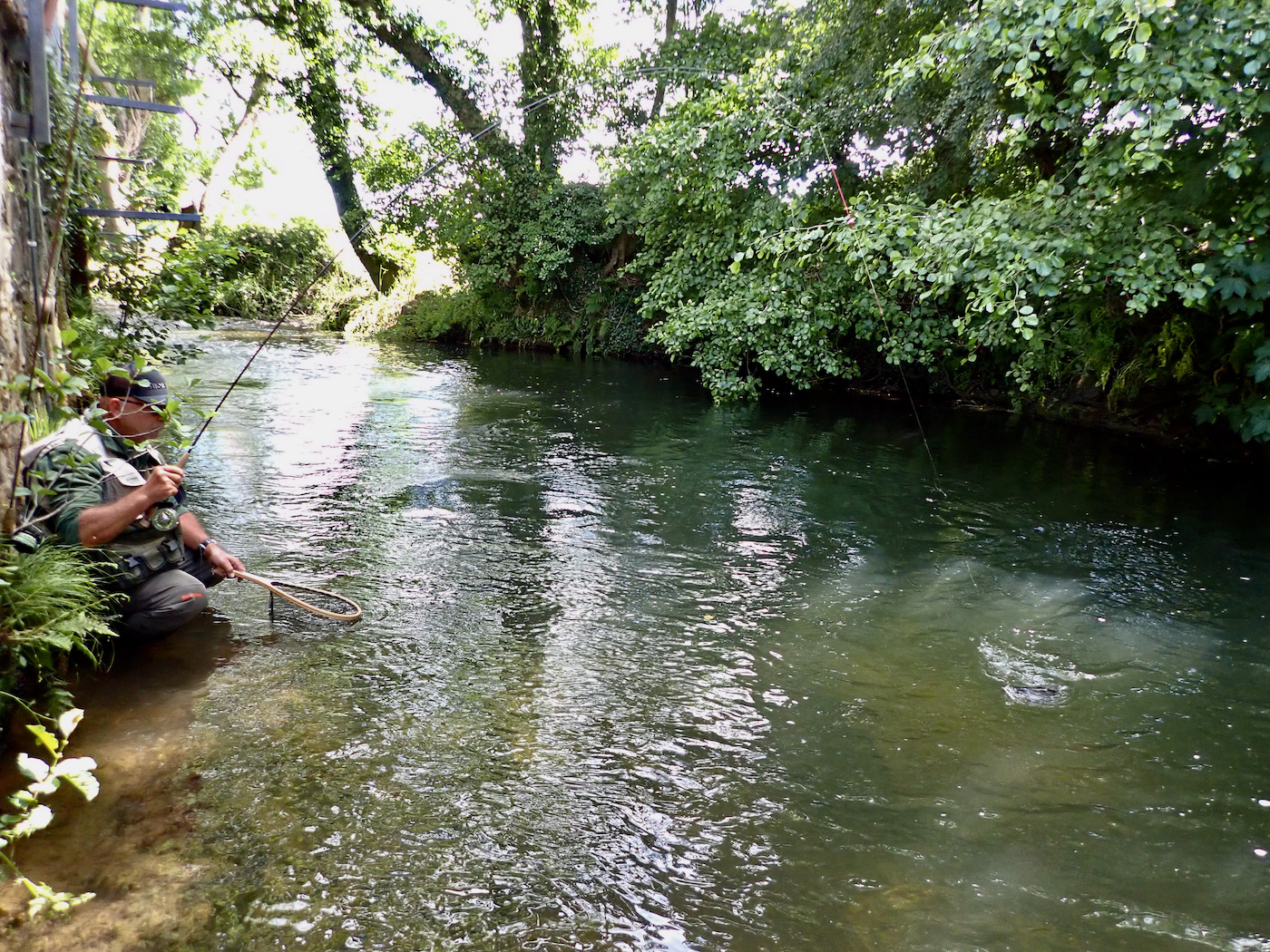
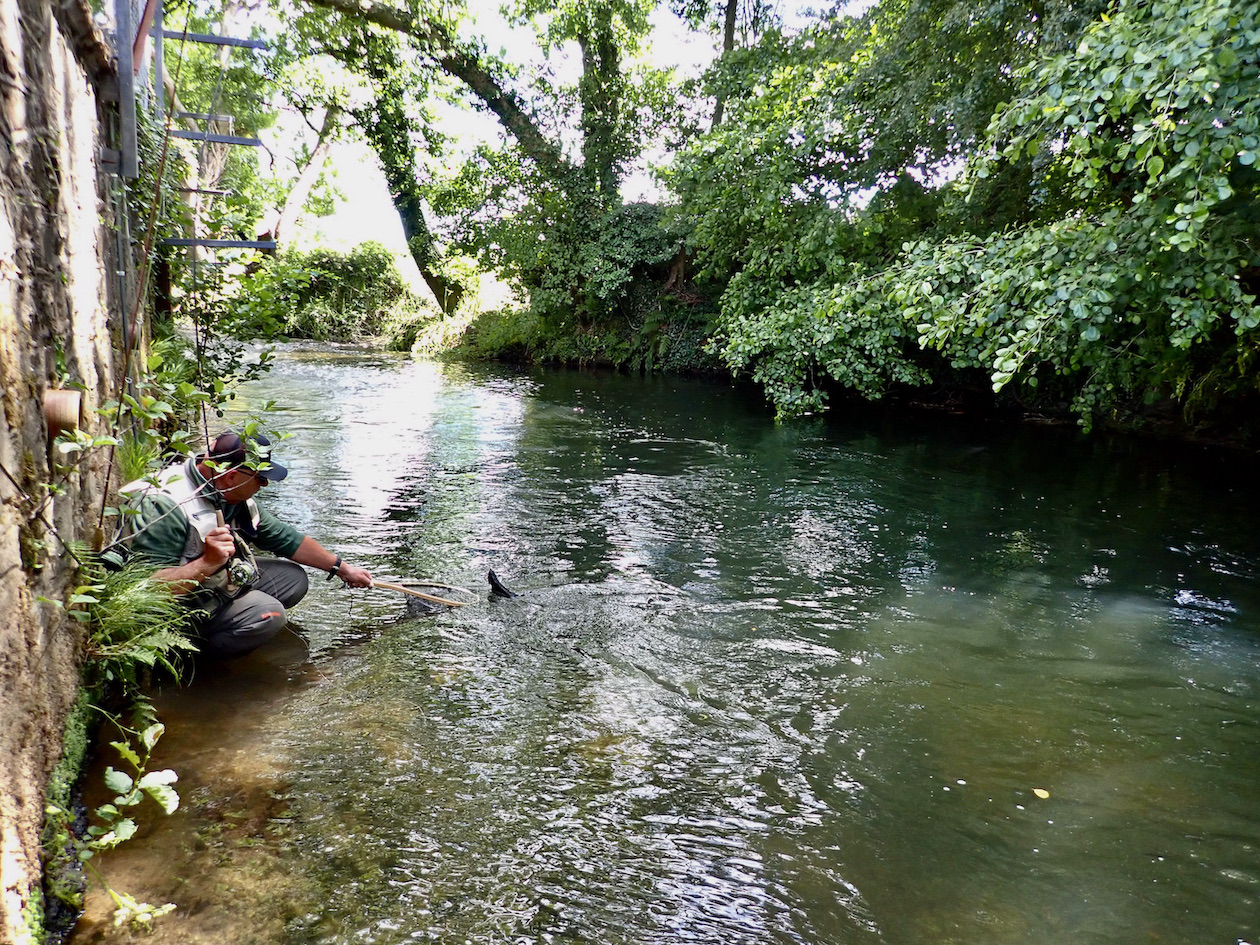
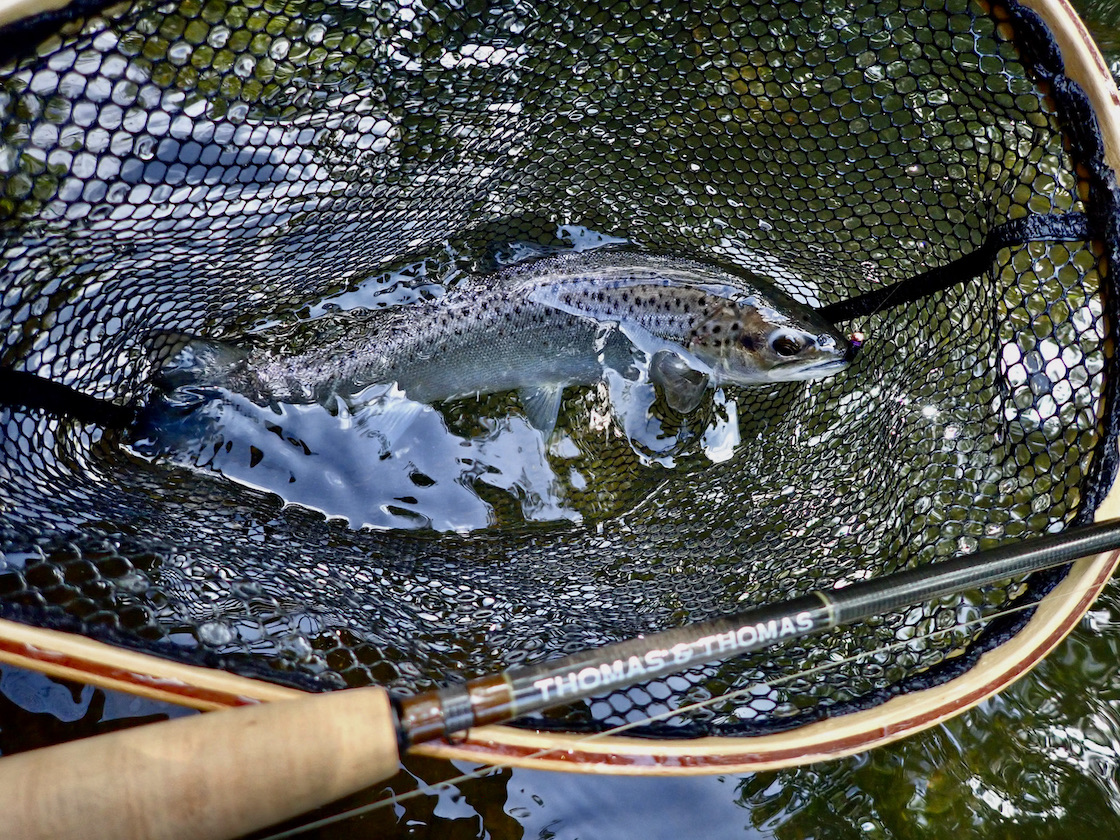
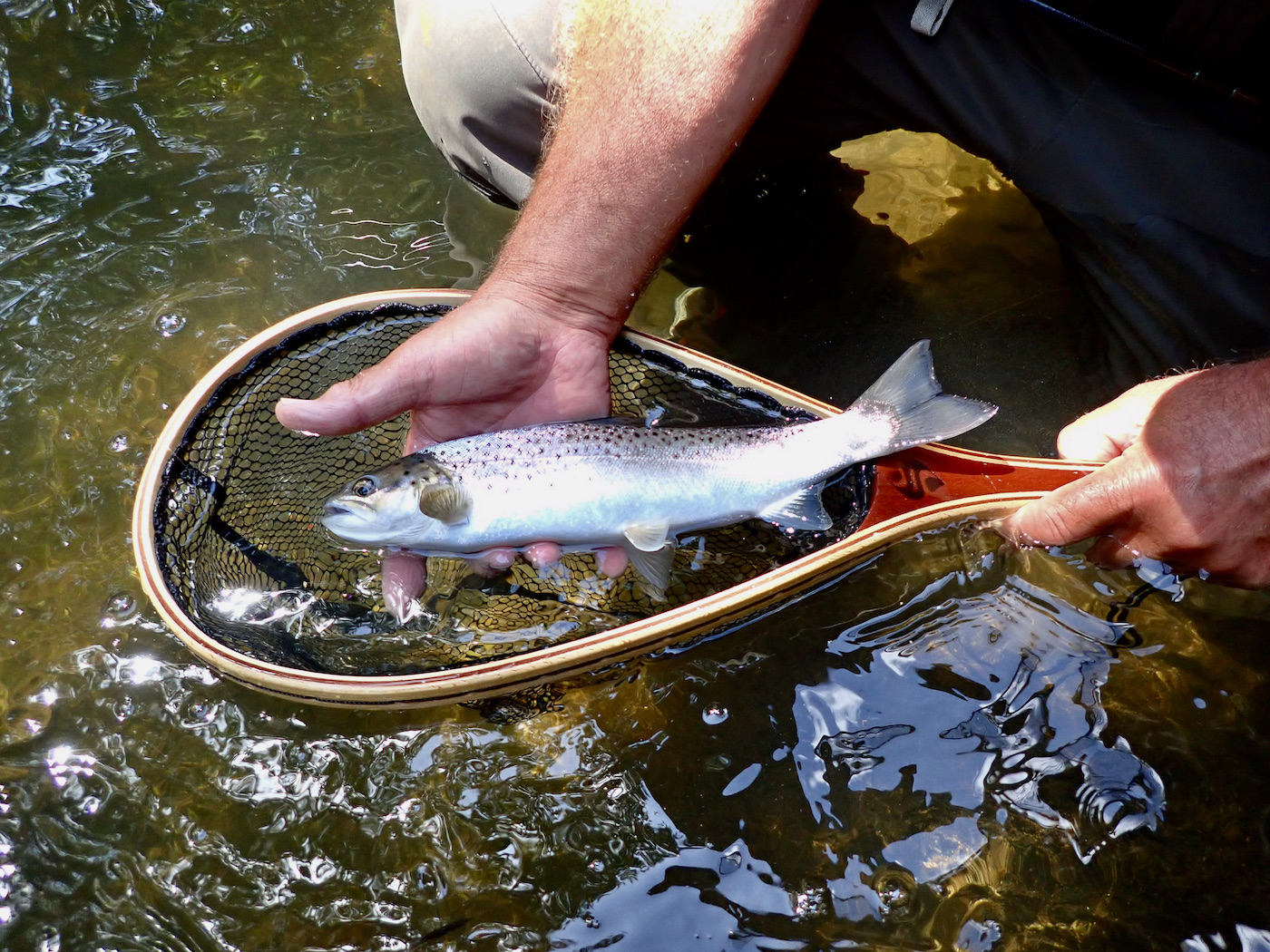
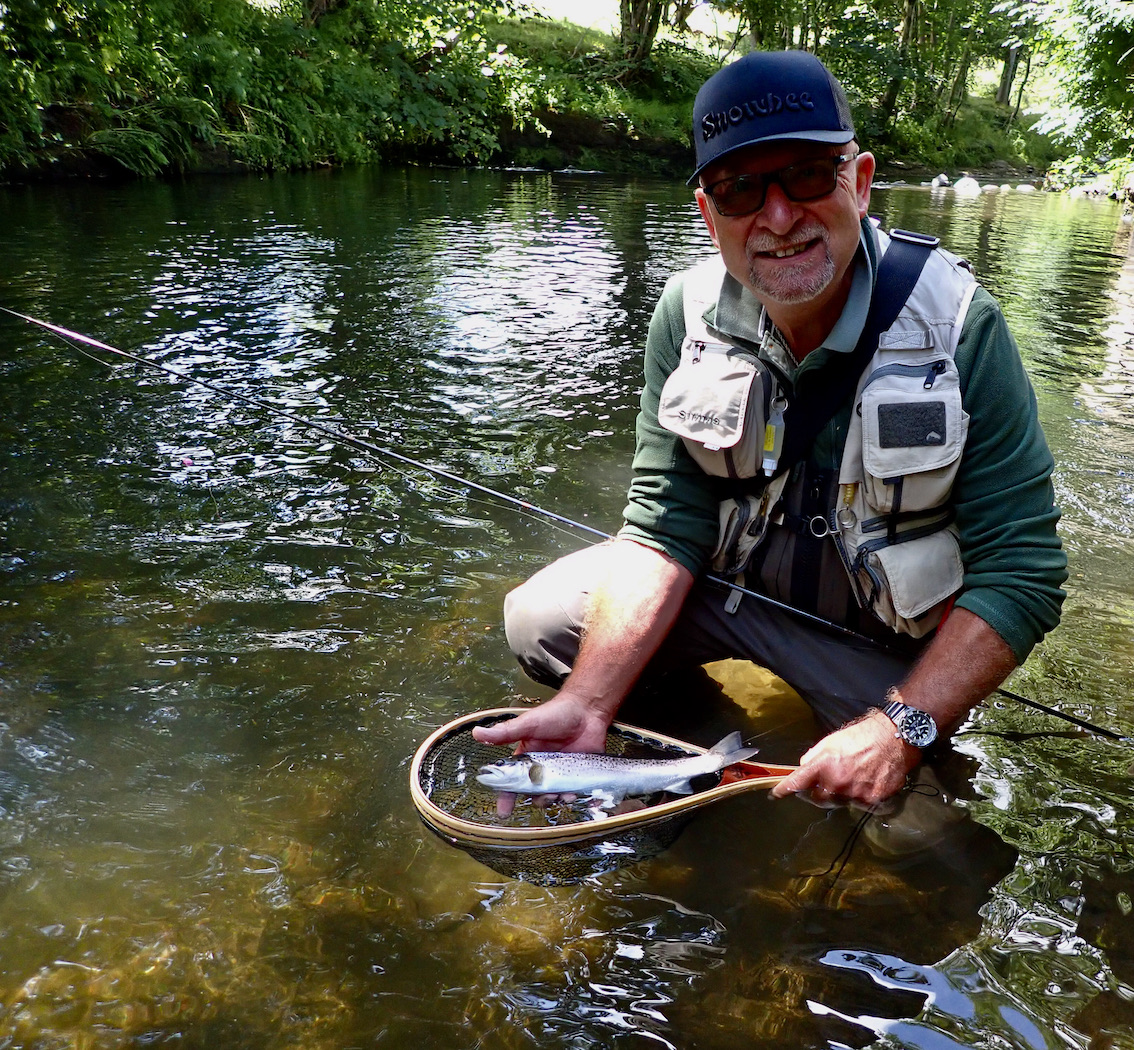


Boosted by this success we both searched intently drifting the nymphs through the pools. I hooked a small brown trout that shook the hook and caught a couple of small parr.
We then took a break to drive a short distance to the fish beat 3 a stretch of river that we had fished back in early March when Jeff had caught a grayling and I had lost one.
We went our separate ways now alternating between pools immersed in our own endeavours to a large extent. When we met up a short while later Jeff was excited to recall the capture of a fine sea trout estimated at around 2lb at had made his reel scream as it battled gamely.
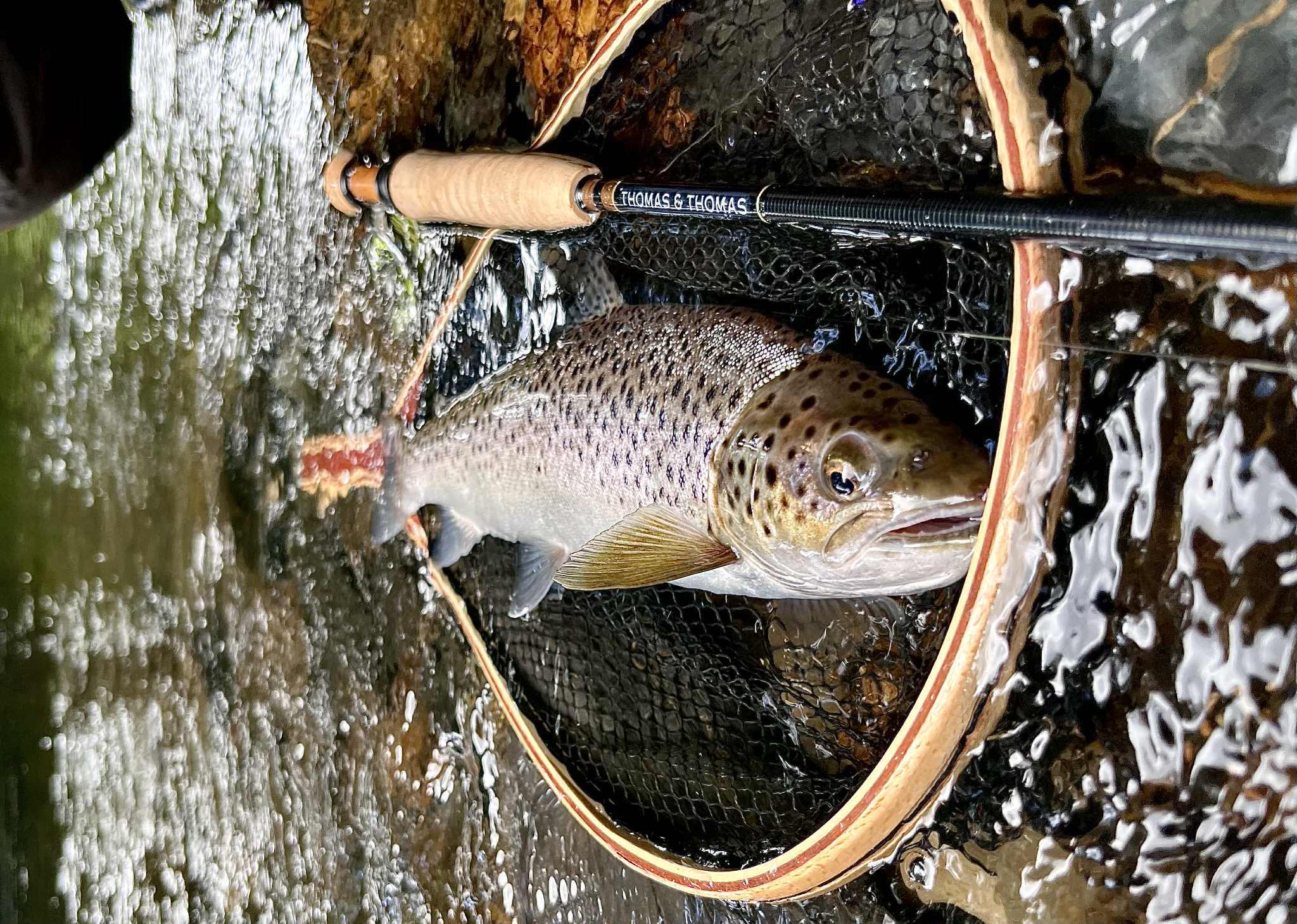
It is often the case that when I fish with Jeff we seem to mirror each other’s catch’s and when one of us enjoys a good first half the other succeeds in the second half. This was certainly my hope as I searched the pools attempting to read the water carefully focussing on those sections that took my fancy.
The deep fast water towards the head of the pools and runs tempted me and I searched these areas in preference to the slower deeper areas.
I undoubtedly missed a couple of fish as my indicator dipped beneath the surface or twitched vigorously with my strike finding no connection.
Then that wonderful moment of connection came and a bar of silver erupted from the water leaping almost to eye level before coming adrift after just a few seconds of adrenalin fuelled excitement.
Ten minutes later I hooked another larger fish that battled hard again leaping from the water before diving deep and under the far bank where I feared the line would catch in the roots of bankside trees. I savoured the bending rod and feel of a good fish in the strong current. I knelt at the water’s edge and guided the sea trout towards the waiting net. Then elation turned to dejection as the hook hold gave and my silver prize disappeared with flick of its tail.
The two glimpses of silver leaping and gyrating on my line are lodged in that deep file of memories in the mind. Merging with the lush green of early summer clear glistening water following a summer spate. The electric blue of kingfisher and the cheerful echoes of chiff-chaff and wren song in a river valley. Damsel flies and dragon flies haunting the river margins. As many of BB’s books commence,
The wonder of the world
Its beauty and its power,
The shapes of things,
Their colours lights and shades,
Look ye also while life lasts.
I caught up with Jeff at the weir pool and told of my losses. We chatted and fished the deep water above the weir together. A few trout dimpled the surface and Jeff switched to dry fly tactics whilst I persisted with the deep nymph tactics and missed a couple of chances.
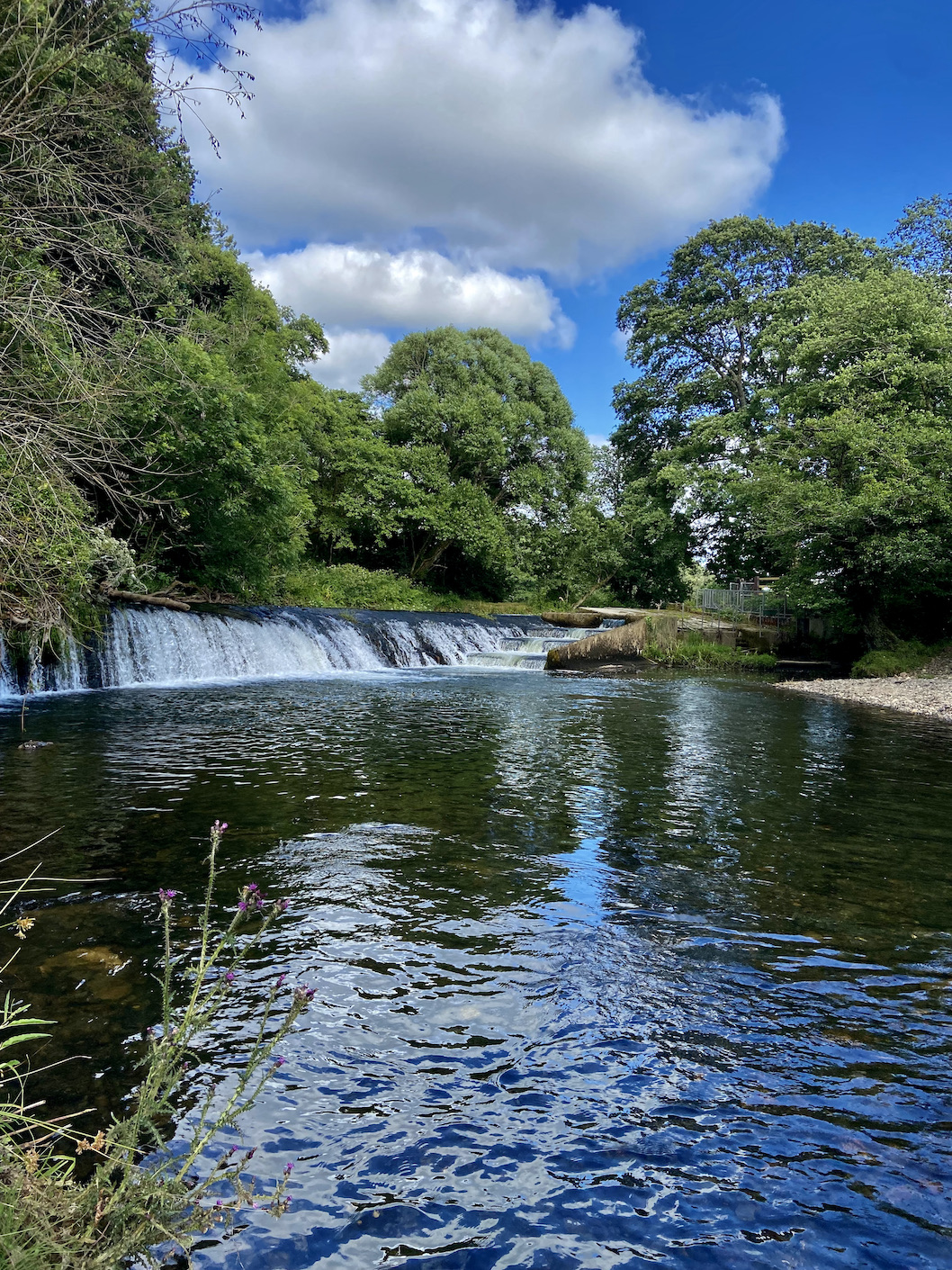
We had planned to pack up at around 5.00pm but a glance at the time revealed it was now past 6.00pm and after ten or so last casts we reluctantly walked back across the waterside meadows to return home. Already plotting further trips with a youthful enthusiasm that belied our years. The indicator deep fished nymph will certainly be used elsewhere to explore those deeper pools when the fish are not rising.
PUTSBOROUGH 2025 – OPEN RESULTS
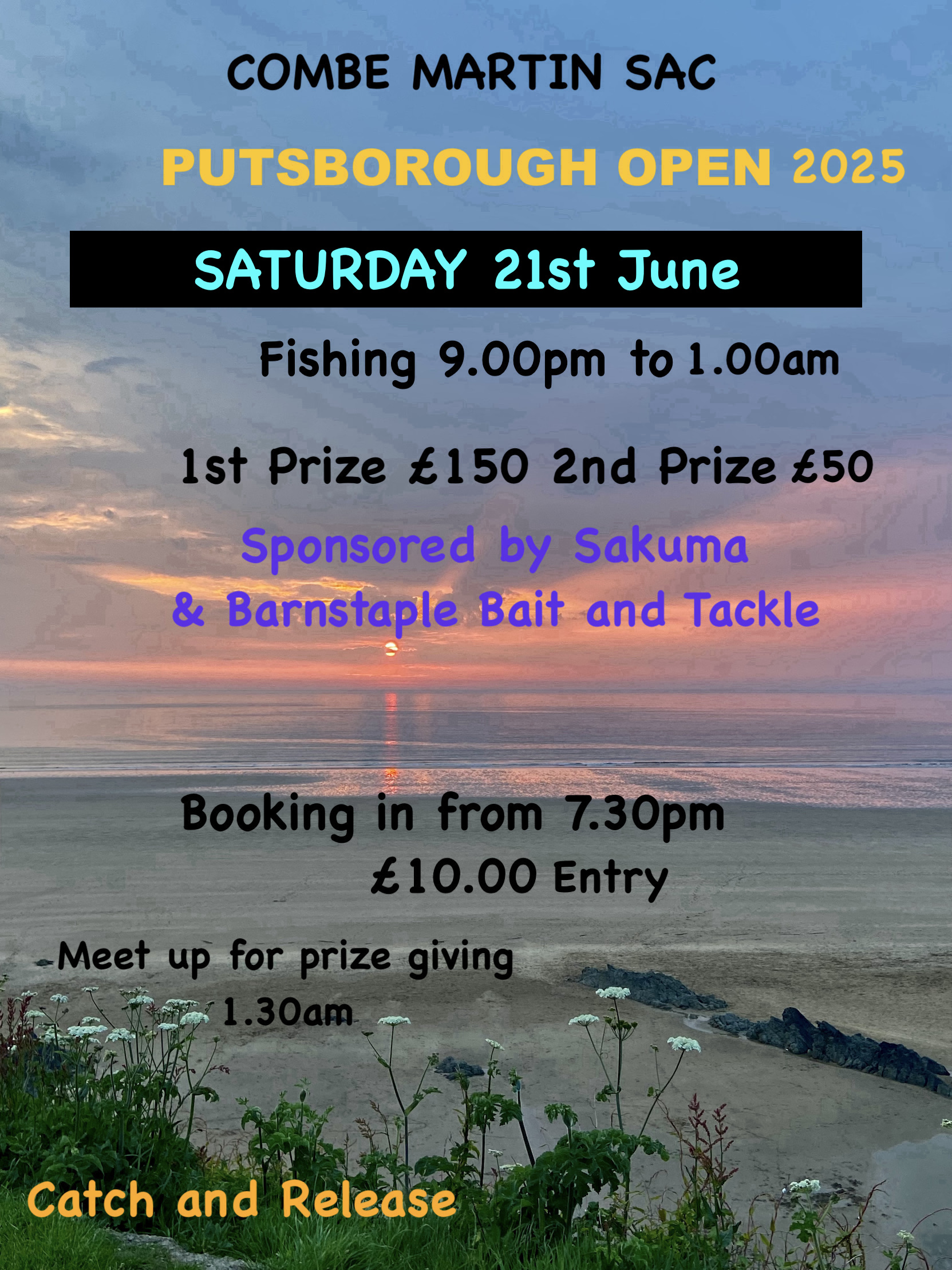
Combe Martin SACs Annual Putsborough Open eventually got underway on the longest day of the year after rescheduling due to an oversight regarding the Spring Bank holiday and severe weather warnings.
The weather proved to be perfect as thirty eight anglers descended on the venue as the sun slowly set casting its golden rays upon sand and sea. I had been slightly apprehensive about the event as my good friend and club secretary Nick Phillips was unable to attend and as we have run this event together for over forty years a solo effort was a little daunting.
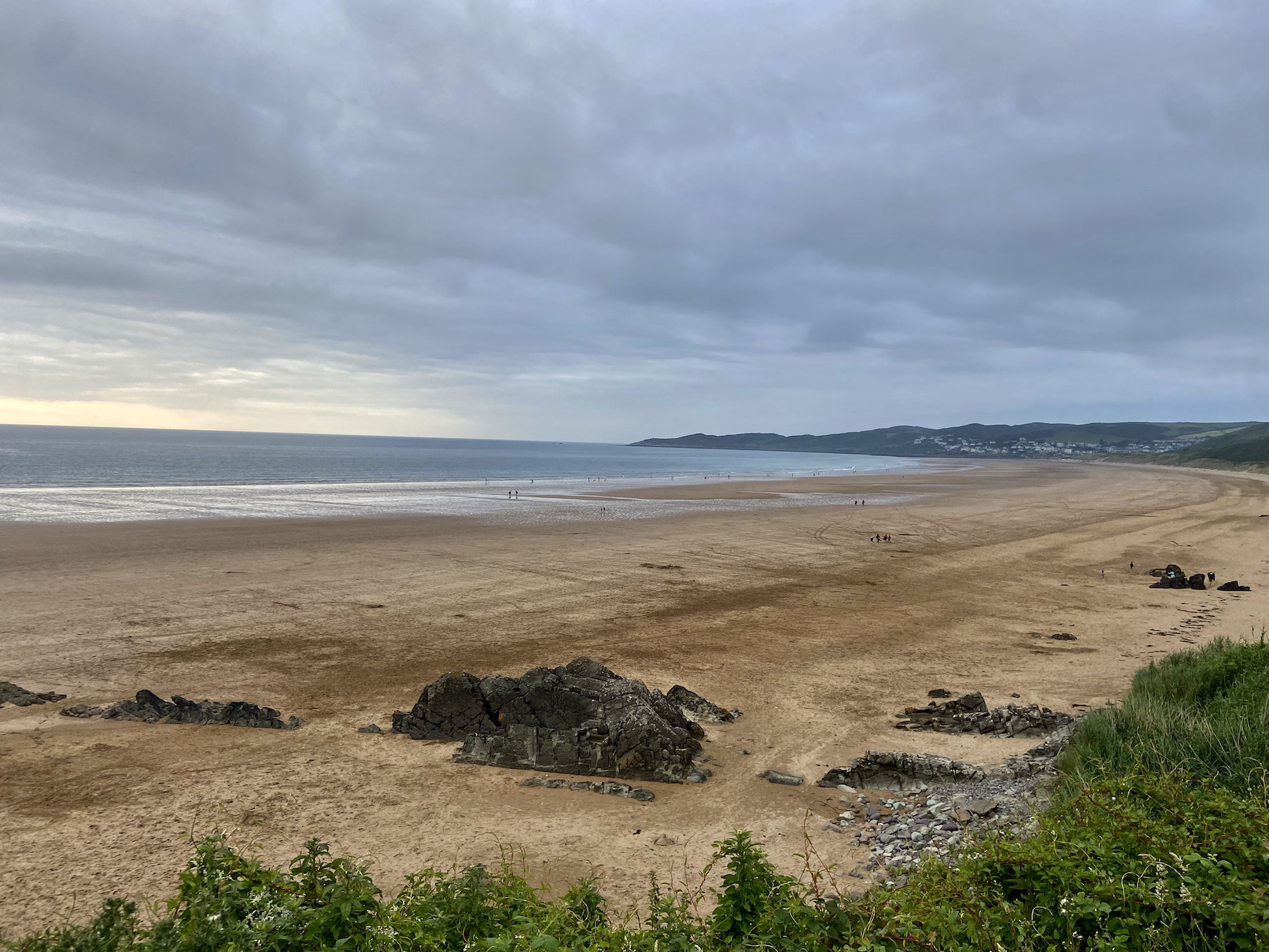
It was great to see a good number of familiar faces at the booking in and I am always encouraged by this annual migration to this splendid venue and value the long lasting cooperation of the Putsborough estate and in particular Trevor the security officer who always greets and guides participants to the assembly point.
With all booked in I opted to take the long walk to join fellow club members Kevin Legge and Craig Mcloughlin at the end of the line halfway along the beach. I set up shortly after 9.00pm and was pleased to take a look back along the beach at the anglers wading out into the surf to cast their baits.
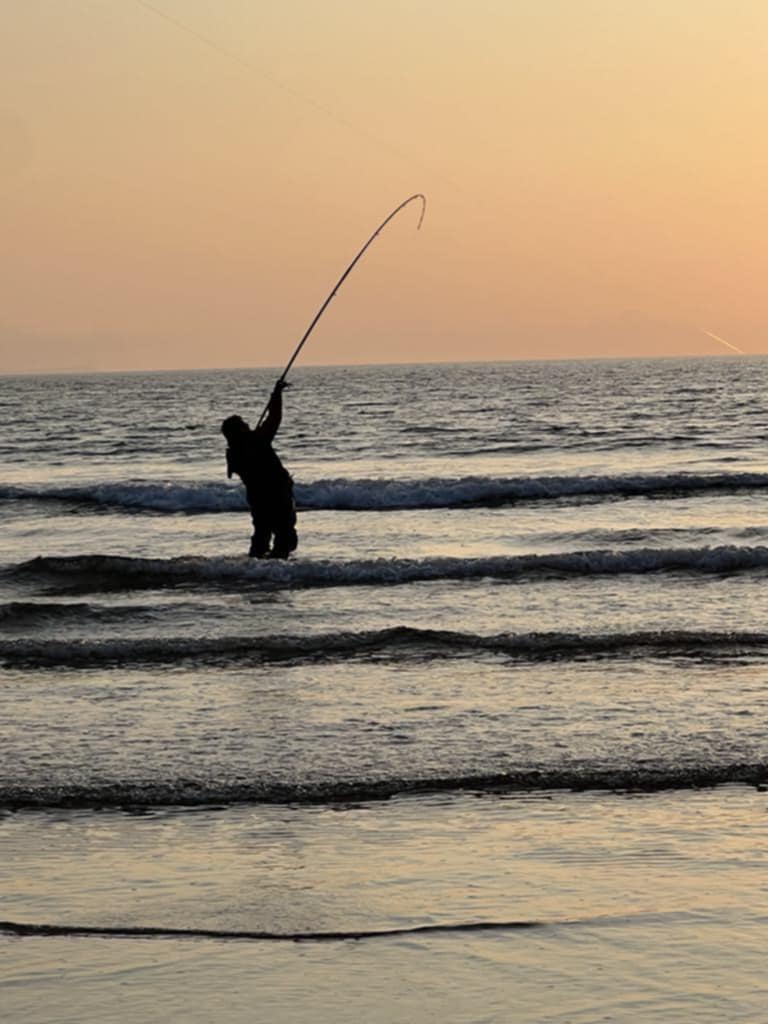
There is something special and slightly poignant about the longest day as the year turns and we look to the ebbing of another year.
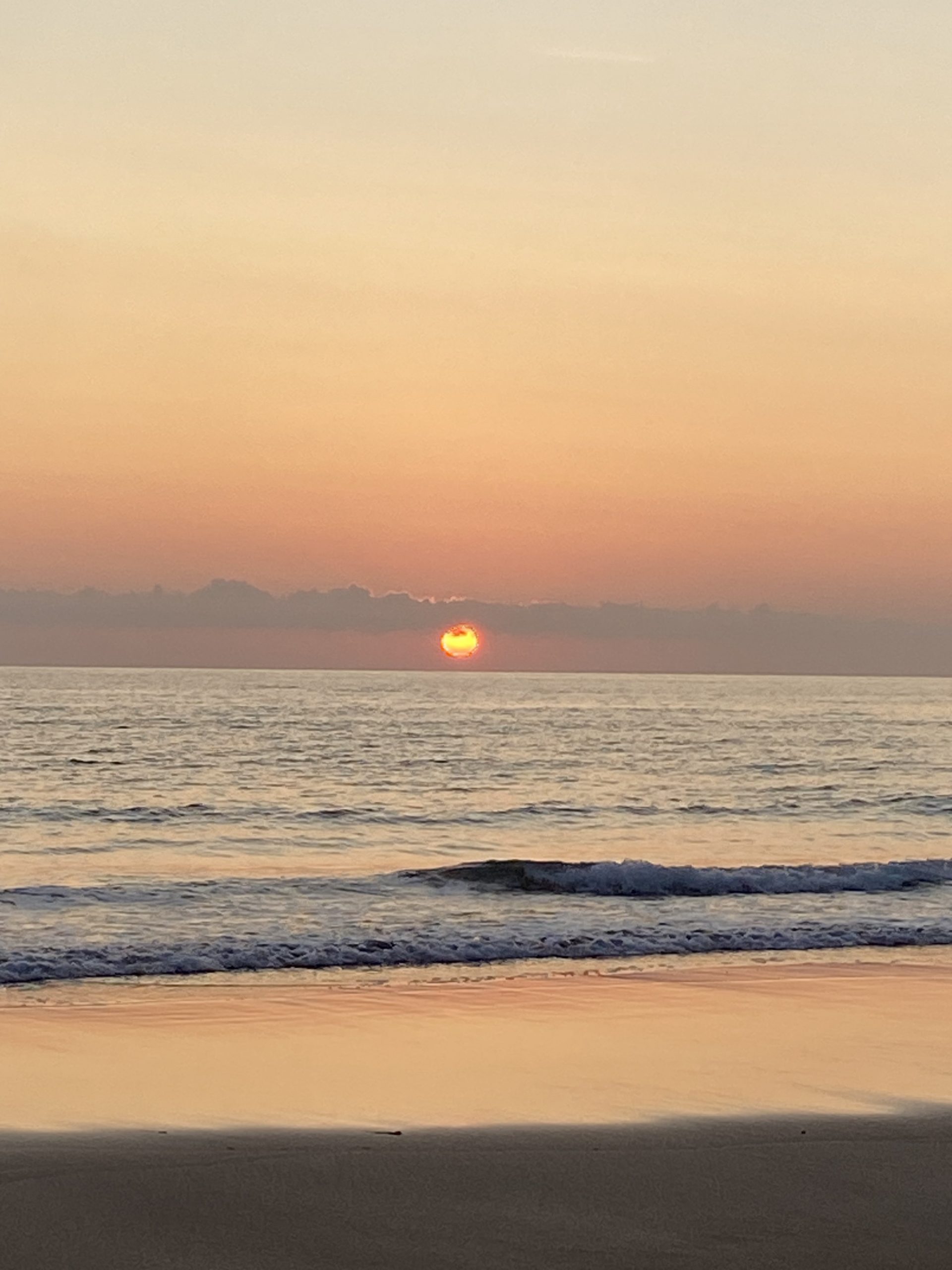
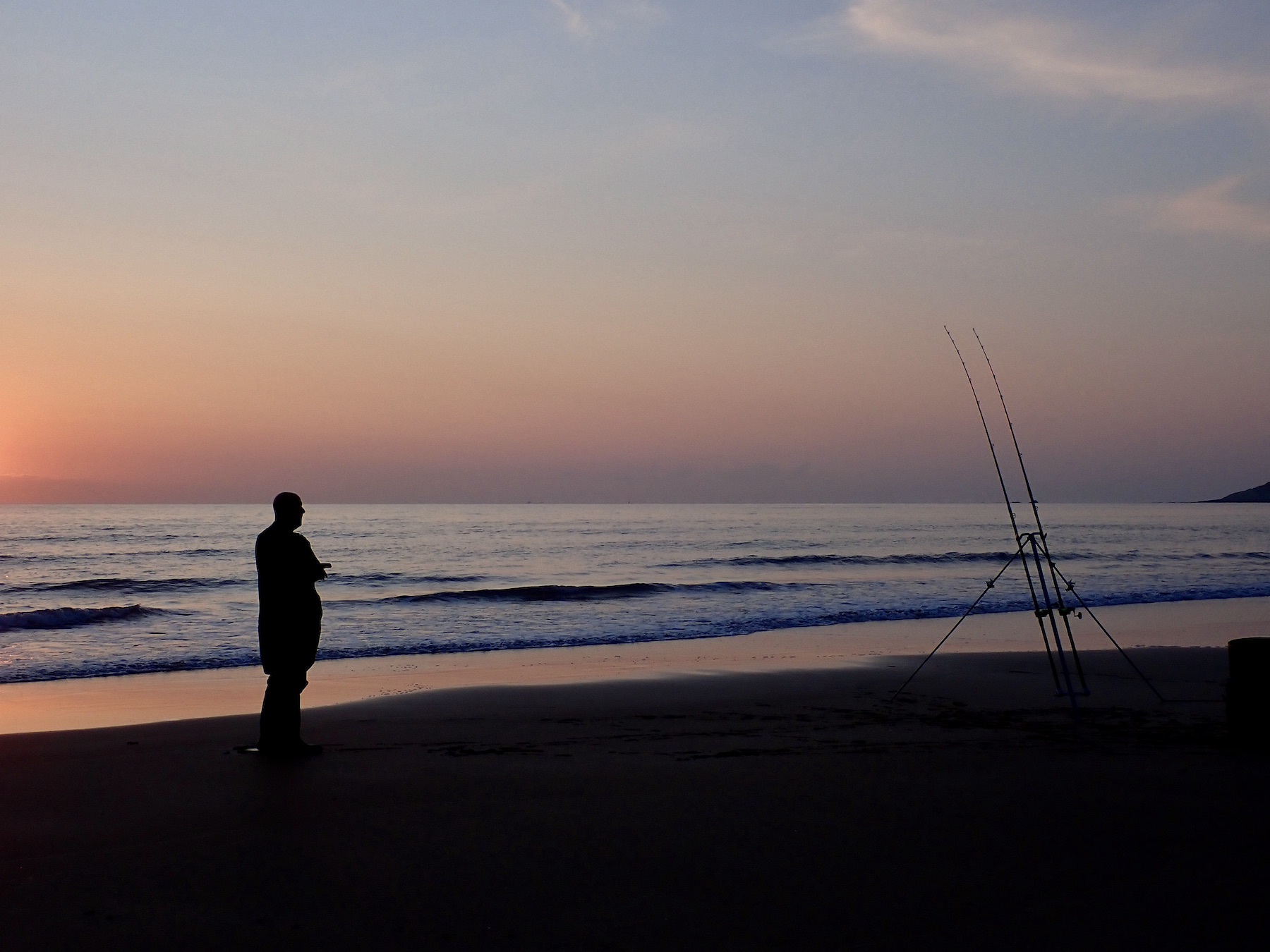
With rods poised and lines stretching into the watery dimension I savoured the scene before strolling over for a chat with Kevin who wound in a small school bass as we talked.
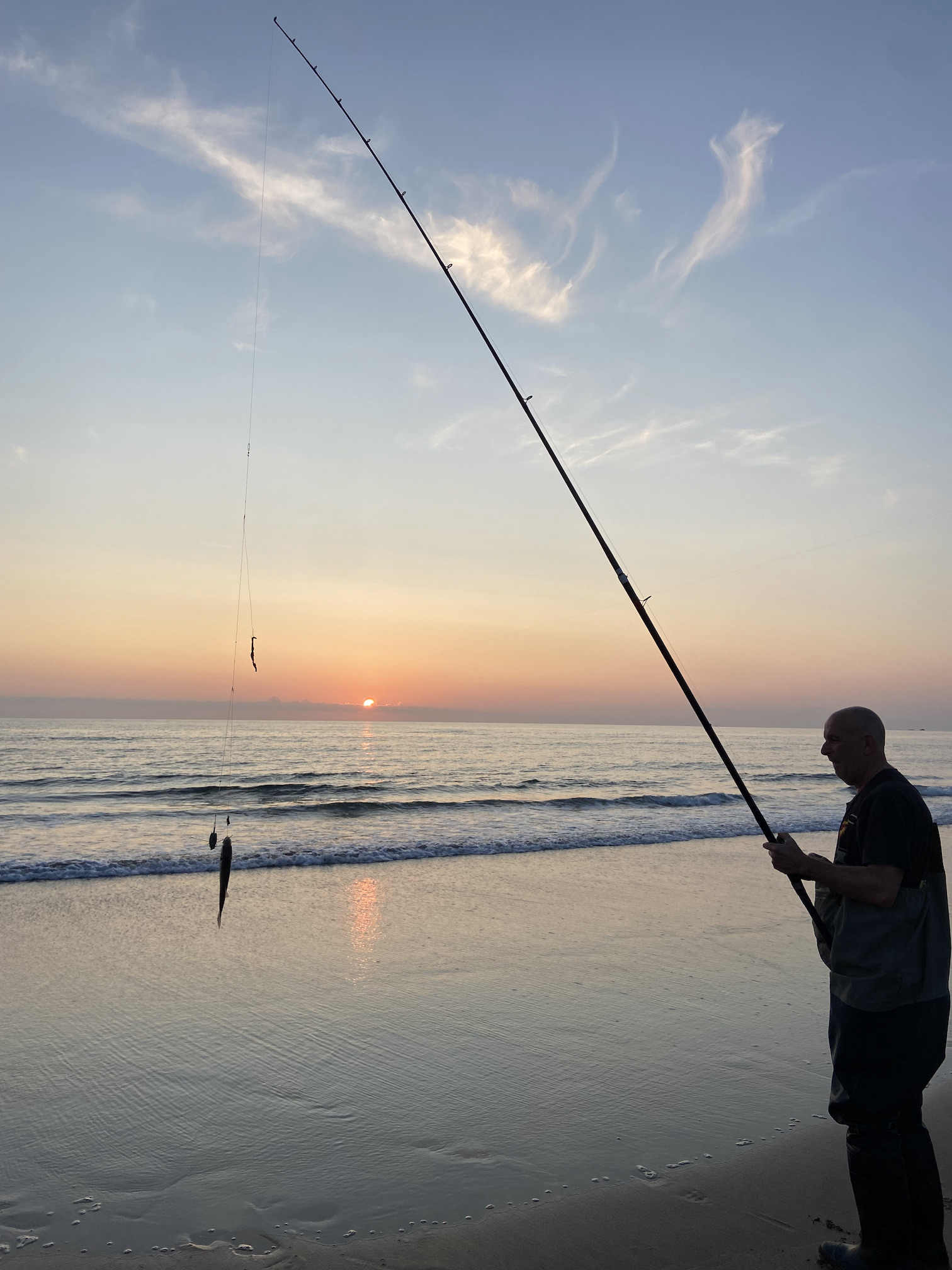
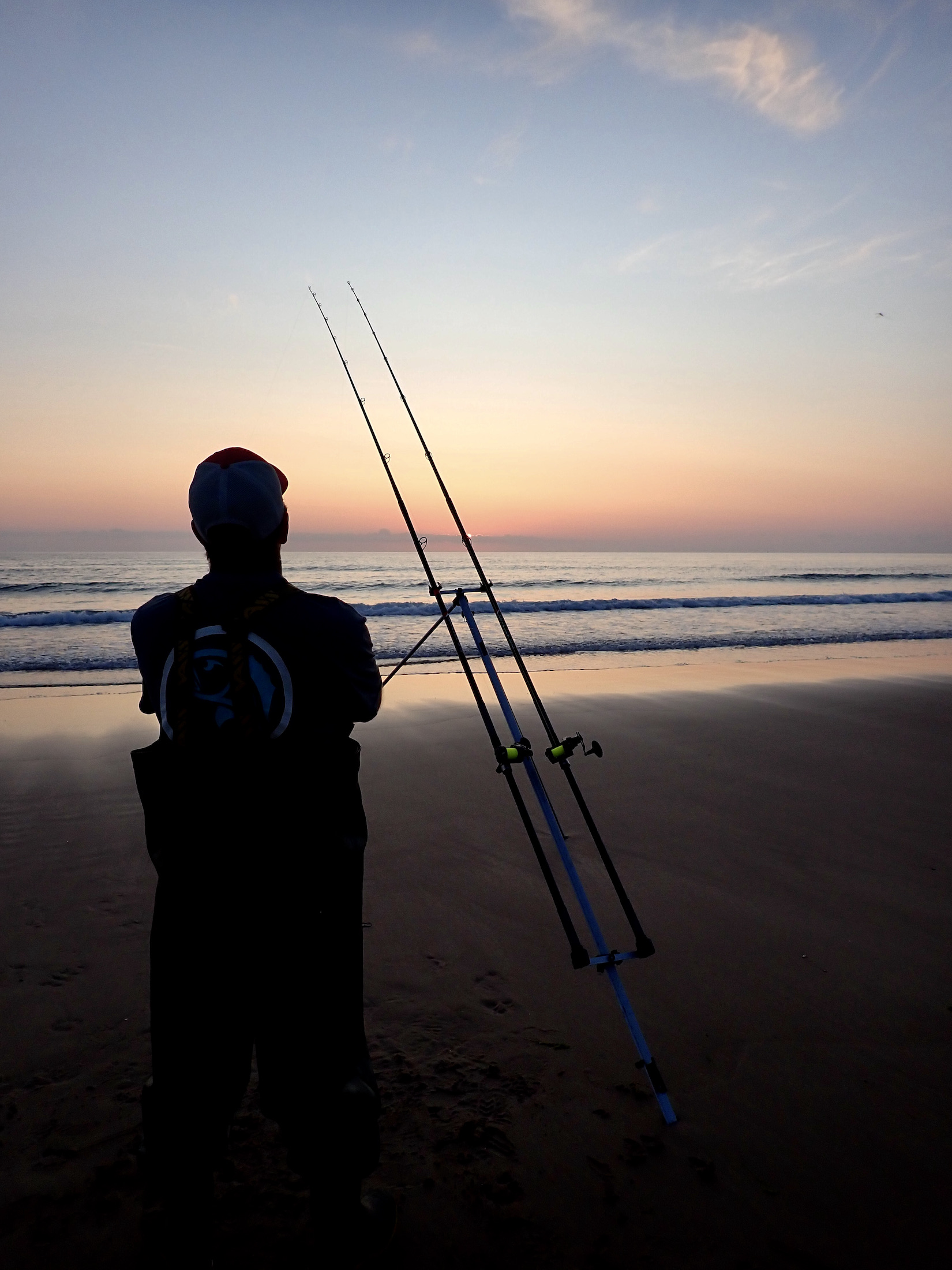
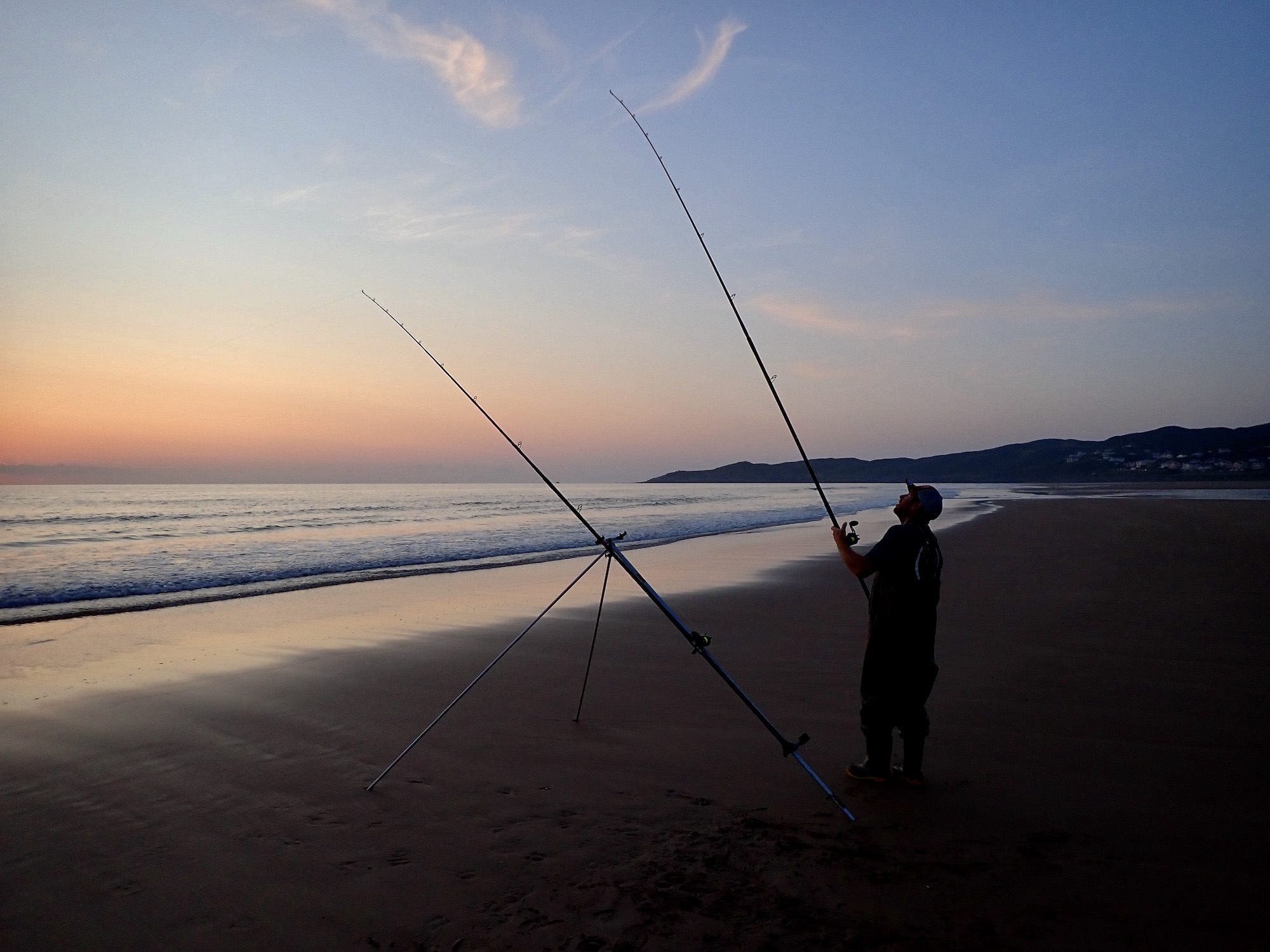
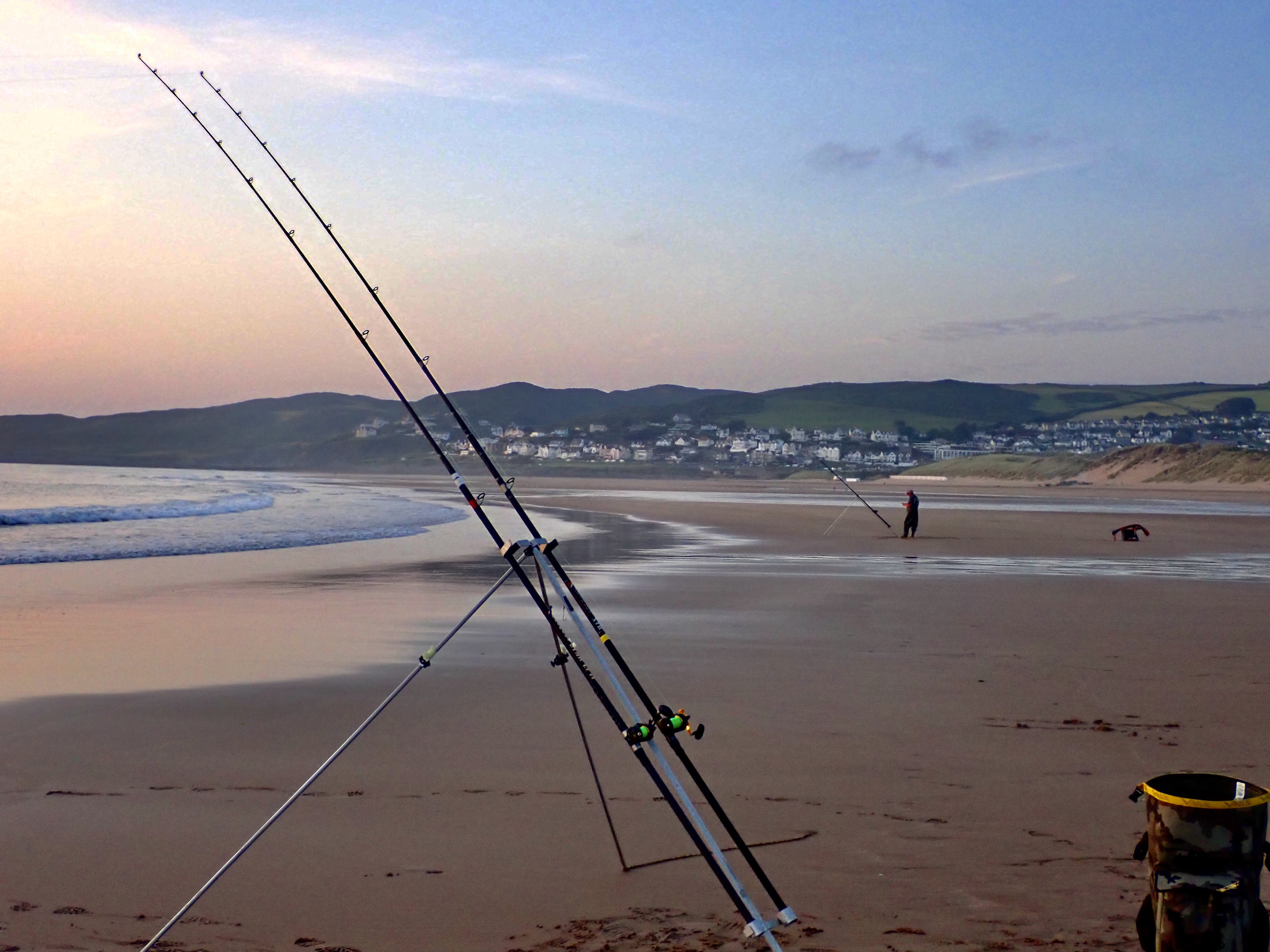
A few moments after arriving back at my rods I noticed a sharp tap on the rod tip followed by a slow pulling over and ticking ratchet. I picked up the rod and pulled into what for a moment felt like a good fish. To my dismay all went solid. Was it a big ray hugging the bottom? Surely I couldn’t be snagged up on the expanse of clean sand? After applying maximum pressure with the rod for a few minutes I placed the rod back in the rest slackened the clutch and waited to see what happened. With no further movement I picked up the rod, pointed the rod to the sea and walked slowly back. Suddenly the tackle pulled free and I wound in a mangled bait. Had I lost a big ray or had I found a snag?
A short while later I caught a small ray of just over 4lb that was an encouraging start. I added another small ray and a smoothound to my own tally but knew I was unlikely to feature in the prize list.
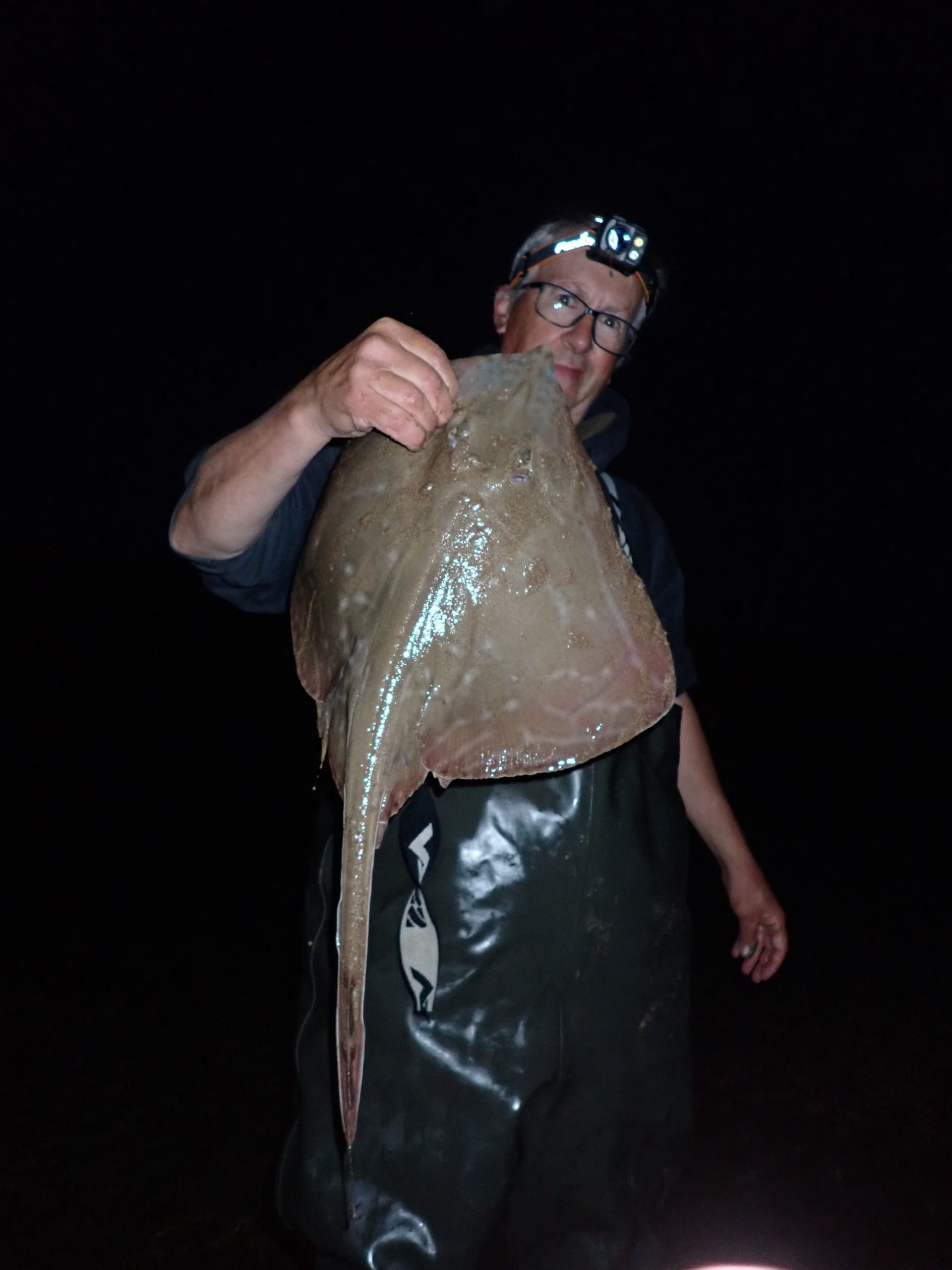
The next three hours passed by in a familiar scene as the tide flooded and stars winked high above in those familiar timeless reassuring constellations.
I packed up at midnight to trudge back across the sand and prepare for the arrival of competitors and the sorting of fish entries. I knew that Kevin and Craig had tempted good fish and was intrigued to see what else had been caught.
At this point I will give my heartfelt thanks to Craig McLoughlin of Braunton Bait Box for offering to assist with the sorting of entries. As anglers arrived back there were undoubtedly mixed fortunes but overall catches were encouraging with good numbers of small-eyed ray and smoothound along with a few bass, a solitary sole and refreshingly few dogfish.
Hopefully we got the results together with accuracy. Many thanks go to all those who supported the event by attending. Special thanks to our generous sponsors Sakuma and Barnstaple Bait and Tackle. The club greatly appreciate the ongoing support of Putsborough Estate in permitting us access to this beautiful venue.
Results of the 2025 – Putsborough Open
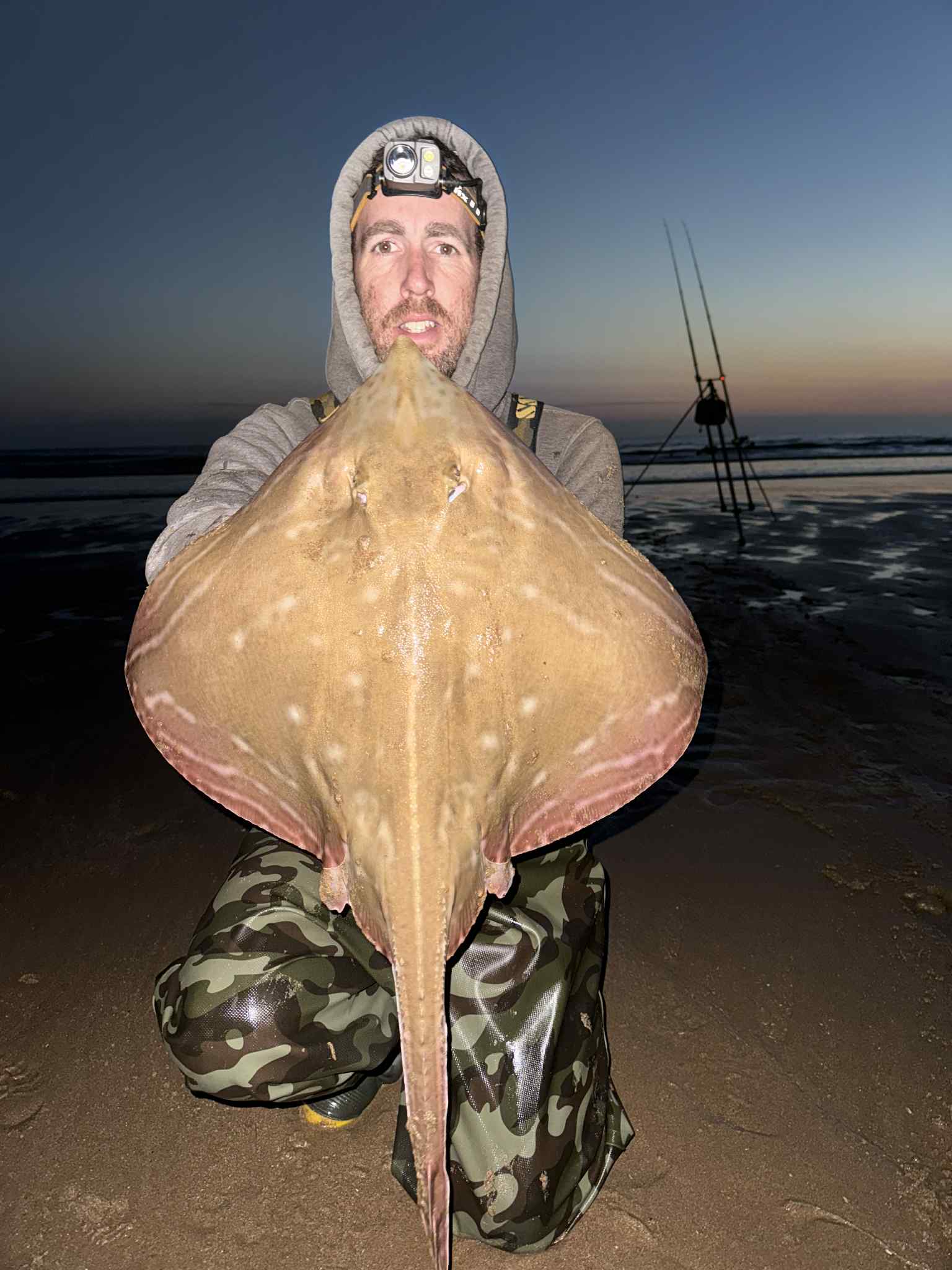
1st – Craig Mcloughlin – Small eyed ray – 9lb 8oz 95%

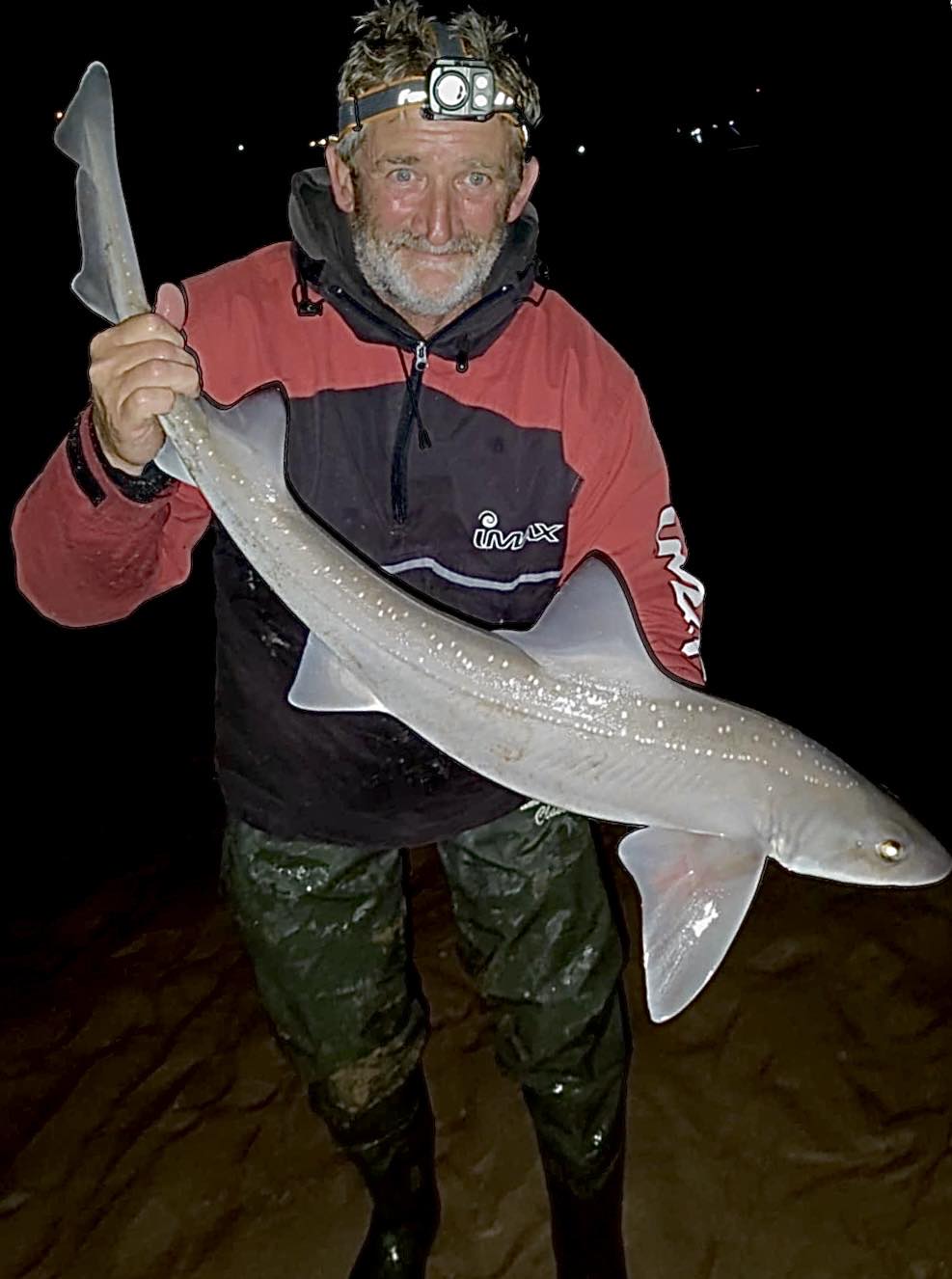
2nd – Stephen Found – smoothound – 9lb 2.5oz 91%
3rd – Craig Mcloughlin – small eyed ray – 8lb 5oz 83%
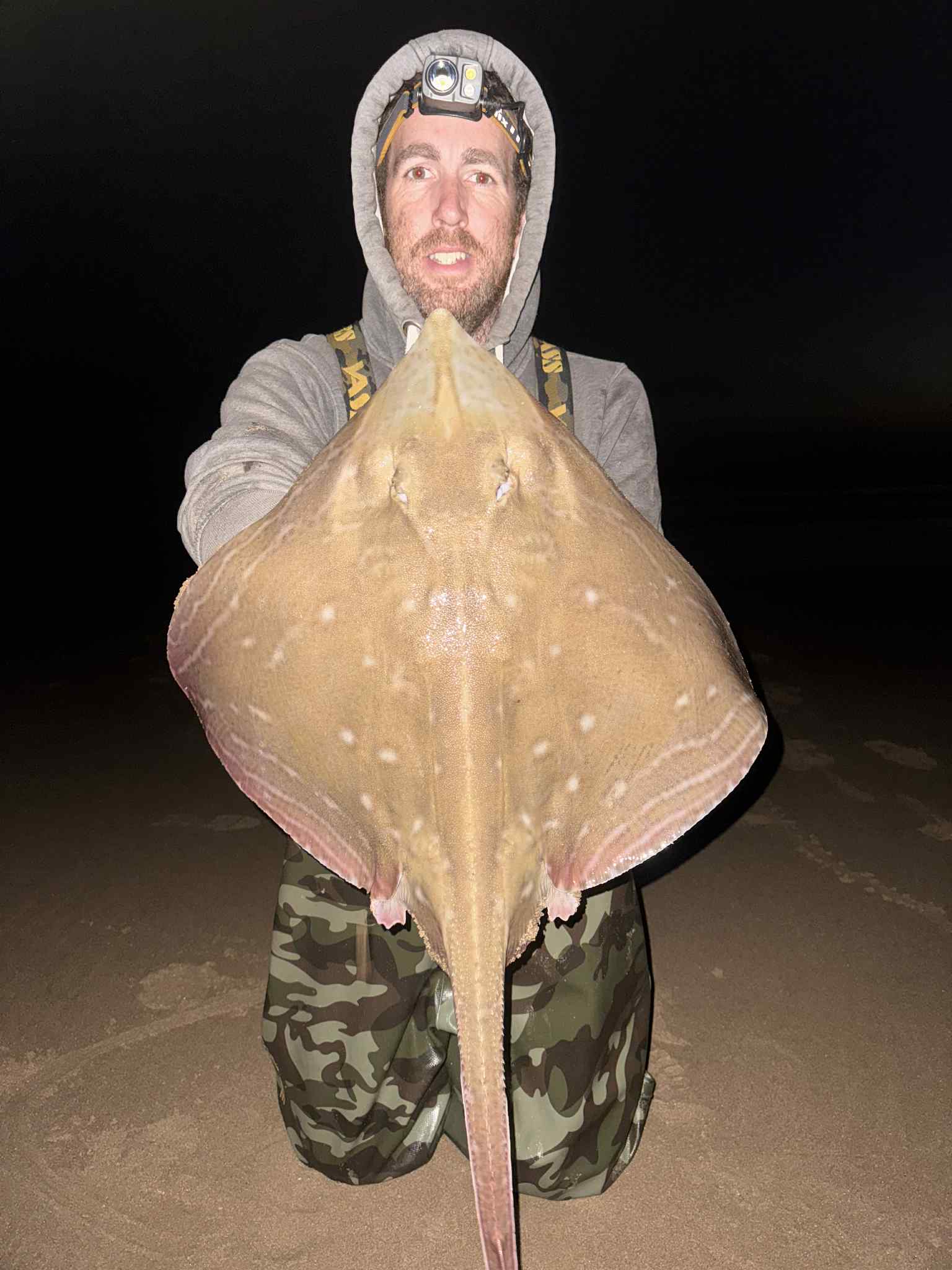
4th – Nathan Clements – small eyed ray – 7lb 14.5oz 78%
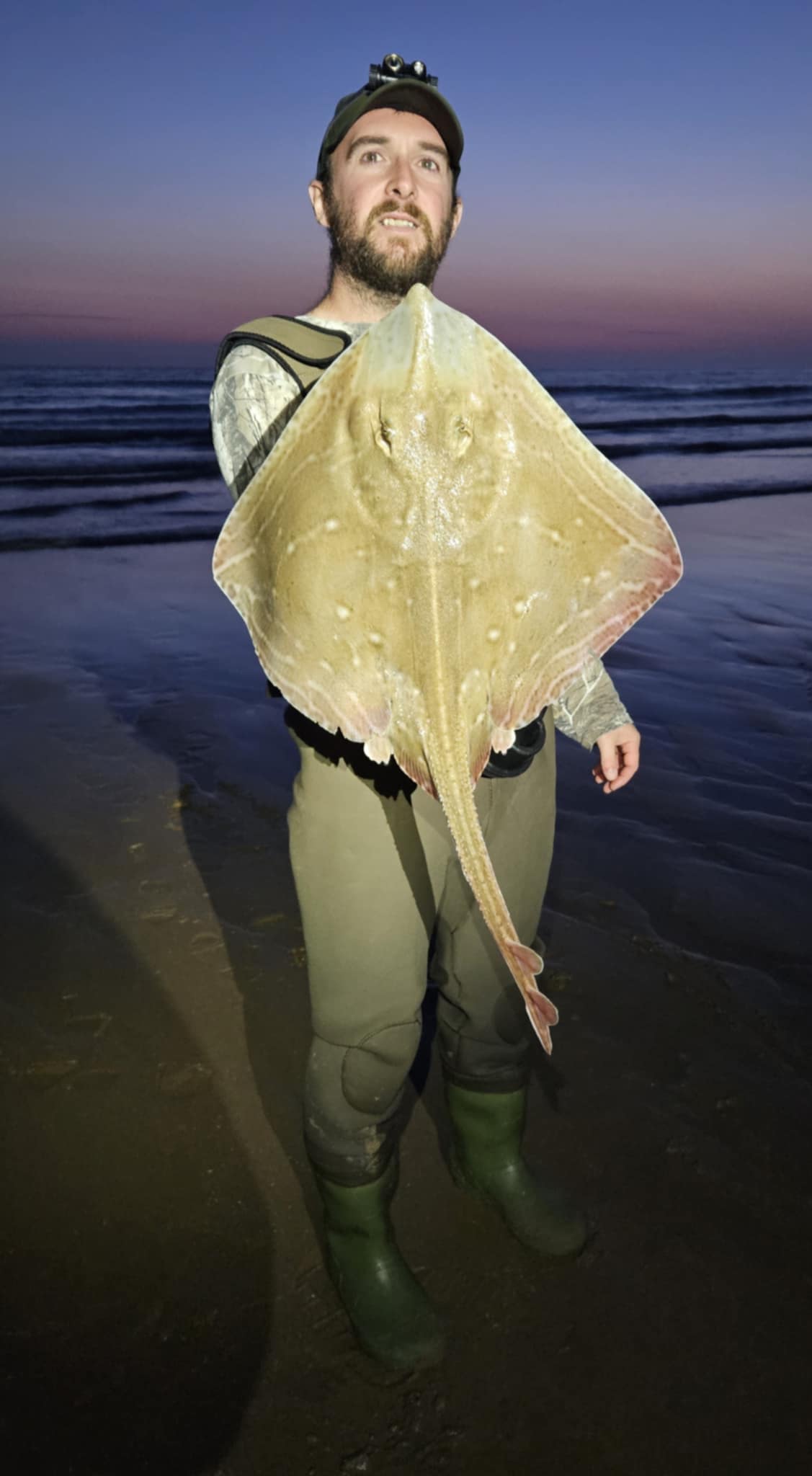
5th – Kevin Legge – small eyed ray – 7lb 8oz 75%
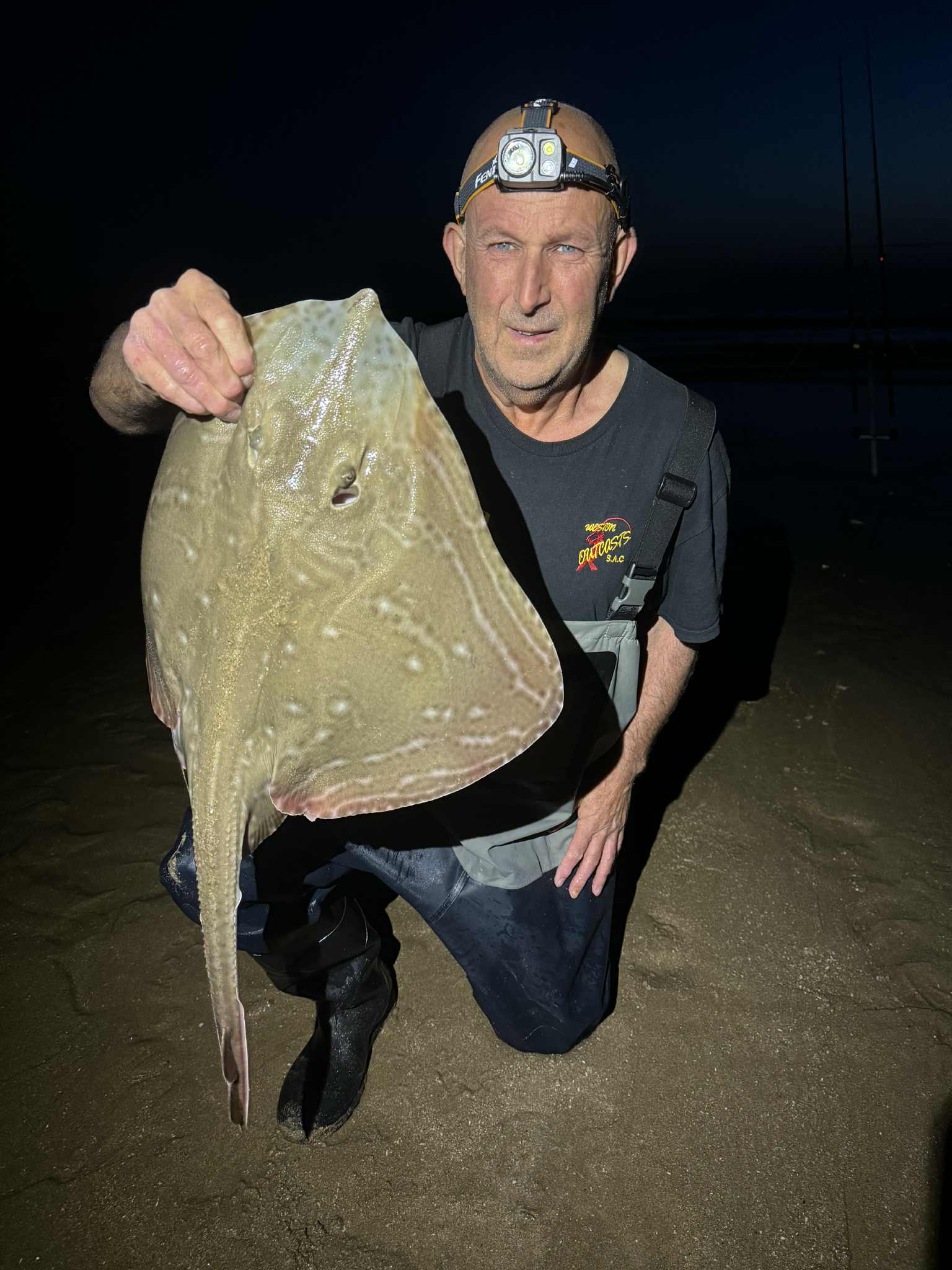
6th – Lee Algar – bass – 5lb 13oz. 72.5%
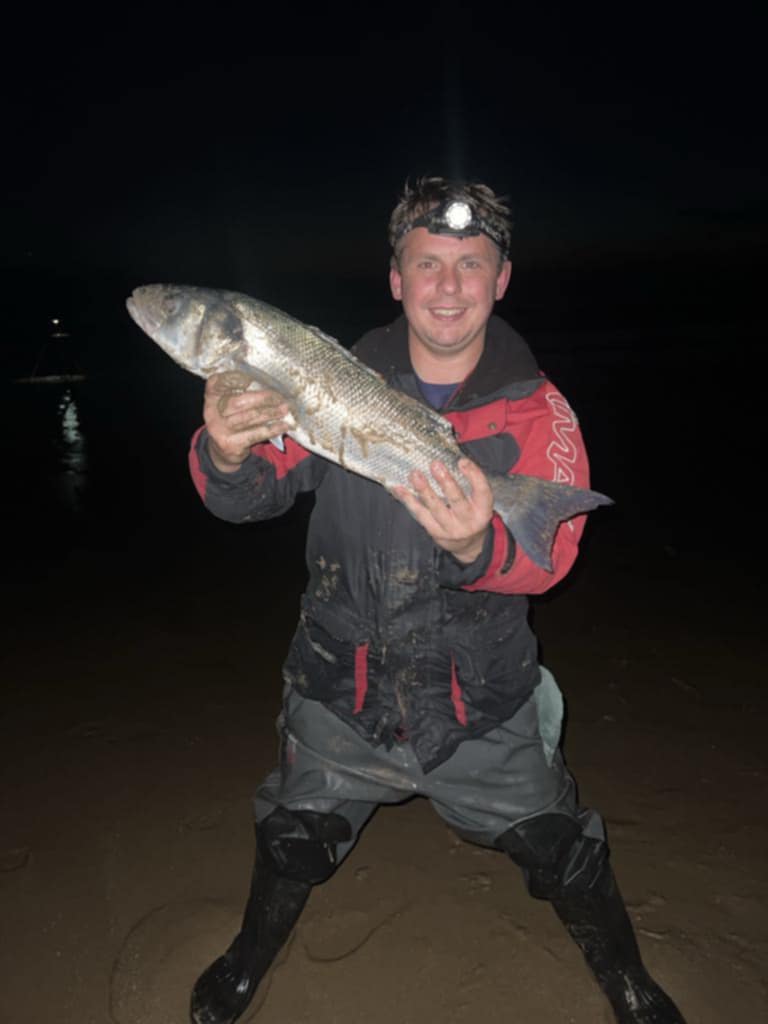
7th – Rob Hancock – smoothound – 7lb 2oz 71%
8th – Stephen Found – smoothound – 6lb 15.25oz. 69%
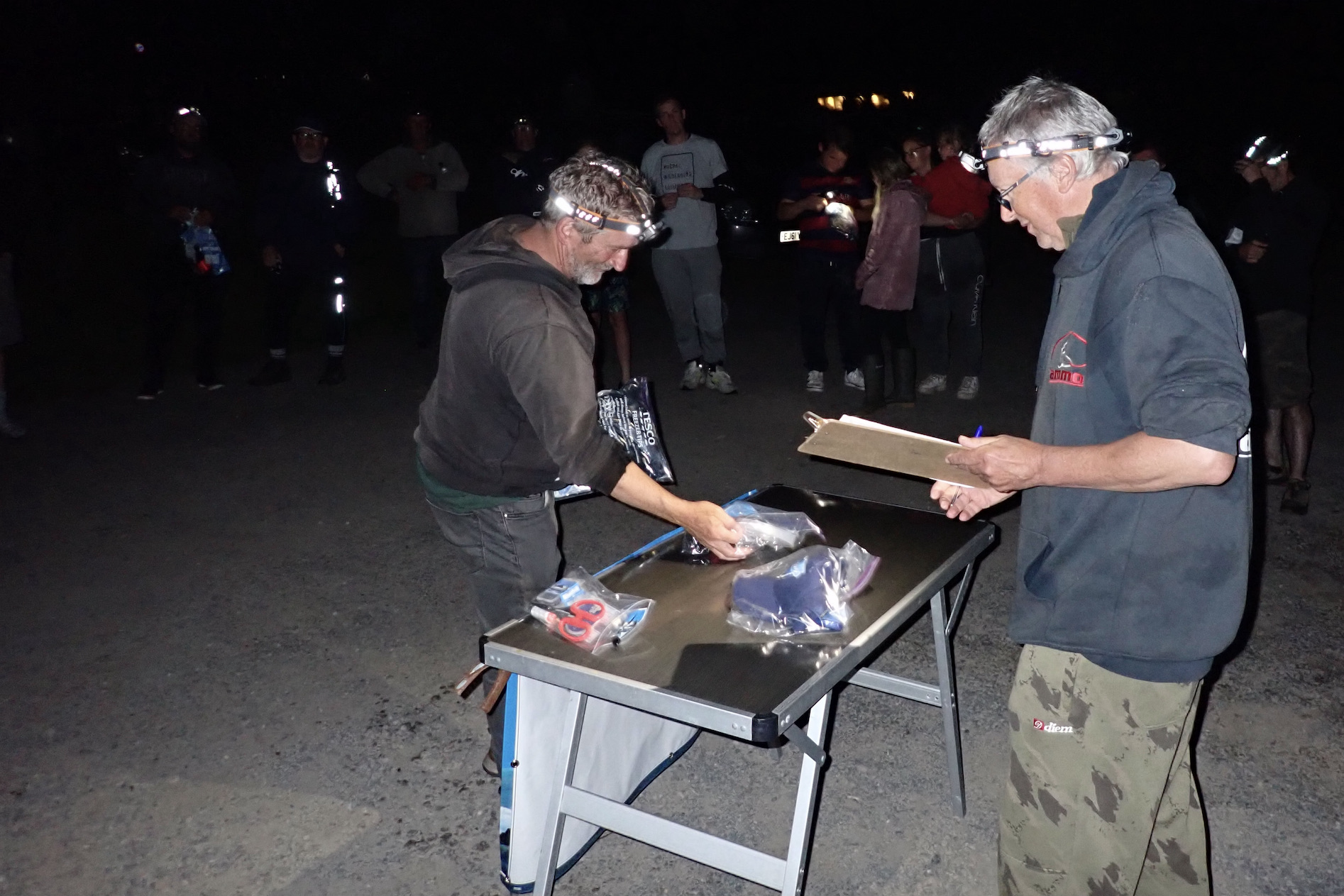
9th – Tony Gussin – small eyed ray – 6lb 14oz 68.7%
10th – Steve Webb – small eyed ray – 6lb 13oz 68.1%
Top Junior – Ted Childs – small eyed ray – only fish registered by a junior angler.
Received a tee-shirt and a gift voucher from our sponsor Barnstaple Bait and Tackle.
Craig Mcloughlin received the £150 cash first prize and choice from the prize table.
Runner up Stephen Found received £50 cash and choice of prizes from the table.

The top ten chose prize bundles from our generous sponsors Sakuma who have supported the event for many years. Combe Martin SAC look forward to hosting the event again next year and welcome any constructive comments to help the event prosper.
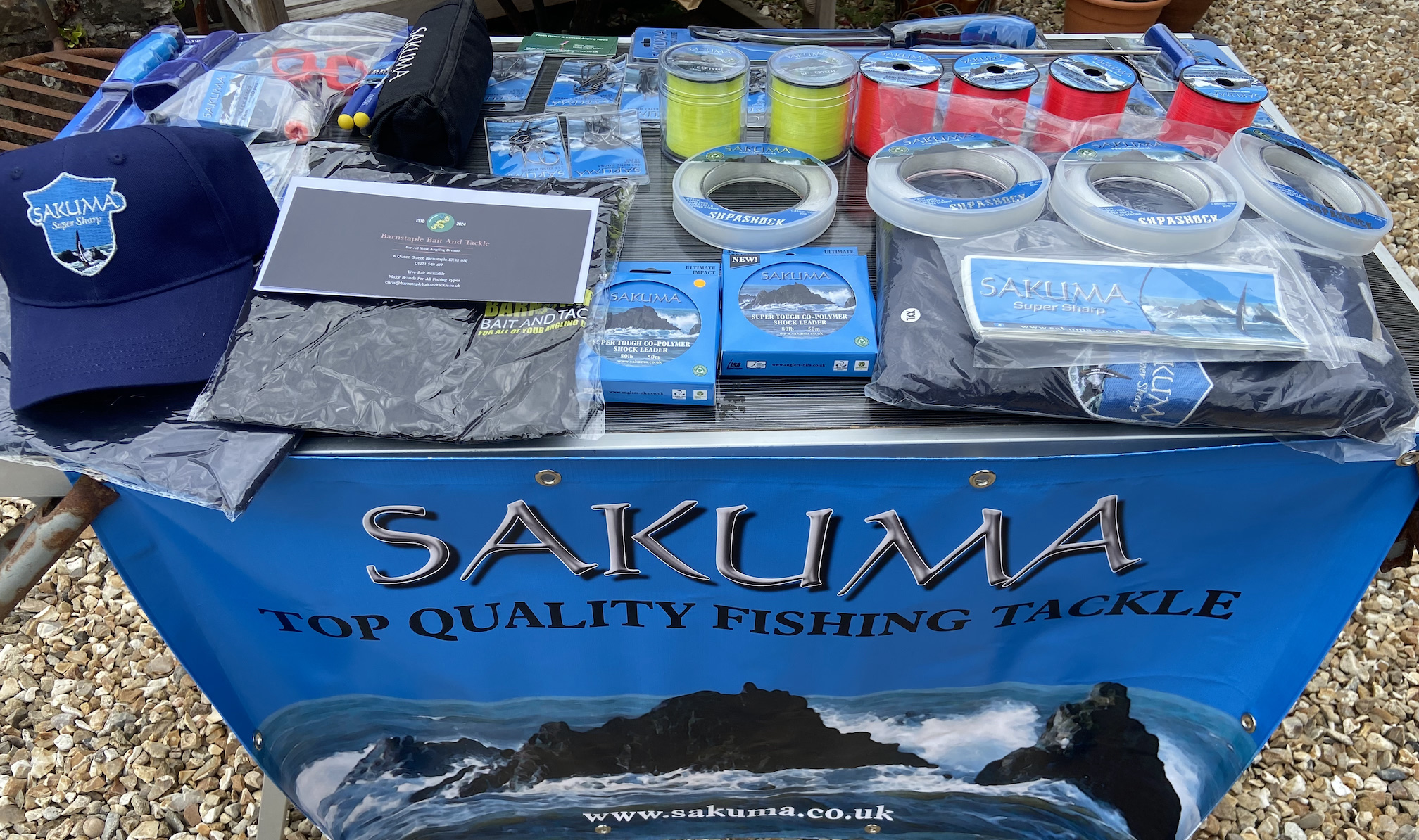
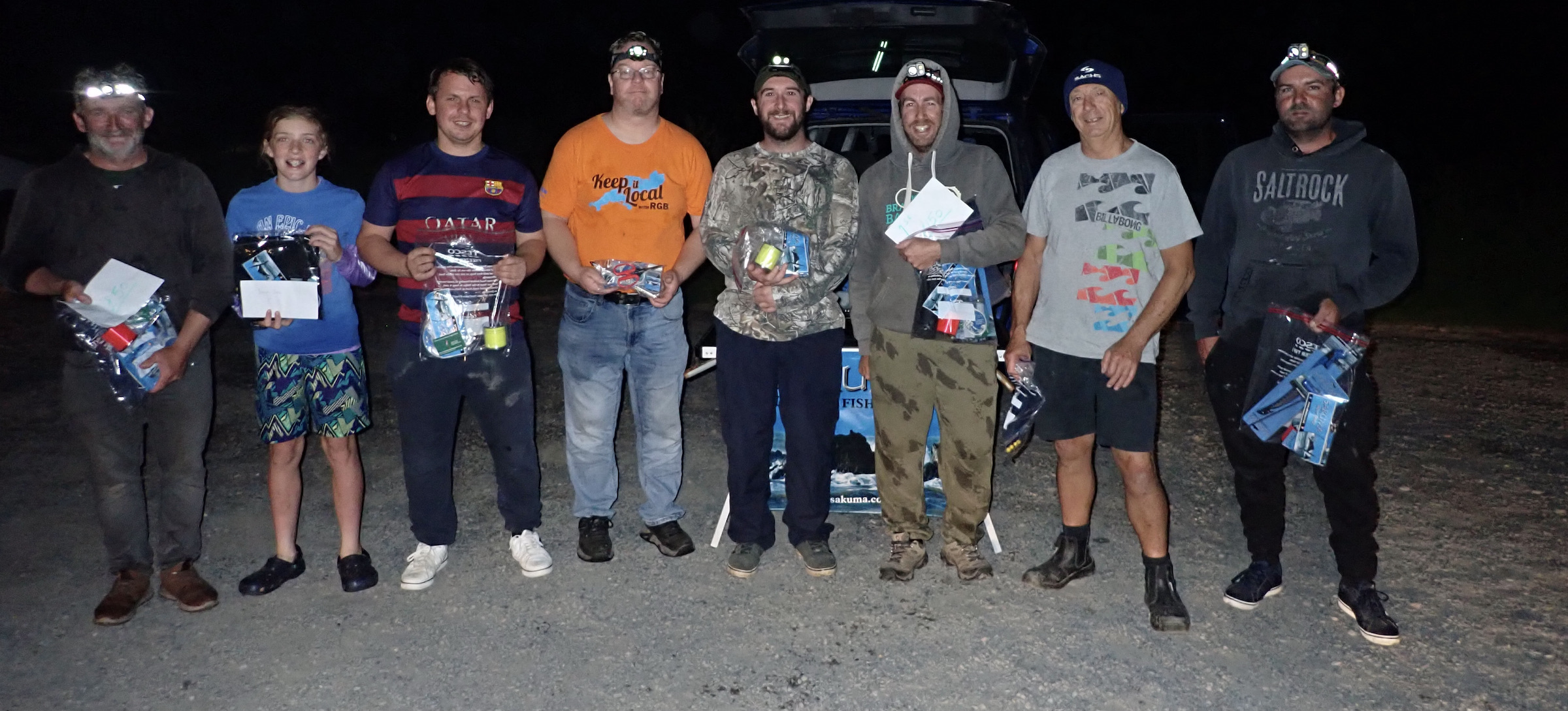
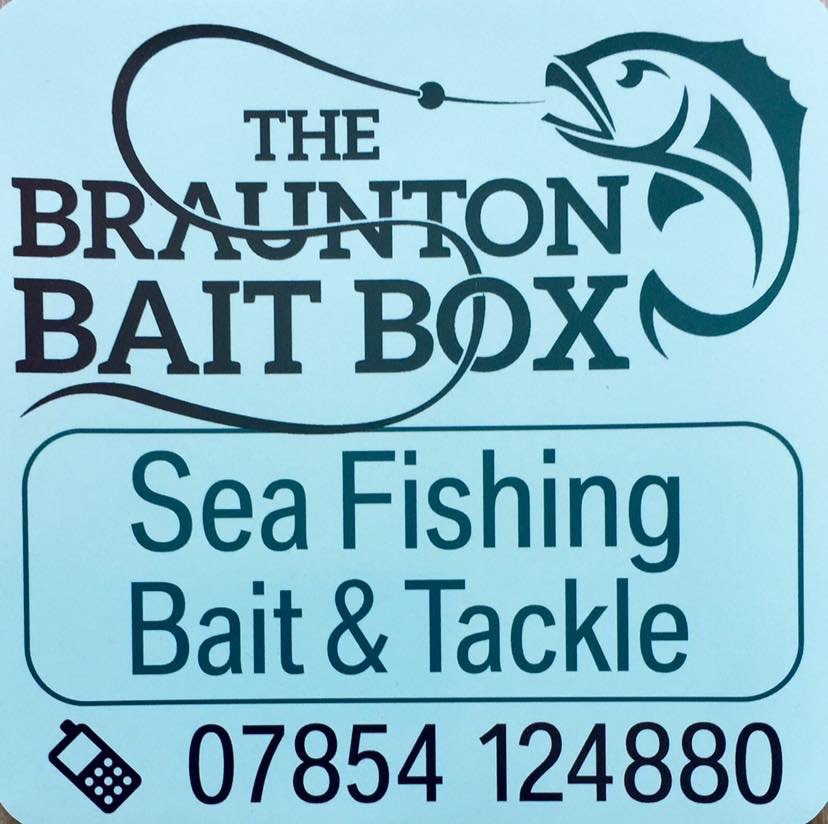
FLY CULTURE – GATHERING – June 19th – 2025
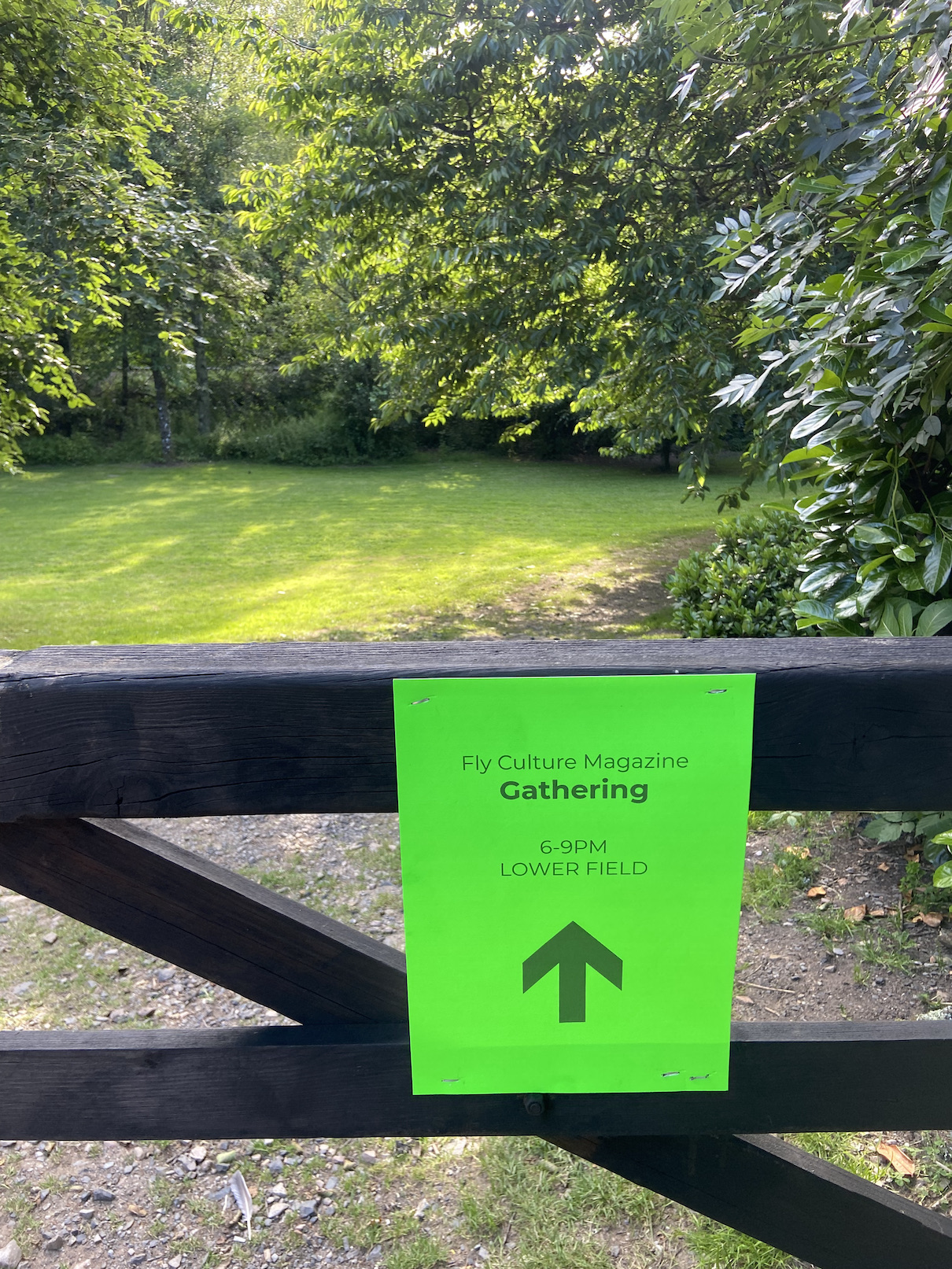
The Fly Culture Gathering at The Fox & Hounds Eggesford was a simple affair that like many things that work so well masked a great deal of effort from its primary organiser Pete Tyjas. Seventy or so passionate Fly Anglers gathered in a riverside field in mid-summer as the River Taw glided timeless on its journey to the open sea.
Fly Culture is a community that embraces the joys of fly fishing and the pursuit of fish and happiness in wild surroundings. In this modern world it highlights the good that can come from Social Media for much communication is undoubtedly derived from modern media despite the aging demographic.
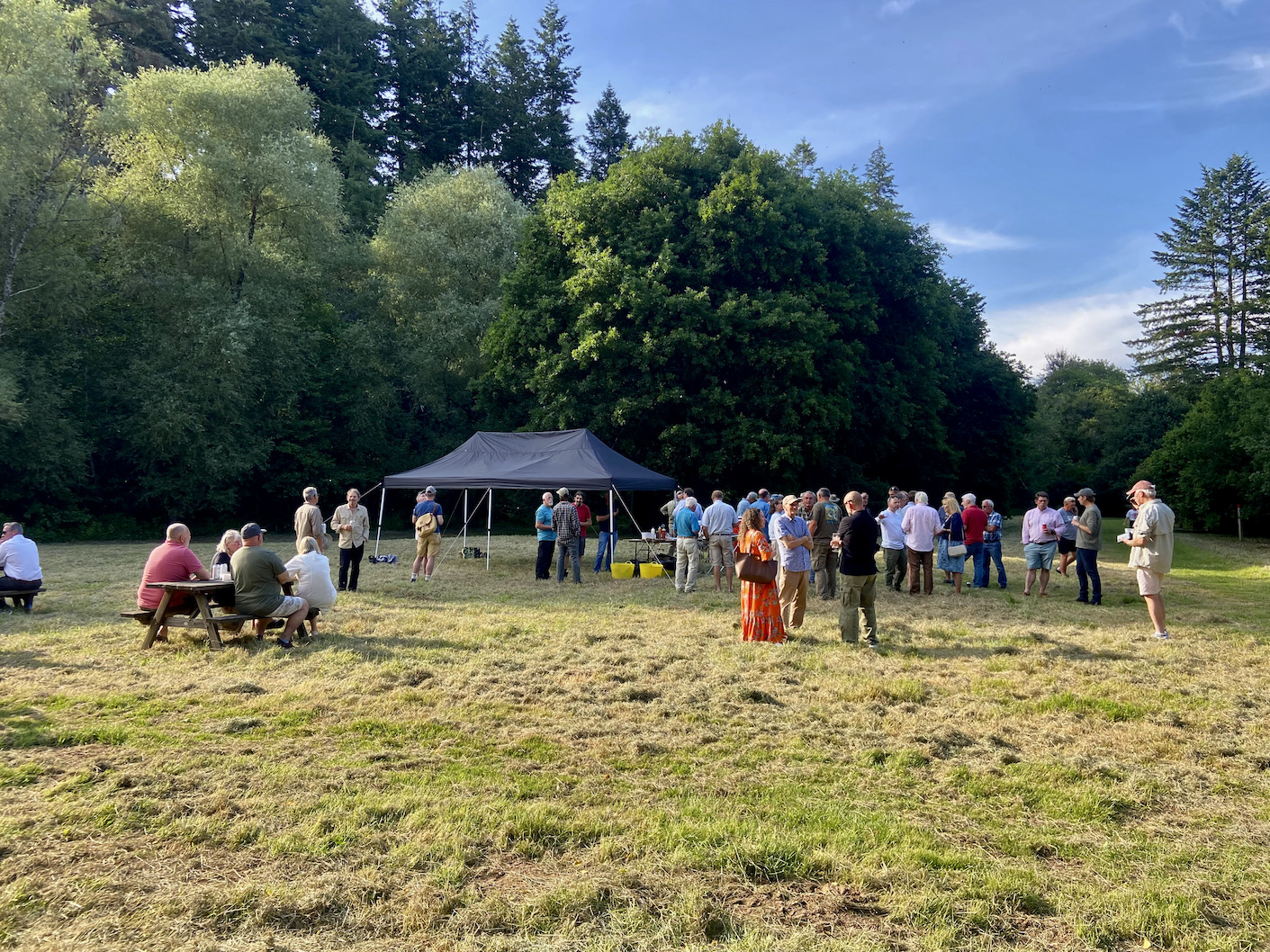
There were anglers from far and wide at the gathering and it was great to catch up with those that have become friends over the years and make new acquaintances. The first hour of the evening drifted with the current as beer and burgers were relished and conversation’s of life fish and fishing flowed.
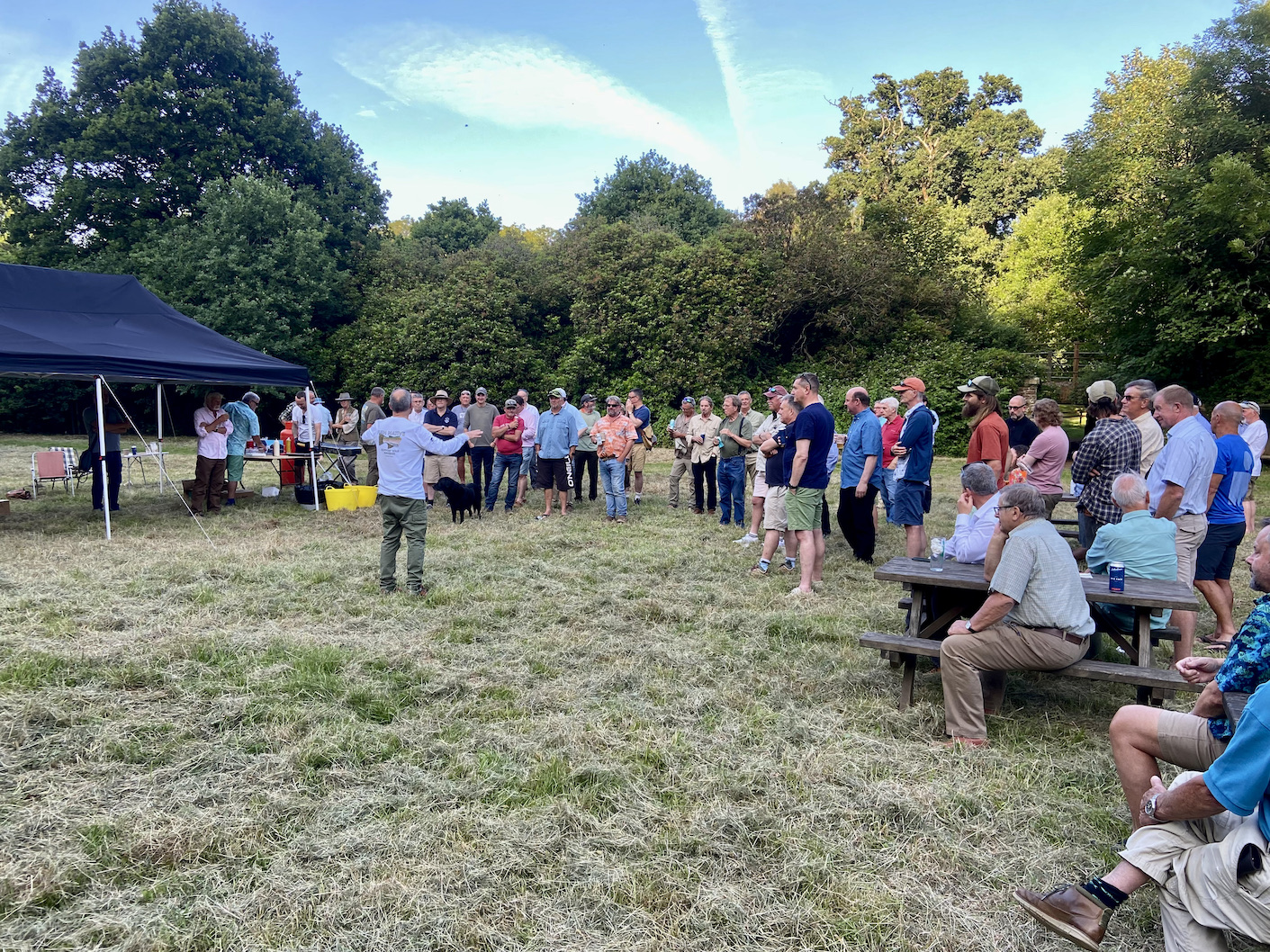
Pete then called order as a series of speakers delivered a fascinating narrative that told of small and beautiful trout from Devon’s brooks and rivers. The passion for elusive Atlantic salmon and that magical connection. The art of tempting wily trout and what trout prefer to eat based upon in depth observations. World-wide obsessions with Arctic grayling from Northern waters. Tarpon and bonefish from tropical seas. Fishing, mental health and being with nature.
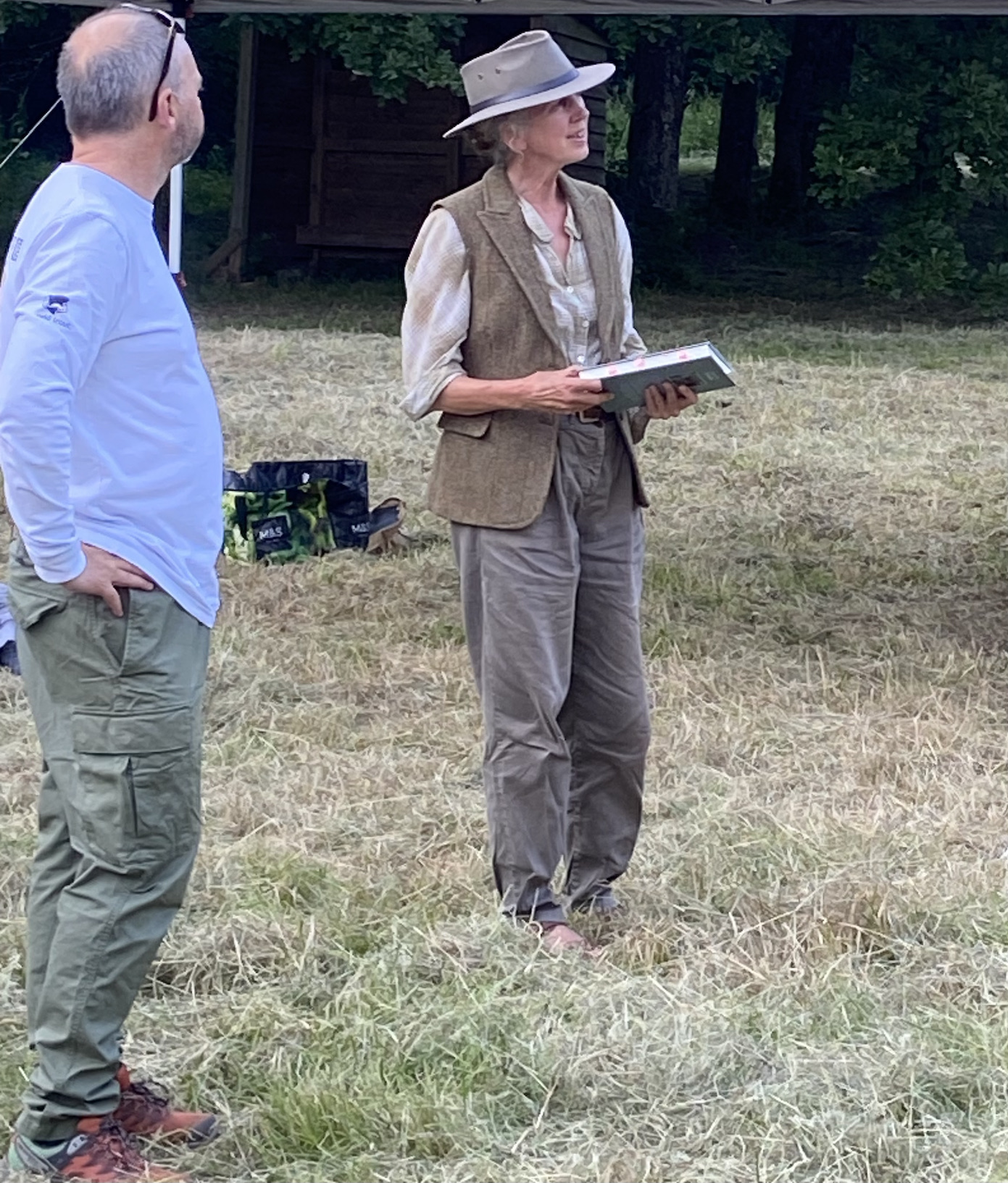
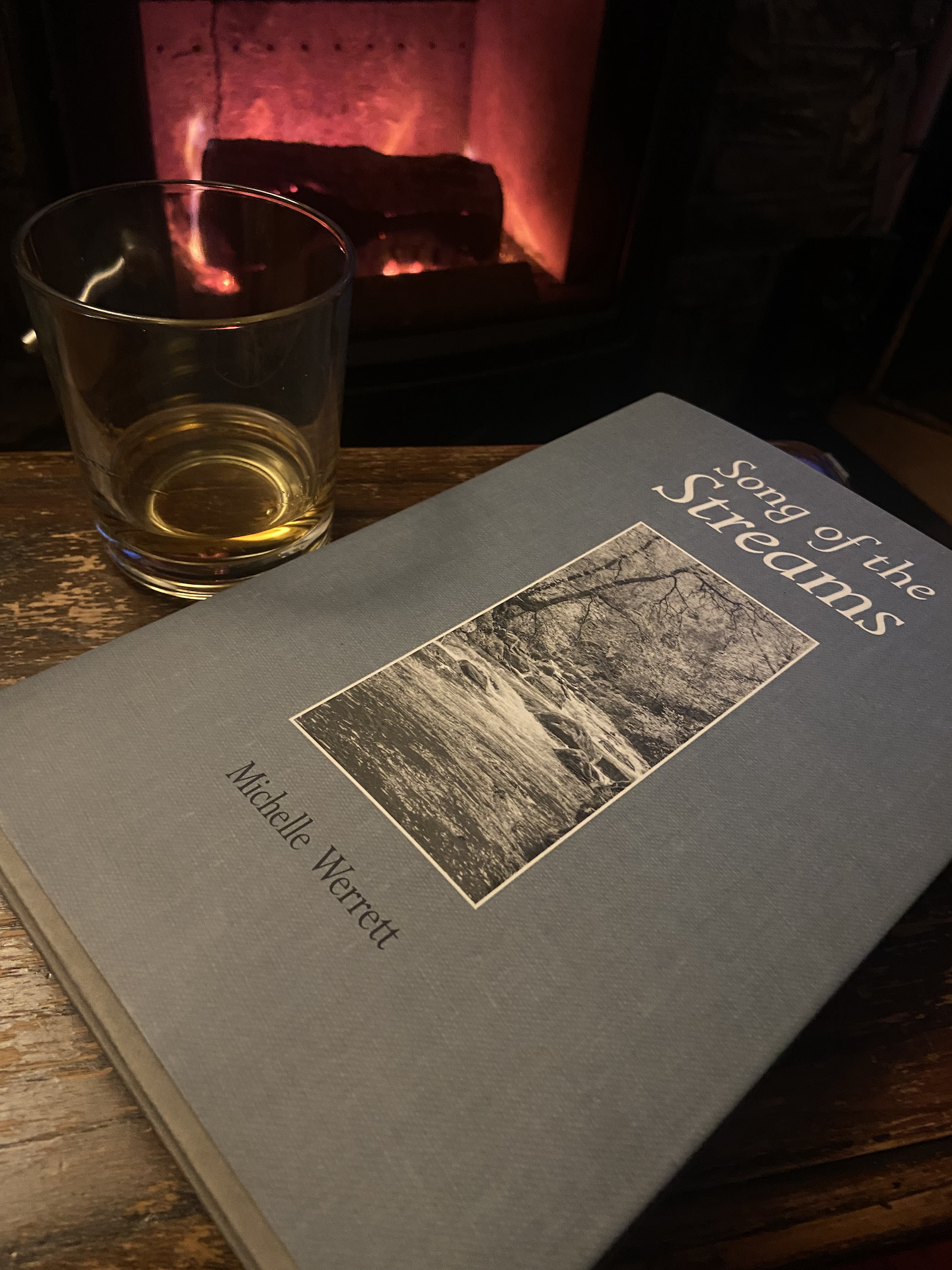
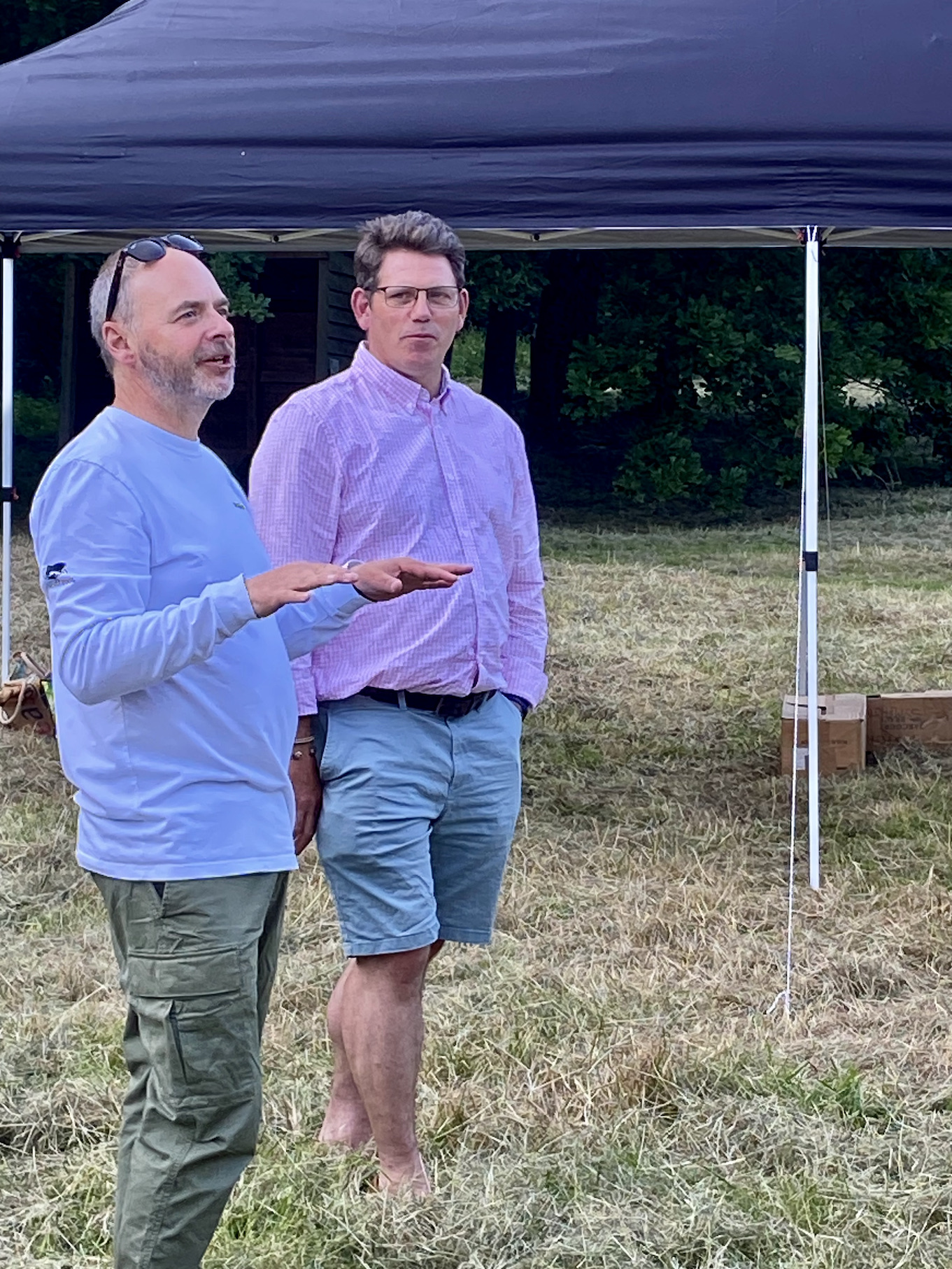
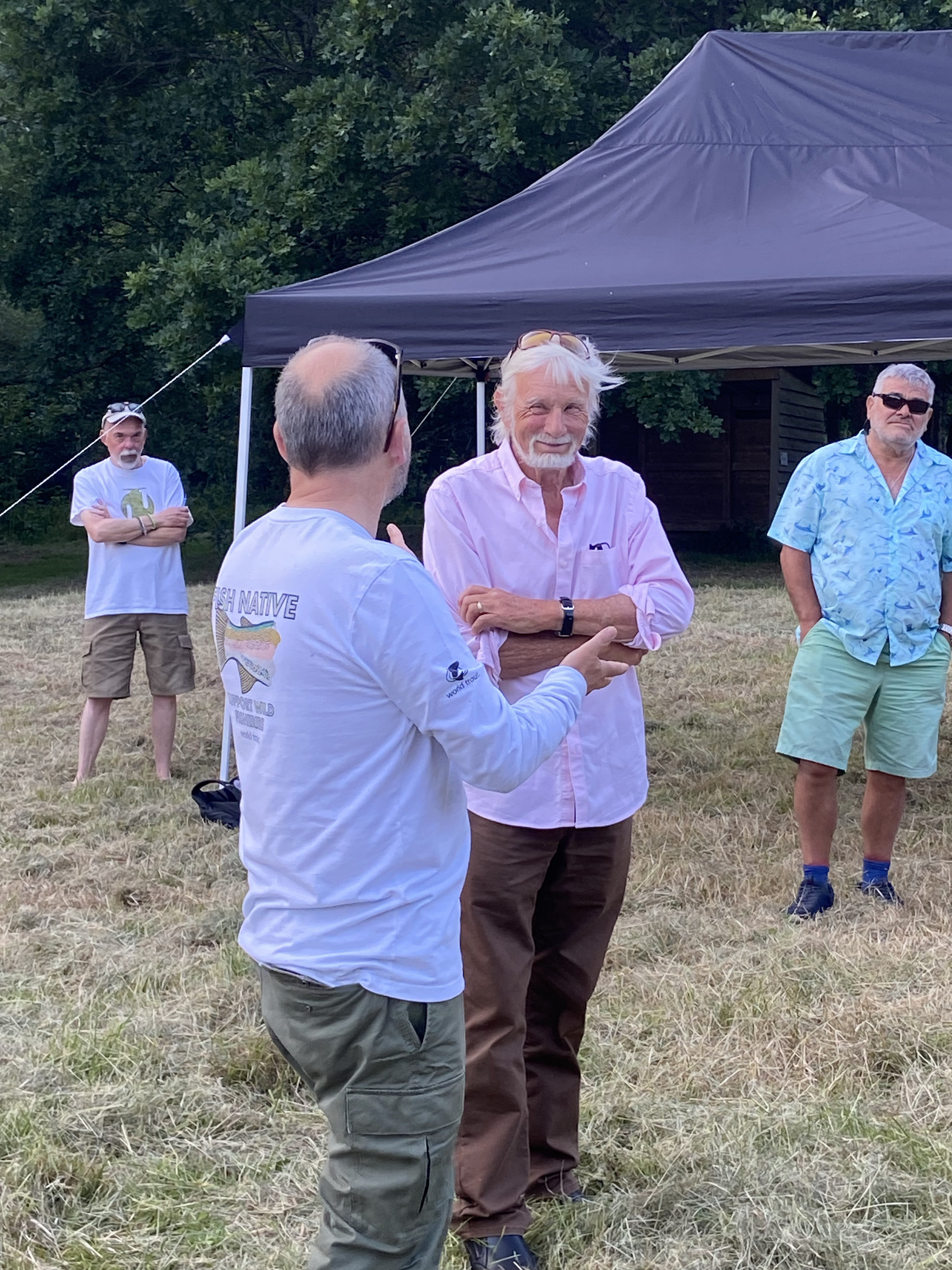
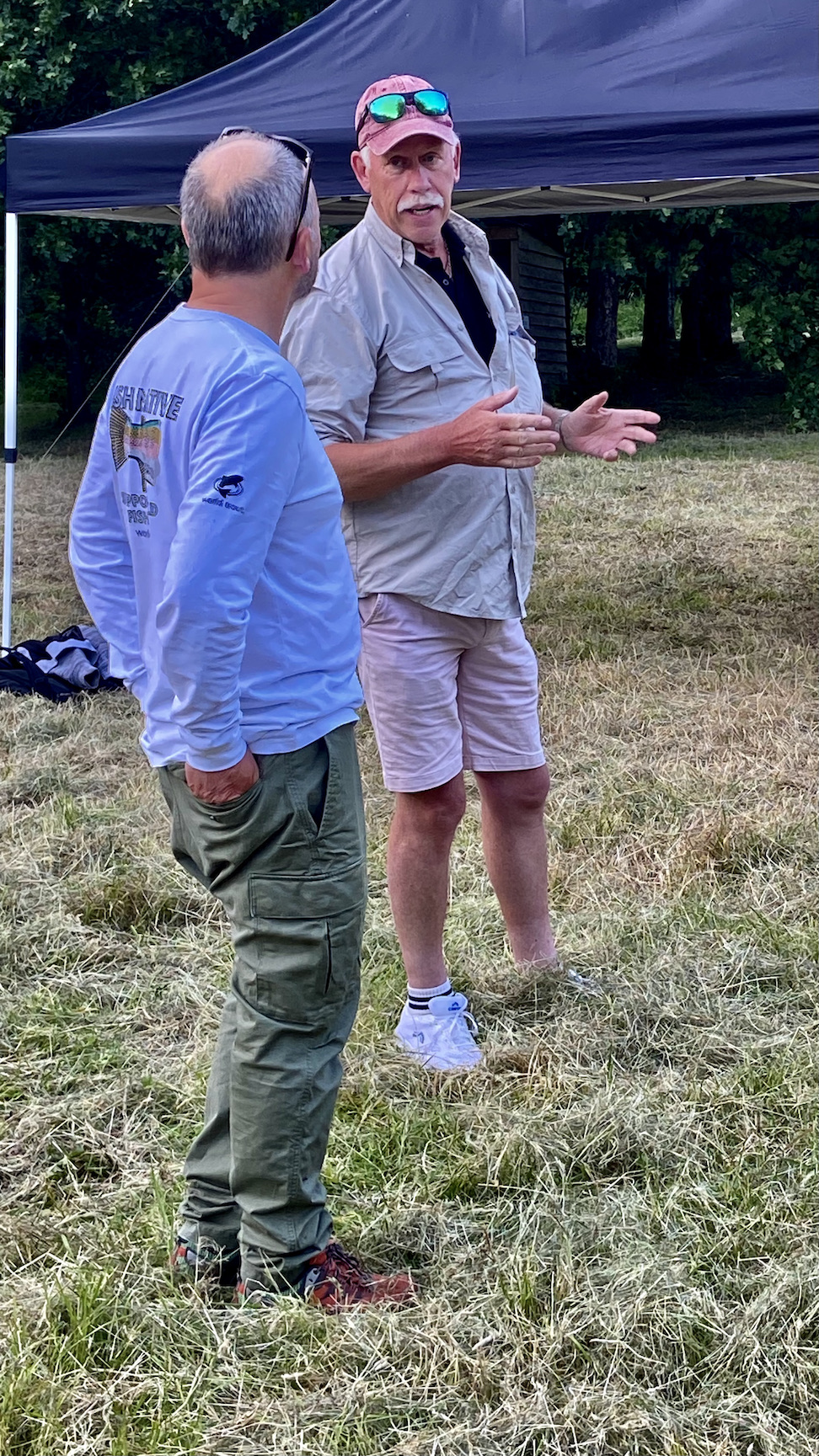

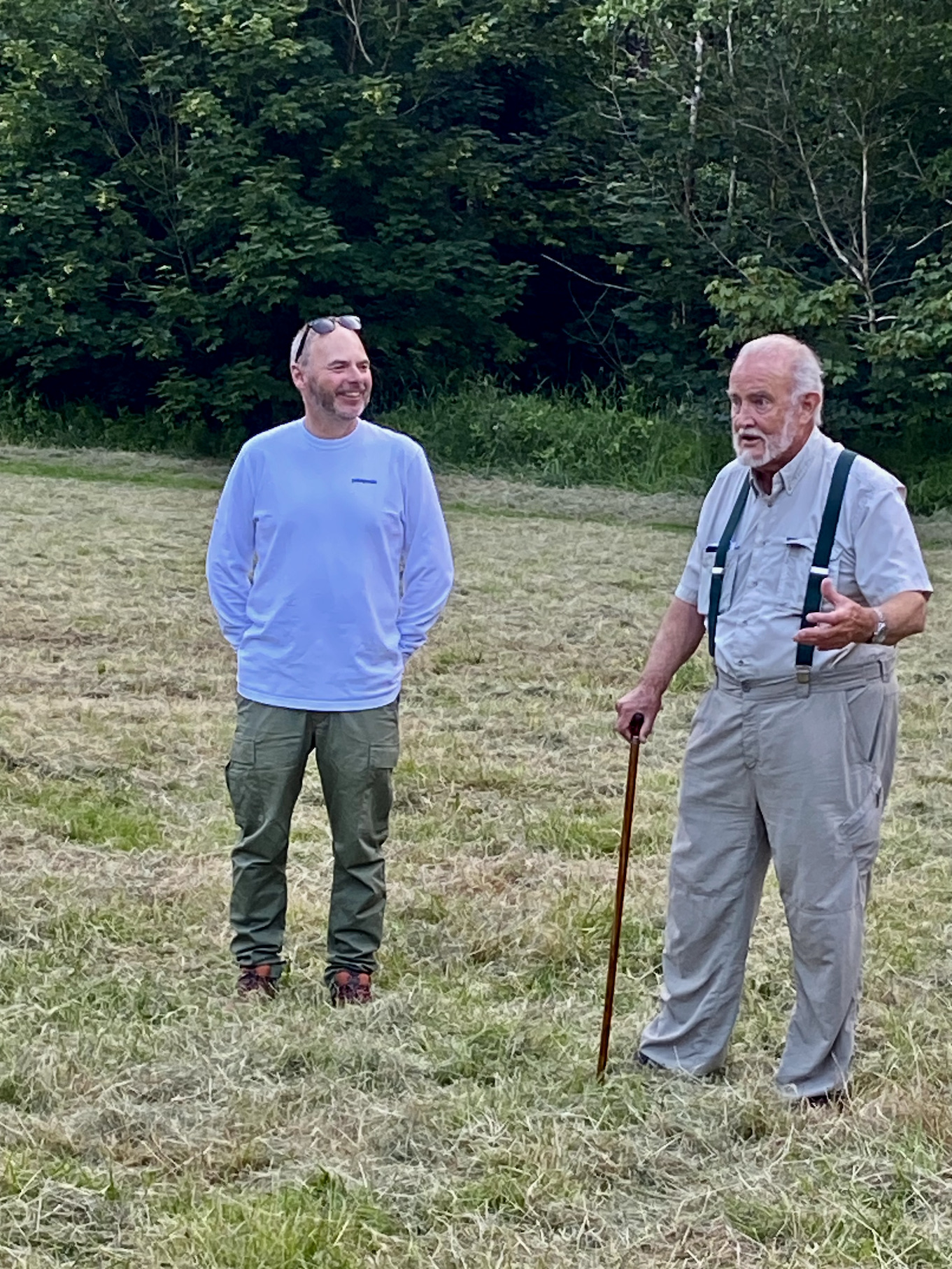
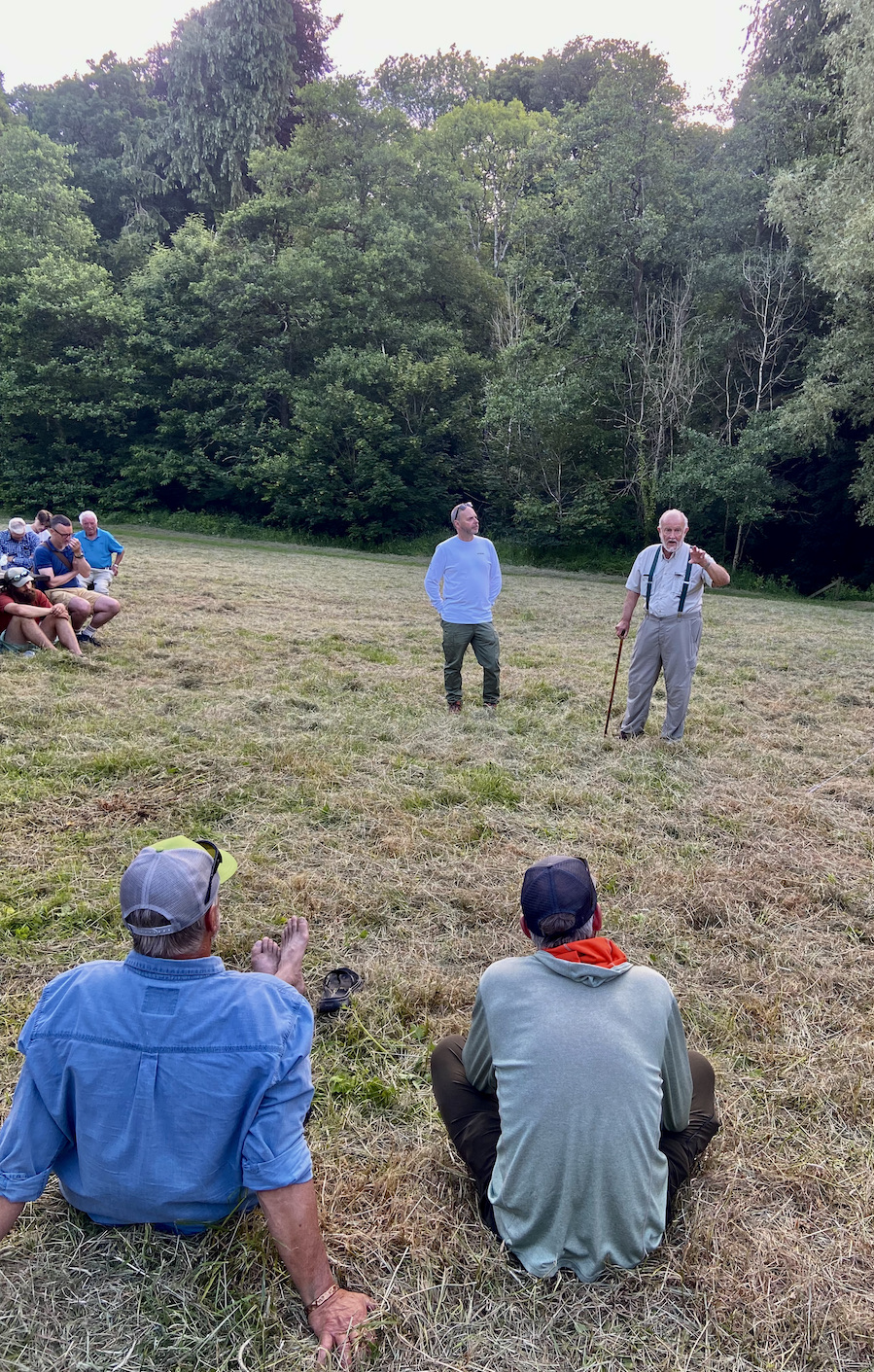
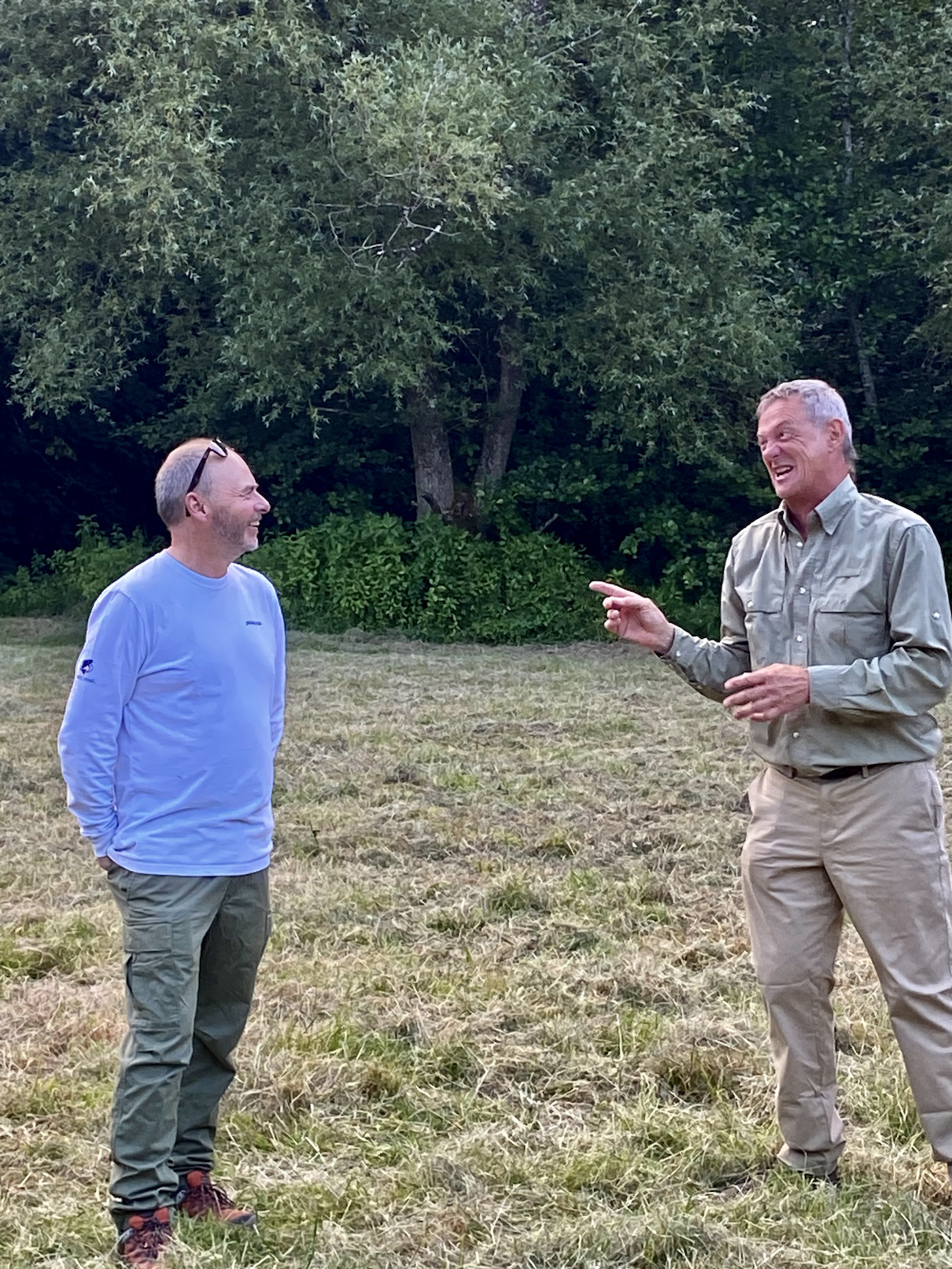
I left shortly after 9:00pm with plans for next year’s fishing already brewing. So many fish, so much water and so little time as life’s tide ebbs ever faster.
And then there are the lawns, the garage window and the decorating. Still in between jobs I can always enjoy reading Fly Culture and plotting a few more casts.
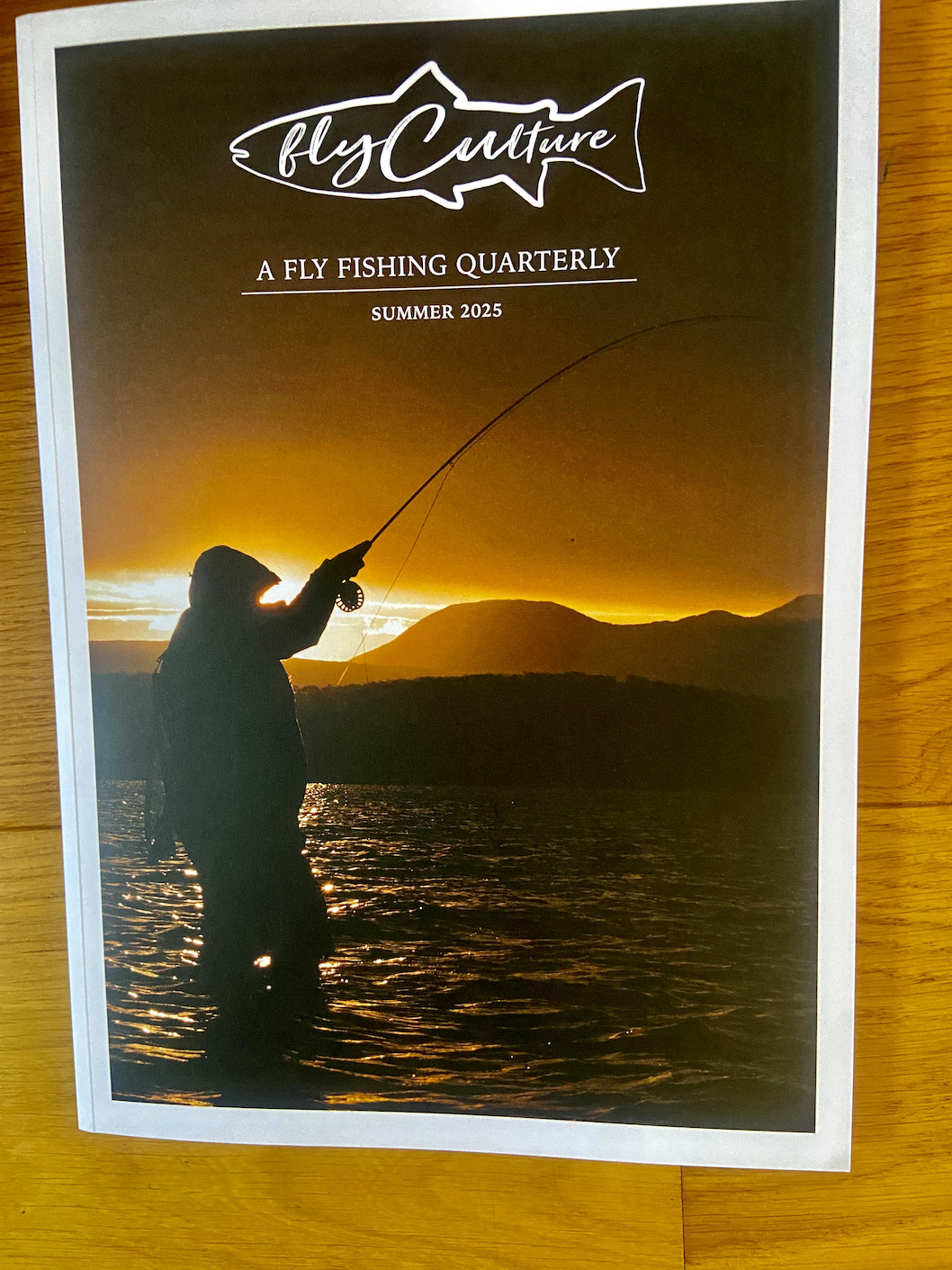
PREDATOR 2 – COMBE MARTIN SAC – BOAT TRIP
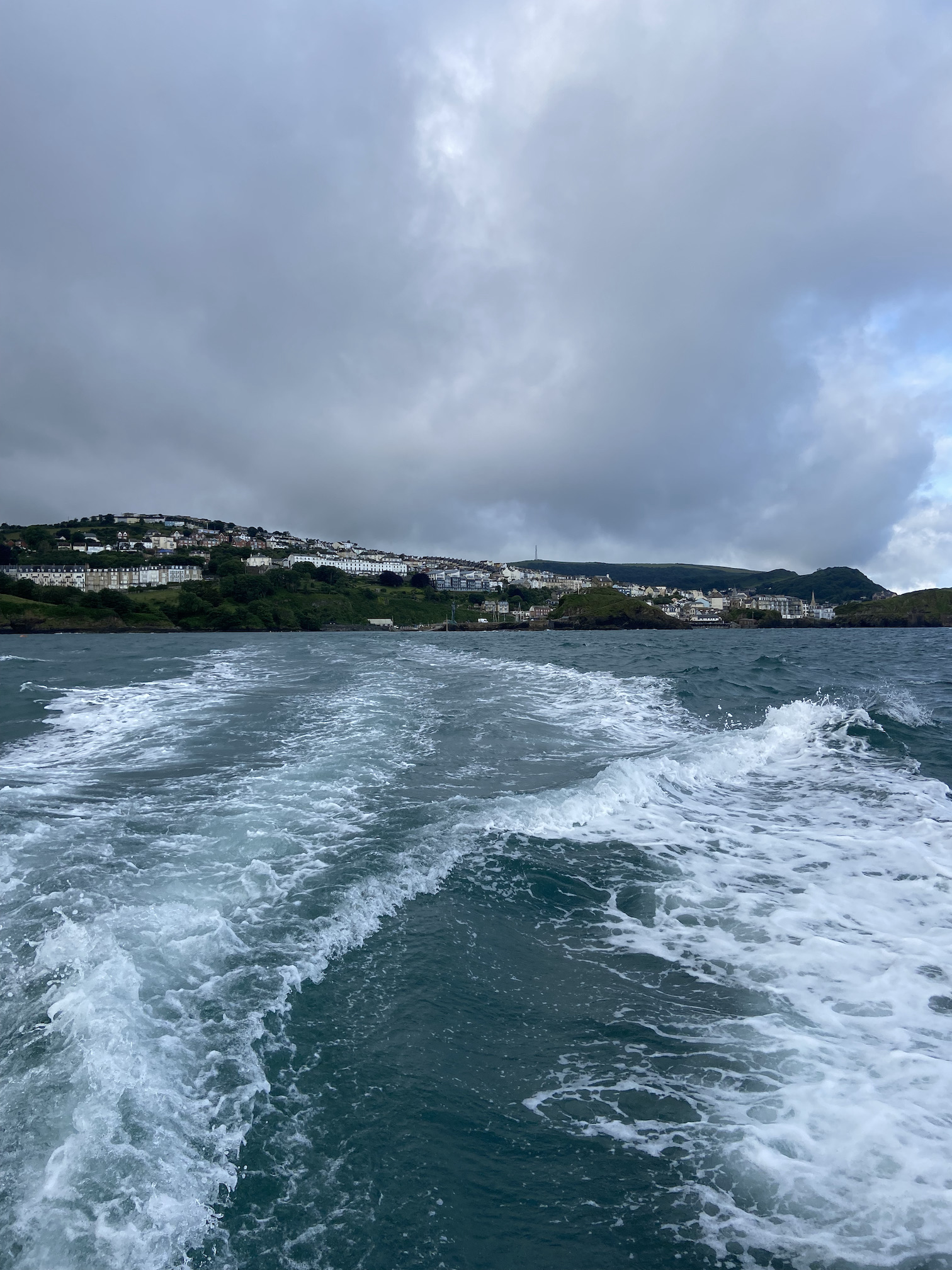
June 12th 2025 was Combe Martin SAC’s first club boat trip out of Ilfracombe aboard Predator 2 with Dan Welch. I hope that it will be a new chapter in the clubs long history and I look forward to plenty more trips with Dan who works hard to find the fish that are all too often hard to find.
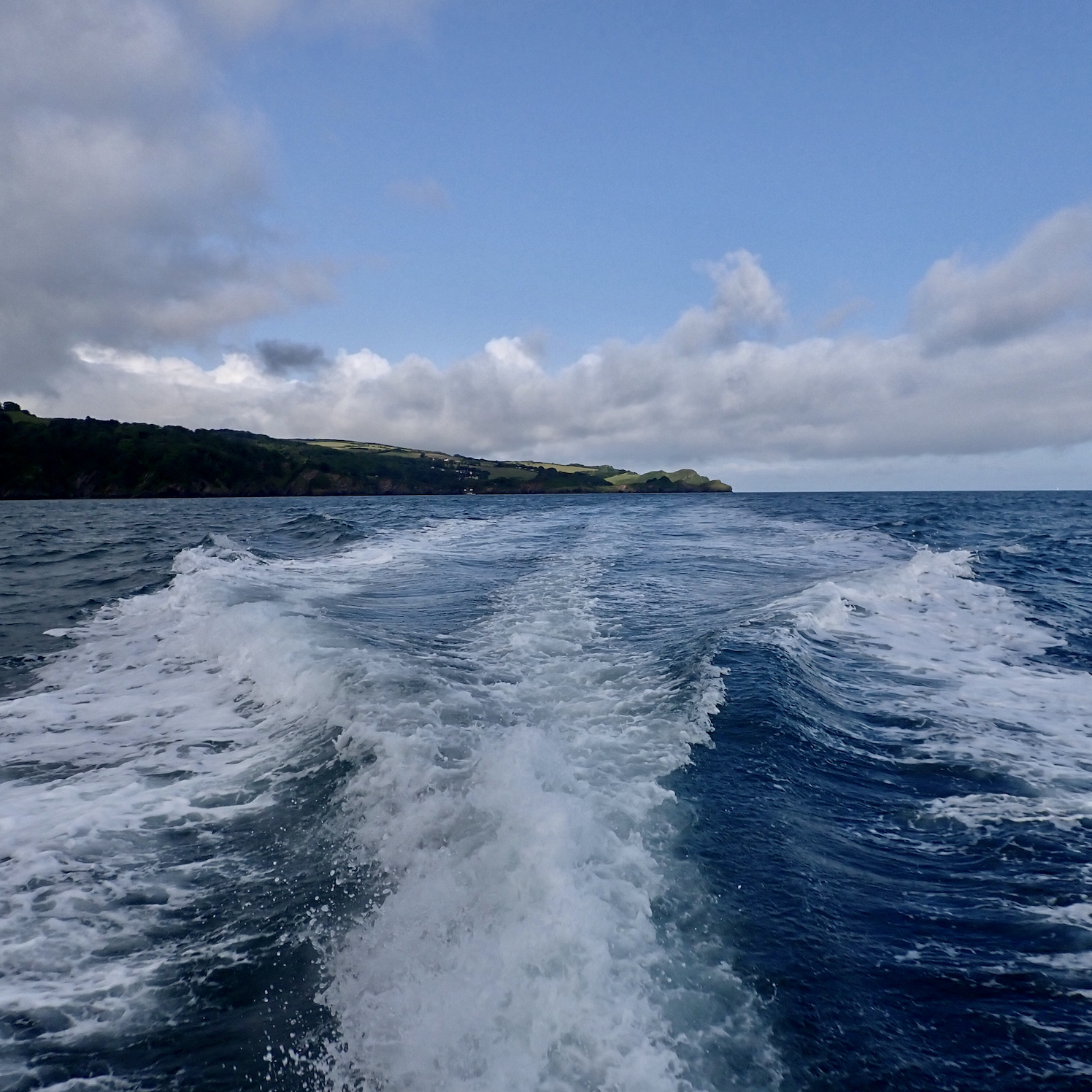
We headed up channel as a result of strong Westerly winds that would have made the waters closer to the mouth of the Bristol Channel uncomfortable. It is always enjoyable watching the familiar coastline from the boat as those landmarks pass by along with a lifetime of memories. The headland of Rillage and the coastguard station, Widmouth Head, Watermouth and the Sexton Burrow, Burrow Nose. Broadsands, Sandy Cove, Combe Martin, Wild Pear Beach and Little Hangman. North Devon’s dramatic northern edge looked splendid with verdant lush green providing a glorious back drop. As we surveyed this beauty I also reflected on the access that has been lost to us as anglers over the last fifty or so years. Restrictions due to private ownership and Coastal erosion all contributing and exacerbated by human behaviour, an increasing population and of course funding for access projects.
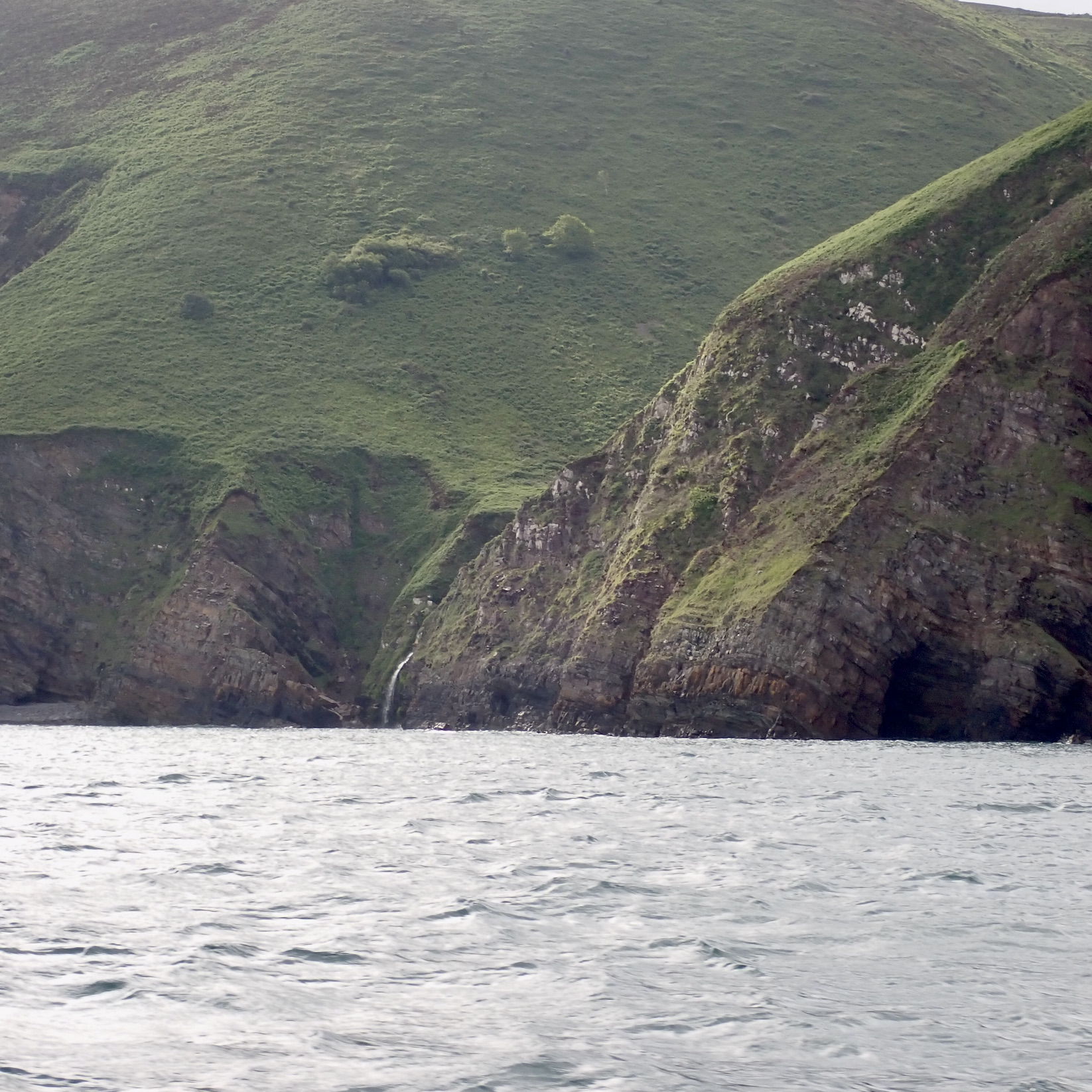
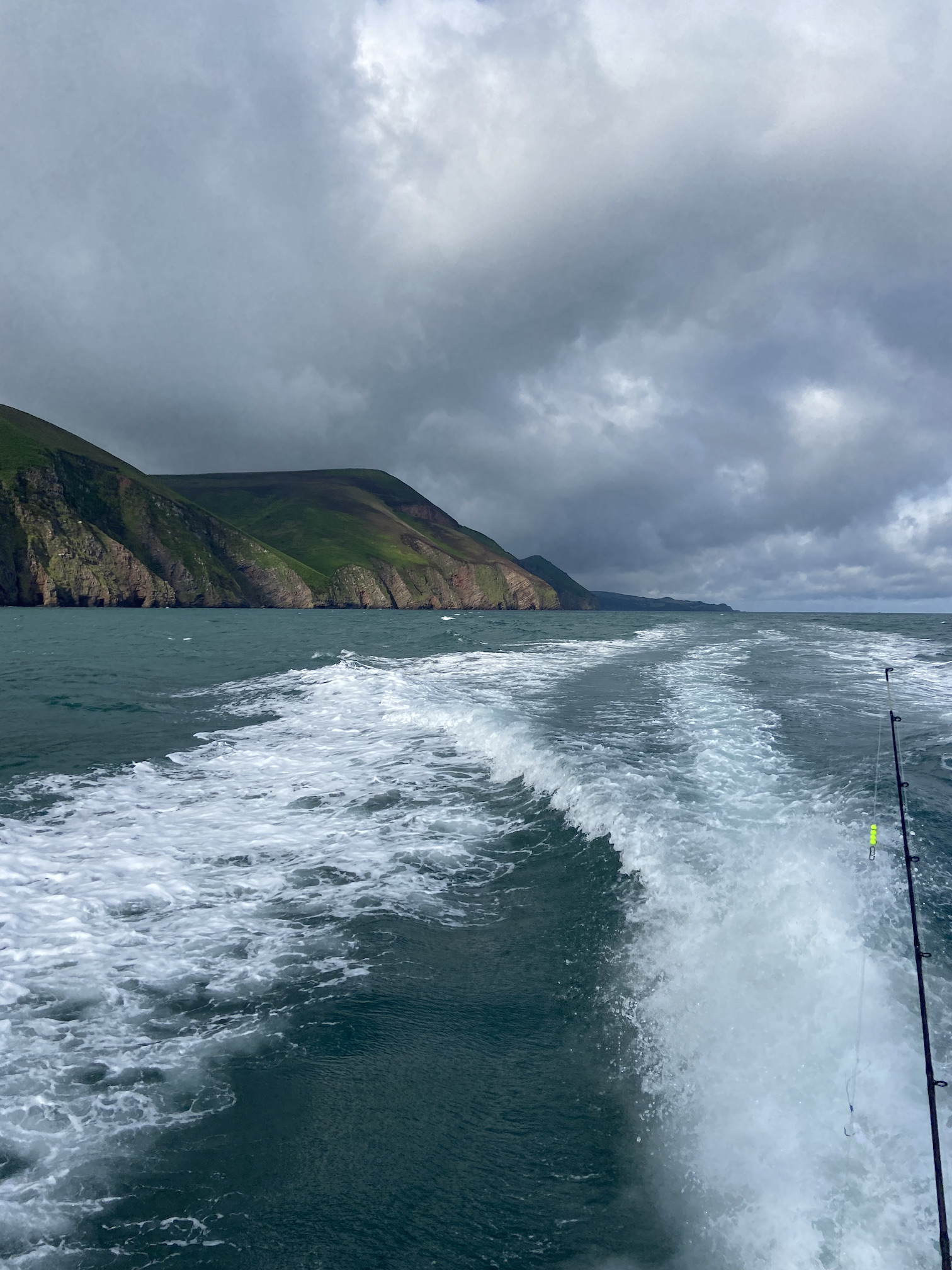
Past Combe Martin Bay and the dramatic sea cliffs immortalised in the book “The Hidden Edge of Exmoor”. Access to this shoreline restricted by geographical splendour has always been difficult and it is fascinating to reflect upon past generations who descended these cliffs to harvest natures gifts.
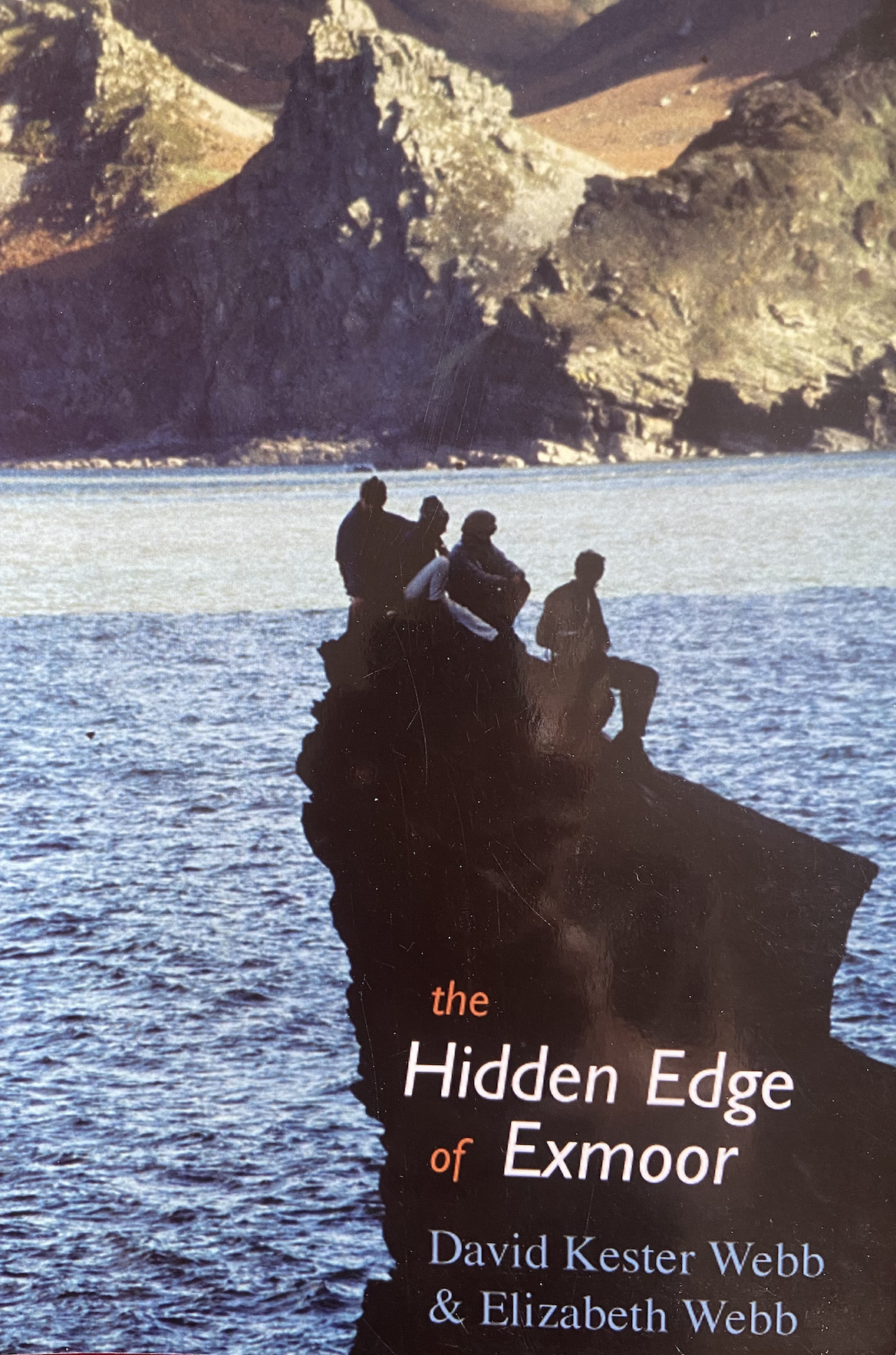
“While over a thousand people may have climbed Mount Everest and may thousands may have walked England’s South West Coast Path, very few have traversed the whole of the Exmoor Coast down at sea level along what we have called The Hidden Edge of Exmoor. The Exmoor Traverse is a serious mountaineering venture that is compounded by a tide that can rise vertically at six feet an hour and by cliffs that tower over six hundred feet in places. Out of sight of civilization it is an awe-inspiring wilderness, boasting the highest marine cliff in England, a waterfall as high as Niagara and a colony of ancient stunted yew trees that may prove to be the largest in Britain.”
The book goes on to record the historical stories of those who descended the cliffs in Victorian times to gather birds eggs, laver, driftwood and botanical data. Not to mention the scars still visible on the cliffs from mining operations.
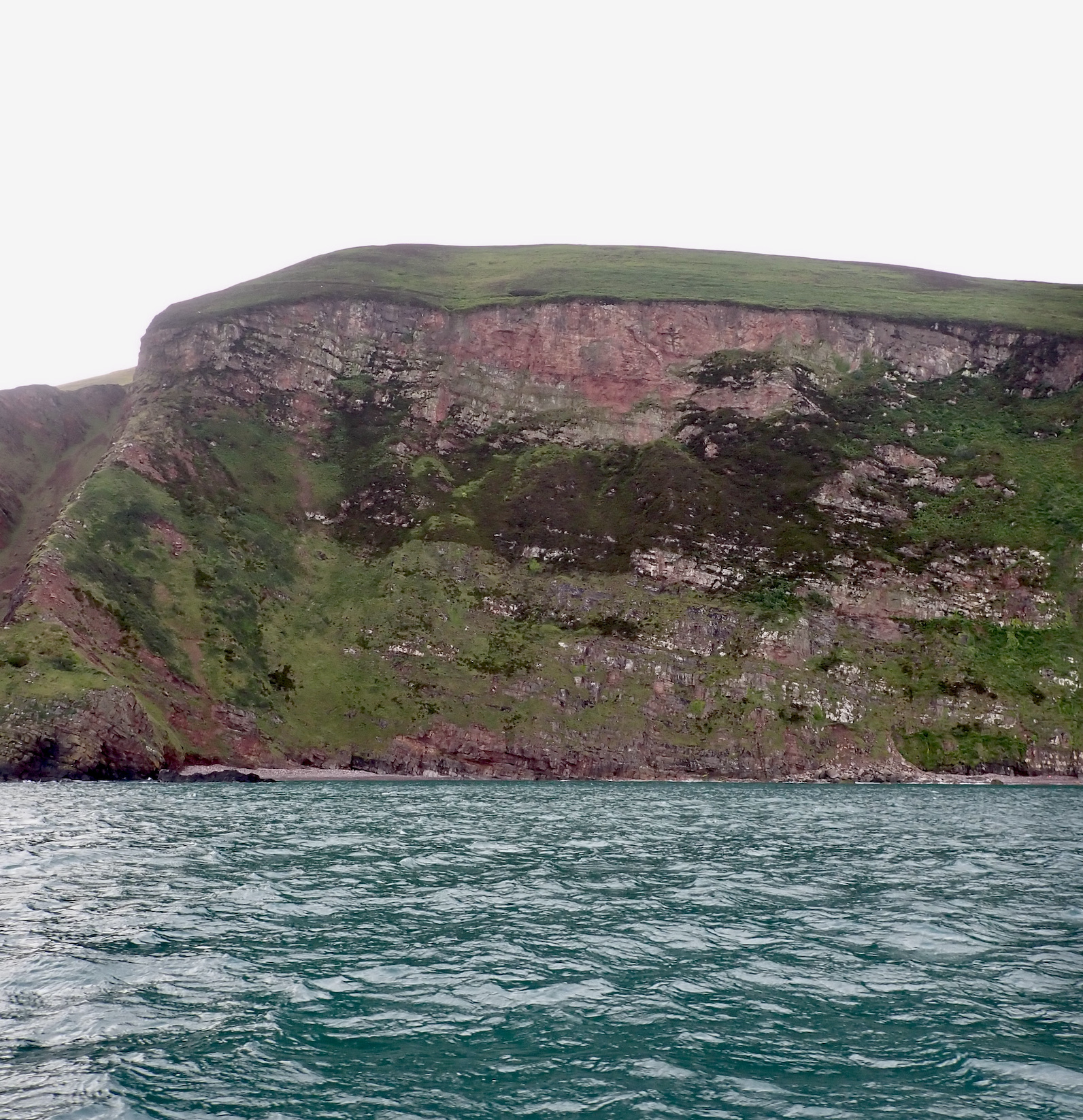
On this day as a brisk west wind blew up channel it was without a doubt the dramatic scenery that stole the show for the fishing proved difficult. The morning started well as we dropped anchor off Woody Bay. We hoped for tope that had been abundant over recent days. These proved elusive but a couple of small eyed ray proved encouraging along with a few huss and the inevitable dogfish. A couple of pollock succumbed to baits when we moved a little inshore over the rough ground to avoid the stronger tide and this prompted a short lure session with several pollock brought to the boat.

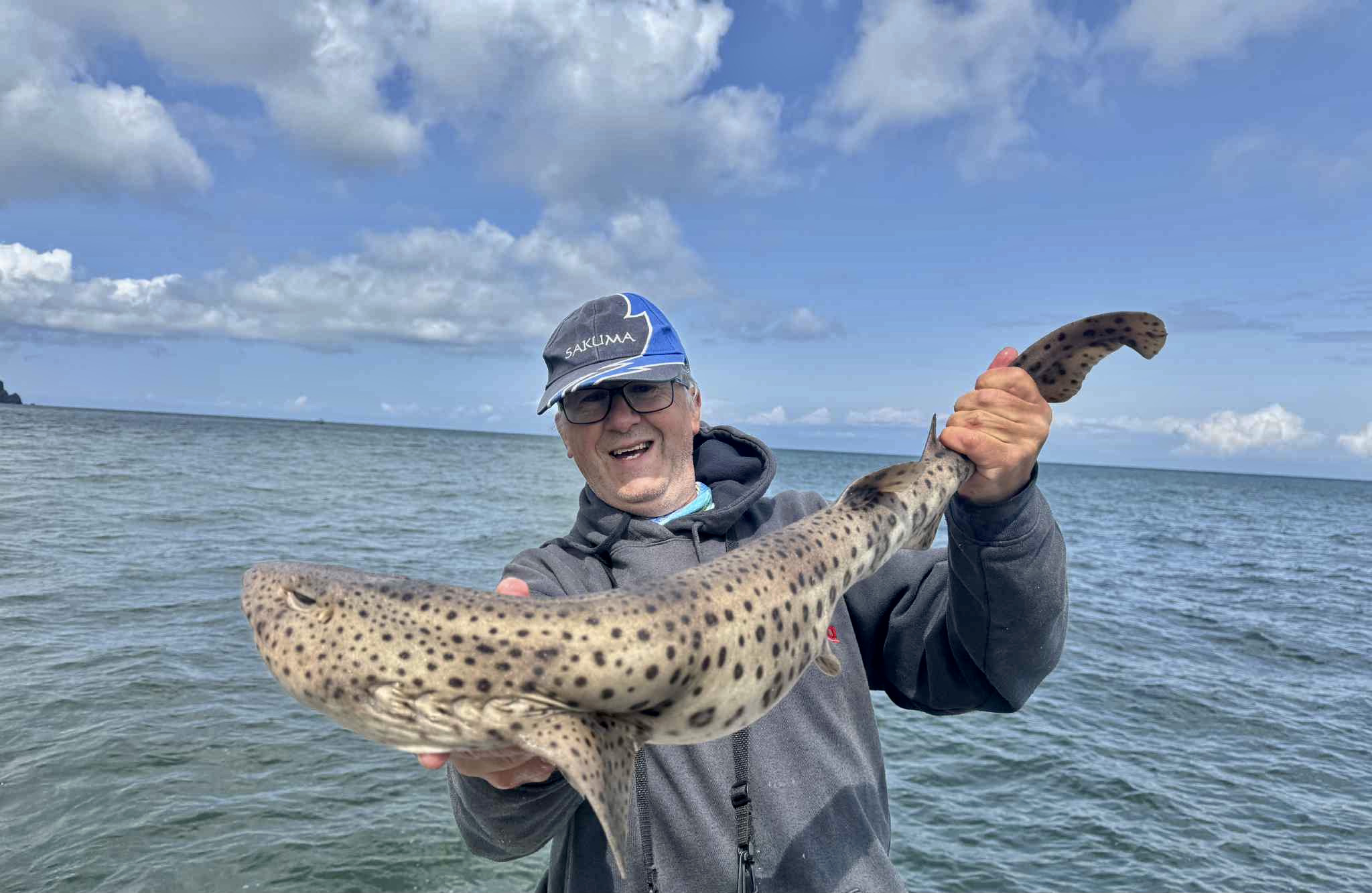


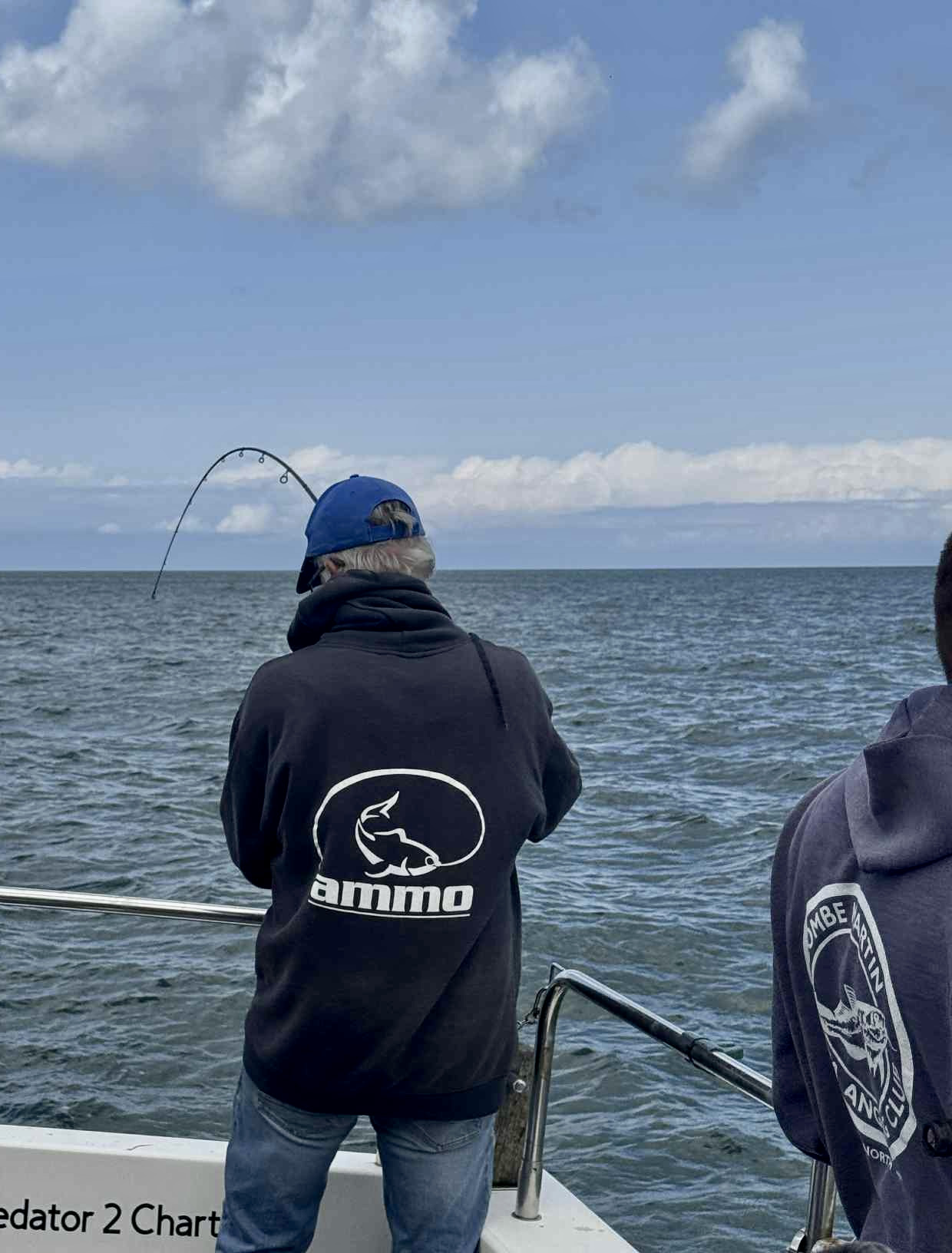
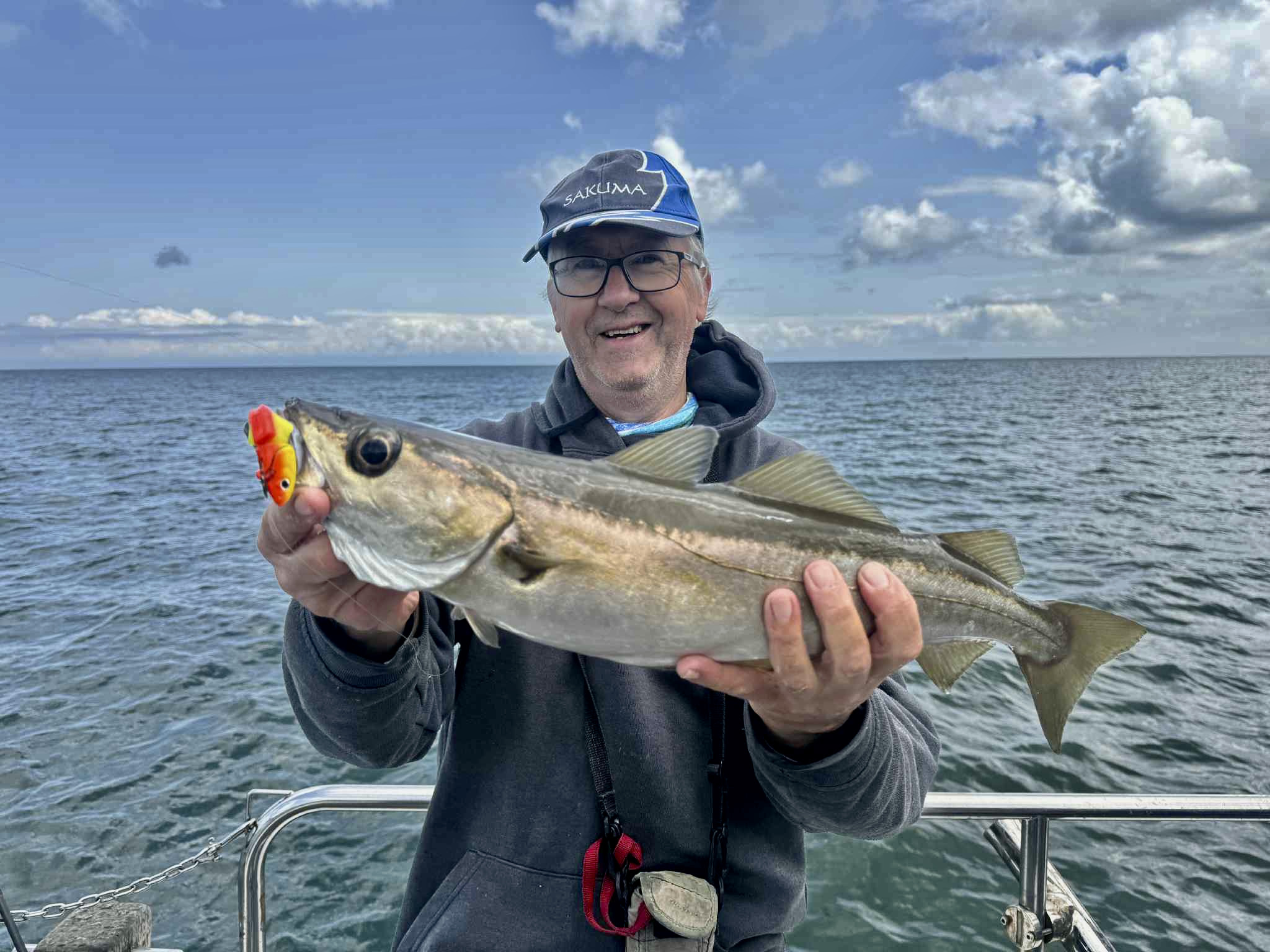
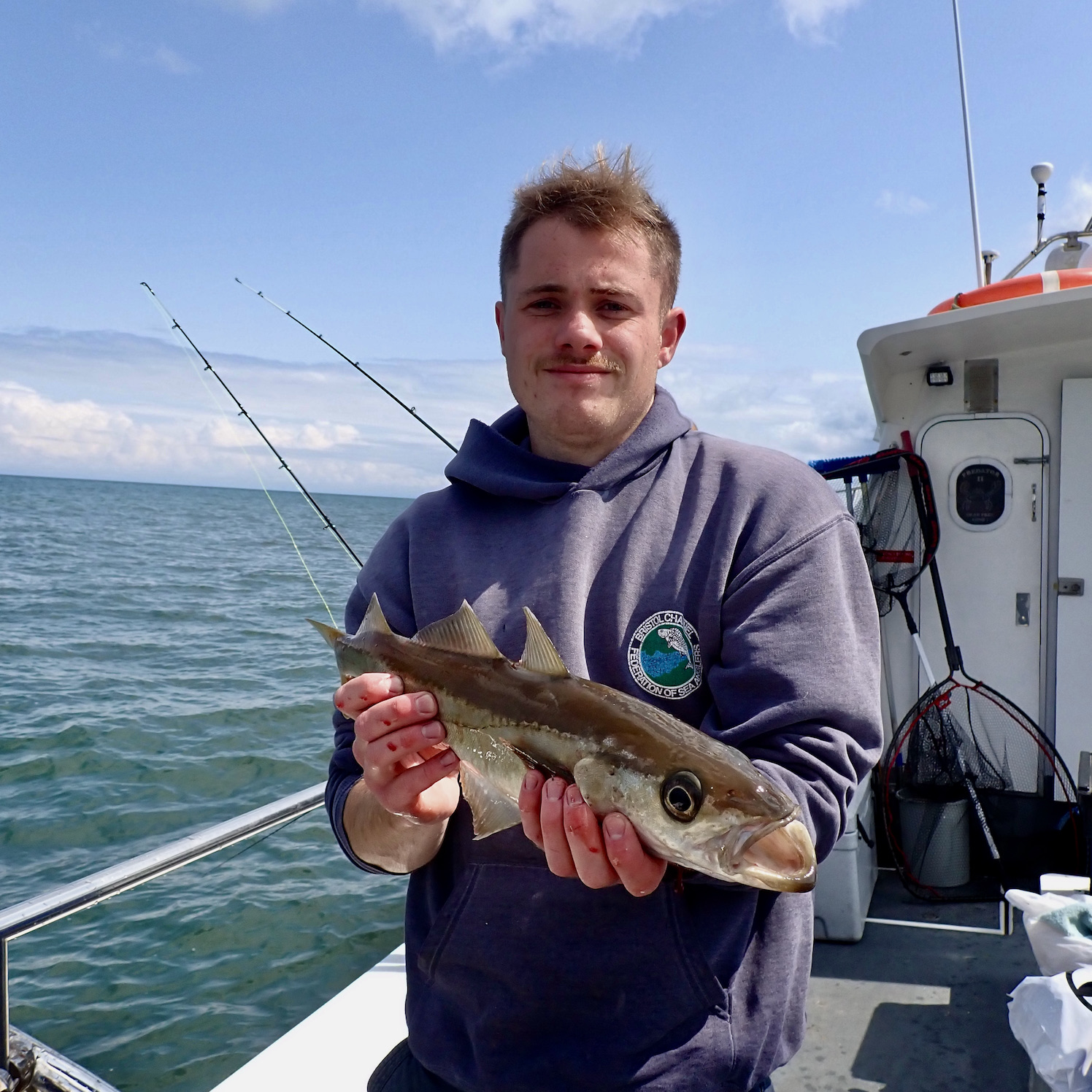
The wind was steadily increasing as we moved out to fish offshore where we once again hoped to find the hard fighting tope. The wind buffeted the boat causing it sit awkardly at anchor making keeping contact with our baits challenging resulting in a few minor tangles. There was little that Dan could do and we chose to move closer inshore seeking shelter and perhaps that illusive tope. An hour passed and with just a few dogfish Dan suggested we call it a day and paused for few mackerel on the way home to top up our bait freezers and perhaps savour for tea.
A few drifts in a lively sea off Rillage produced a few nice mackerel one of which was consumed a couple of hours later after pan frying with a dash of pepper and lemon juice. We all look forward eagerly to the next trip when we hope for better weather and a few more fish.

One cast is all it takes to make a memorable day!
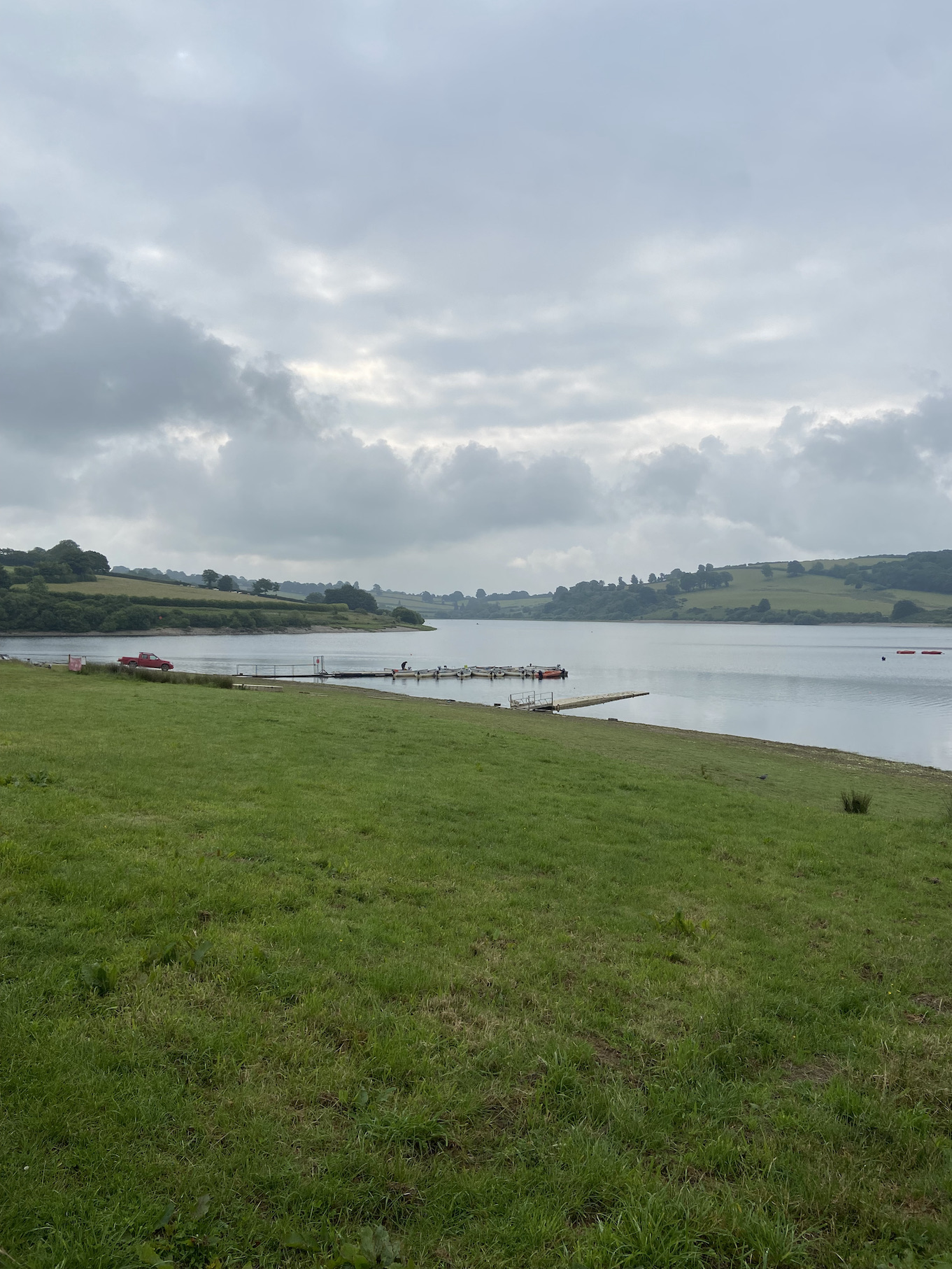
I always relish my trips to Wimbleball savouring each day at this wonderful fishery located deep in the heart of Exmoor. Early to mid-June is undoubtedly one of the best times to visit with Exmoor’s valleys alive with the vibrancy of early summer. Hedgerows and trees that wonderful verdant green that lasts all too briefly before taking on the darker hues of July and August.
I arrived at the boat launching pontoons shortly after 8.00am and set up a pair of rods and tackle before pouring a coffee from my flask and enjoyed the view whilst I waited for my good friend and fellow Snowbee Ambassador Jeff Pearce to arrive.
It was a mellow cloudy morning with a gentle breeze blowing from the West and there was the chance of sunny spells as the day progressed. Perfect conditions I thought but Jeff cautioned my optimism as catch returns reflected that the fishing had not been easy despite a very high stocking campaign.
We were fishing from a boat giving the freedom to search for the fish across the lakes 370 acres. After a cheery greeting Jeff and I discussed our plan for the day. It was hoped that the beetles would be on the water as good numbers of fish had been tempted when conditions were right as the trout feasted upon this annual glut of food.
We decided to commence activities in the deeply wooded Upton Arm an area that has a unique atmosphere with its steep wooded banks flanking the water. Far up at the head of the arm all was calm as bird song drifted through the air. We made our first casts searching the water as we drifted slowly.
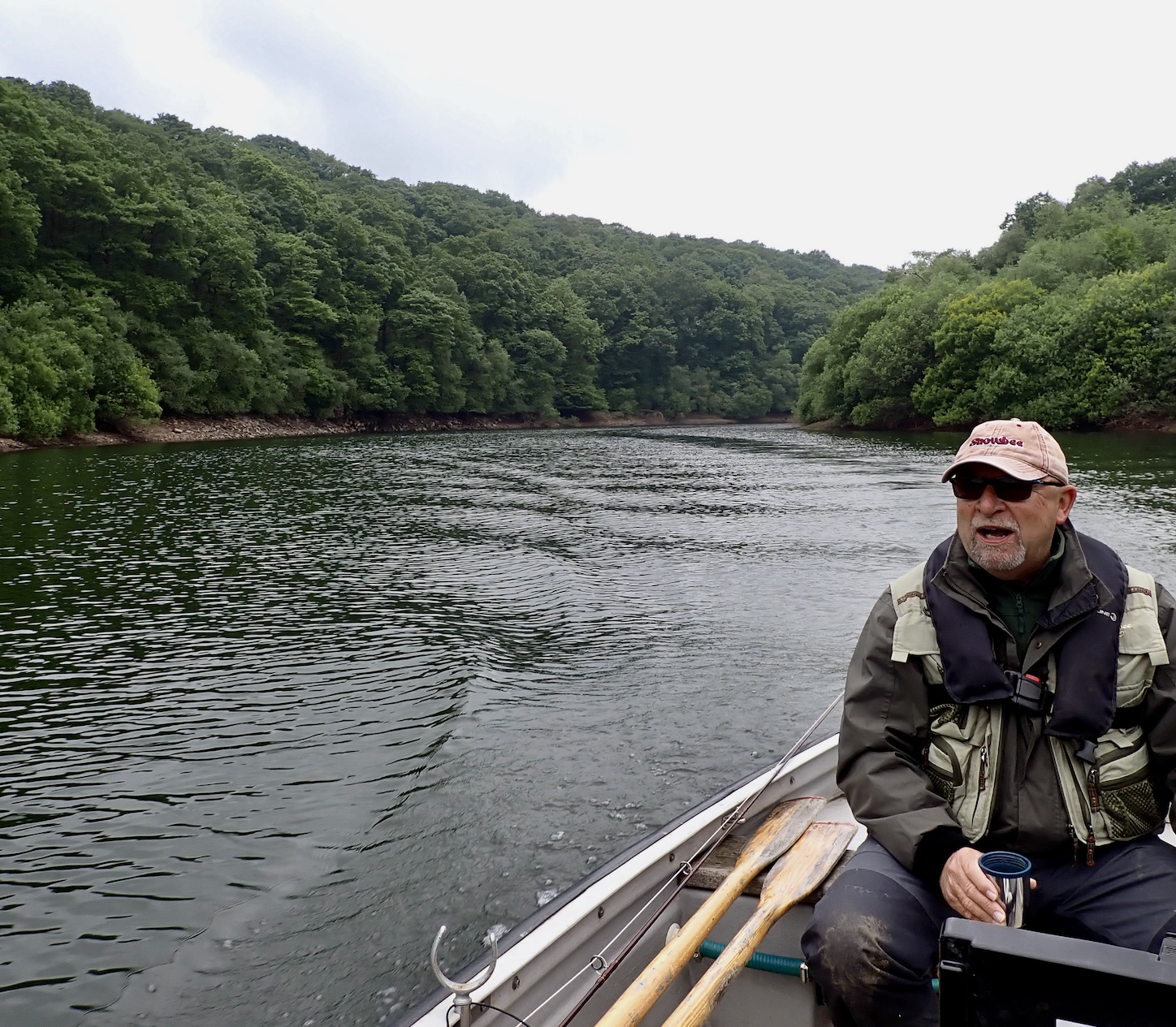
After fifteen minutes or so we moved to the middle area of the arm and resumed our search. I glimpsed a couple of good sized rainbows and made contact with a wild brown trout that shed the hook after an all too brief tussle.
A second drift brought no action and so we headed for the deep water off the dam that seems to produce fish on a regular basis throughout the year.
I was now using a fast sinking line with my favourite olive damsel on the point and a cormorant on a dropper. I was confident of success and seeing very little surface activity assumed the fish were deep. Jeff however persisted with a floating line and a more subtle imitative approach.
We drifted slowly adjacent to the dam area rope cordon and I scanned the water as I always do with my polarised glasses giving a glimpse into the water through the surface glare.
Two good sized rainbows swam purposely through the clear water. I immediately swapped over from the sinking line and lure set up to a floating line with a foam beetle pattern on the point and a larger foam hopper three feet further back.
I watched the water intently and spied another couple of trout. I placed my flies a few feet in front of the cruising fish. The trout inspected the offering but showed disdain. Jeffs floating beetle proved more appetising and was slurped down by a hard fighting rainbow of around 2lb.
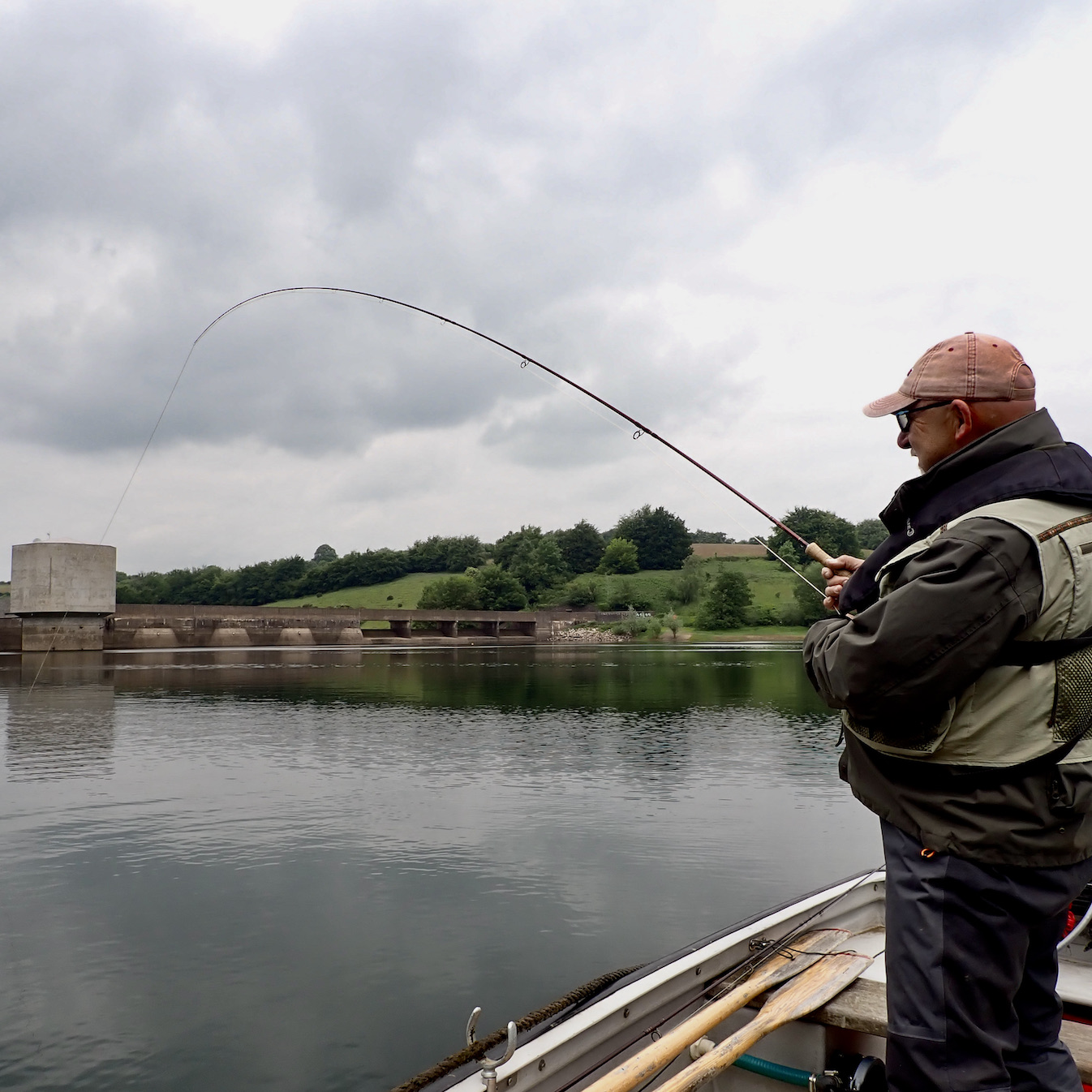
This was exciting fishing and my turn soon came as I dropped my flies in front of a trout that gave a good account on my 5-wt set up before shedding the hook.
It was obvious that the trout were on the look out for surface food as close study of the water revealed plenty of cruising fish.
There are often defining moments in a day’s fishing that can live long in the memory. One such moment came on this day as I watched a good sized rainbow cruising just beneath the surface. I extended my Snowbee Thistledown line and dropped my fly’s five feet in front of the trout.
I watched with anticipation as the trout converged upon my offering. I gave Jeff a running commentary as the trout paused and inspected my offering circling warily before slurping the beetle from the surface in a delightful ring of deception upon the calm water.
I lifted the rod to feel that thrilling moment of connection. The trout powered away the light rod taking on a steep curve and the trusted Snowbee Fly reel singing as line was ripped off at a rate of knots. This was undoubtedly a good fish and considerably larger than my initial estimate as I had seen it take my fly. After several powerful runs the fish dived deep stripping line from the reel as I put as much strain on the 6lb b.s point as I dared.
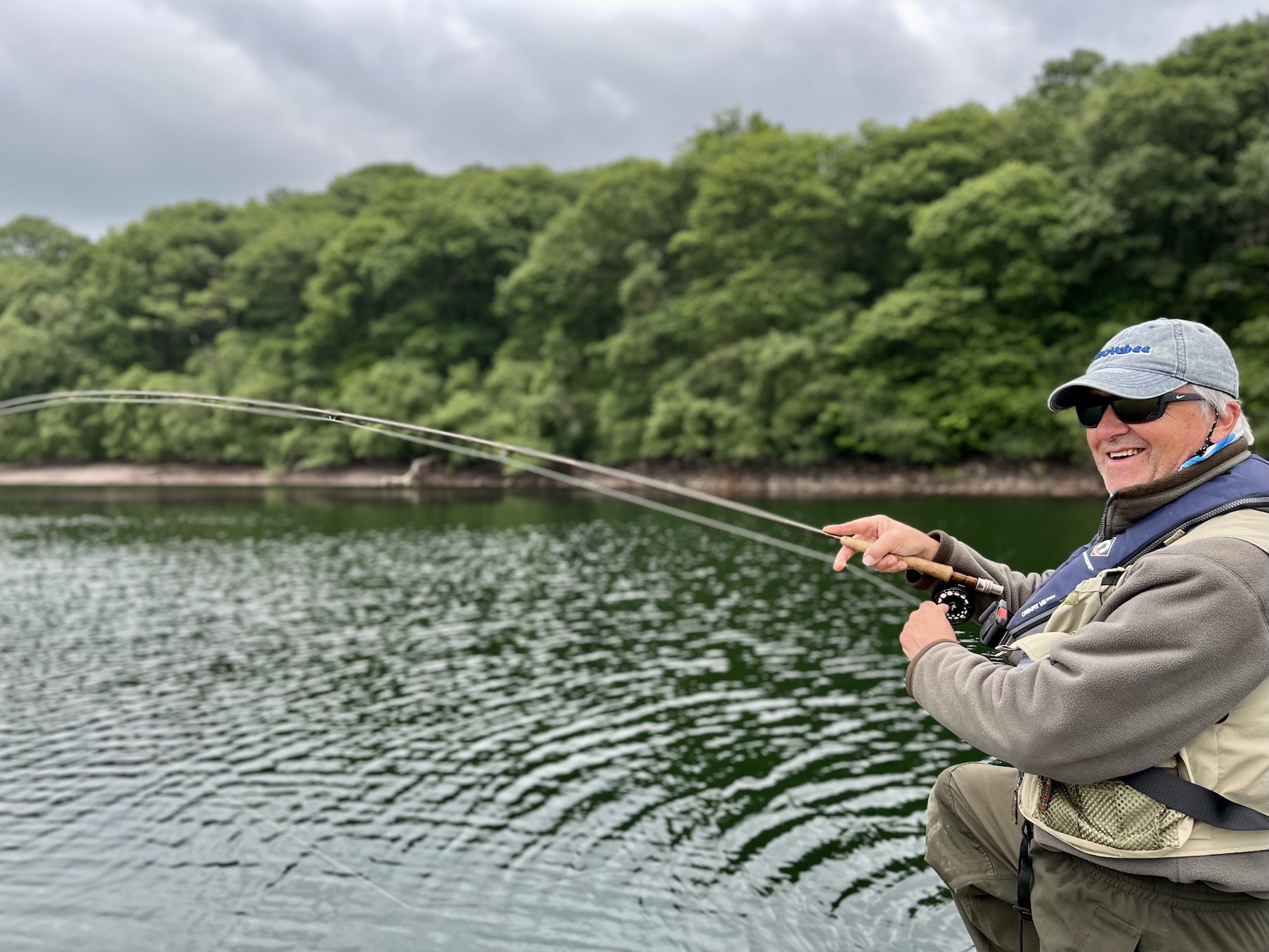
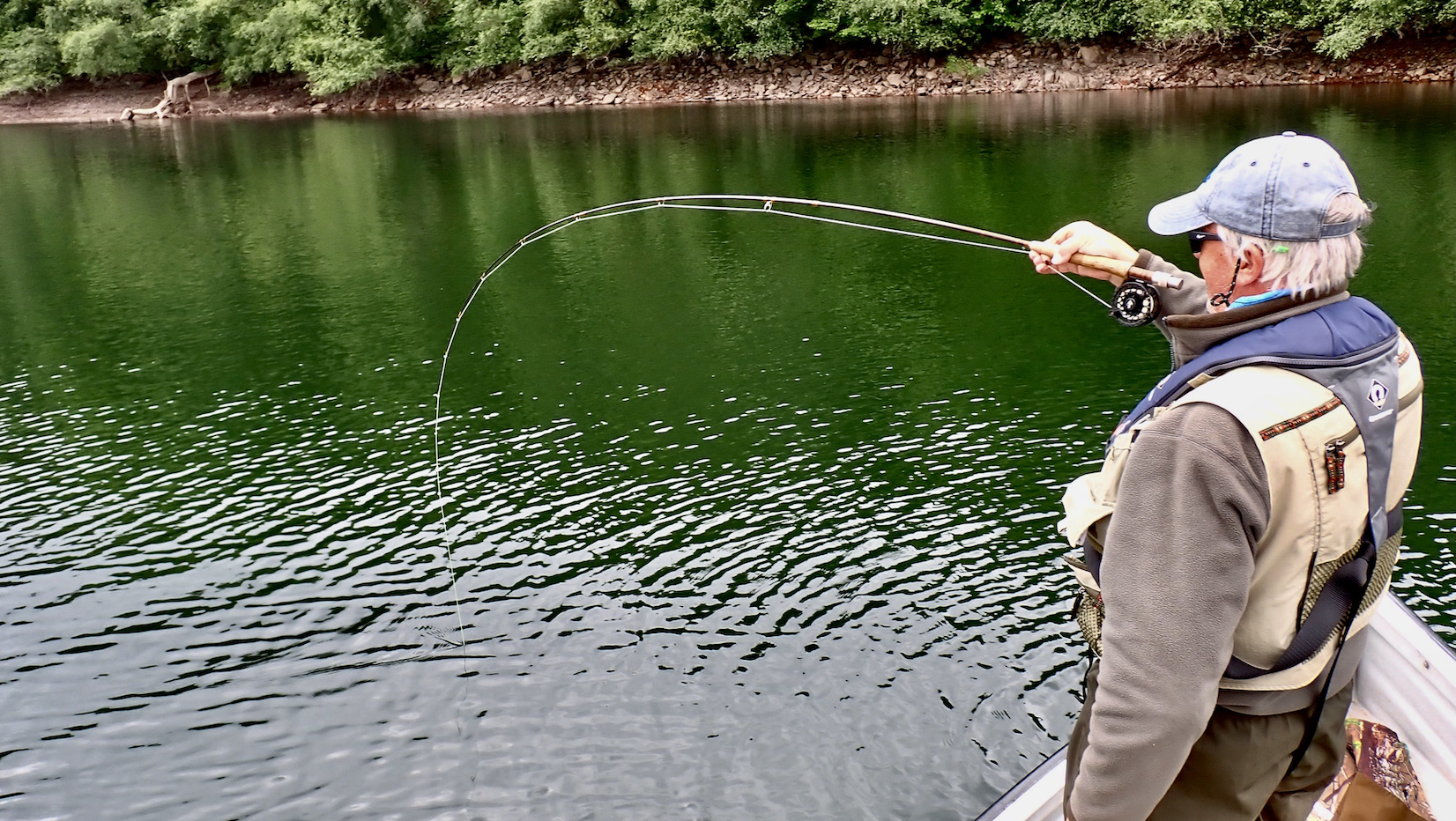
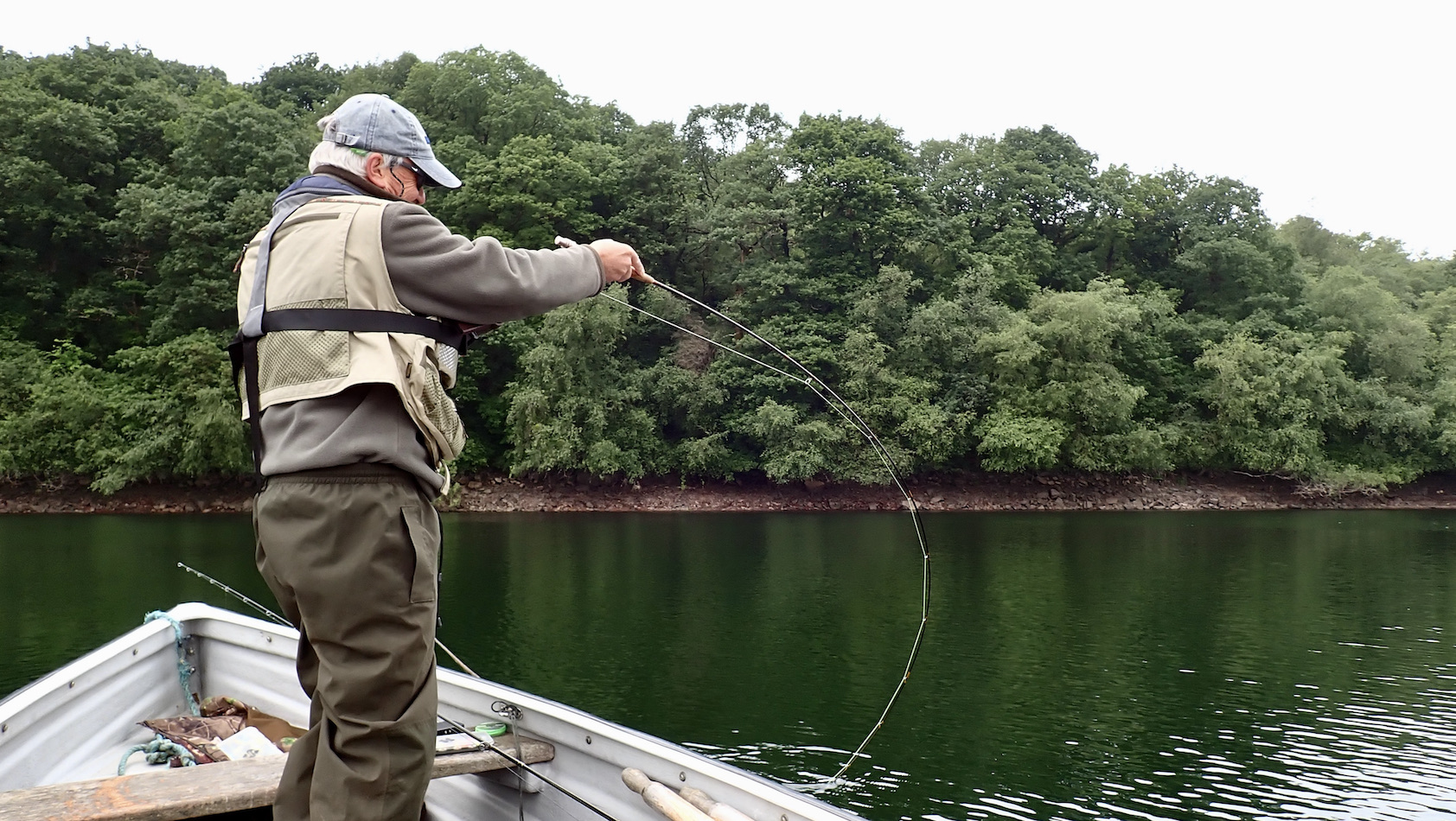
The 10ft 5-Wt rod was well hooped over as I relished the opportunity to test my tackle as the fish shook its head far below the boat in over 60ft of water. The fish held its position deep down the rod absorbing each lunge as for a few moments it was stalemate. Maximum pressure was applied and slowly the fish came up in the clear water and we glimpsed a deep silver flank. I readied the net; Jeff exclaimed that it was probably a double and I breathed a sigh of relief when the rainbow was safely within the folds of the net.
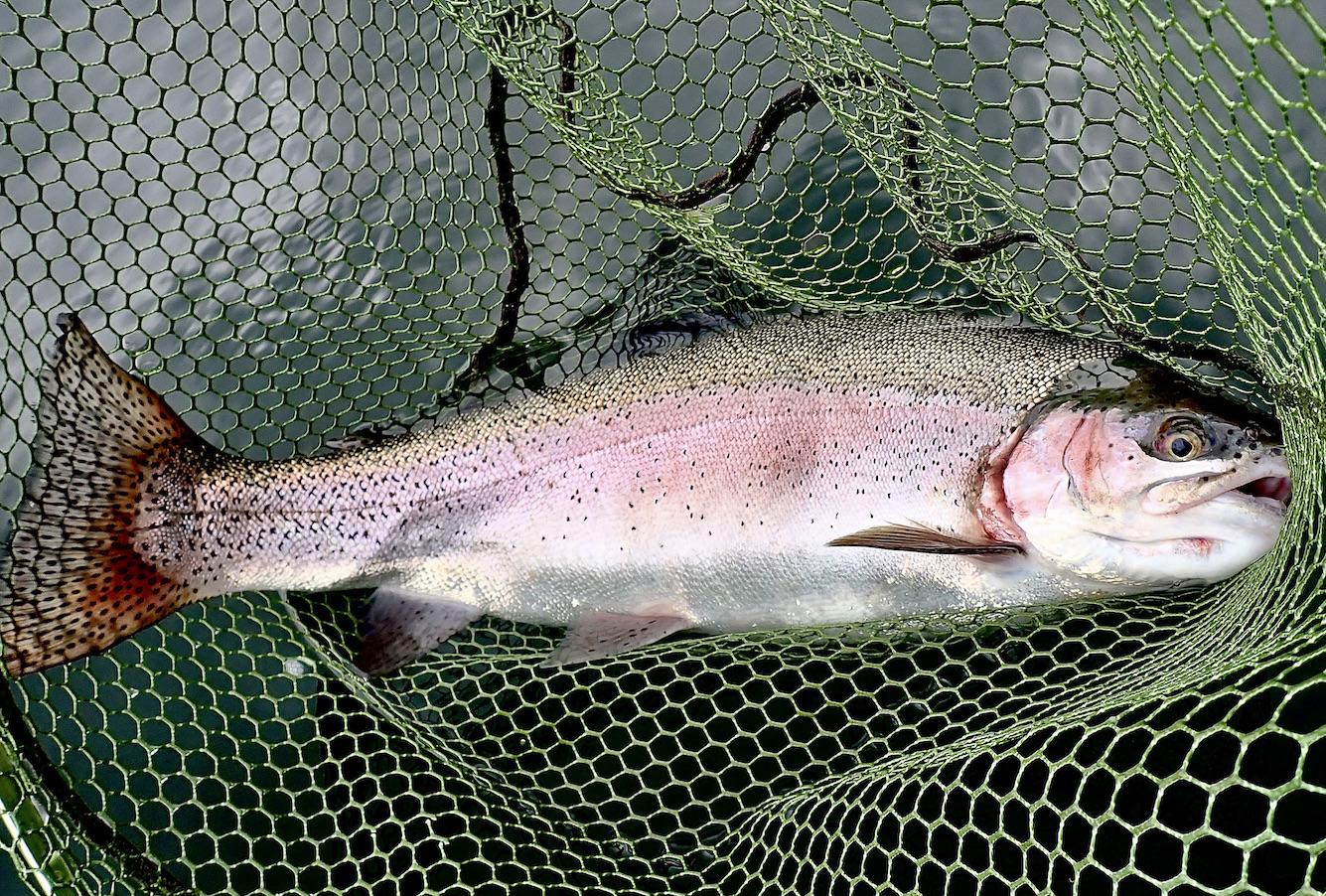
The fish was in splendid condition with deep flanks and wide spade like tail. I slipped the small barbless hook from its jaws. Held it in the net for several minutes and lifted it from the water for a quick photo before slipping the fish back into the depths.
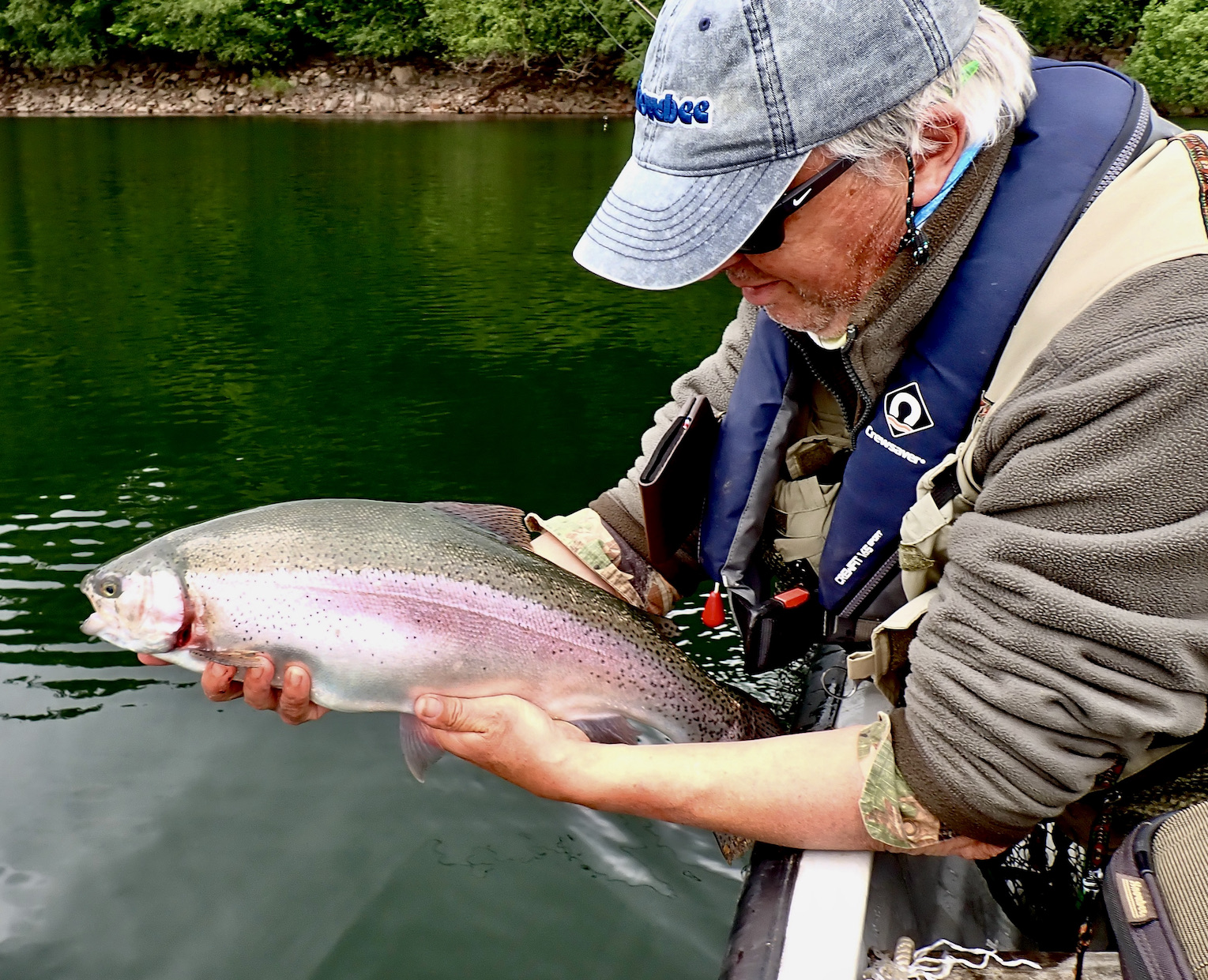
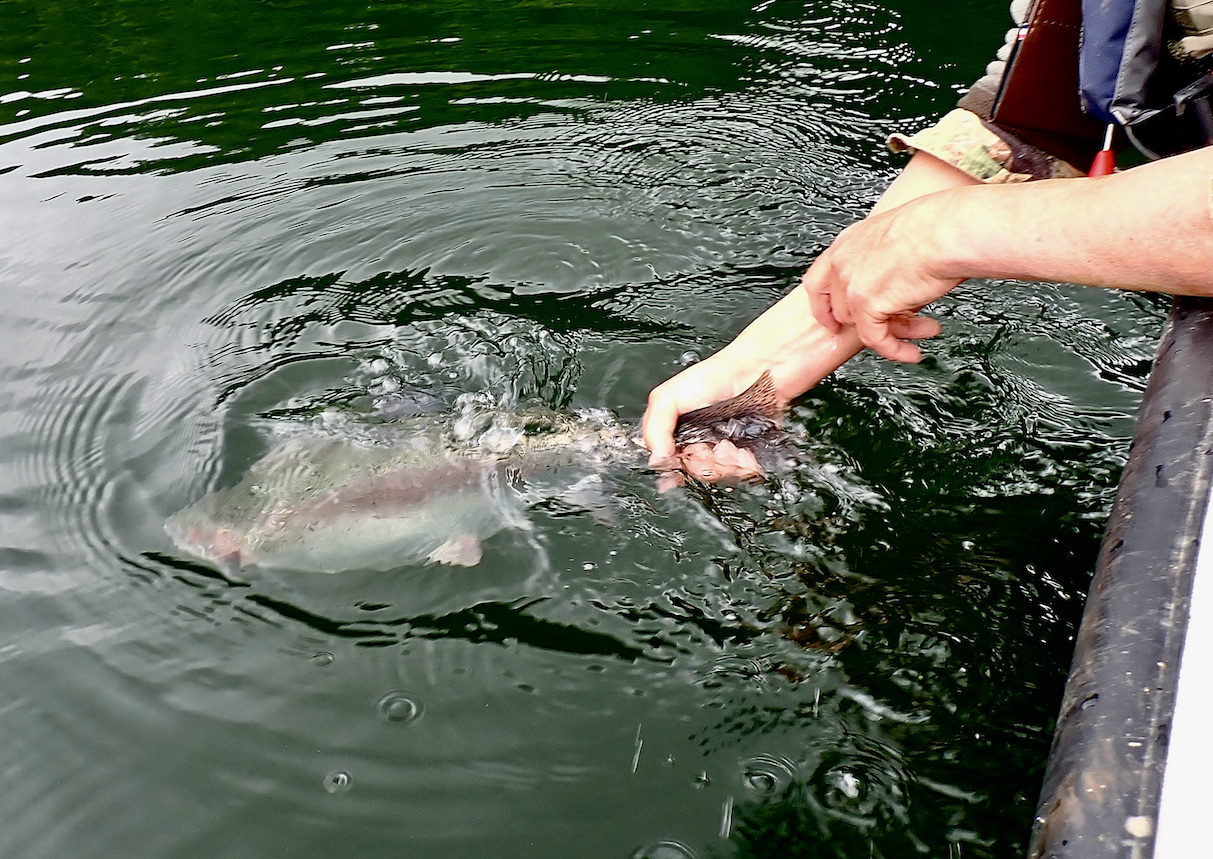
We fished on a for a while missing several fish before it went quiet and we decided to search elsewhere. We headed to the far end of the lake to search Bessom’s and the shallower water. Several bank anglers were enjoying good sport in the area.
There were no fish visibly rising so I decided to try lure tactics again. Jeff wisely persisted with dry beetle pattern and soon rose a fish. Switching back to my dry fly tactics I too enjoyed success and in the next hour we added three more fish to the days tally missing numerous takes as we failed to connect with the fly that was hard to watch as the brisk breeze rippled the surface.

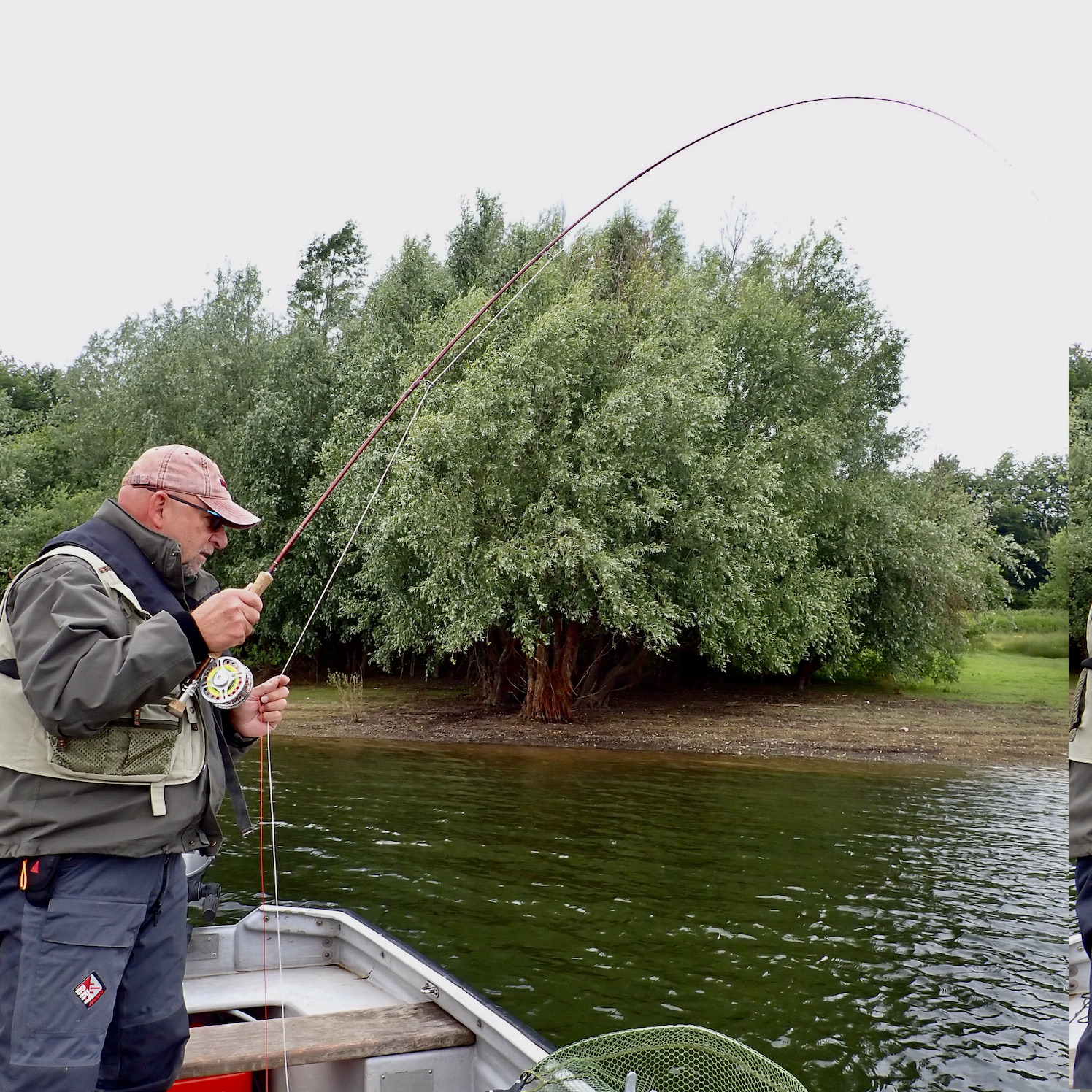
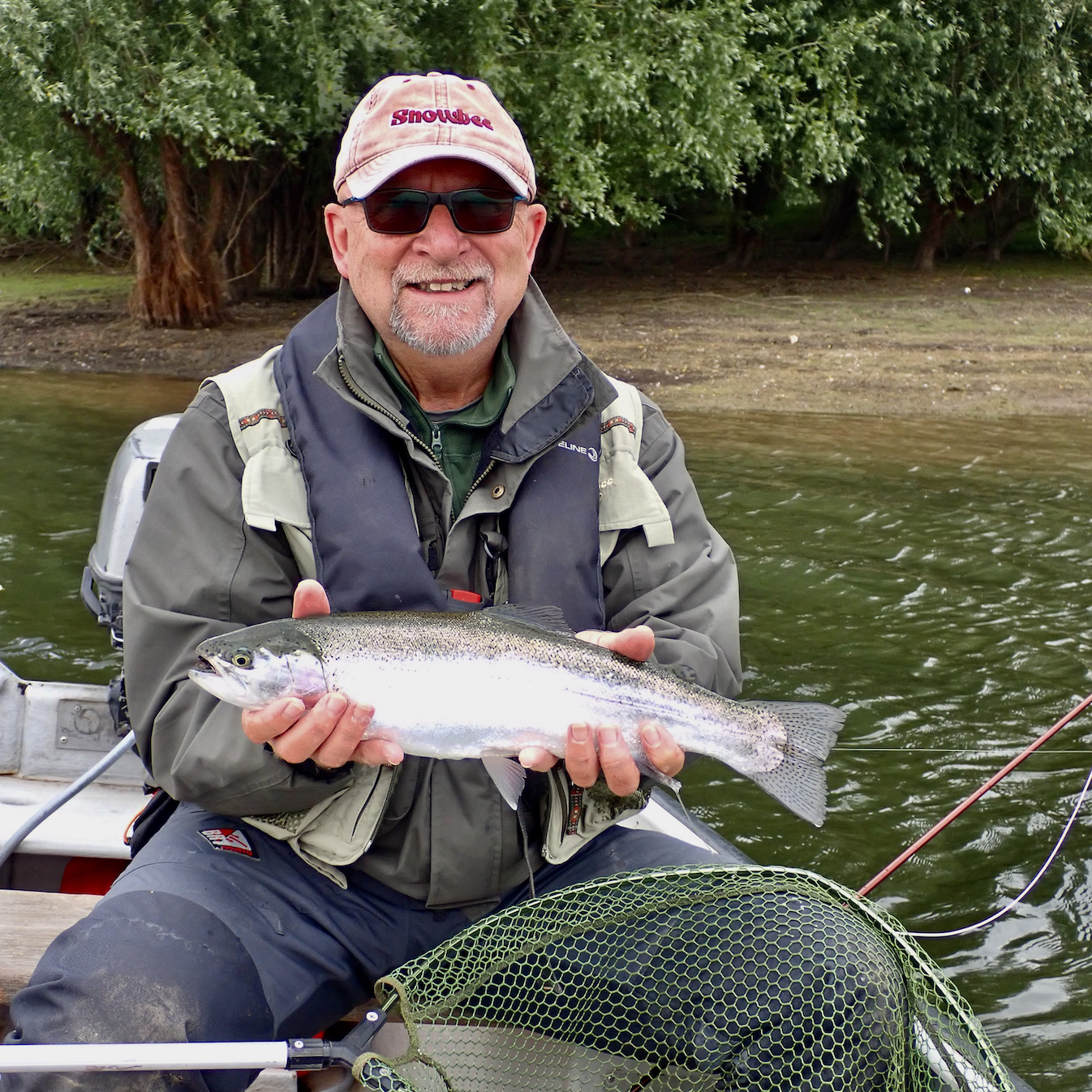
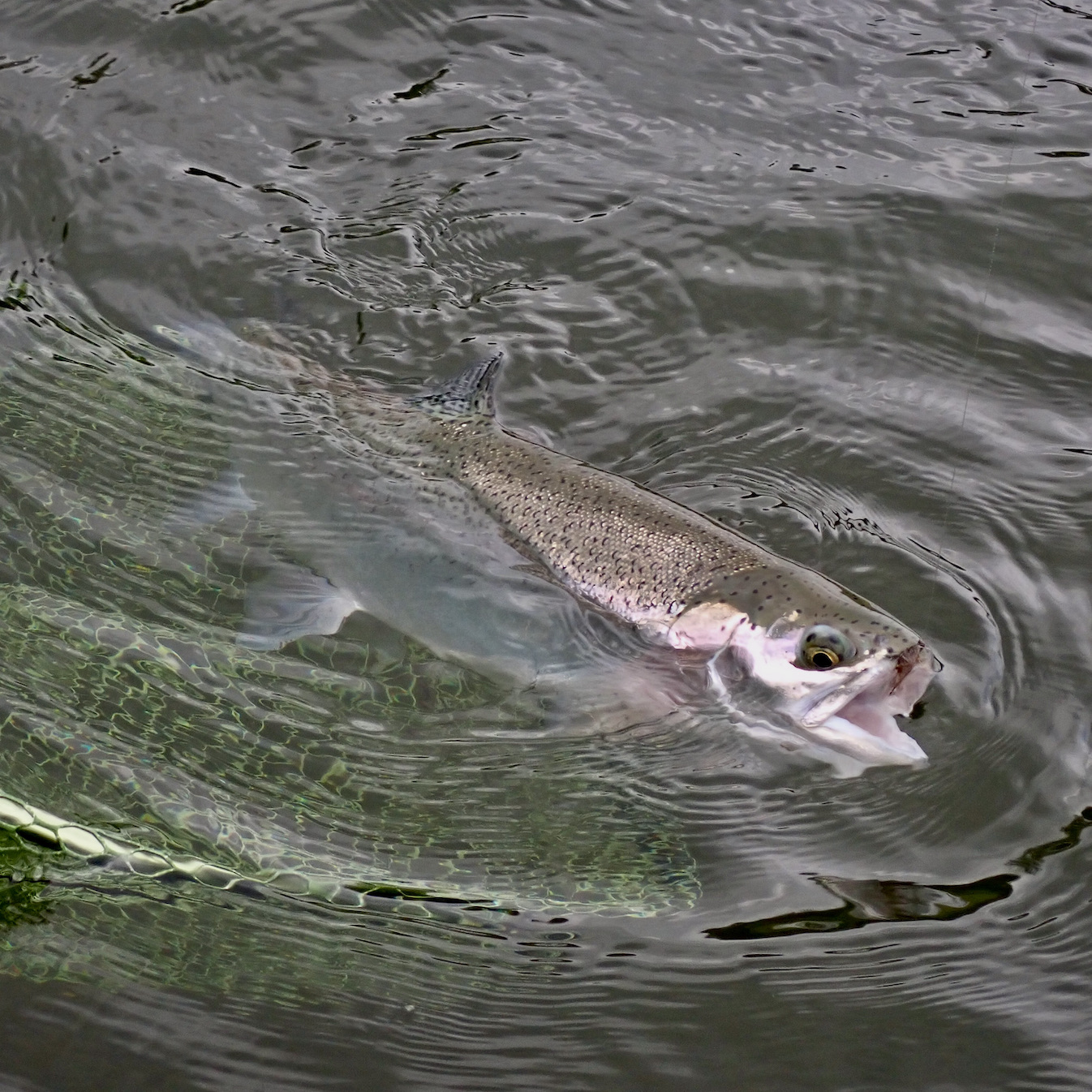
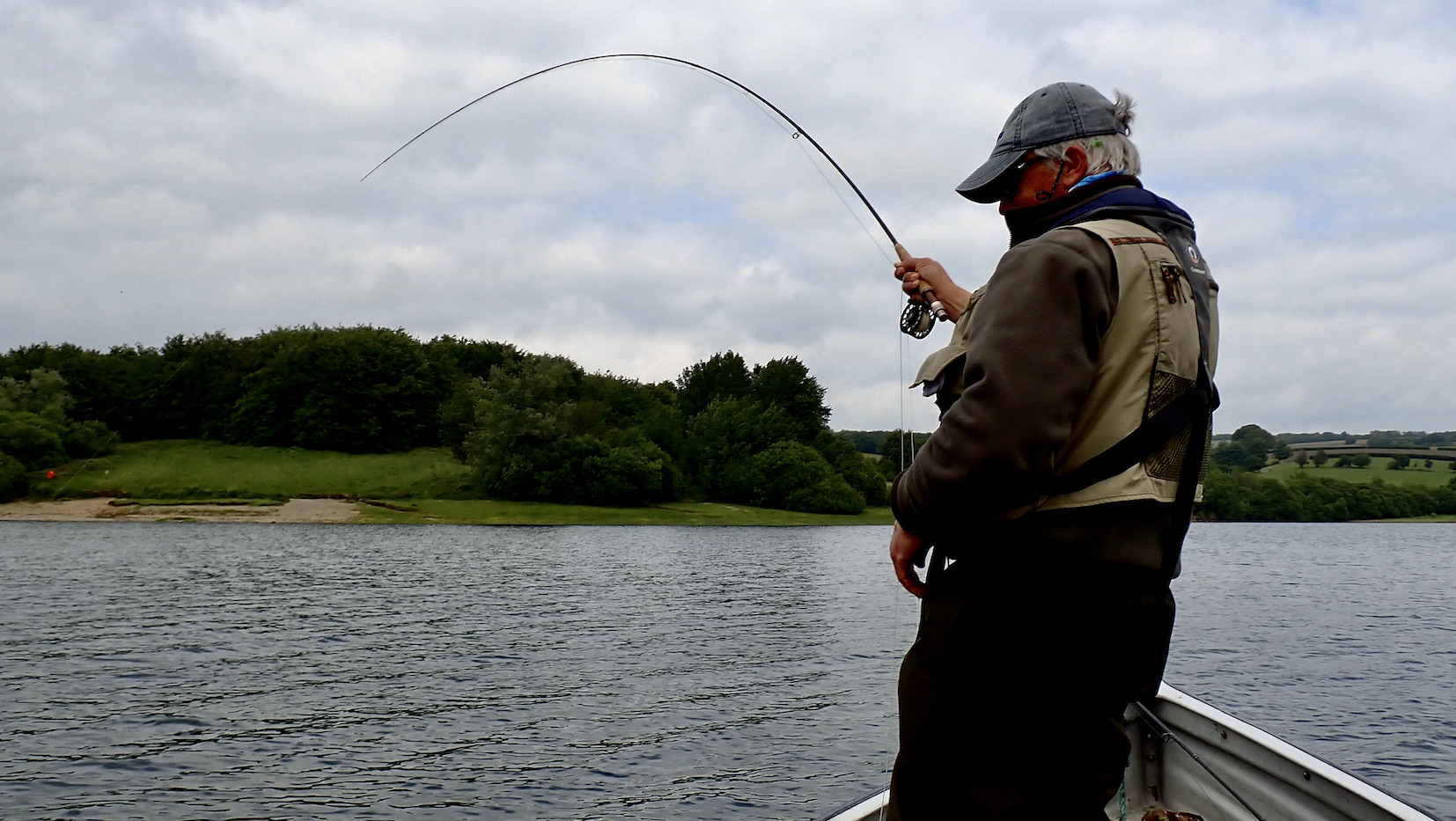
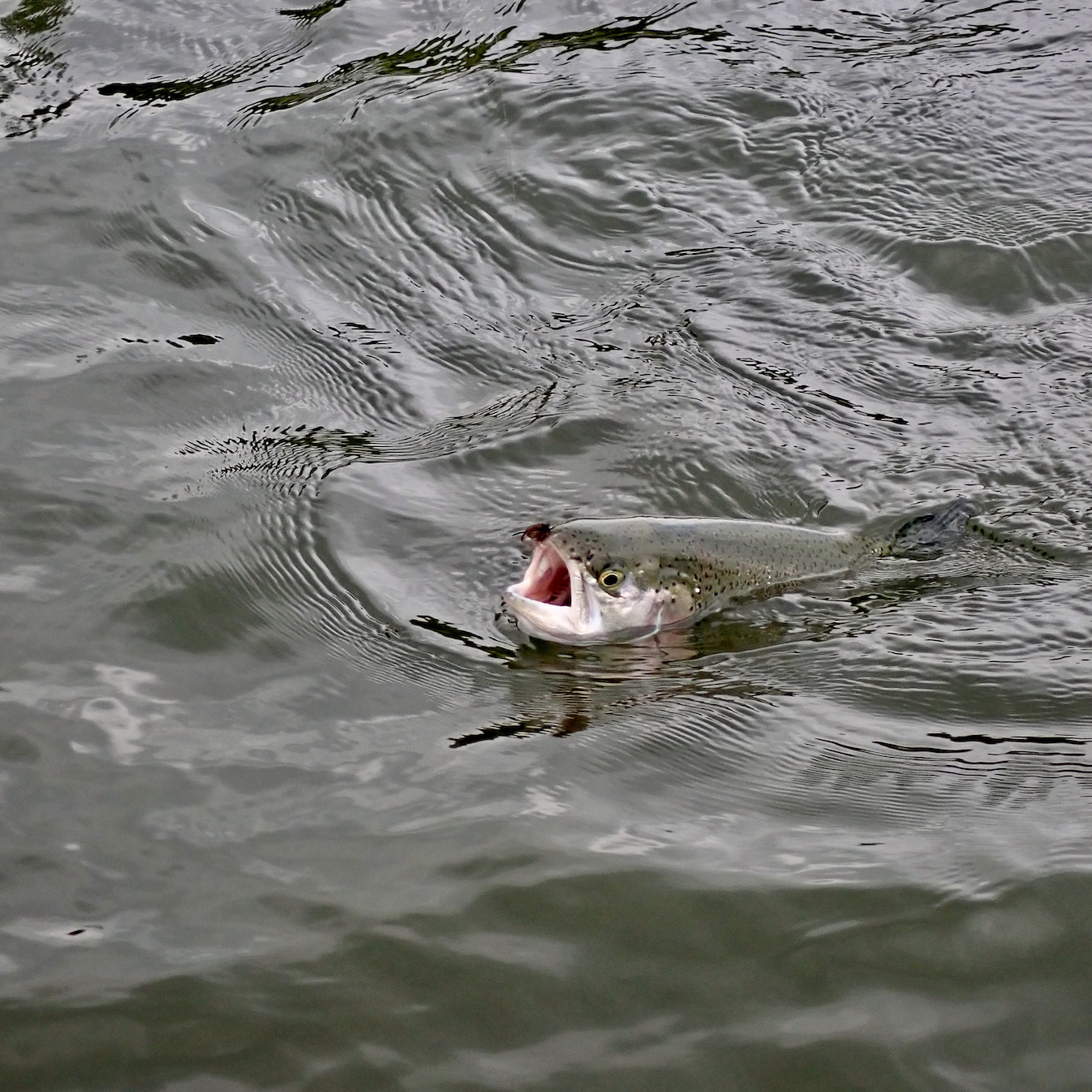
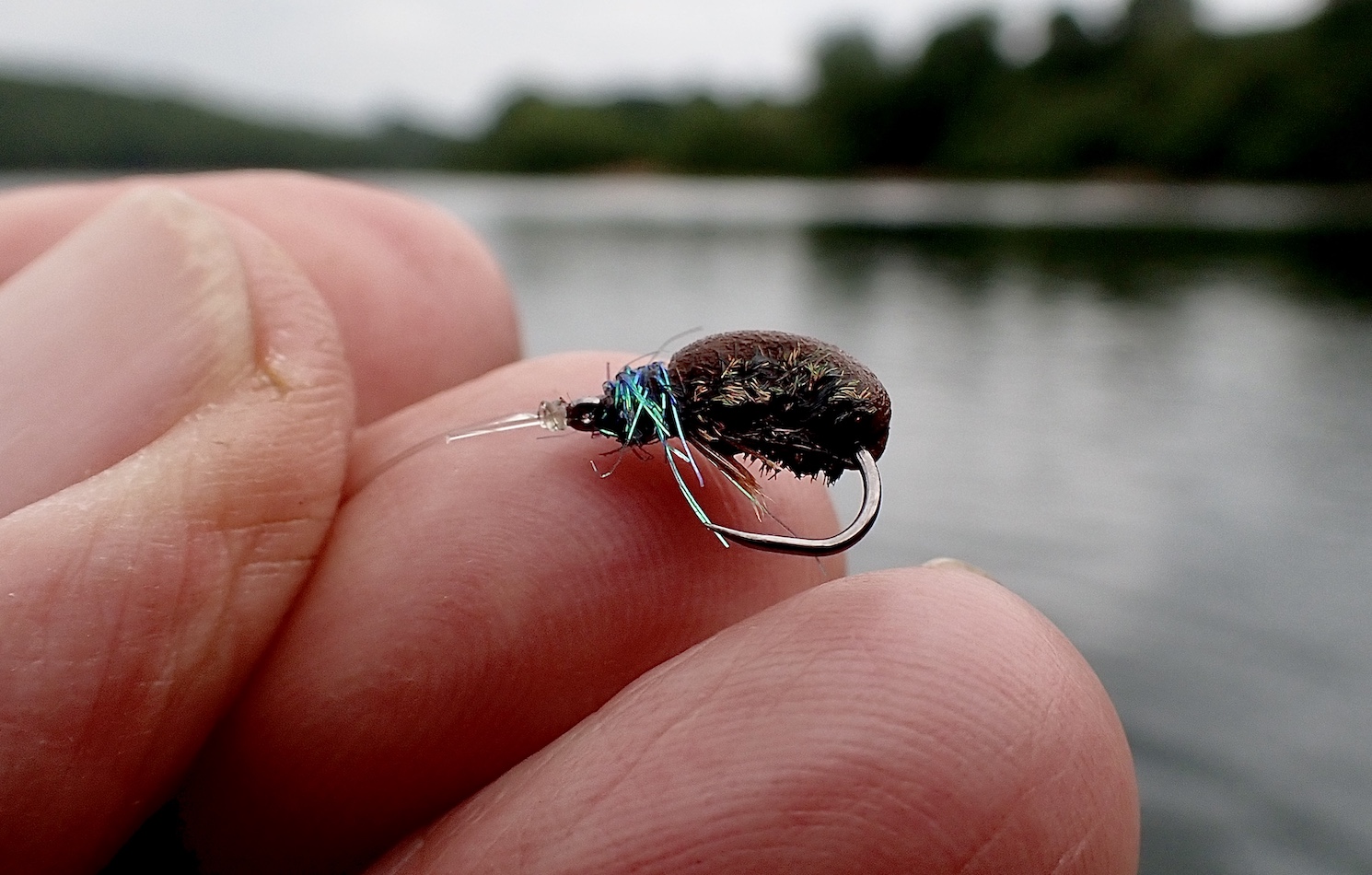
A lesson learnt was that the fish were undoubtedly looking for beetles on the surface. Whilst there were very few beetles showing the fish were still preoccupied with this food source and would intercept our artificial whilst ignoring lures.
We returned to the boat jetty shortly after 6.00pm reflecting upon a rewarding day afloat on this jewel of water high on Exmoor. It had not been an easy day and that one opportunist cast had made it another day to remember. It is always worth reflecting that it only takes one cast in the right place at the right time.

